Solar energy is becoming popular as a clean and renewable source of power. It is also becoming a household thing for everyday energy requirements for home appliances.
However, one common question is how many solar panels it would take to power everyday household appliances like refrigerators.
Before we figure this out, we must understand how a refrigerator works and how much power it requires. We’ll break it down step-by-step to help you calculate the right number of solar panels for your fridge.
How Much Energy Does a Refrigerator Use?
Understanding a refrigerator’s energy consumption is the first step in identifying how many solar panels it needs.
Due to their continuous working nature, refrigerators are considered the most power-consuming equipment in a household among all the appliances that can run on solar power.
A refrigerator’s energy consumption varies with its size, design, usage pattern, and Energy Star rating.
A regular refrigerator typically consumes between 1 and 2 kilowatt-hours (kWh) of electricity daily. This amount may go up if the fridge is frequently opened or if it’s located in a warmer space.
| Time Period | Consumption (kWh) |
| Daily | 1.2 |
| Monthly | 36 |
| Yearly | 438 |
We can also understand the power consumption by the size of the refrigerator.
| Size of Refrigerator | Annual power consumption (Average) |
| 300 ltr | 900 kWh |
| 400 ltr | 1080 kWh |
| 500 ltr | 1440 kWh |
| 600 ltr | 1800 kWh |
The refrigerator’s energy consumption is usually listed on a label or in the user manual. It is often given in kWh per year.

You can divide the yearly consumption by 365 to get the daily consumption.
Daily Consumption (kWh)= Yearly Consumption (kWh)/ 365
1800 kWh/ 365 = 4.93 kWh per day.
A domestic fridge commonly uses less electricity than compare to a commercial fridge.
How Many Solar Panels Do You Need to Run a Refrigerator?
After analyzing your energy requirements you can now calculate the actual number of panels needed. Here’s how you calculate it:
Number of Solar Panels Needed = (Refrigerator’s Daily Energy Use) ÷ (Solar Panel Output per Day
Now let’s assume your refrigerator uses 1,500 Wh per day. A standard 300W panel produces about 1,500 Wh daily if it gets 5 hours of peak sunlight.
1500 Wh ÷ 1500 Wh = 1
In this case, you need only one solar panel. However, you must remember that energy production varies with sunlight hours, shading, weather, and many other reasons.
To avoid these kinds of interruptions, you have to keep an eye on your solar panels. Regular cleaning of solar panels can maintain their highest efficiency.
In areas with less sunlight, you might need 2–3 panels to meet your refrigerator’s needs consistently. Additionally, a battery system is also recommended to store extra energy for night-time use.
Exploring the Solar Chest Freezer: A Low-Energy Alternative

Did you know that a traditional refrigerator can consume up to three times more energy than a solar-powered chest freezer? Now what is a chest freezer??
As the name itself suggests Solar freezers/refrigerators are appliances that use solar energy to run for cooling, storage of food, and other functionality.
It requires only 300–700 Wh per day and it has a top-mounted opening designed for energy efficiency. (source) Their thick insulation and top-opening design keep them cold and prevent them from air escaping, minimizing the compressor’s workload.
A solar chest freezer can be a great alternative to a traditional refrigerator, especially in off-grid locations or with limited electricity in remote areas.
Because of its lower energy consumption, and thick insulation fewer solar panels are needed, making it a more affordable option in terms of initial costs.
Many solar chest freezers are designed in such a way that they can run on DC (direct current), which will eventually cancel out the need for inverters.
If you’re considering solar power for long-term food storage in off-grid areas, RVs, or in power backup situations, a chest freezer can be a smart choice.
Key Factors Affecting Solar Power for Refrigerators and Freezers
The amount of solar insolation is different throughout the day because of the day-night circle, and seasonal changes of course. Local weather conditions, and the earth’s orbital motion, also play a major role in this.
There are some key factors which will determine the effectiveness and requirements of your solar setup:
- Geographical location: The amount of sunlight received in your area directly impacts the number of panels you’ll need. If you are living in areas with less than 5 hours of peak sunlight you will require more panels.
- Panel Efficiency: Solar panel efficiency can be a game changer in power production despite of lower concentration of sunlight. Not all solar panels are equally structured in terms of high efficiency. For example, monocrystalline panels produce more energy in the same sunlight compared to other types of solar panels.
- Battery Storage: One thing to remember is that solar panels only produce energy when the sun is shining. But refrigerators need to run 24 hours a day, even at night. This is where you need batteries for energy storage. Solar batteries store the energy generated by your panels during the day, so your fridge can keep running at night or on cloudy days. To calculate the size of the battery you need, simply multiply your fridge’s daily energy consumption by the number of days you want the battery to last without sunlight.
- Inverter: If your refrigerator is an AC-powered model, an inverter will convert DC power from the solar panels to AC power for the appliance.
These factors will help you decide the size of the solar system you need to keep your refrigerator running smoothly.
How Long Can Solar Panels Run a Refrigerator or Freezer?
Once your solar system is set up, it’s useful to know how long it can keep your refrigerator running. The duration depends on both the storage capacity of your batteries and the solar energy produced each day.
- Daytime Only: With direct solar power but no batteries, your refrigerator can run as long as sunlight is available. But after sunset, you need power access to run your refrigerator.
- Battery-Powered System: If you have batteries, you can run your refrigerator through the night. For example, a 12V battery with a 100Ah capacity stores 1,200 Wh, which could keep a 100W refrigerator running for about 12 hours. Larger batteries or multiple batteries are needed for higher power or longer duration.
This calculation will help you plan how much storage is necessary for consistent, reliable operation.
| Appliance Type | Daily consumption | No. of solar panels |
|---|---|---|
| Mini Fridge | 600-800 Wh | 1-2 (300W) |
| Top freezer refrigerator | 1200-2400 Wh | 4 (300W) |
| Side by side Refrigerator | 2400-4800Wh | 6-8 (300W) |
| Chest freezer | 1000-1500Wh | 2-3 (300W) |

Chest freezers generally require fewer panels and less storage, making them a cost-effective choice if you’re open to using one as a refrigerator alternative.
Choosing an Energy Efficient Refrigerator
Another way to reduce the number of solar panels you need is by choosing an energy-efficient refrigerator. Modern refrigerators are much more efficient than older models and use less power.
For example, older refrigerators can use up to 700 watts, while newer energy-efficient models may use as little as 150 to 300 watts. This can significantly reduce the number of solar panels required.
Also, The Indian Bureau of Energy Efficiency (BEE) assigns refrigerators a rating to indicate their energy efficiency. This grade ranges from one to five indicating the product’s energy efficiency.

The higher the ratings on the fridge, will more efficient in terms of energy. While buying a new fridge you must consider the star ratings, it could be slightly heavy on your pocket to buy a high-star product but it is all worth it when it comes to power consumption.
Tips for Making Your Solar System More Efficient
To maximize the performance of your solar system, here are some practical tips that can be useful:
- Choose Energy-Efficient Appliances: Select refrigerators and freezers with energy-saving features, which will reduce the size and cost of your solar setup.
- Use Proper Insulation: Well-insulated refrigerators and chest freezers retain cold air better, reducing energy consumption.
- Locate in a Cool Area: Placing your refrigerator in a cooler spot away from direct sunlight helps reduce its workload.
- Limit Door Openings: The more you open the door, the harder your appliance has to work to maintain temperature, so keep it to a minimum.
- Consider Adding a Battery: Adding battery storage ensures power is available at night, especially useful for full-size refrigerators that must stay on continuously.
By following these tips, you can make the most of your solar power system, keeping it efficient and reliable for your refrigeration needs.
Conclusion
In summary, to run a refrigerator on solar power, you’ll generally need about 3 to 4 solar panels. The exact number depends on the size of the fridge, the type of solar panels, and how much sunlight your location receives.
- For a small fridge, 1 to 2 panels may be enough.
- For a medium fridge, 2 to 3 panels will do the job.
- For a large fridge, you will need 4 or more panels.
Also, remember to include battery backup for nighttime use and select energy-saving devices to minimize your power requirement. With the right setup of panels and power distribution in place, it is quite simple to run your refrigerator on solar energy.
Frequently Asked Questions
Can A Portable Solar Generator Power A Refrigerator?
Yes, you can run a refrigerator on portable solar power.
How Many Solar Panels to Run a Deep Freezer?
You need only 2 to 3 panels to run a Deep freezer.
Will a 200W Solar Panel Run a Fridge?
Yes, you can power a mini fridge on a 200W solar panel but that too for a limited period.
What Size Solar Panel Do I Need to Run a 12V Fridge?
You can easily run a 12v fridge on a 200W solar fridge.
What Size Solar Panel Do I Need to Run a Car Fridge?
For a car fridge, you need a 200W portable solar panel that can be easily installed on the roof of the car.

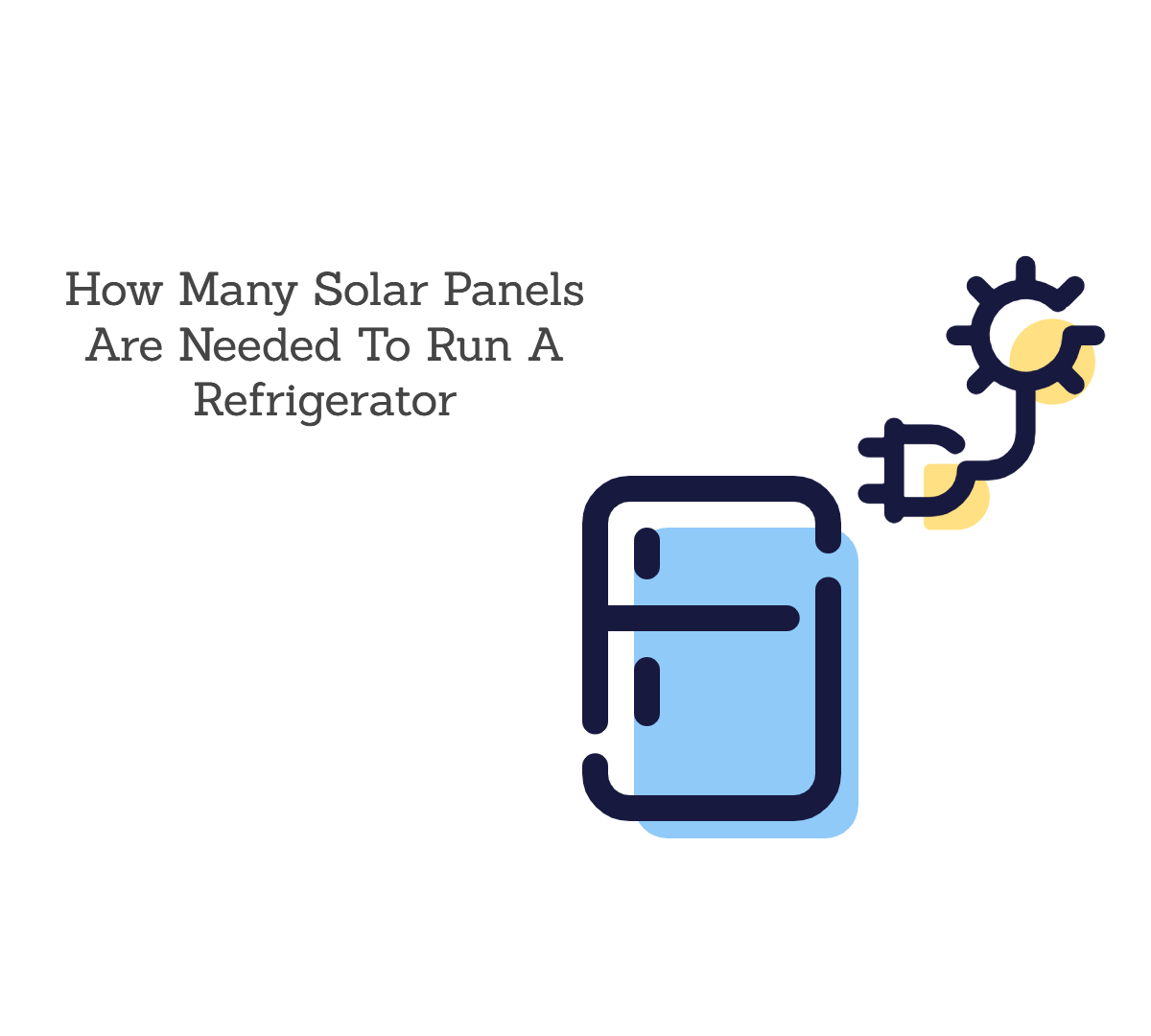


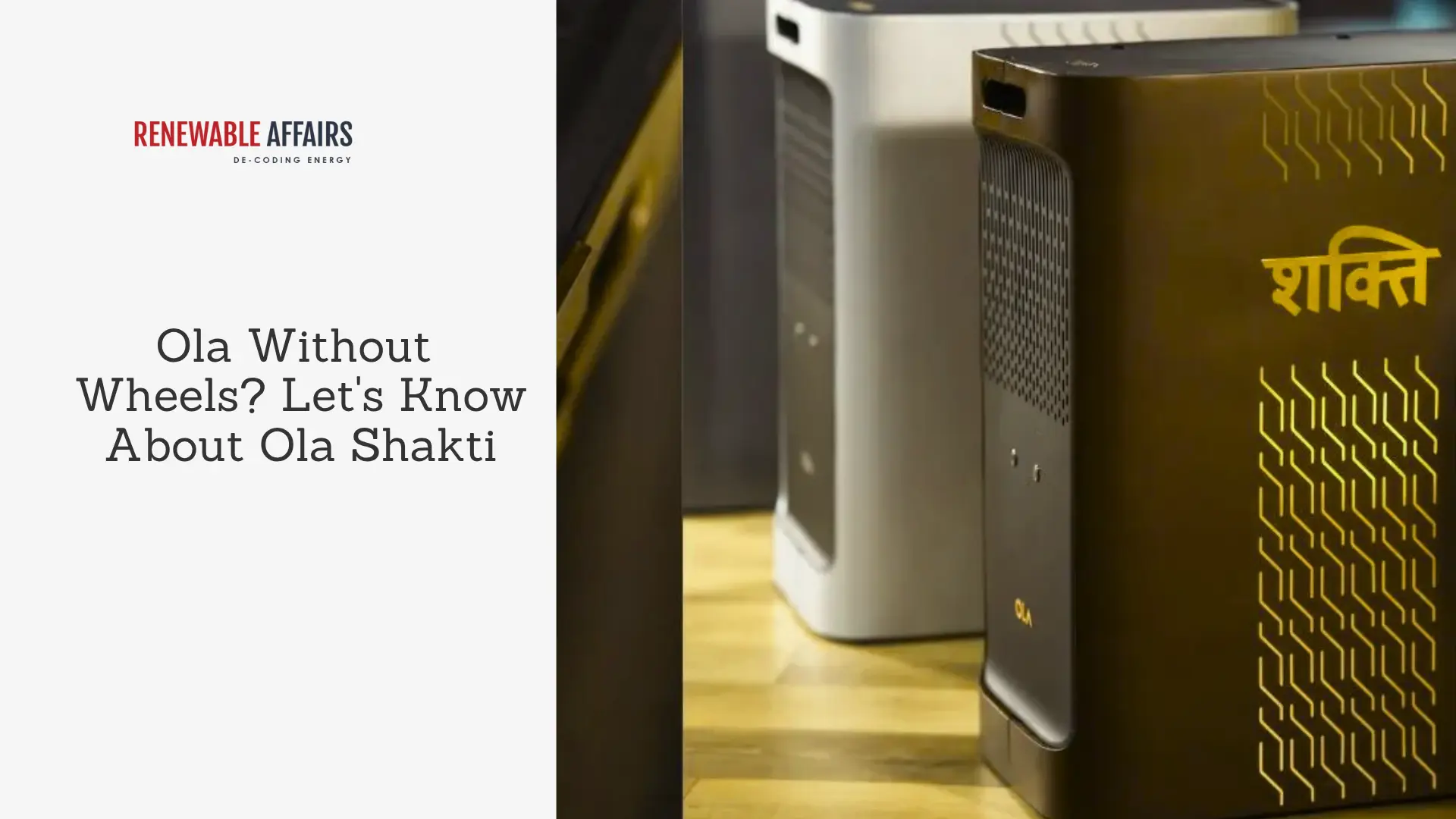
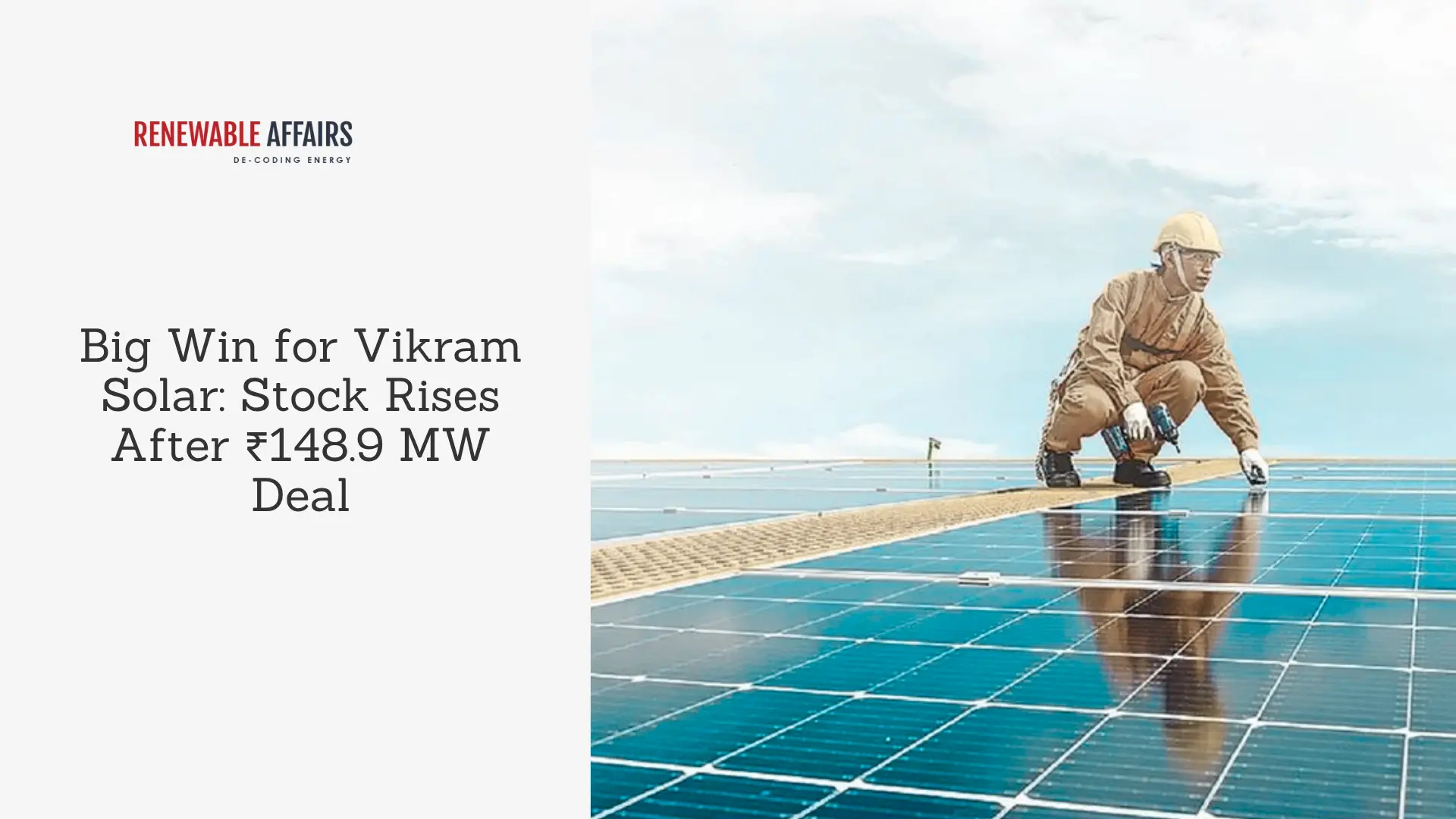
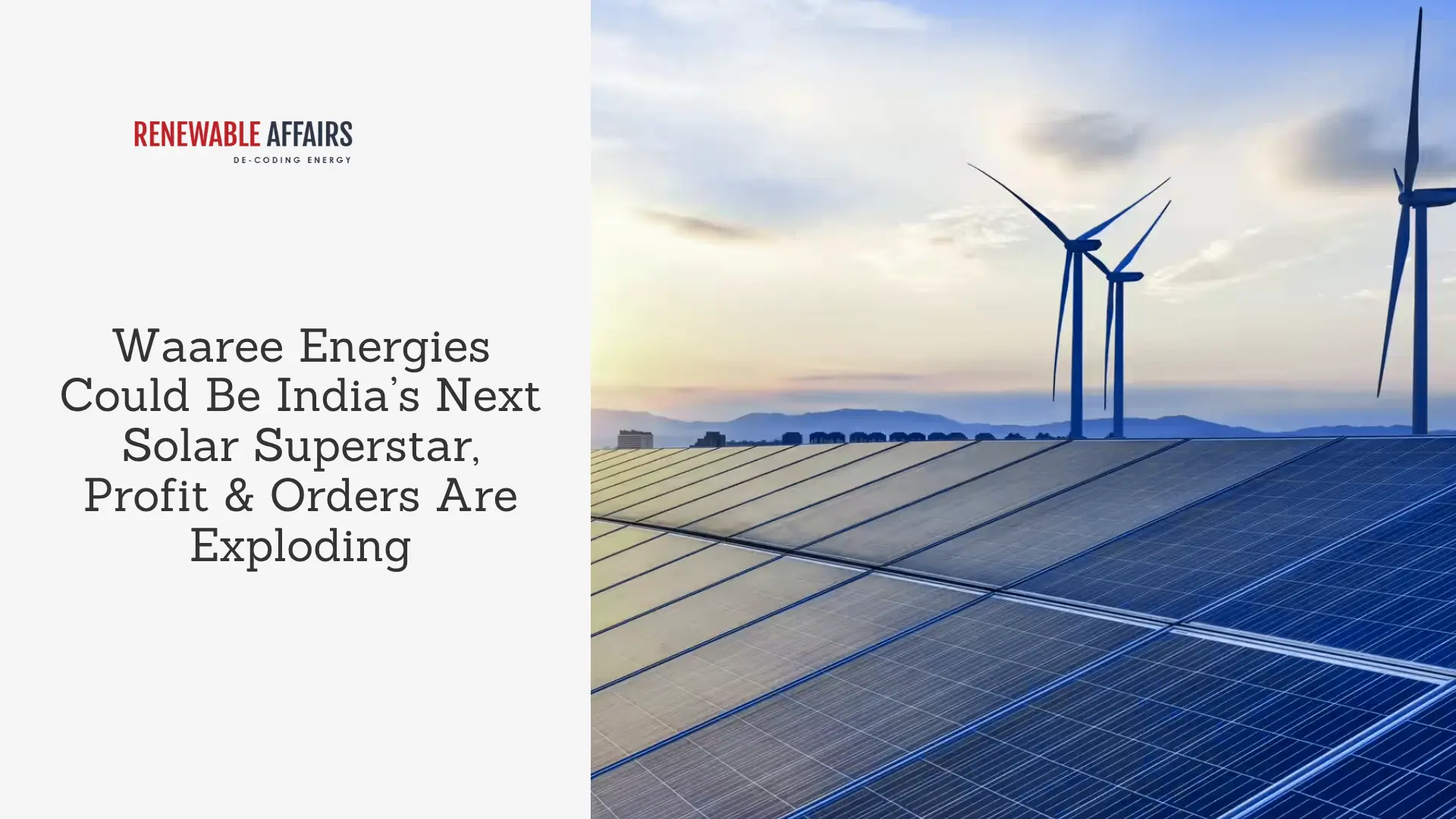
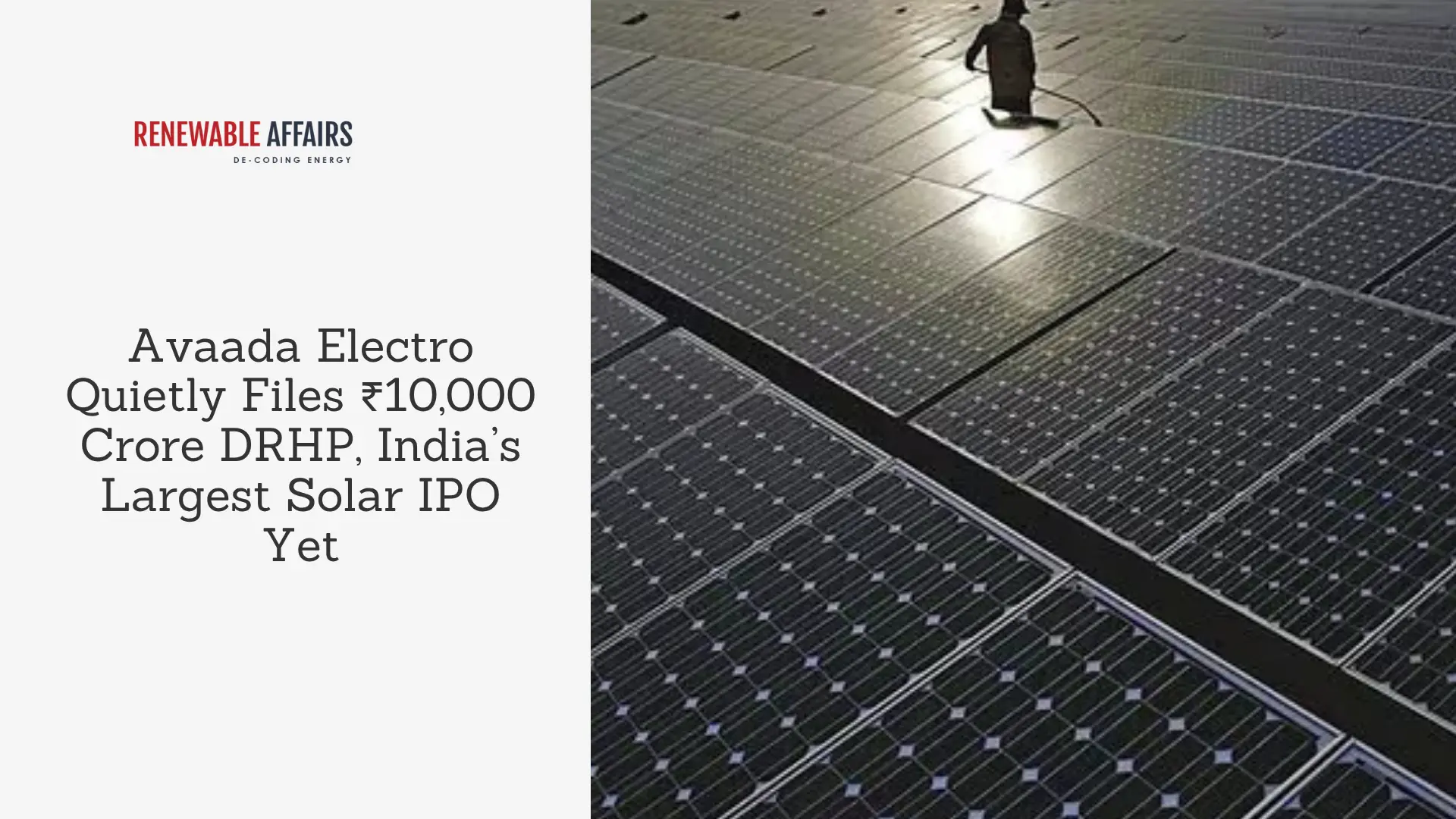
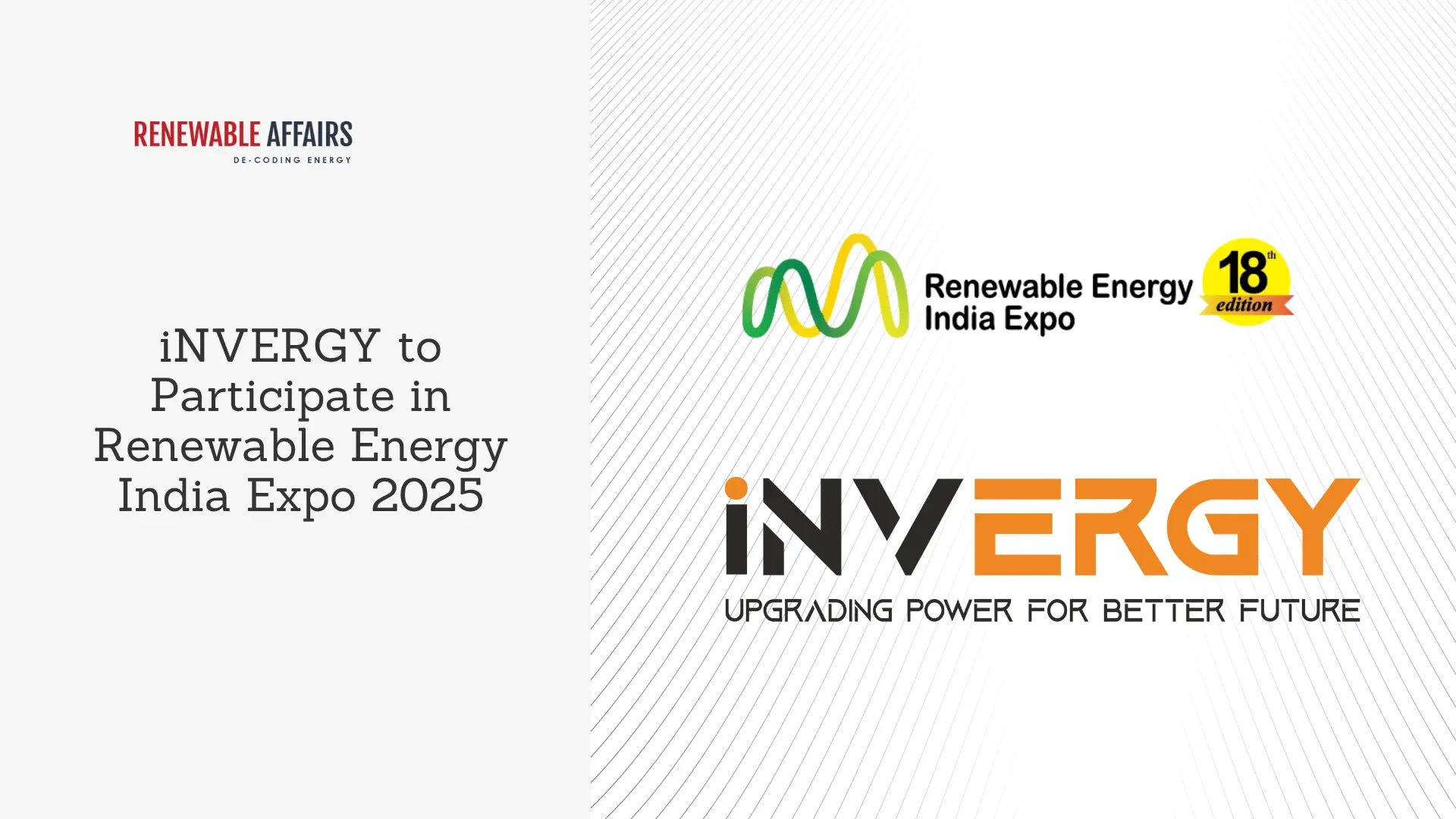














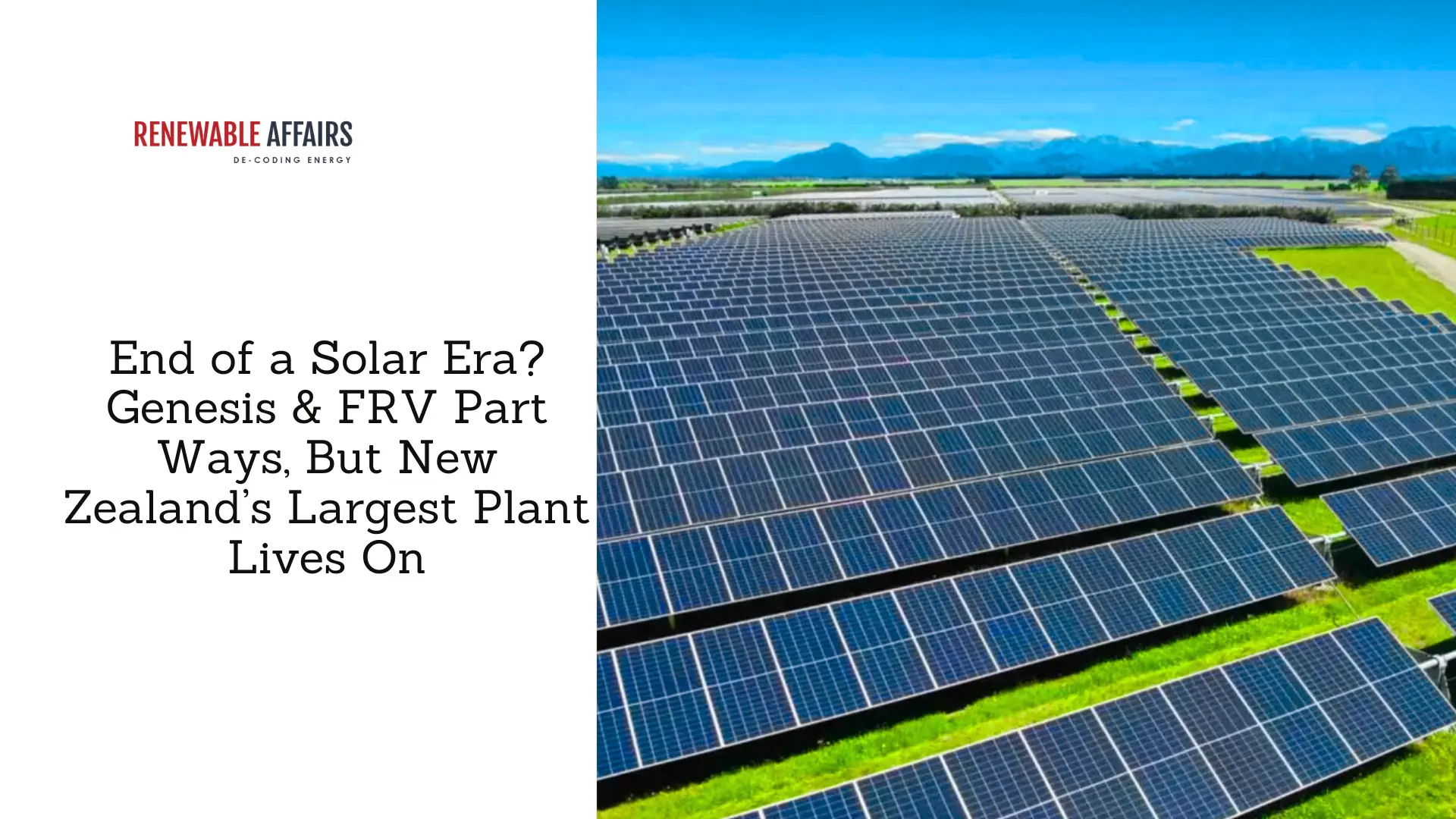
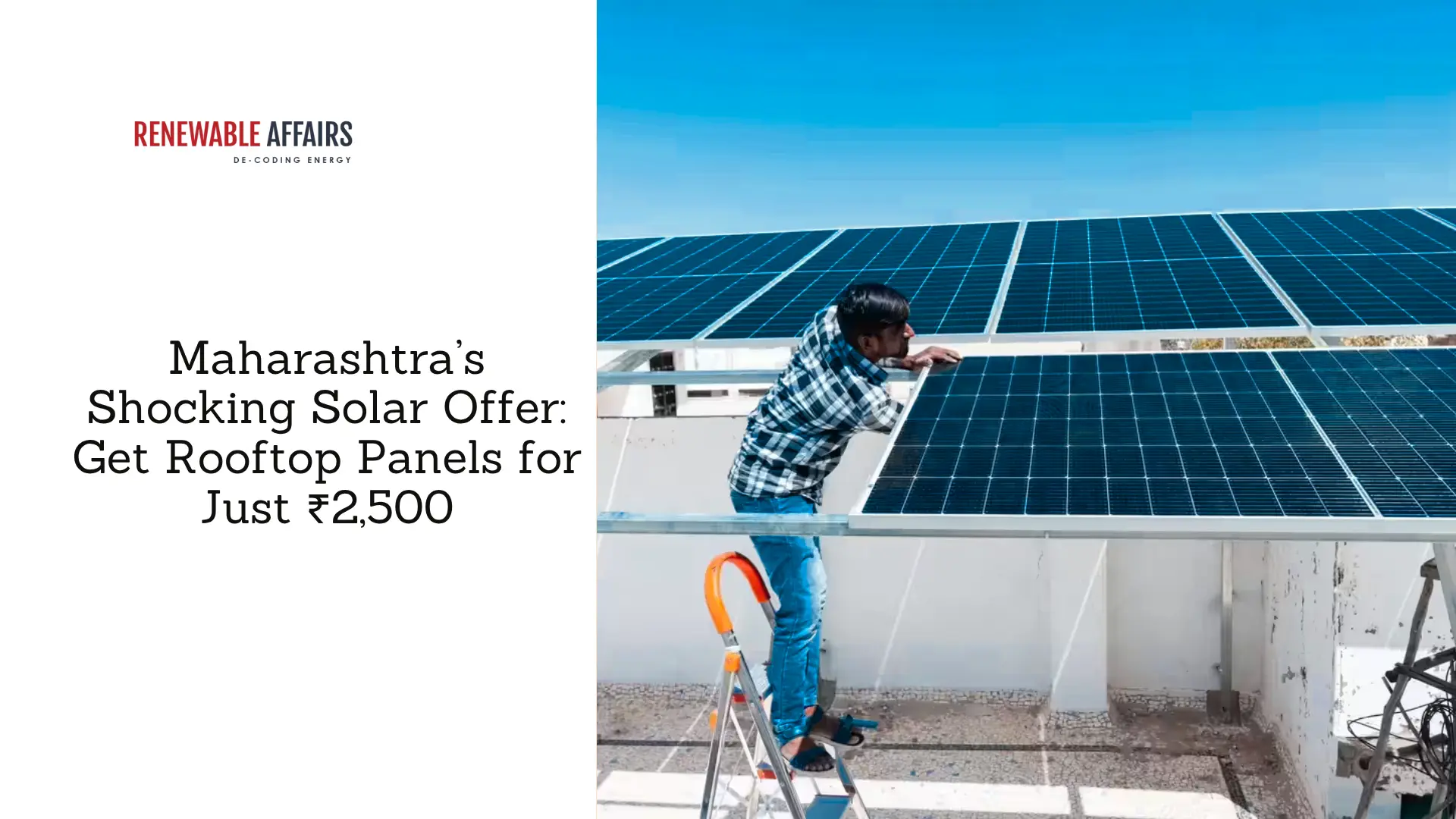
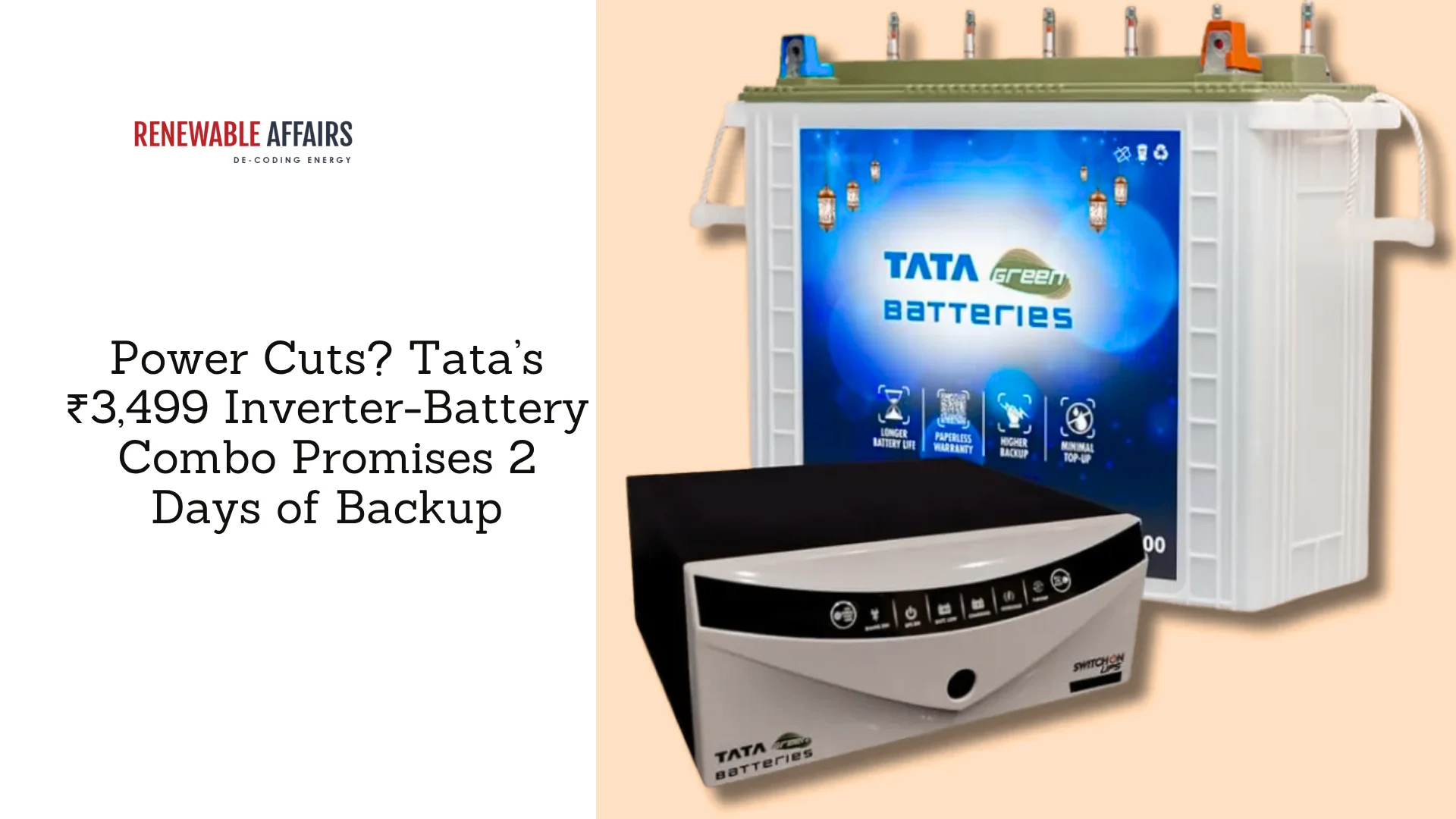
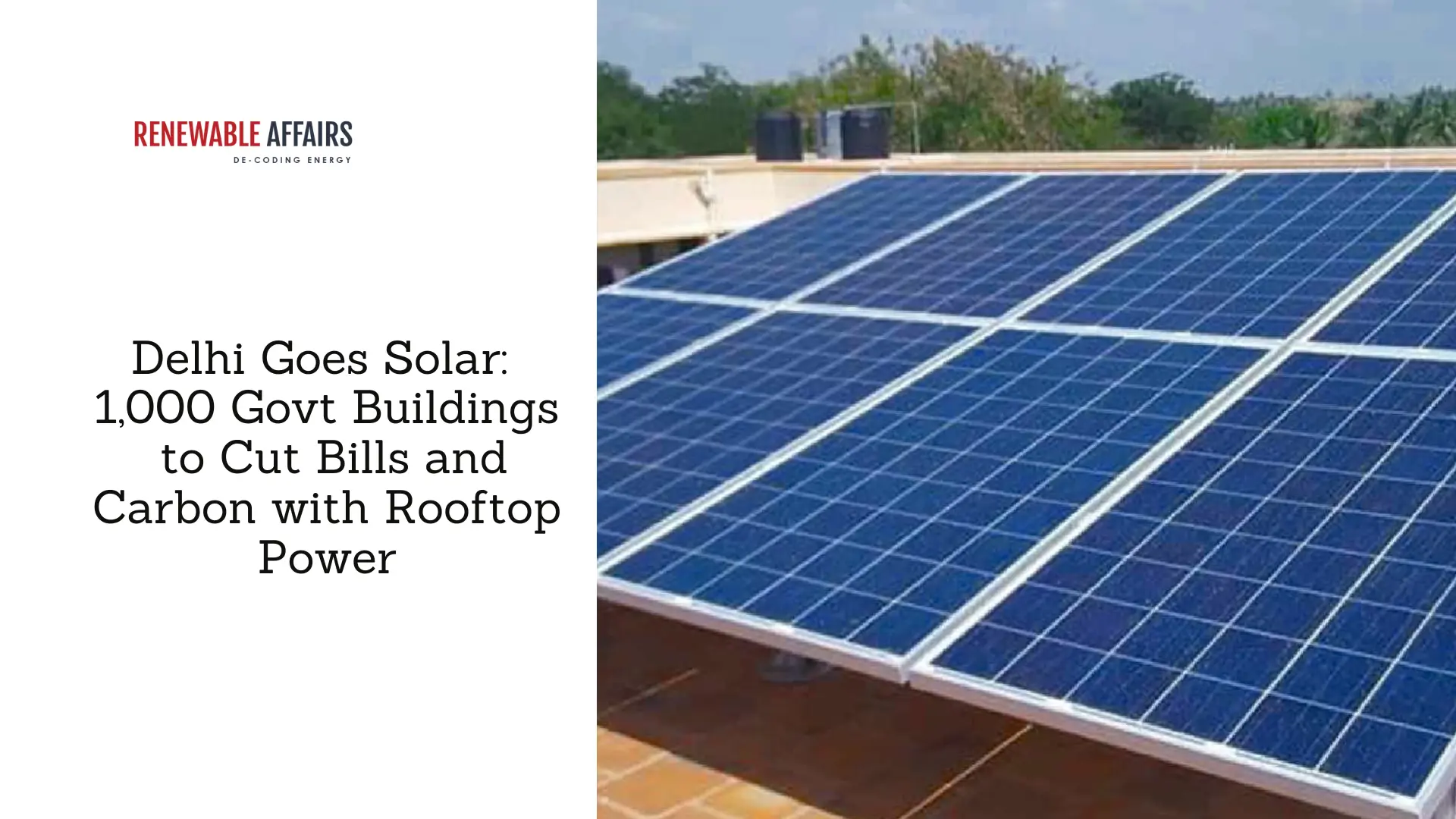
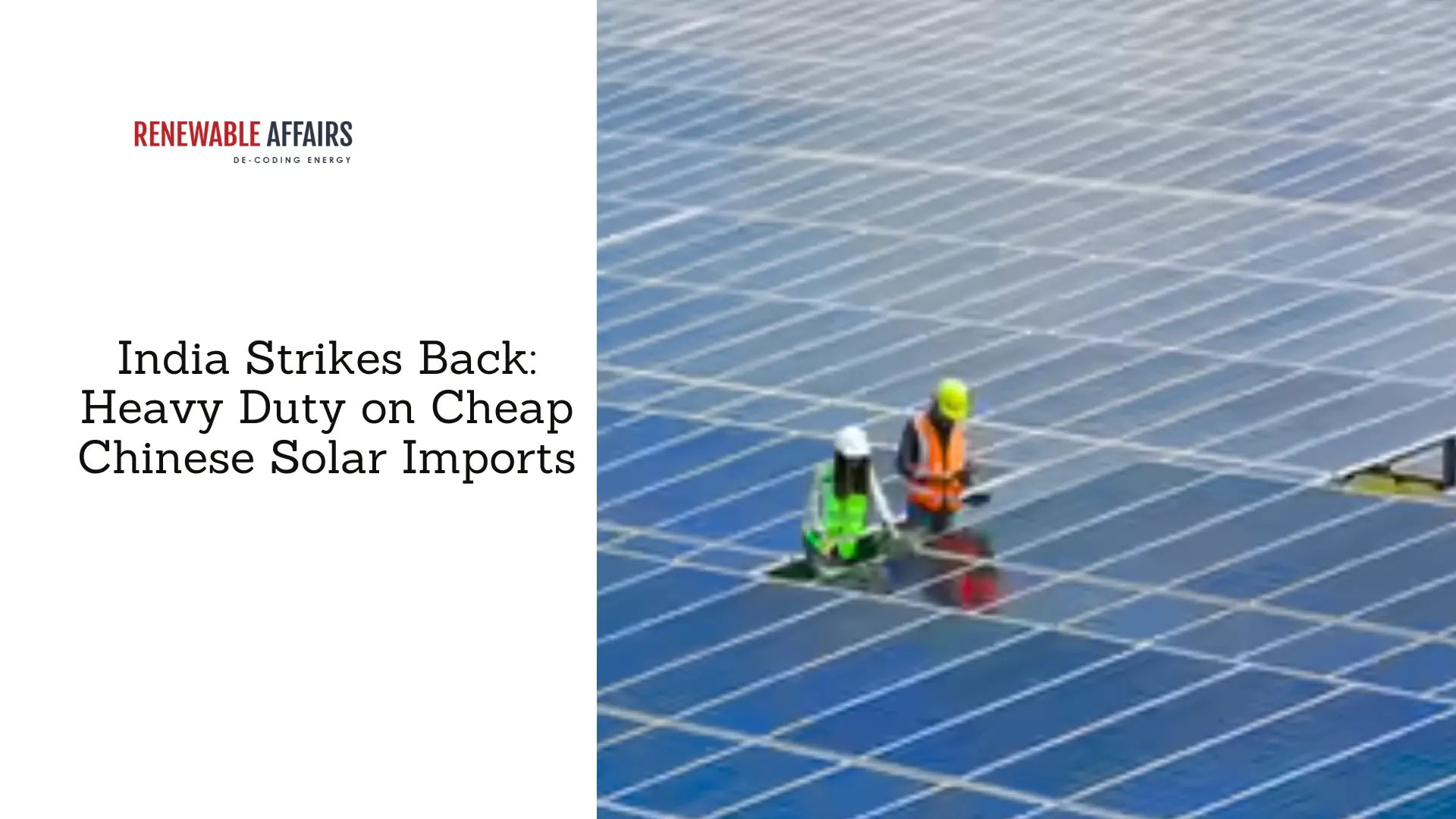
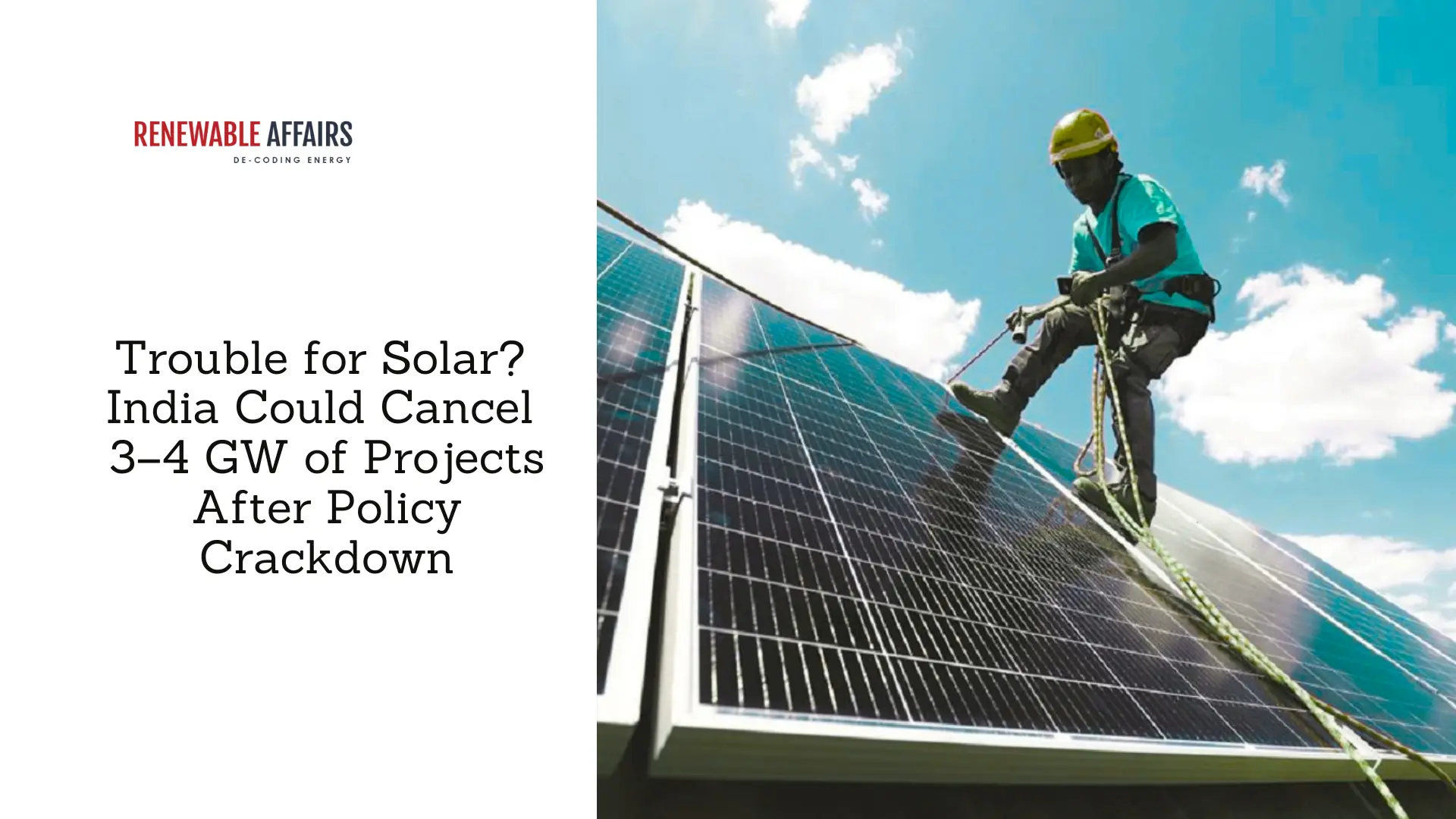







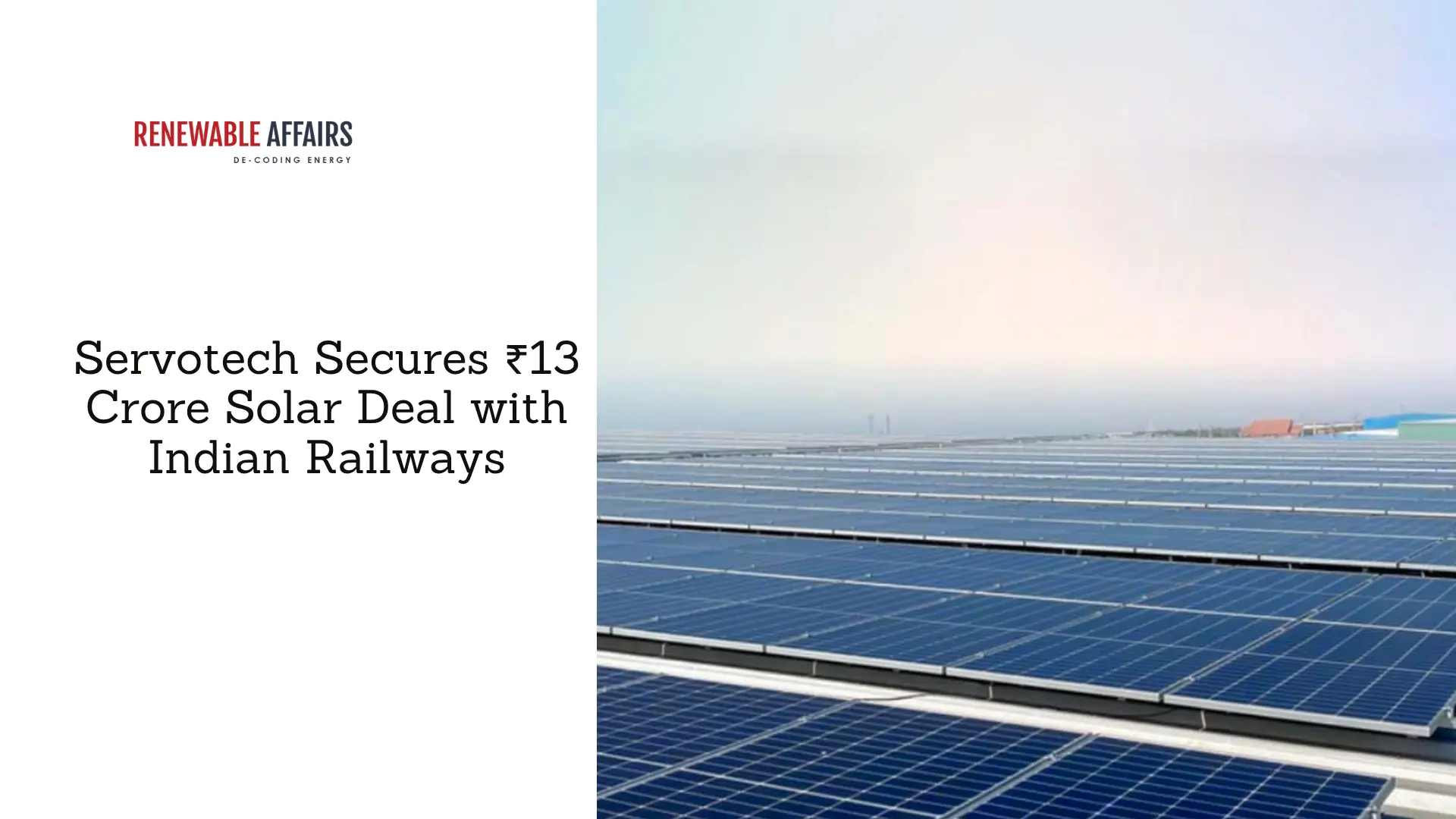
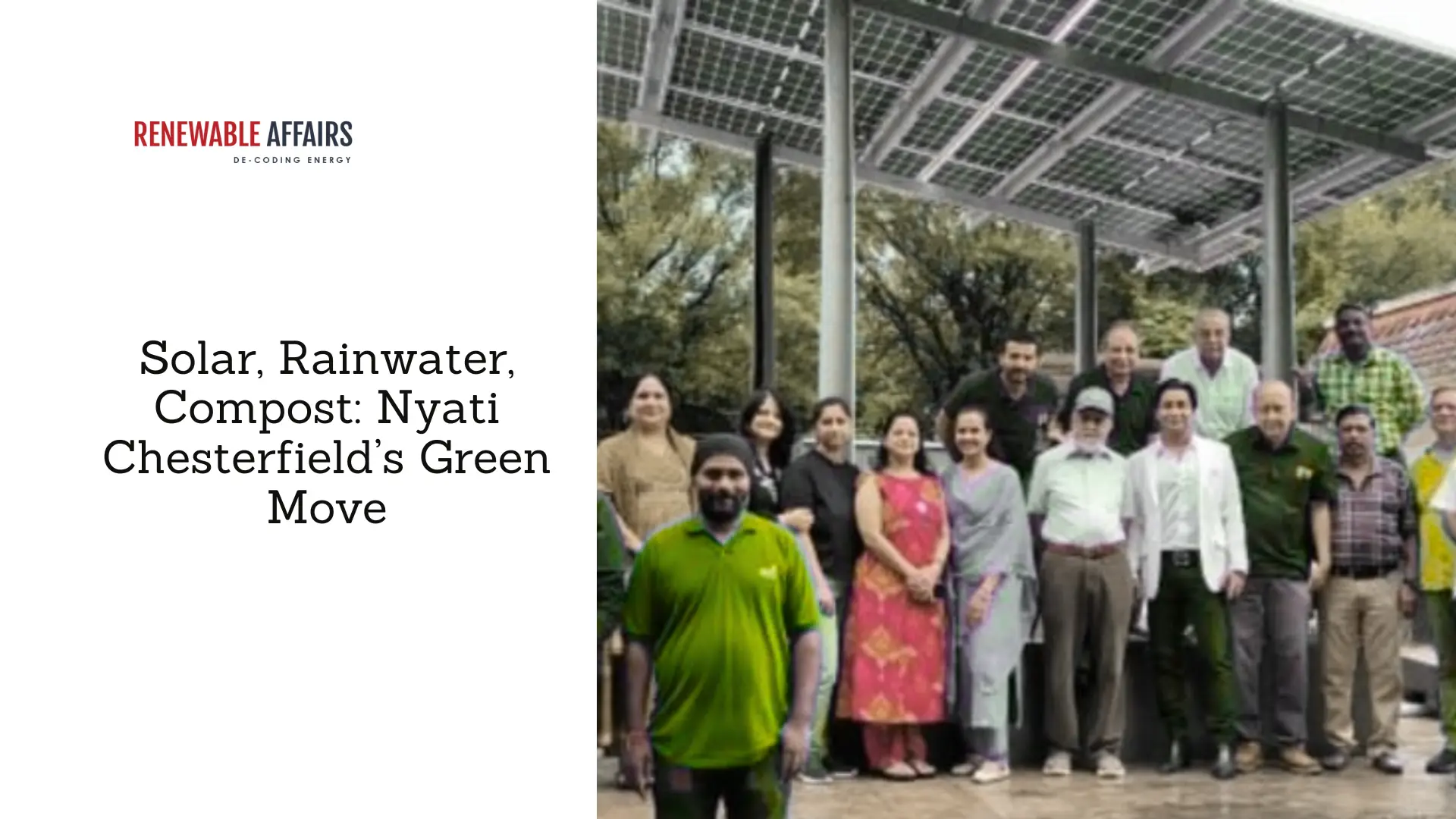
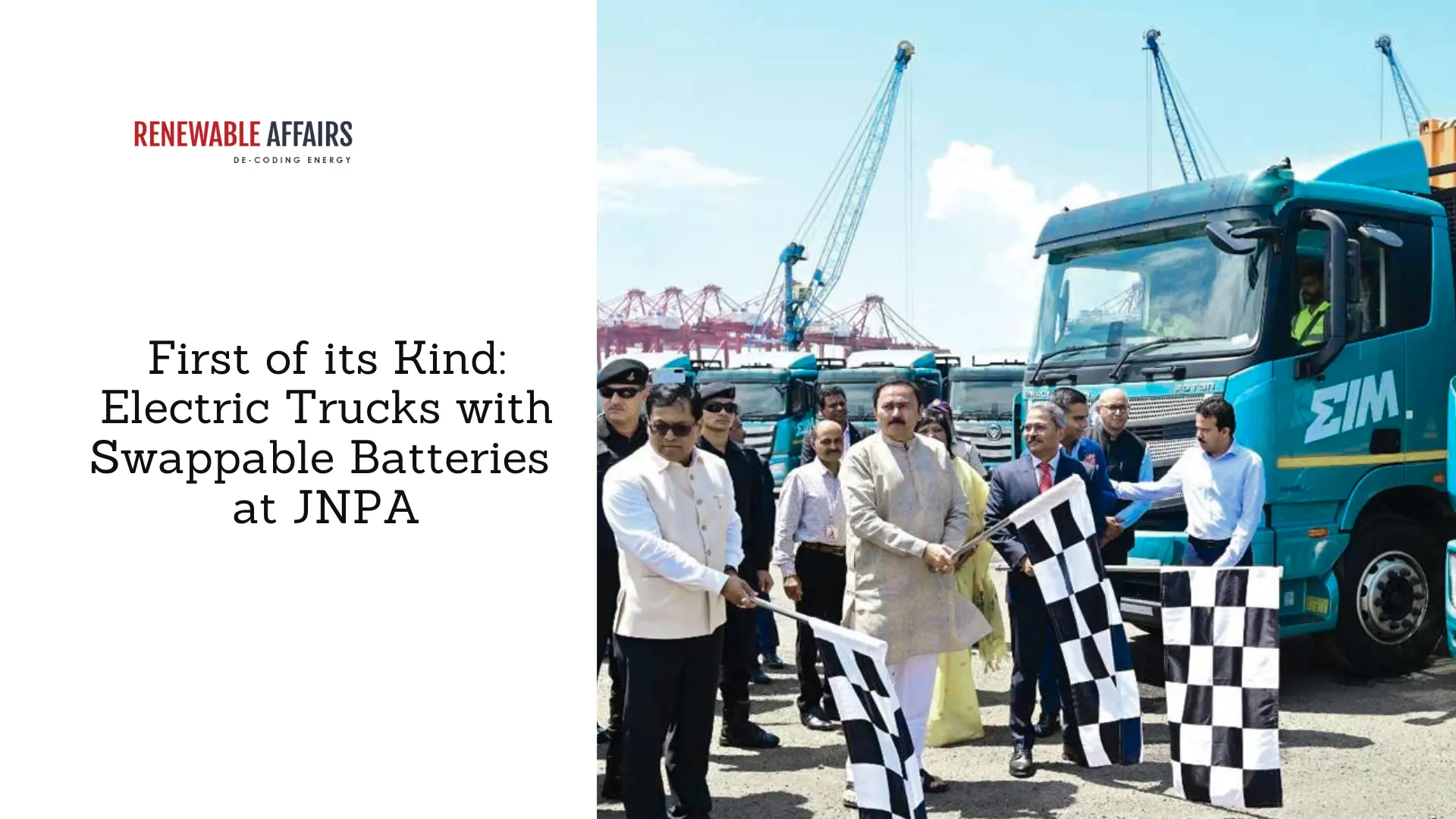















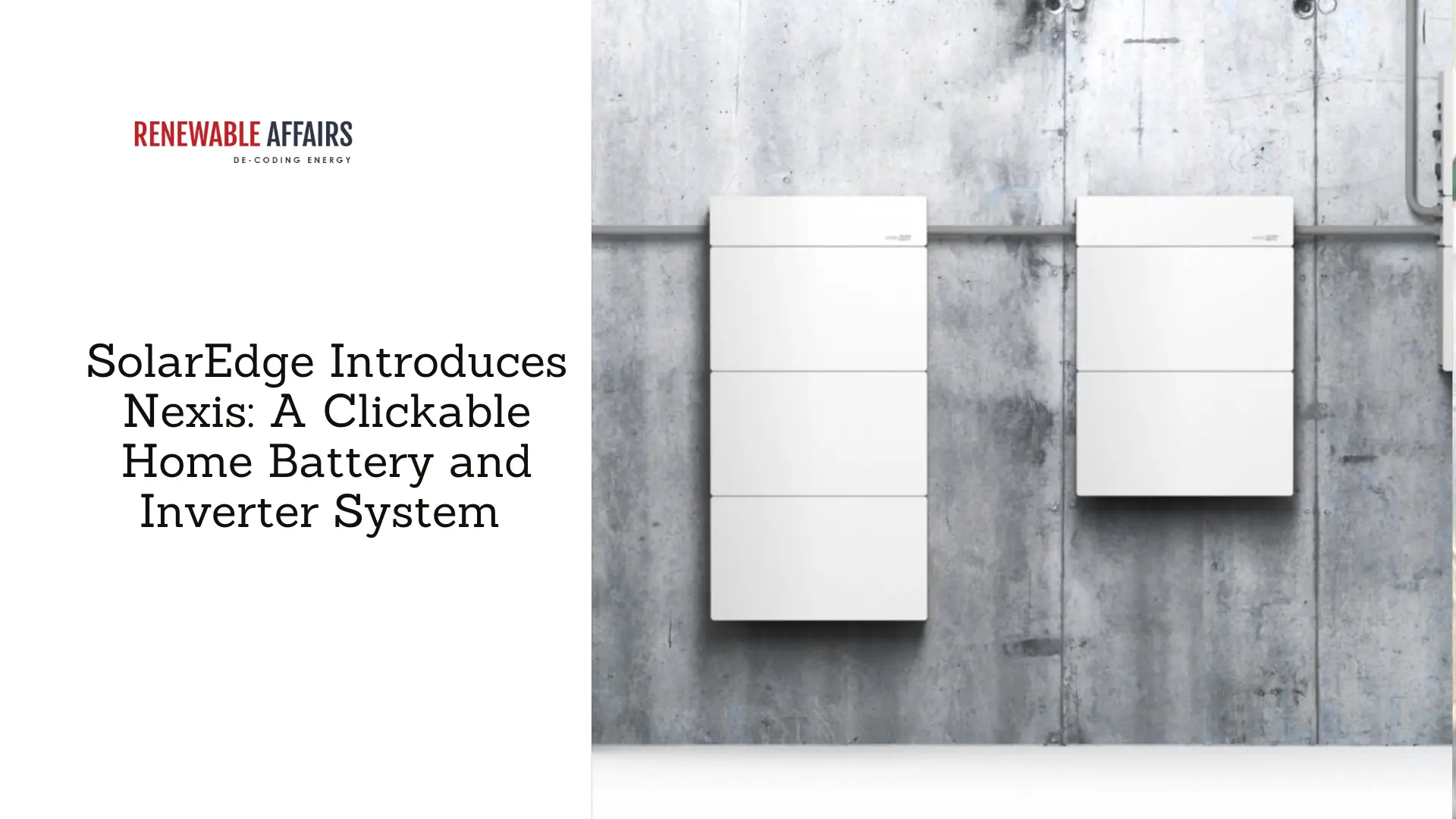
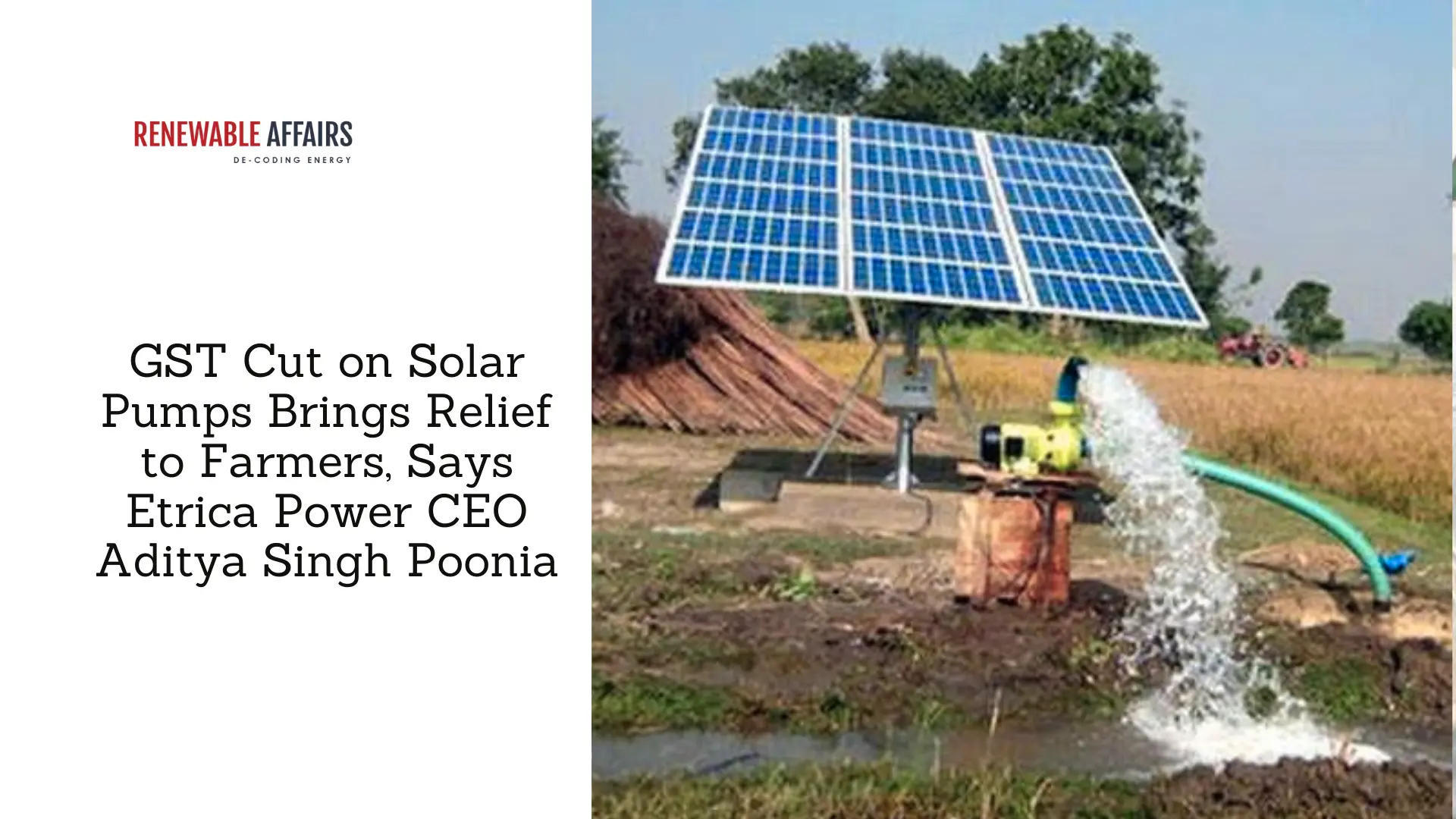


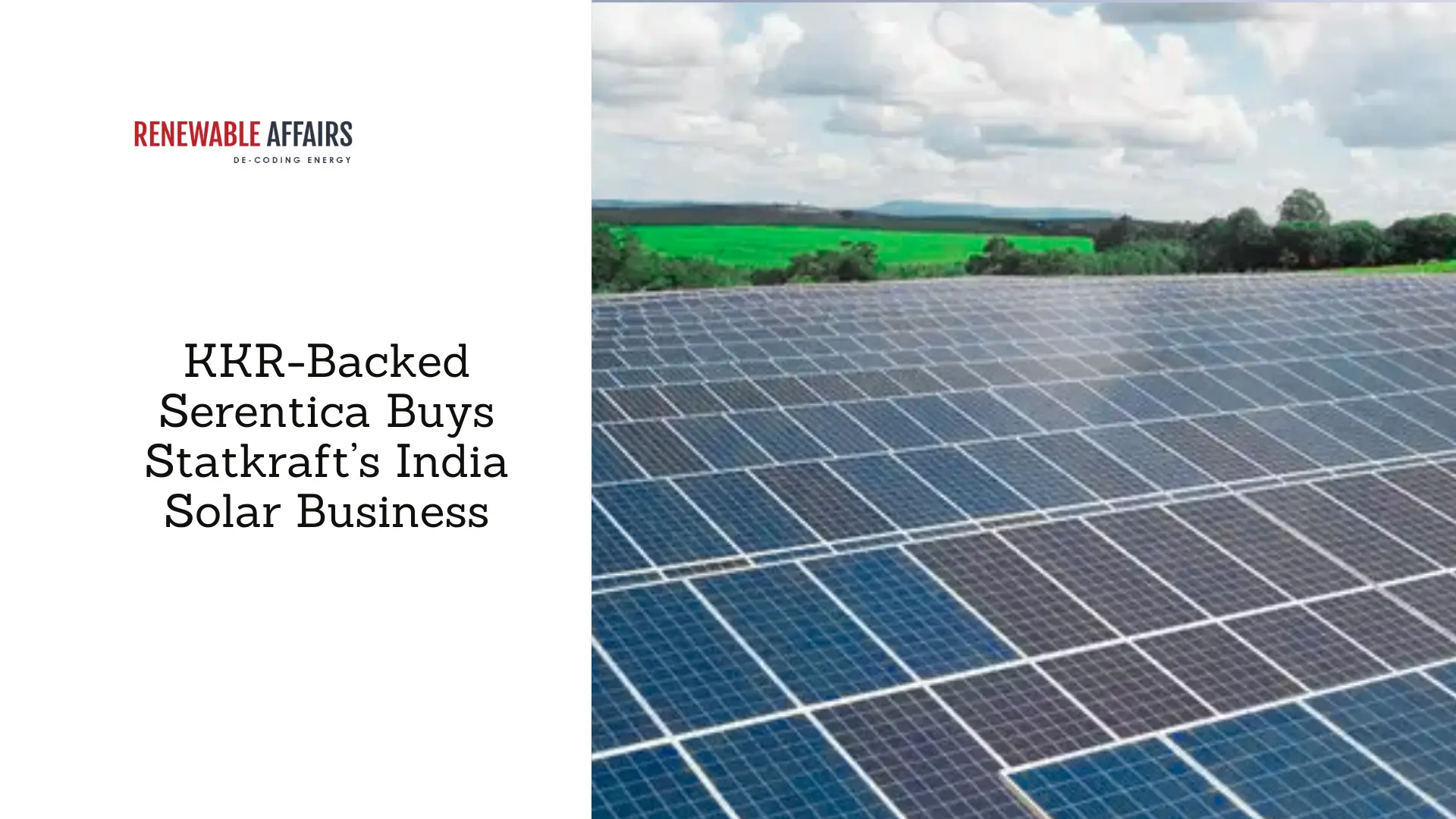
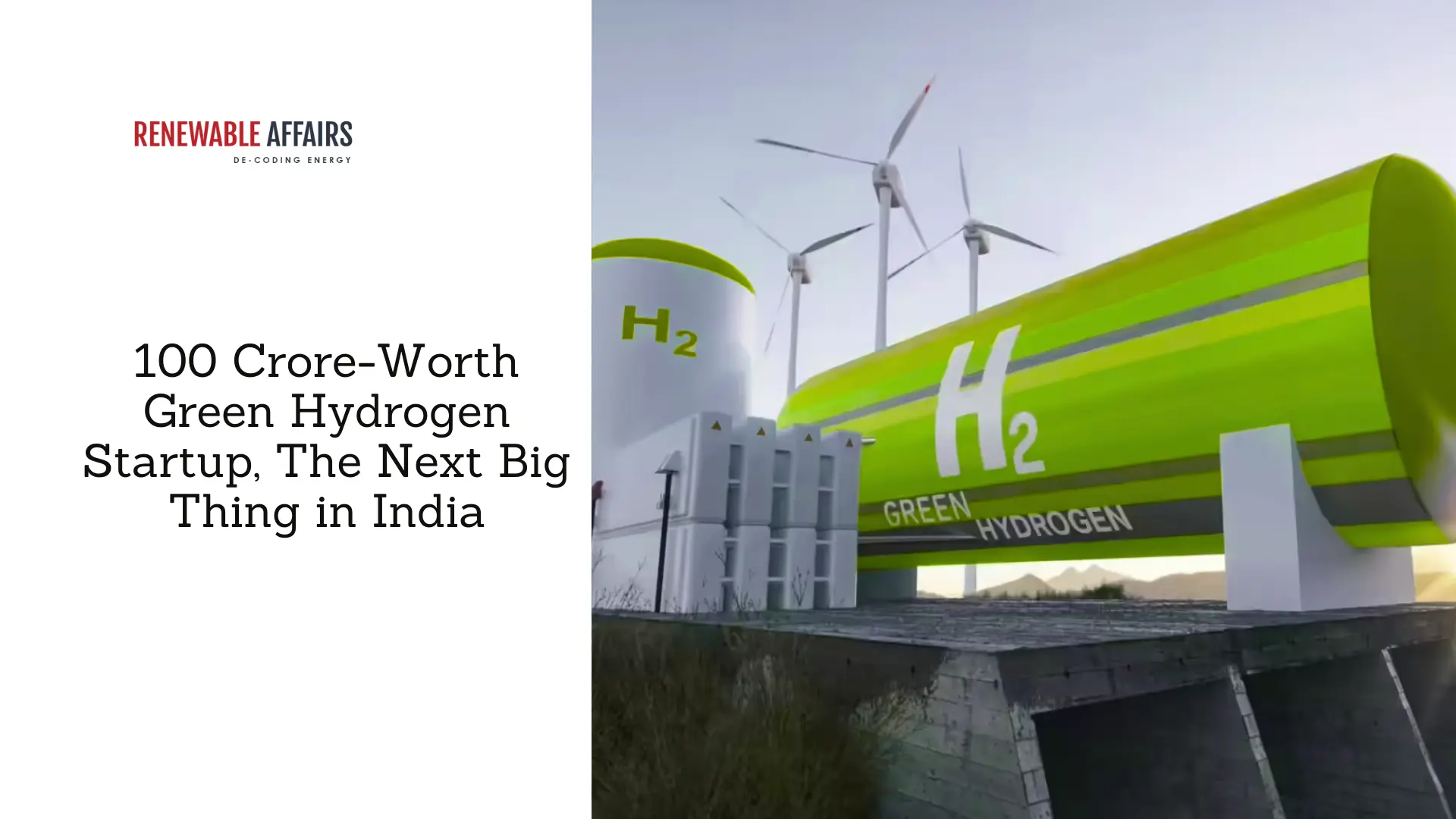
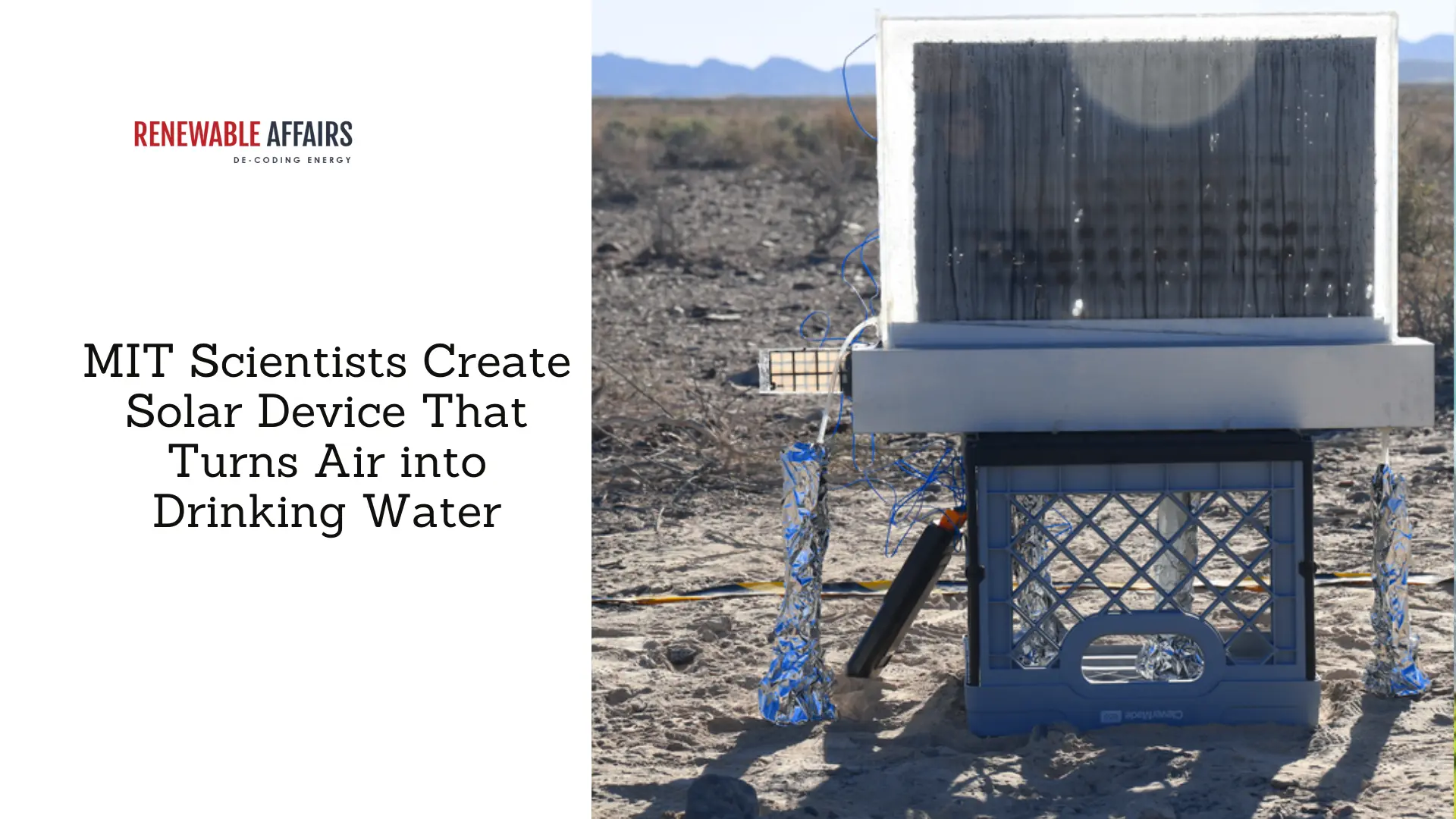
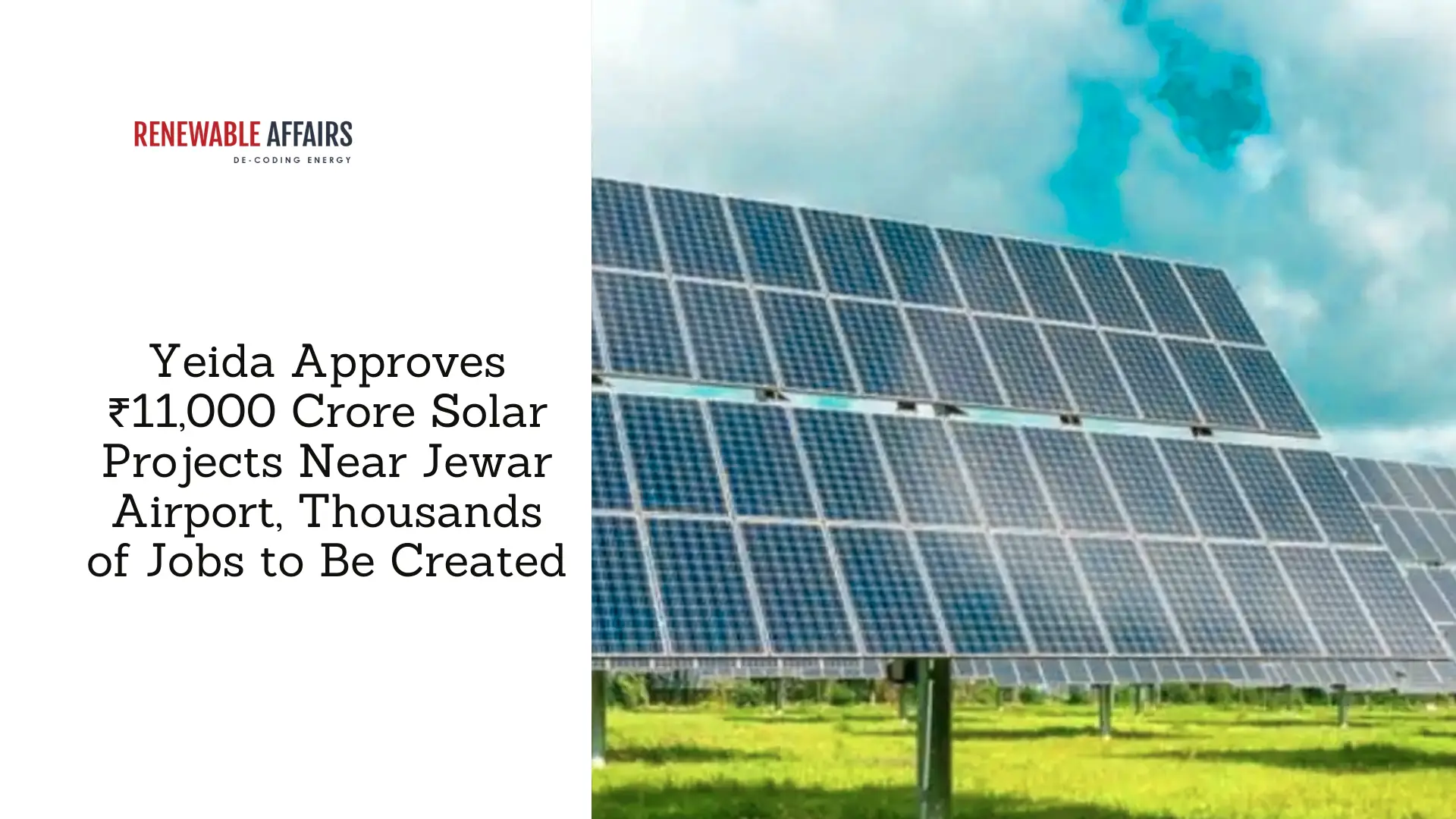
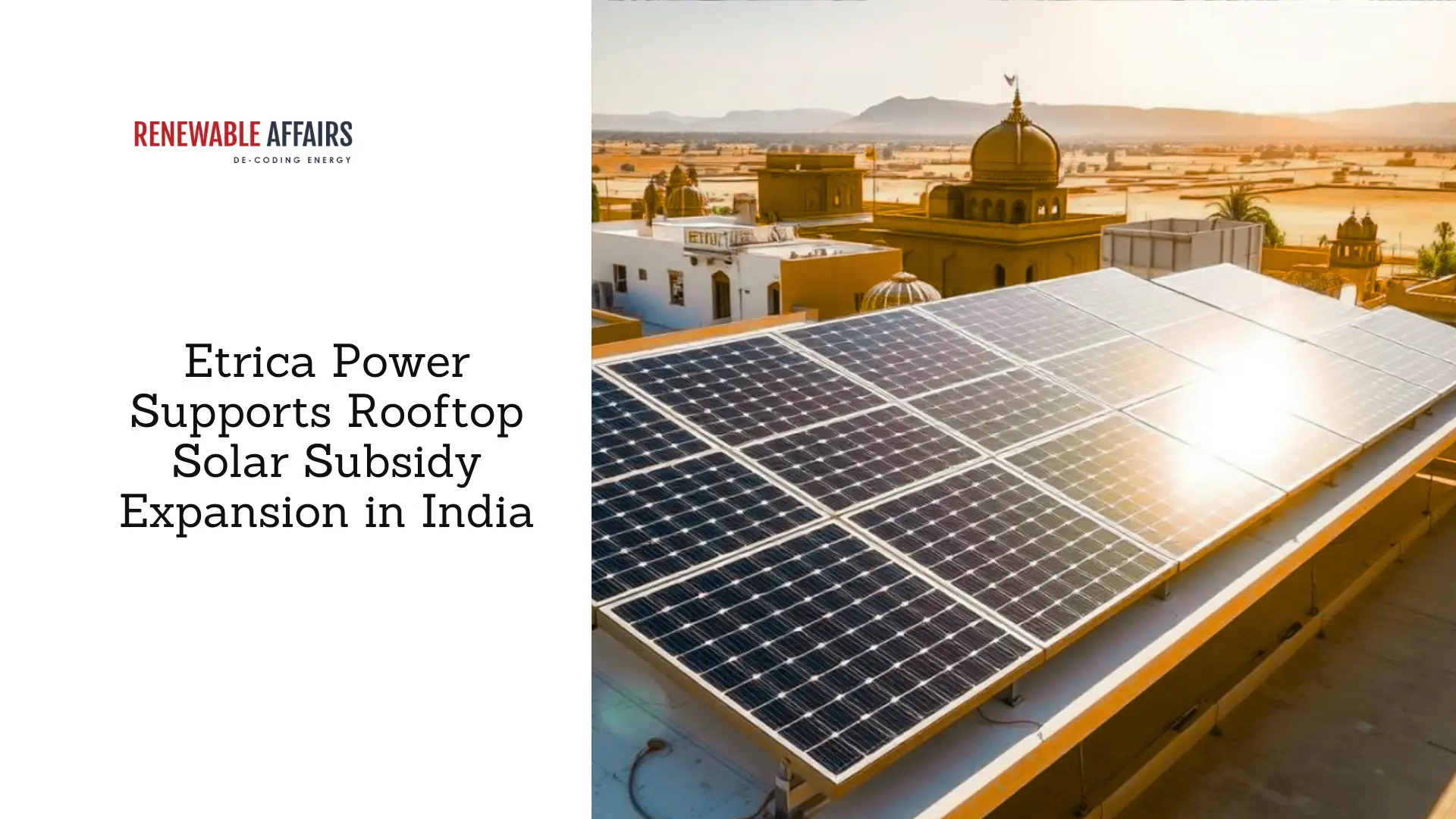
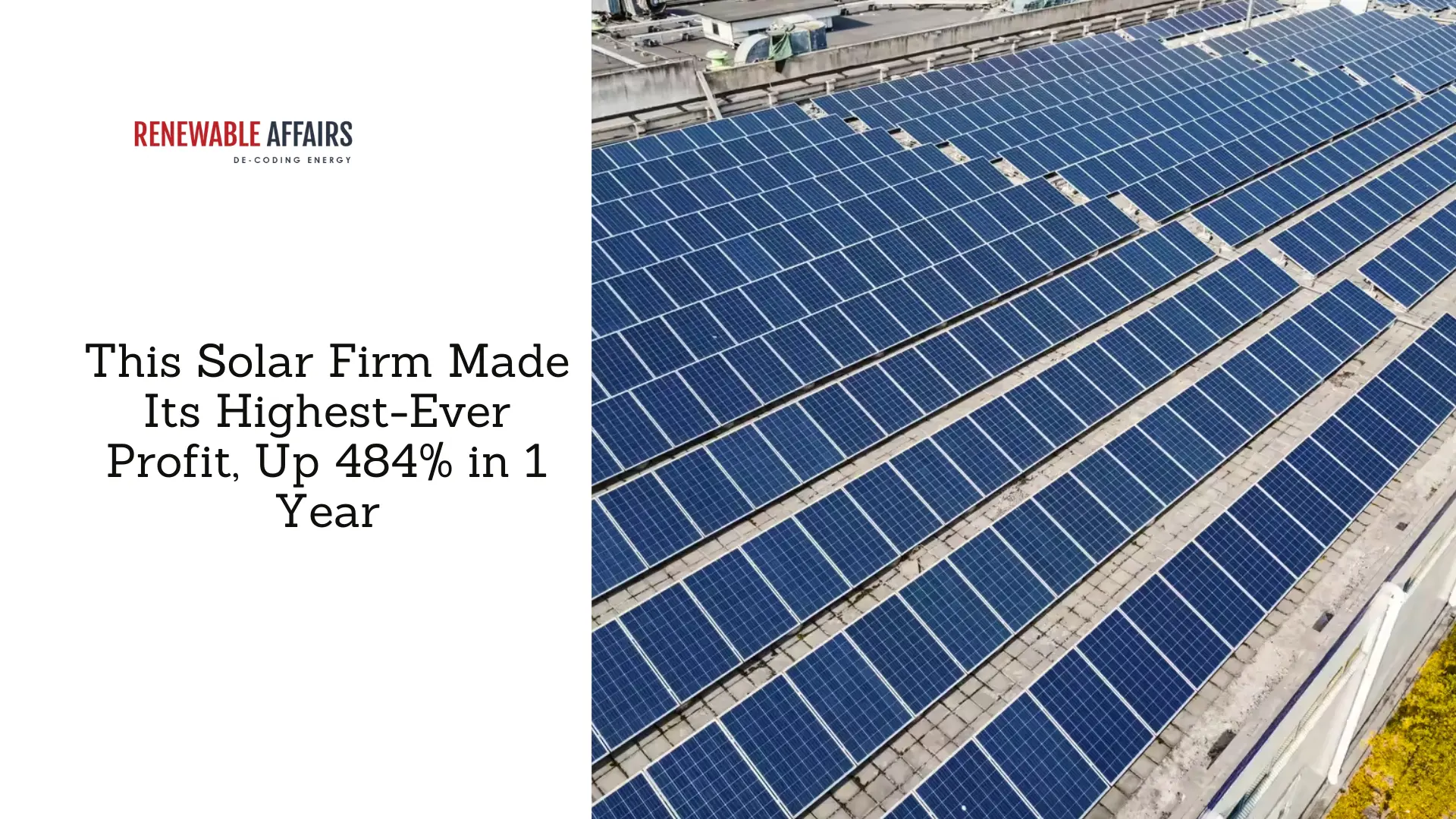
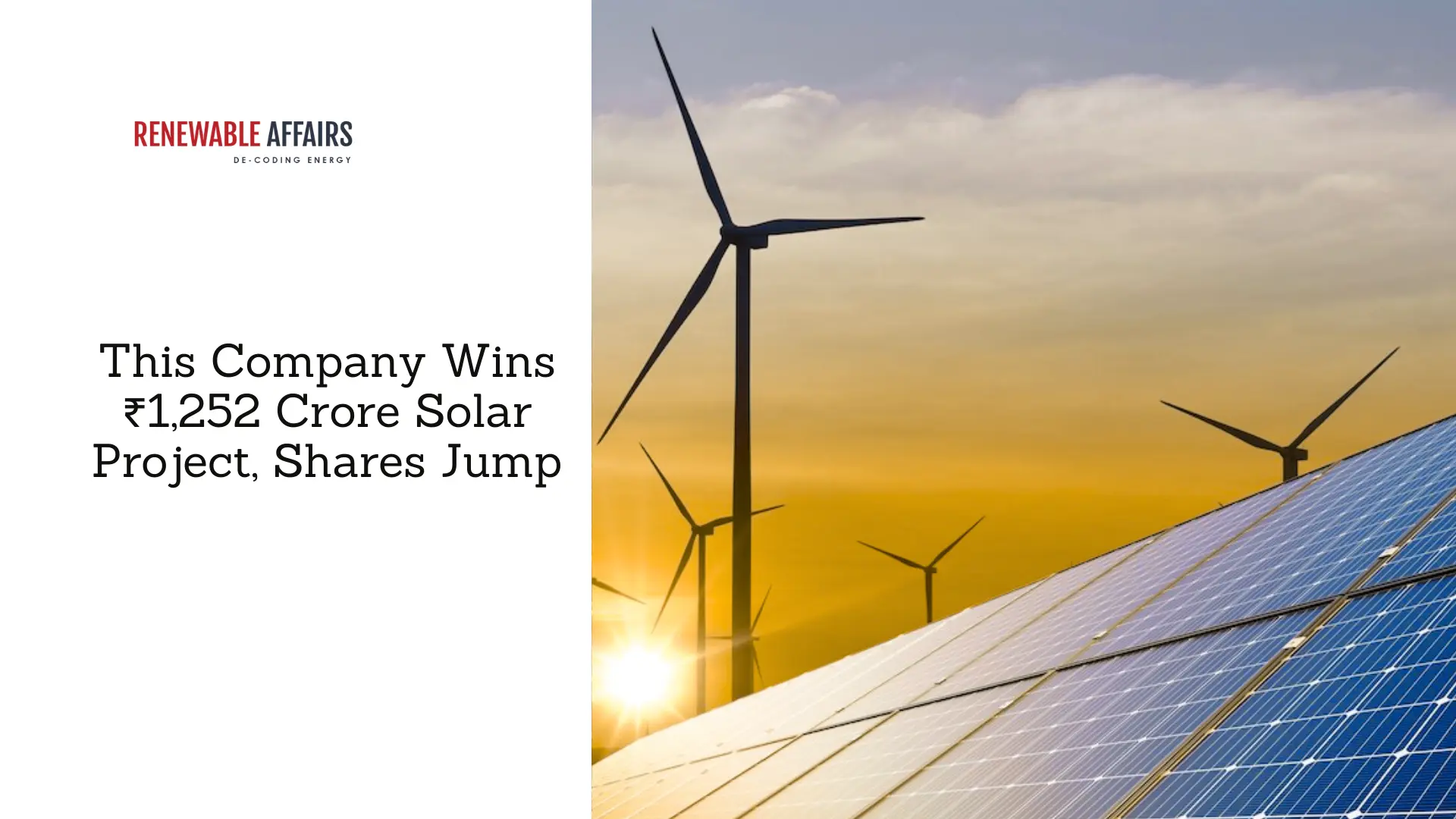
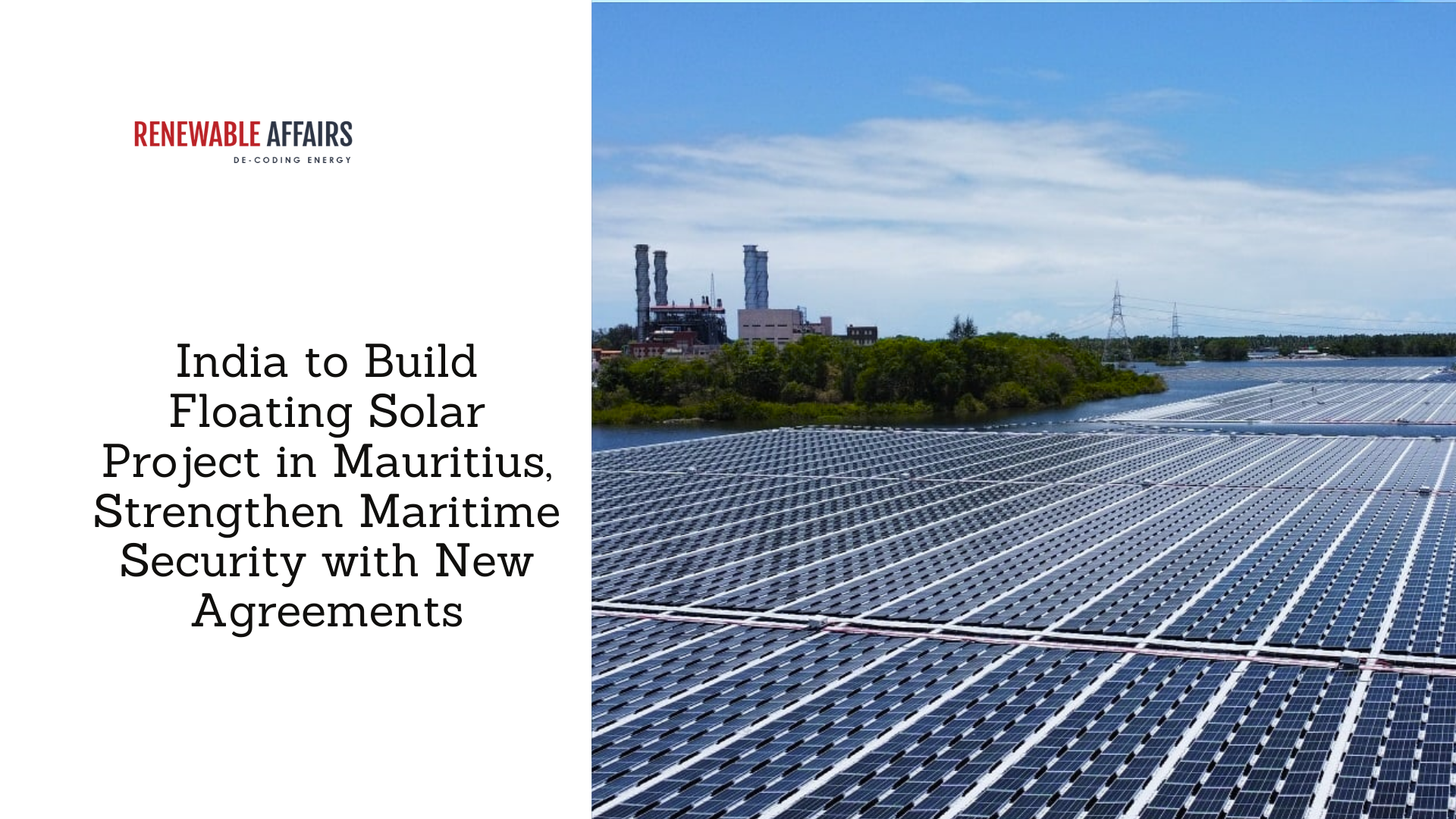

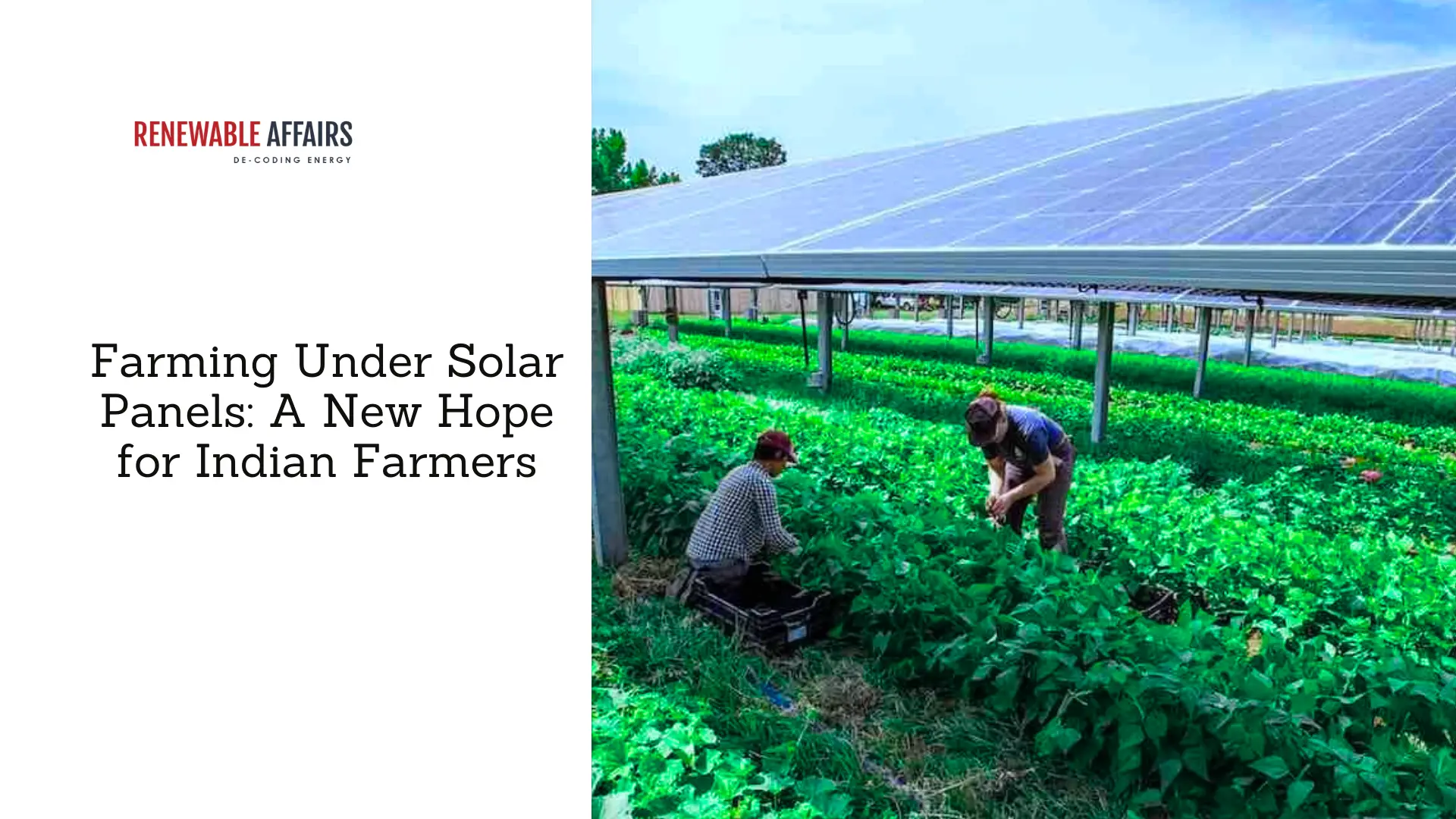
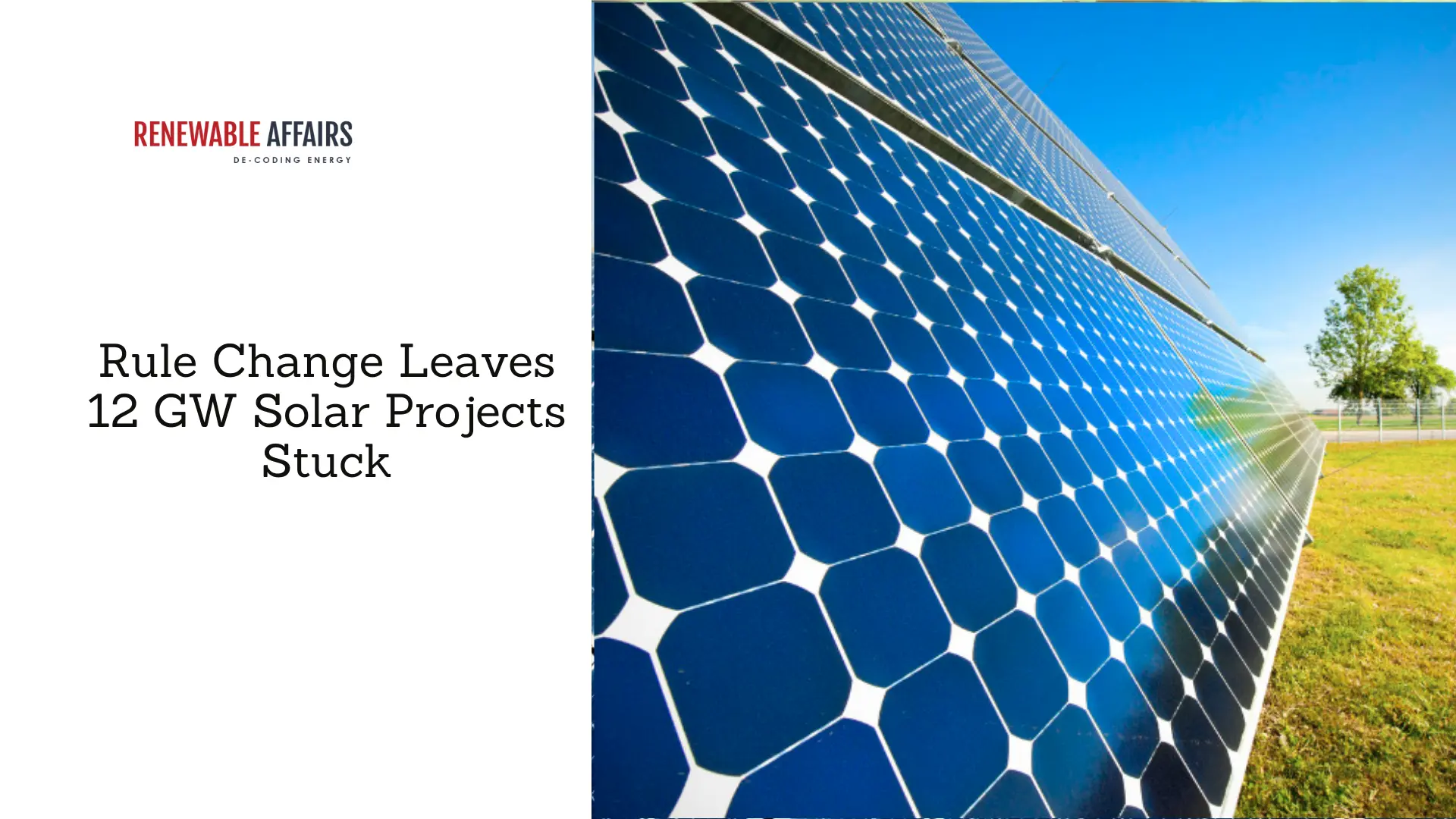
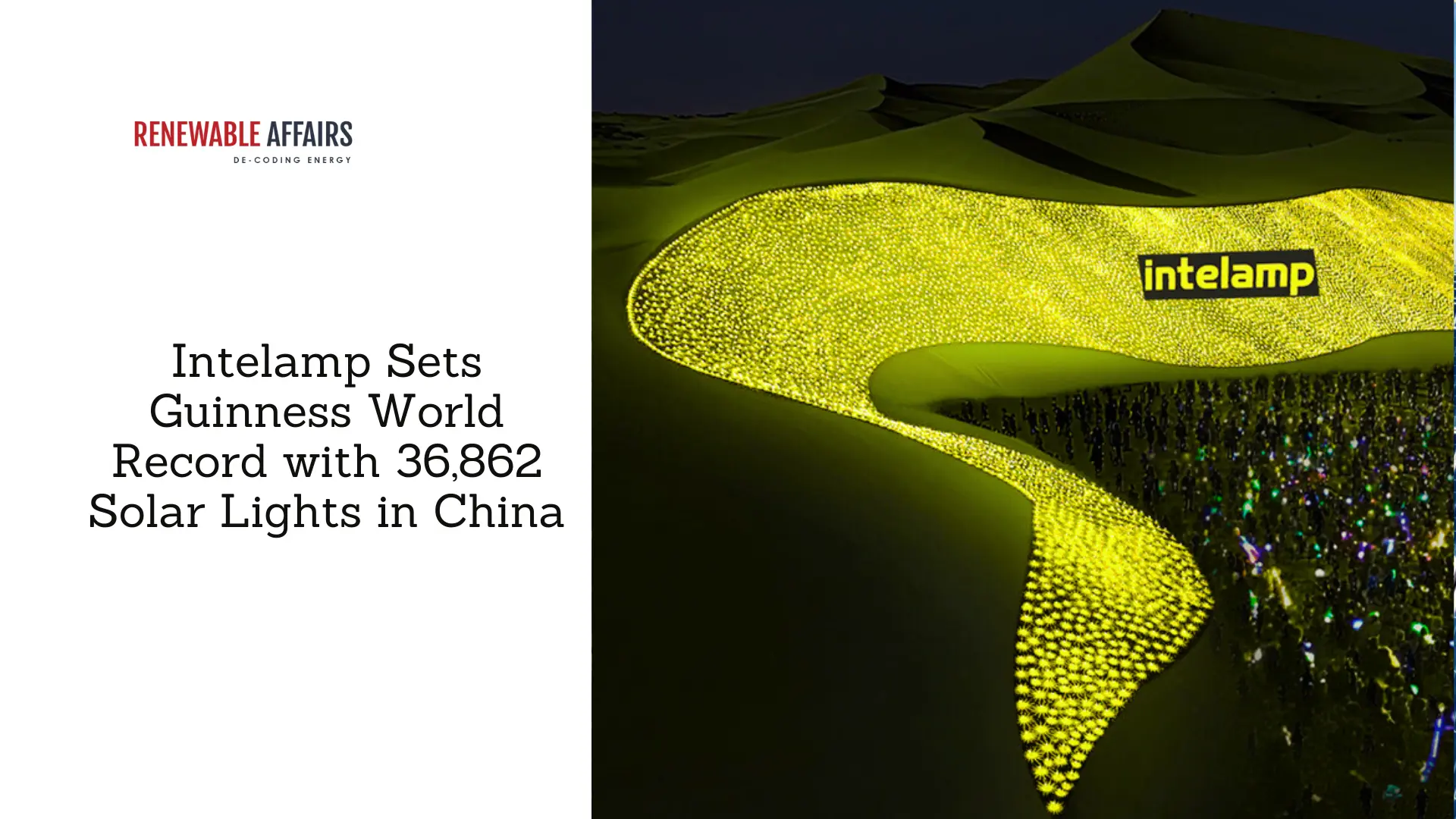

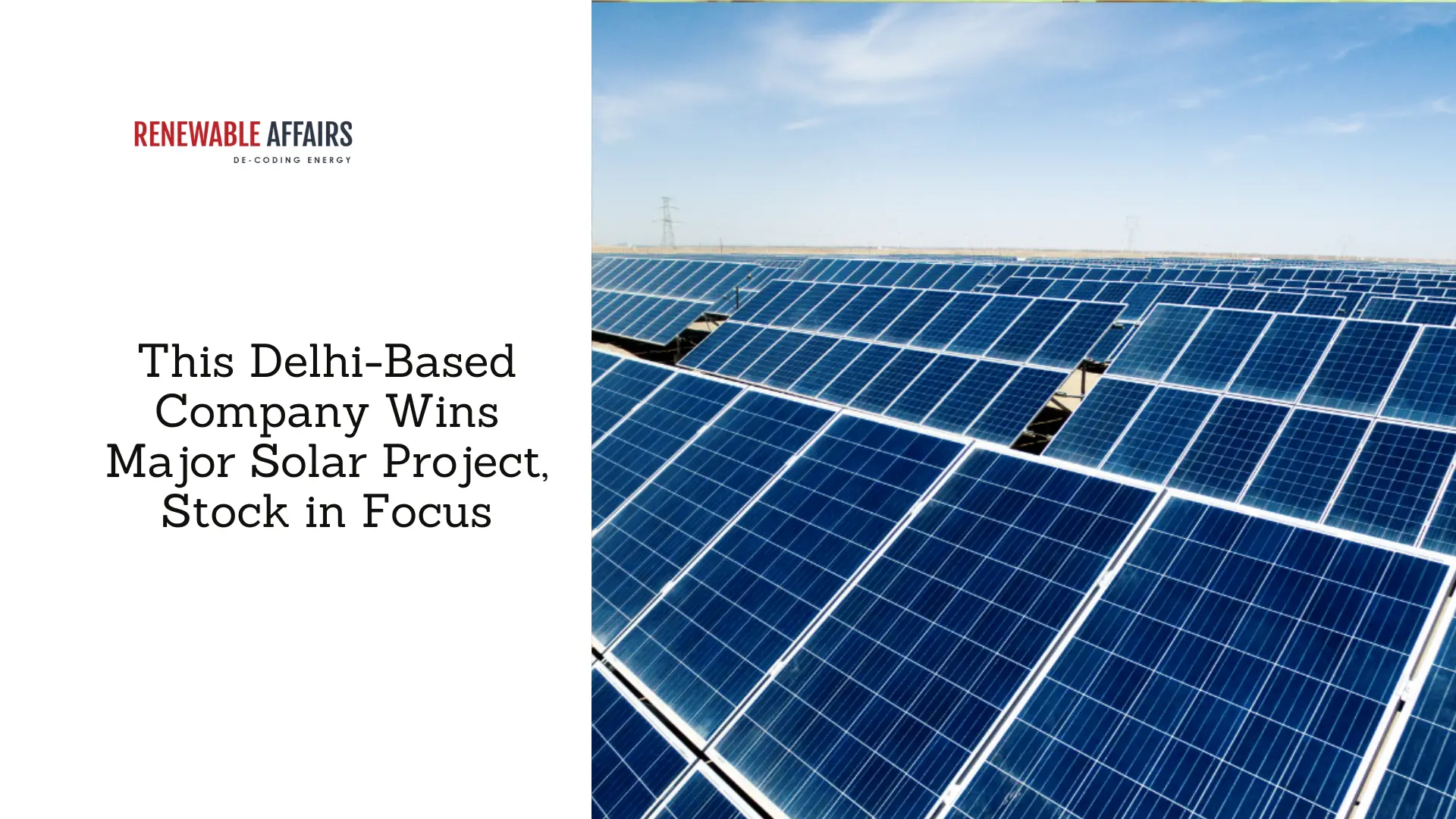
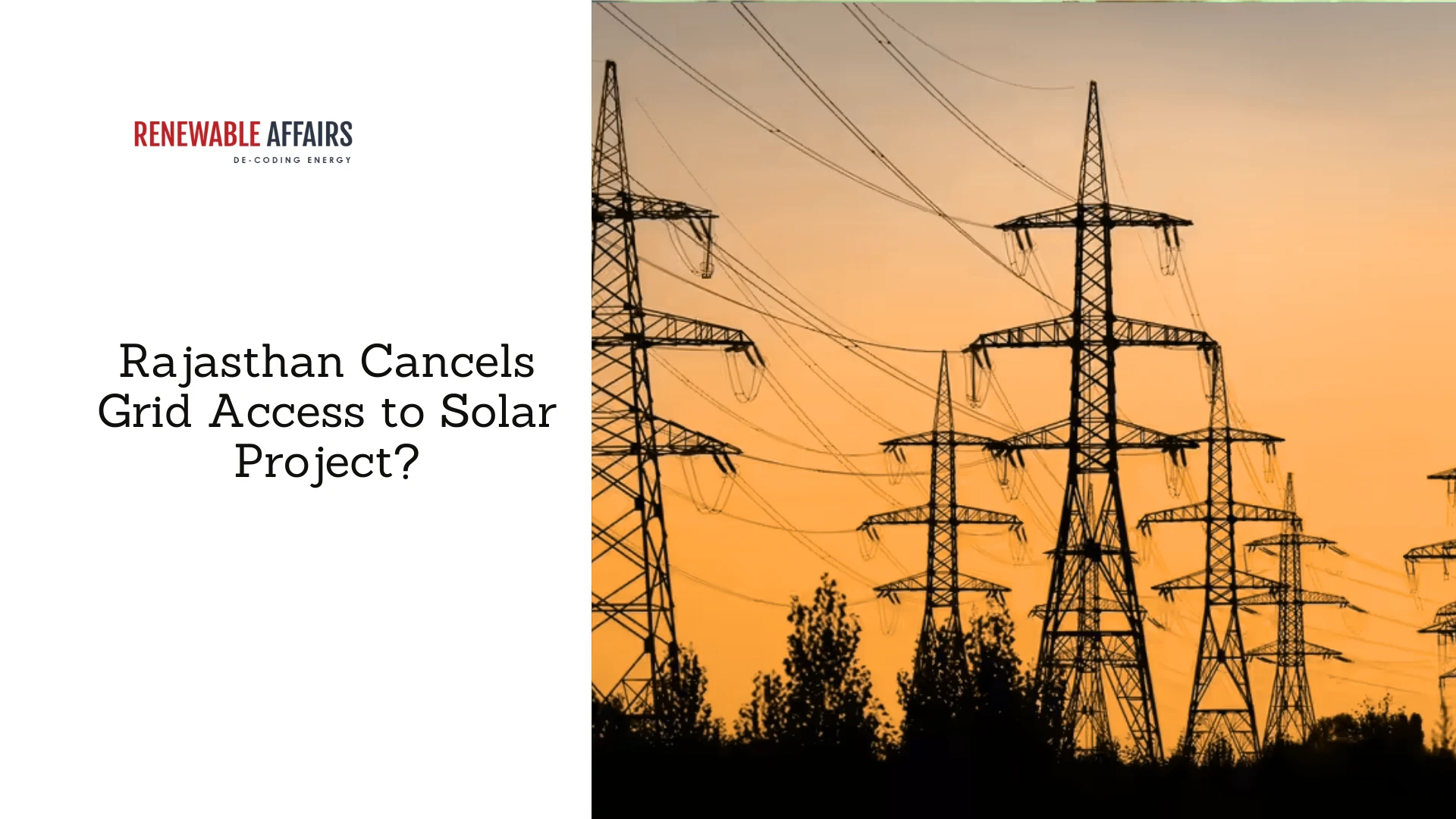
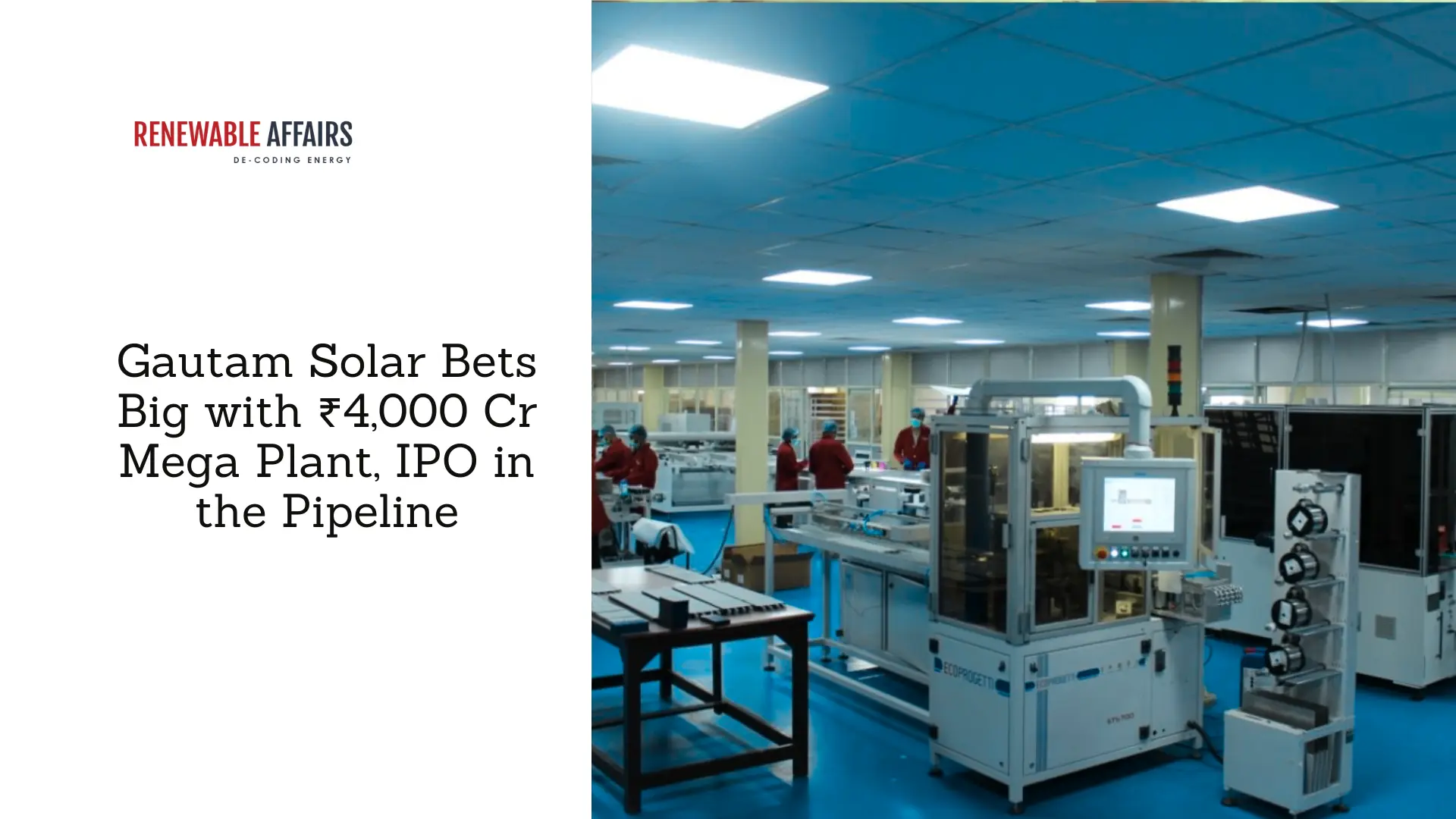

























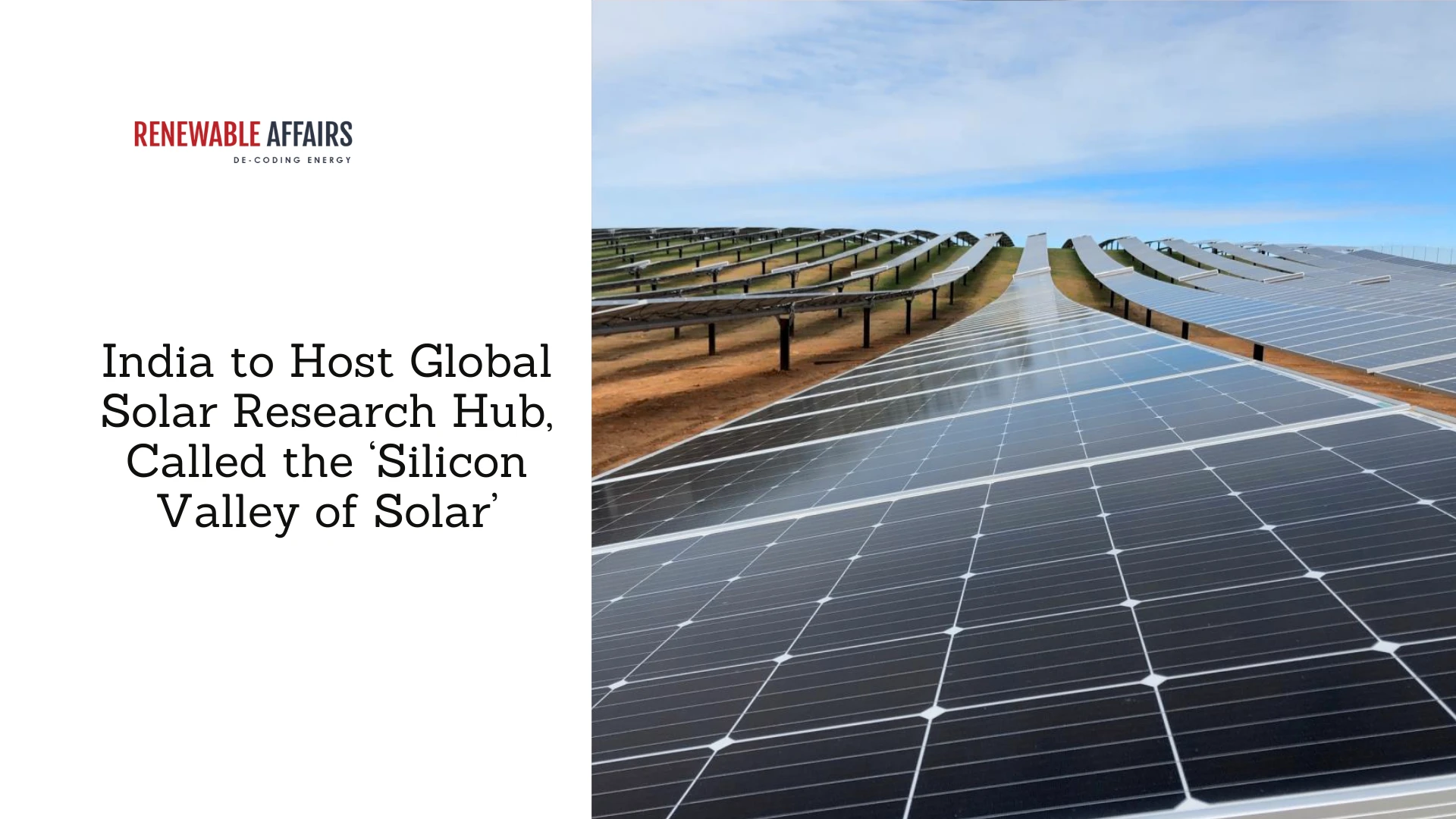

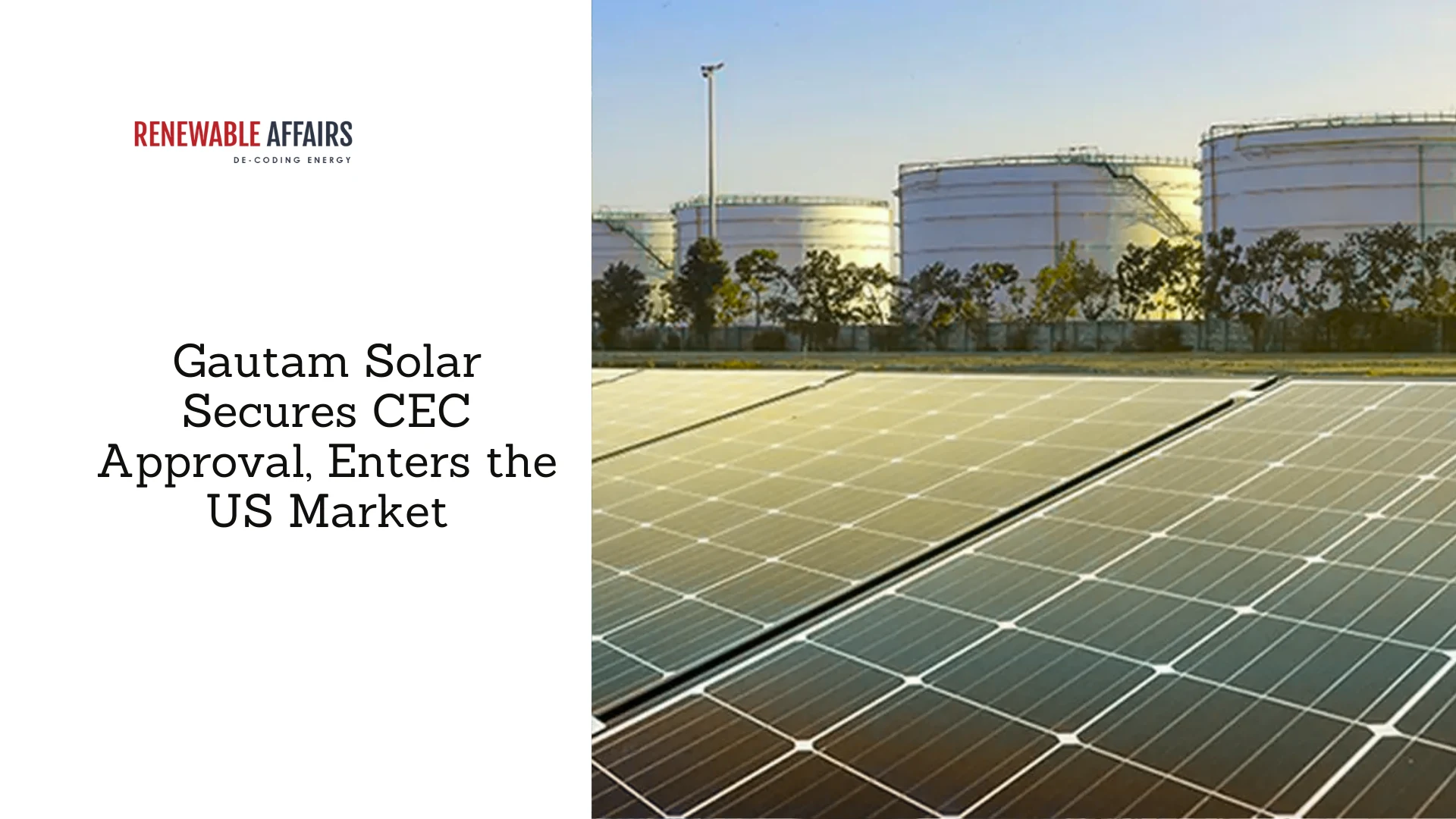
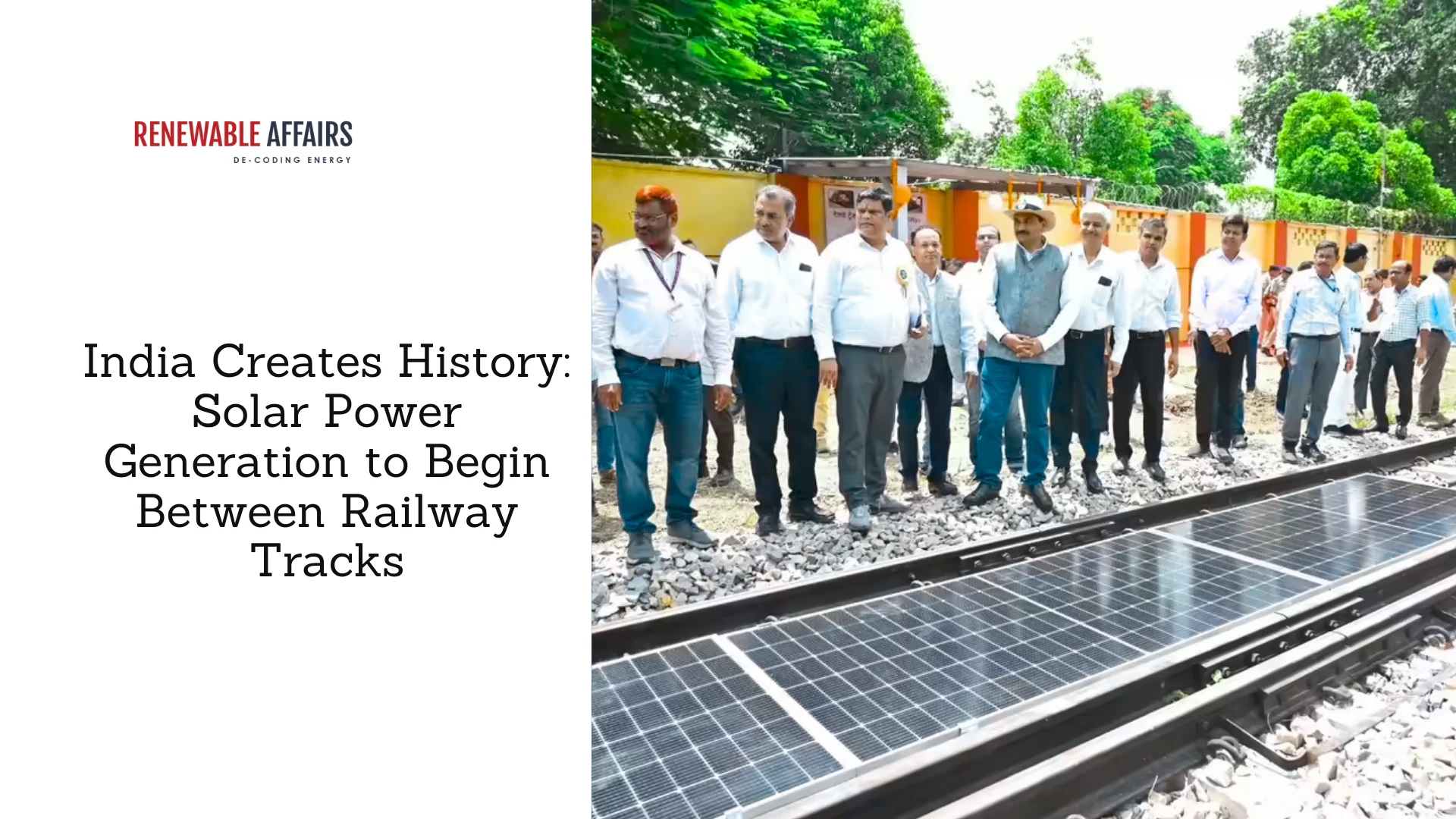









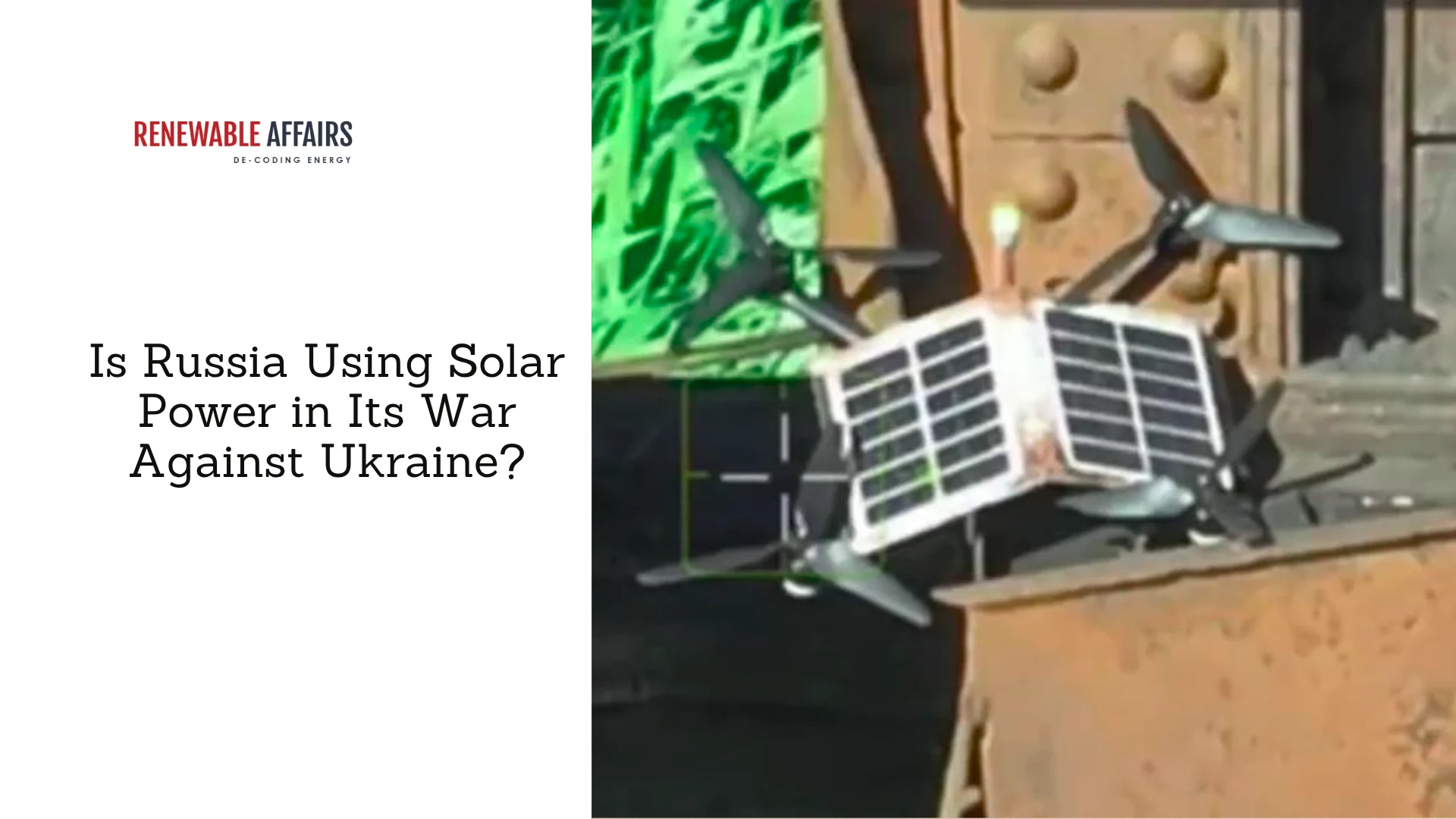


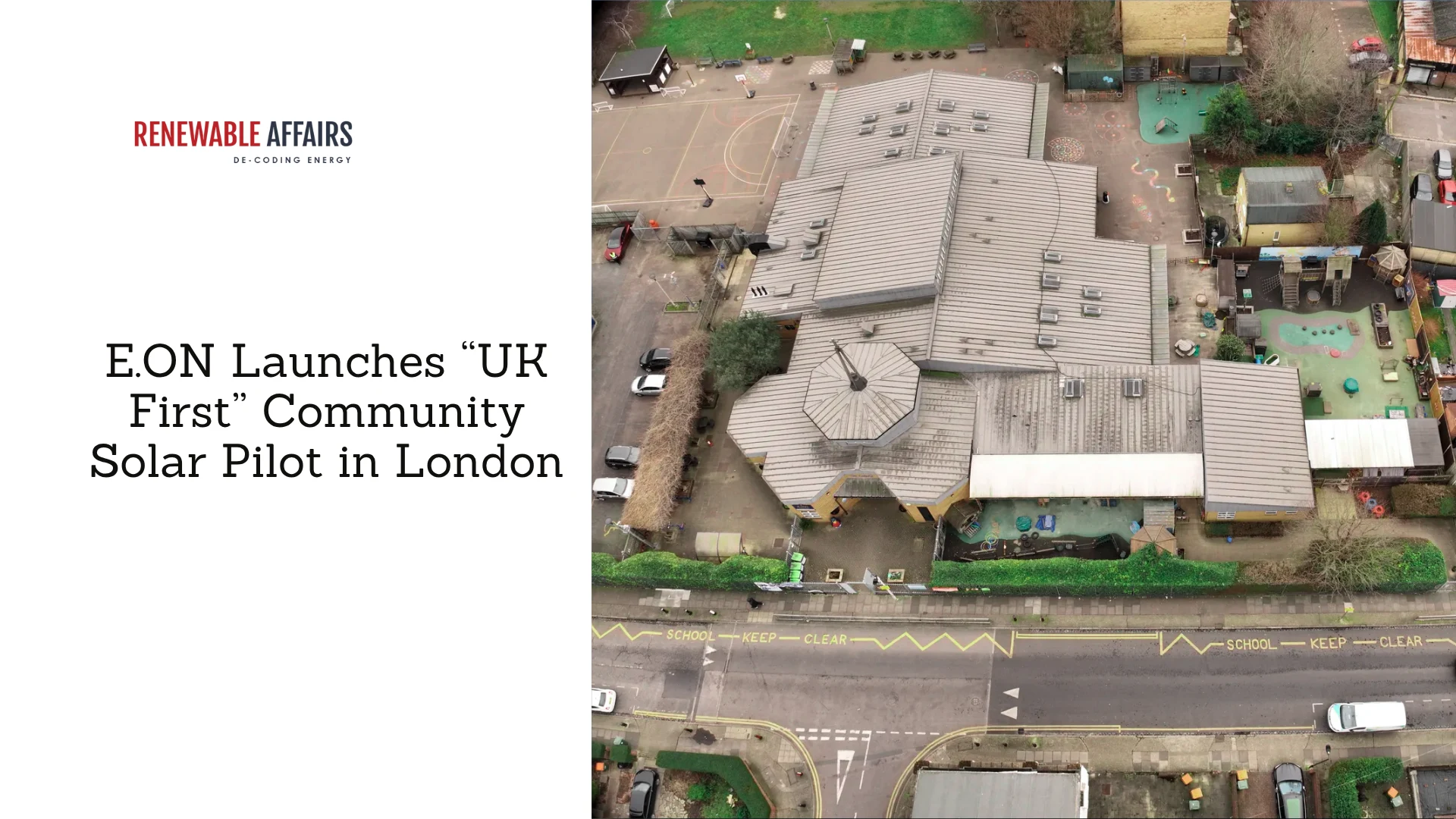
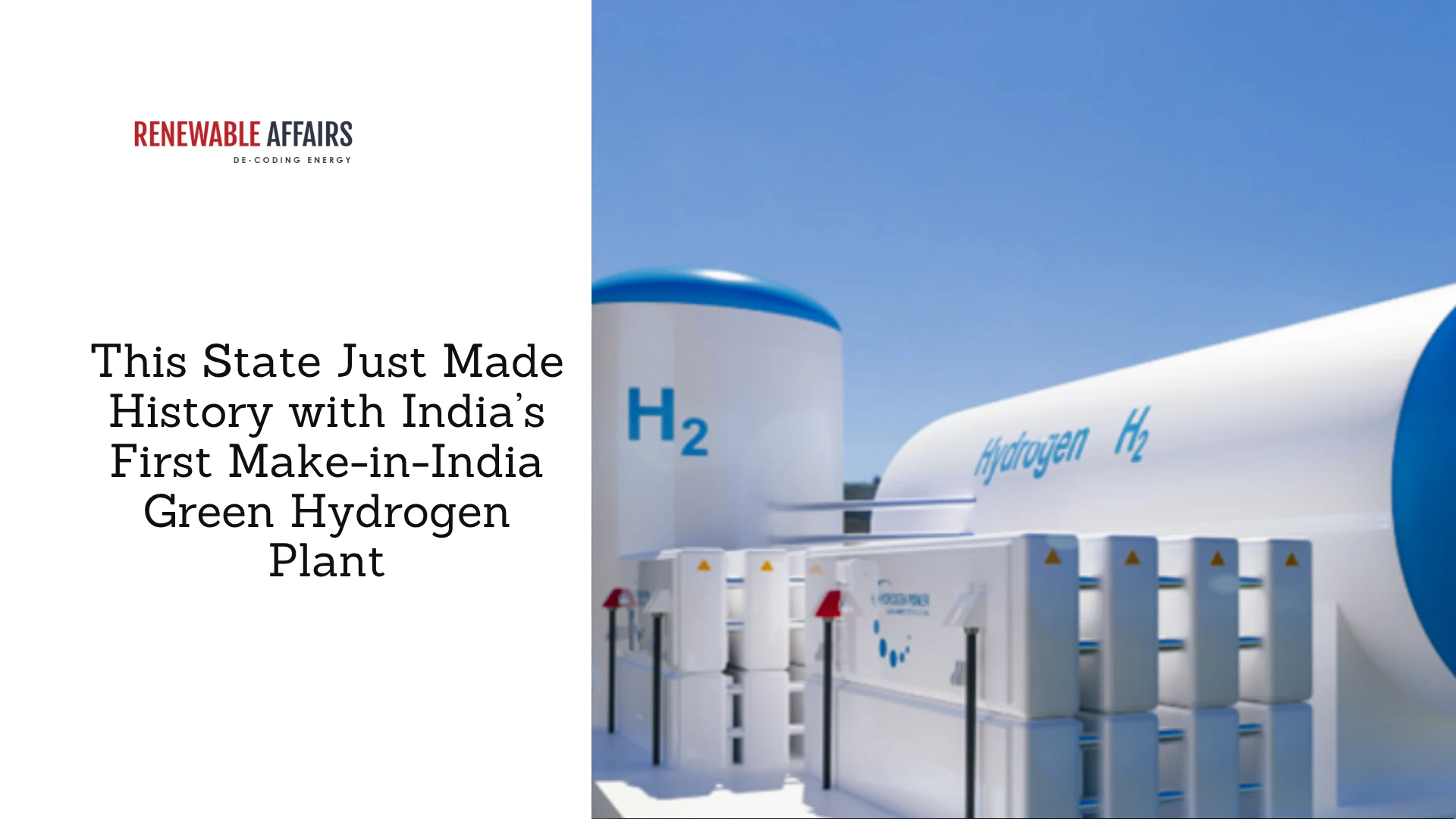

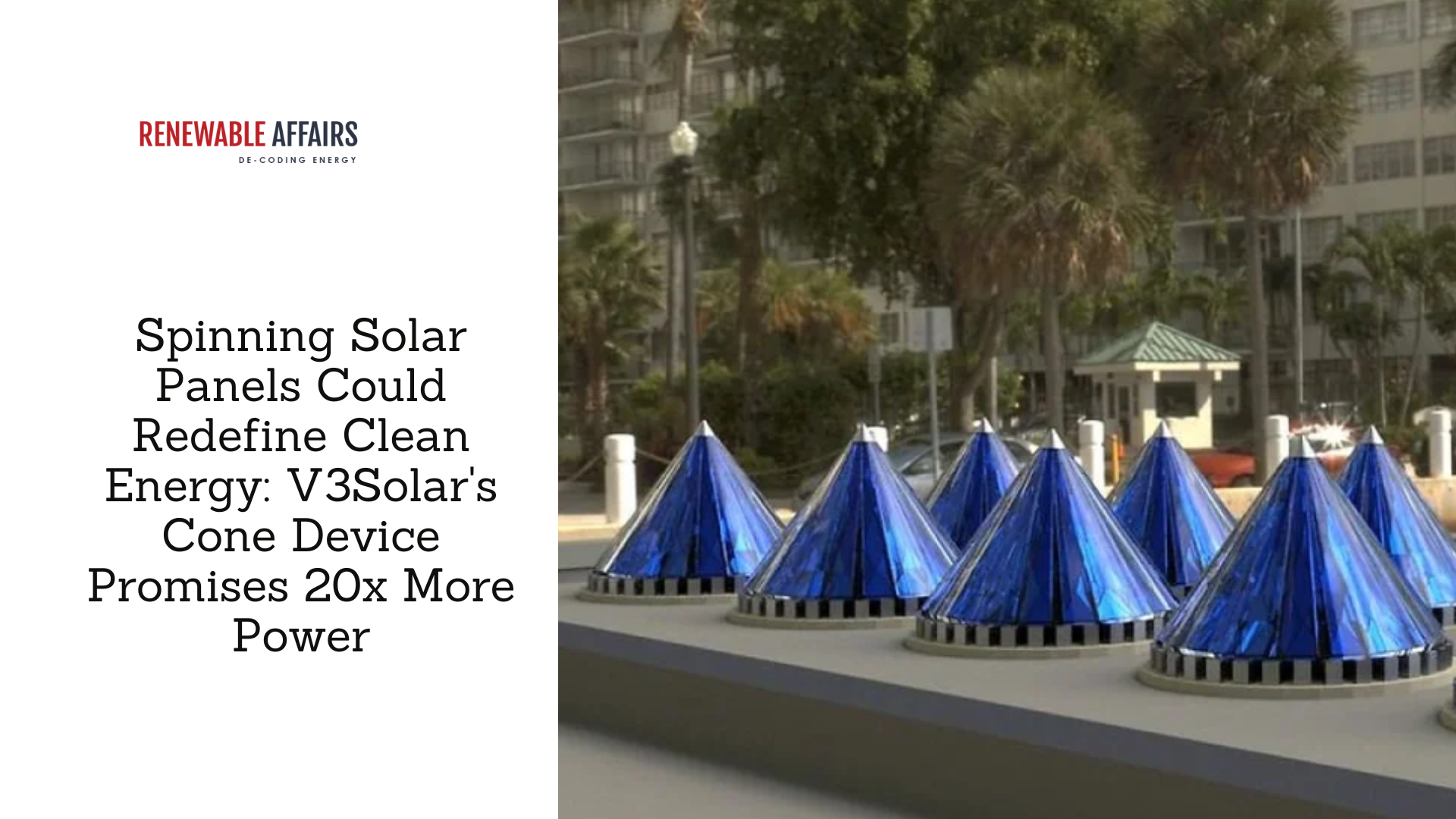
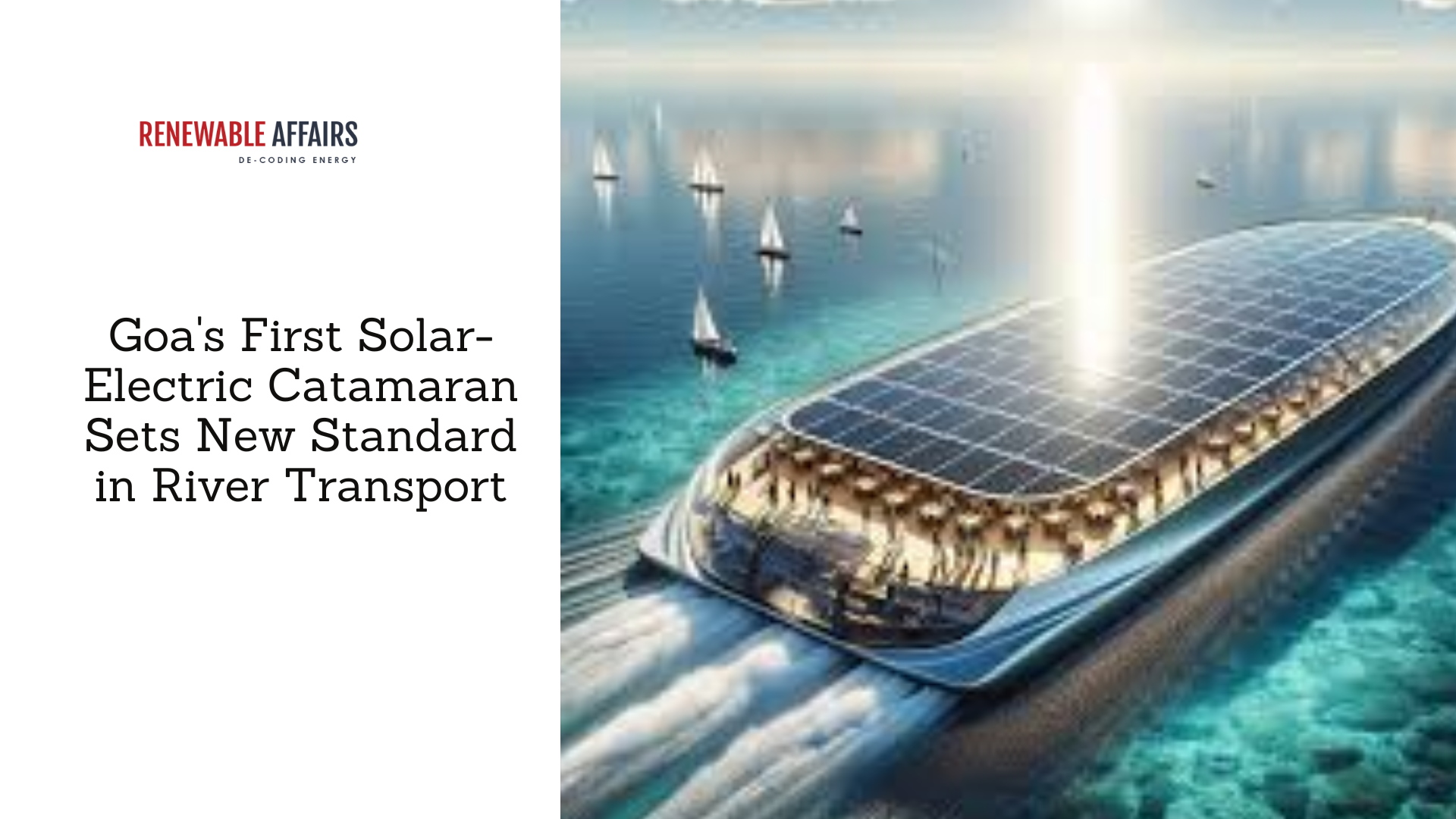

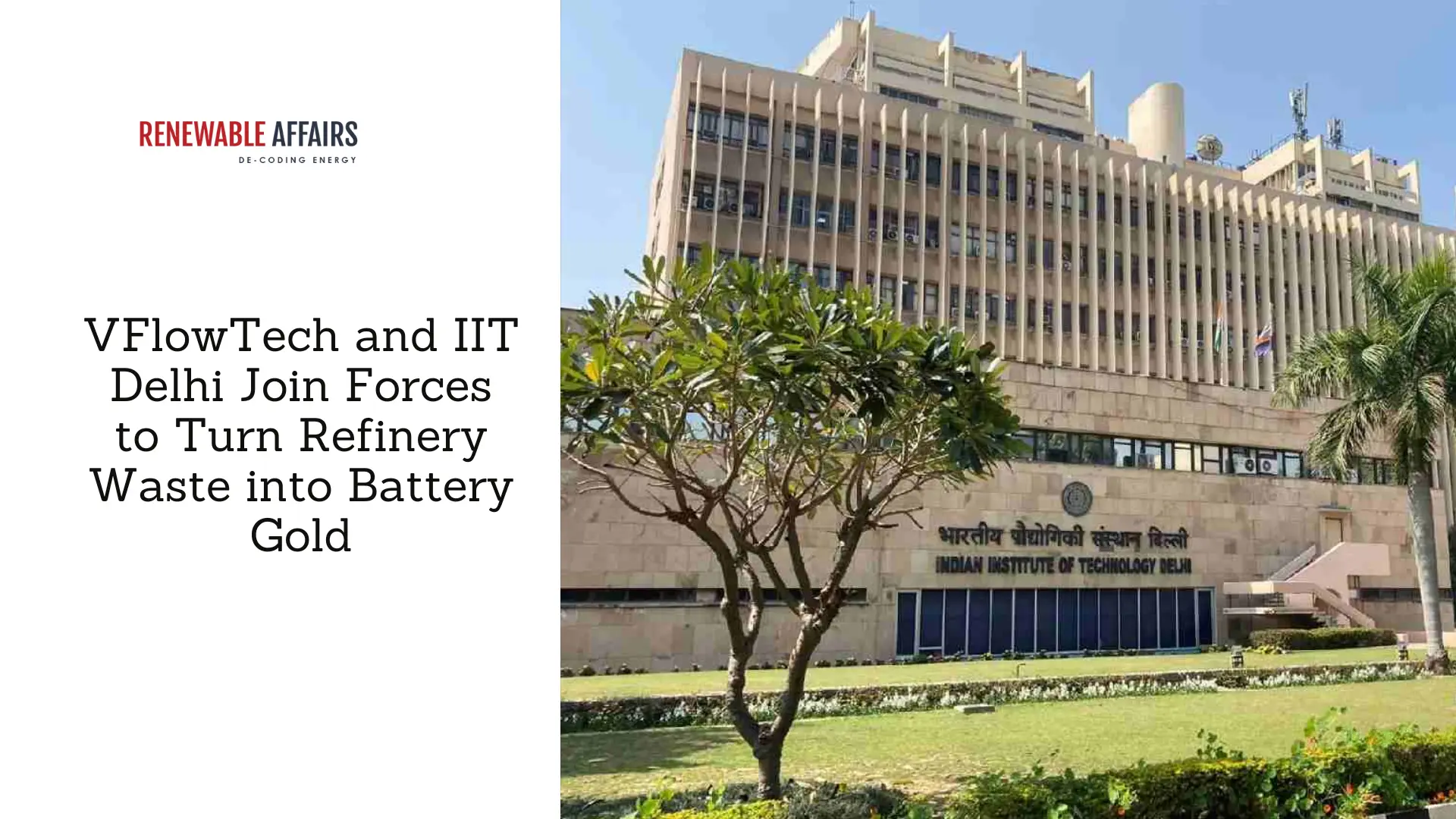

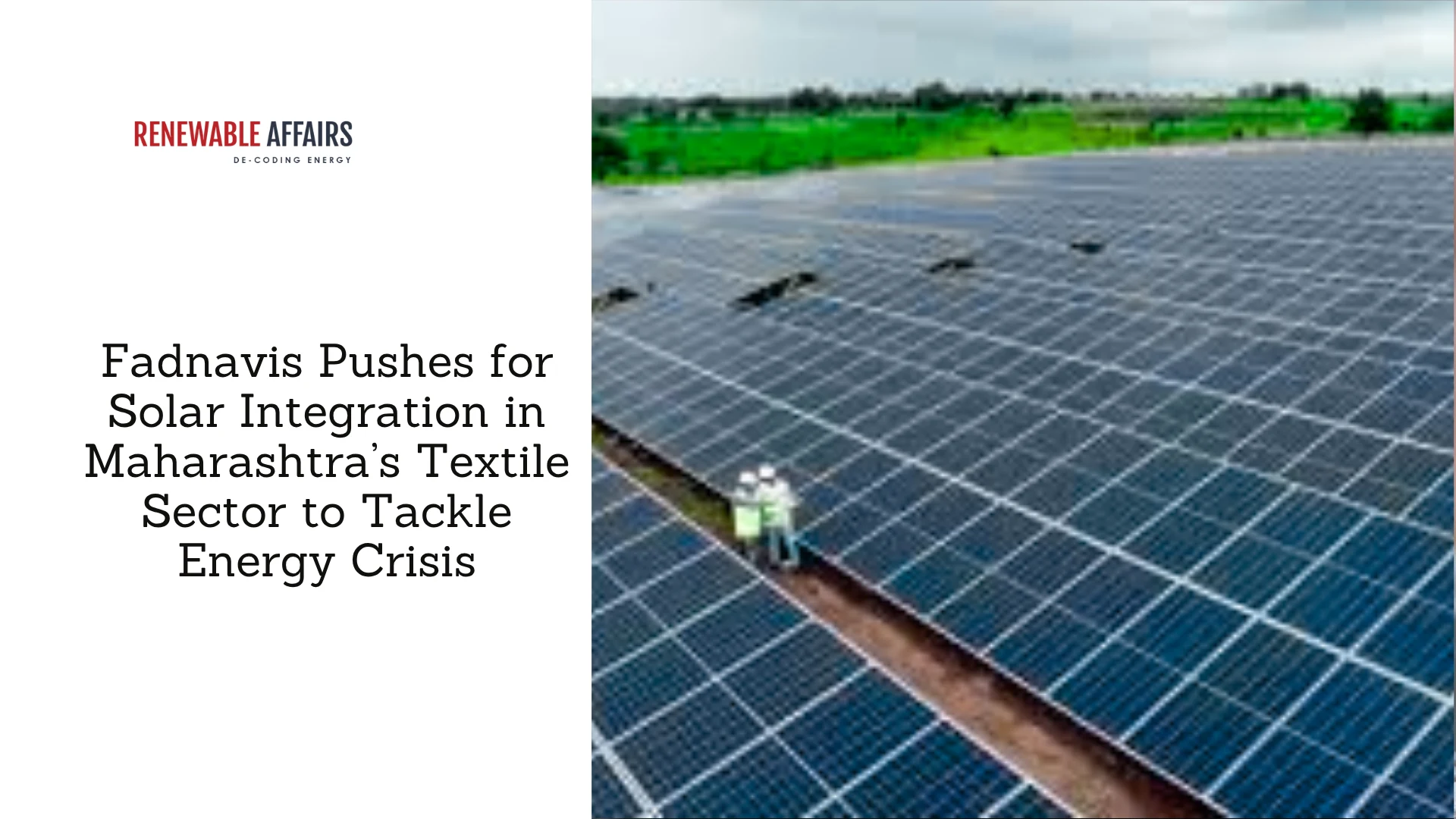
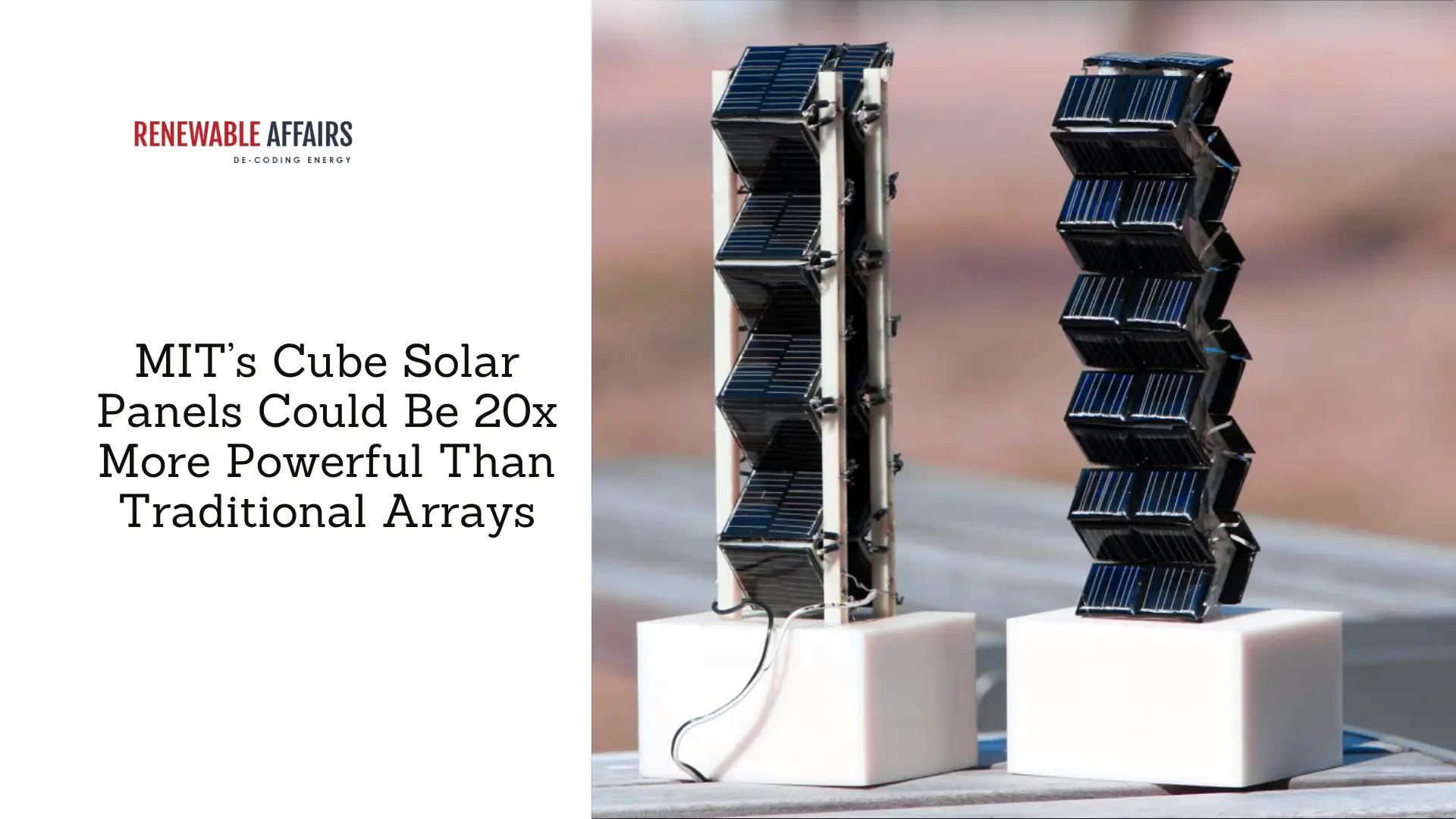

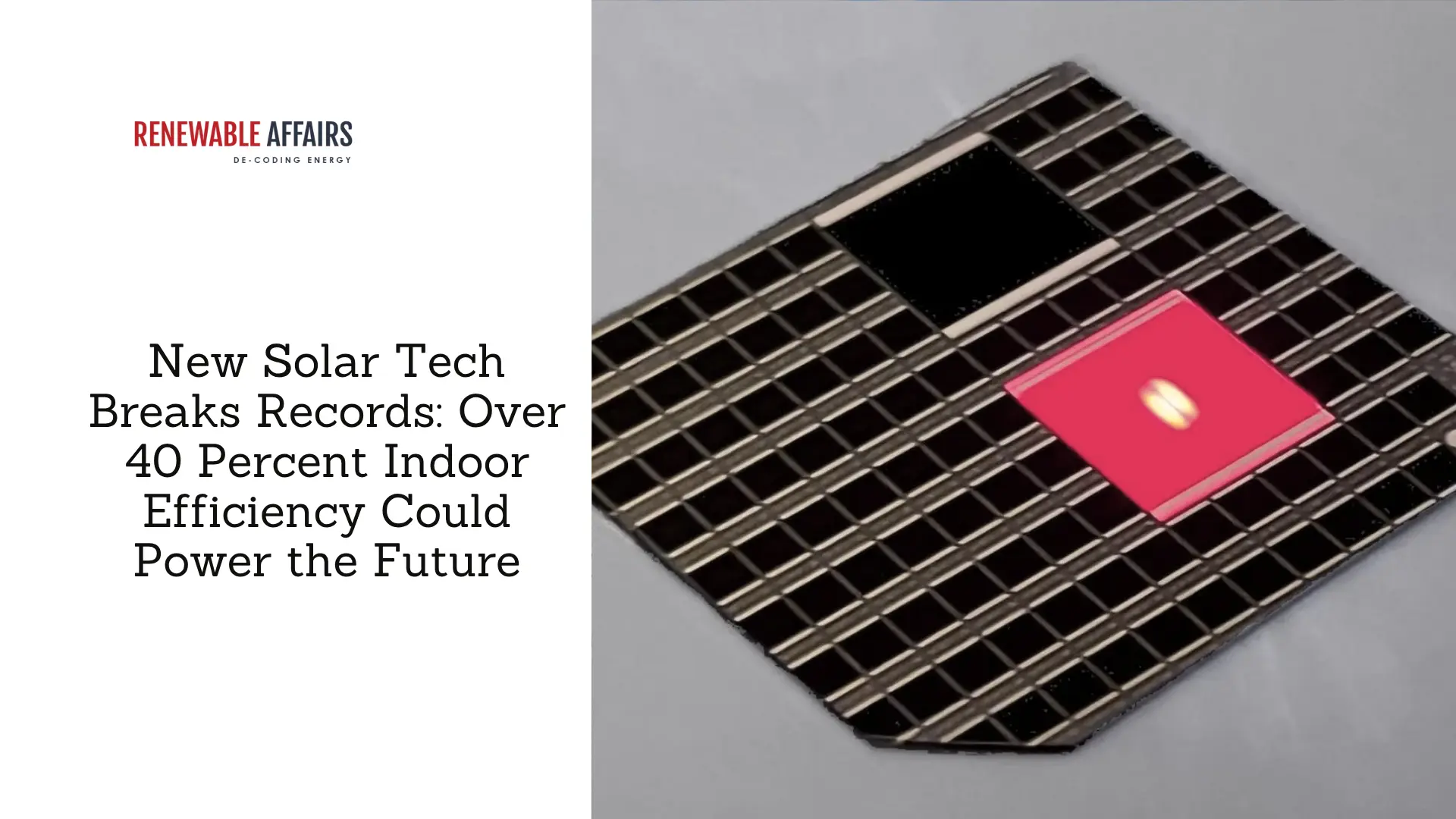


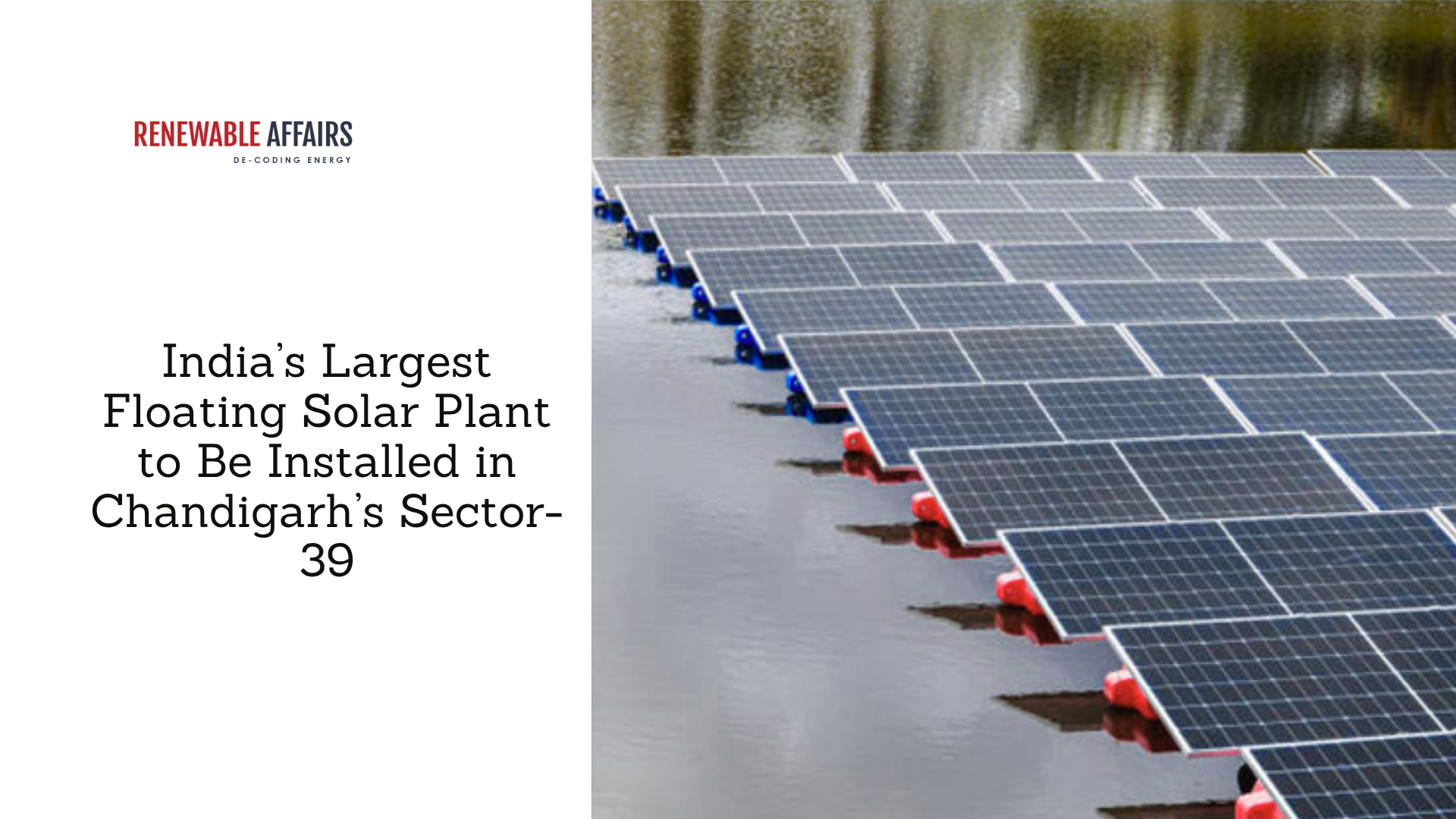

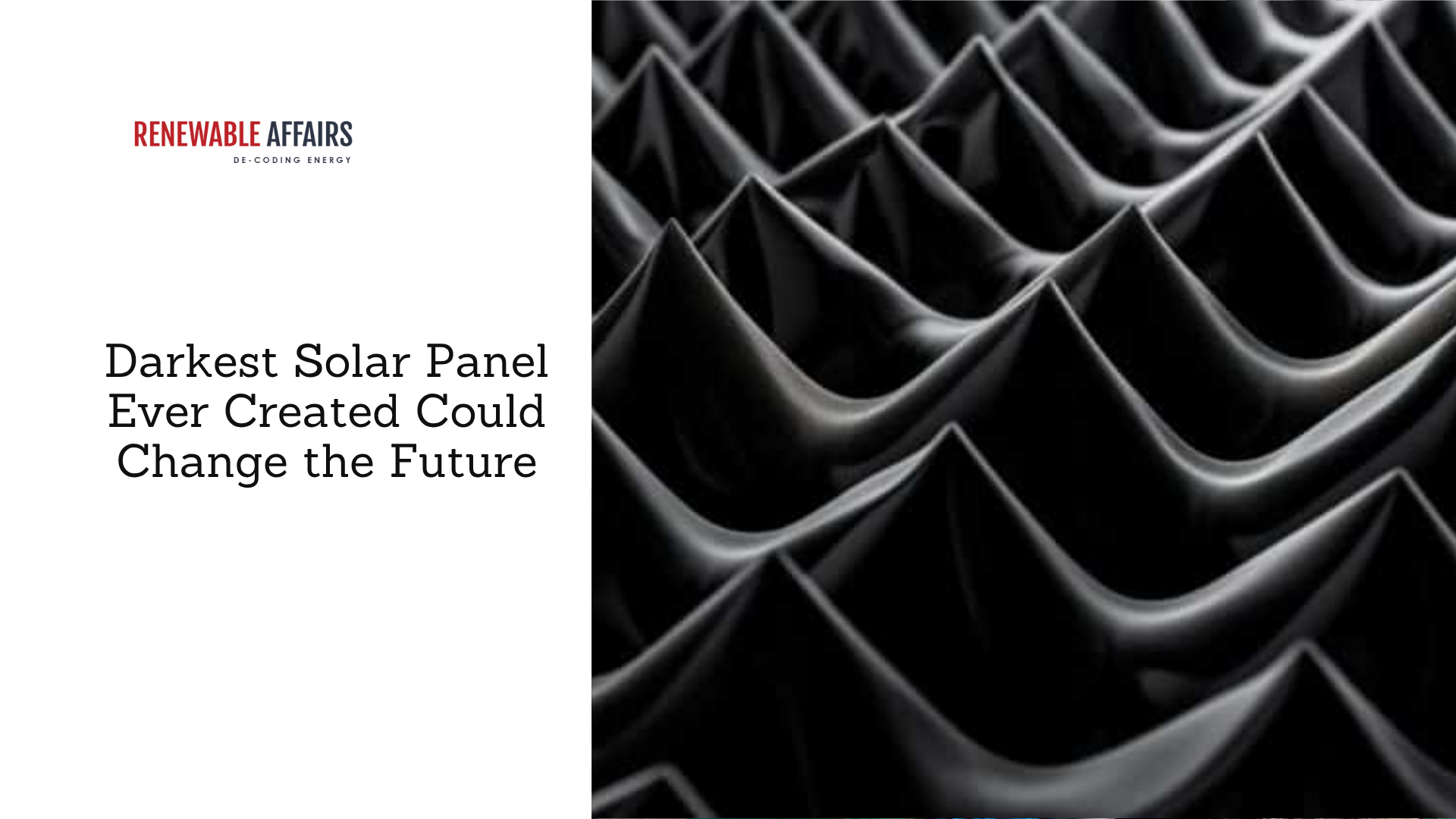



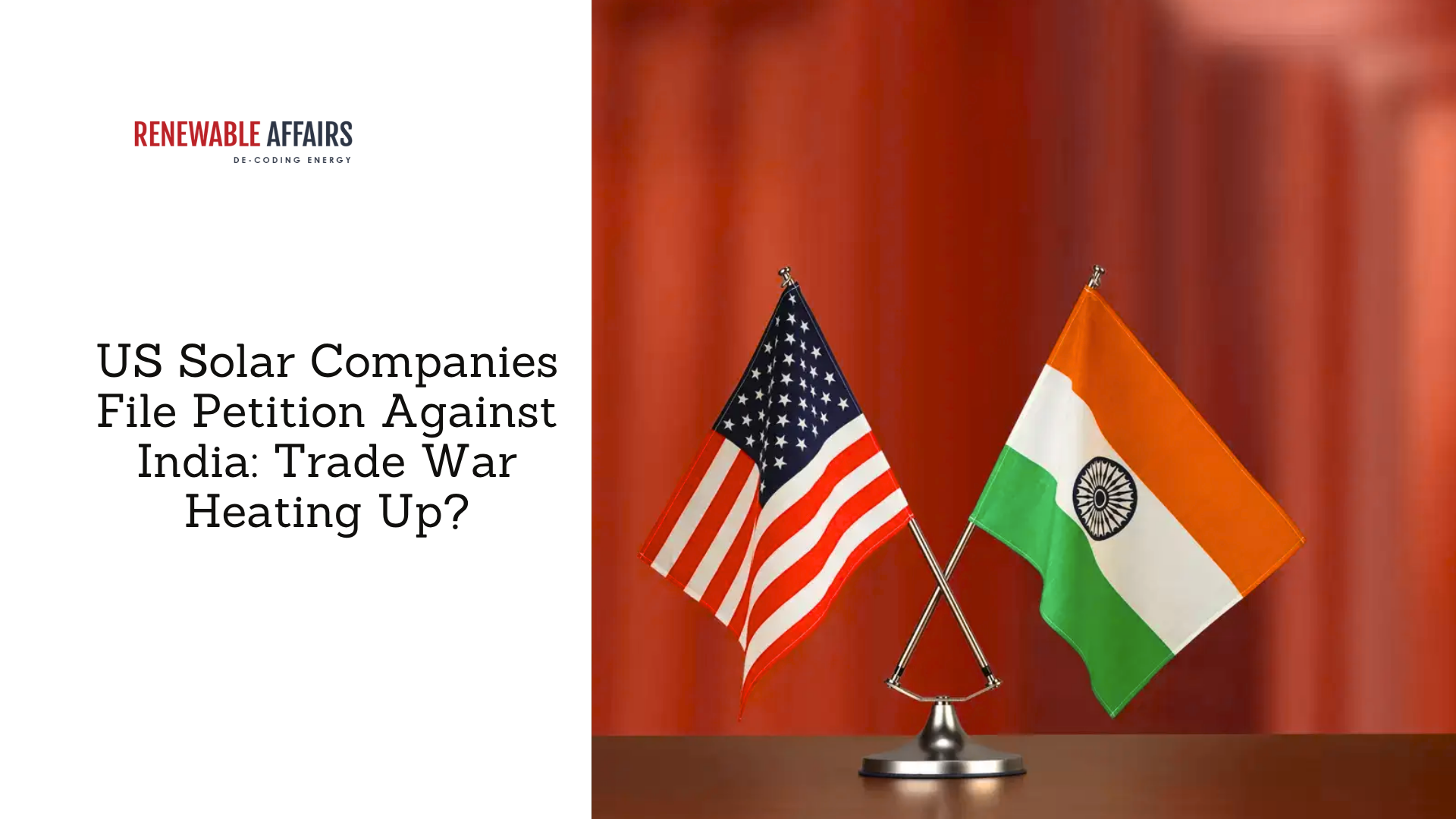
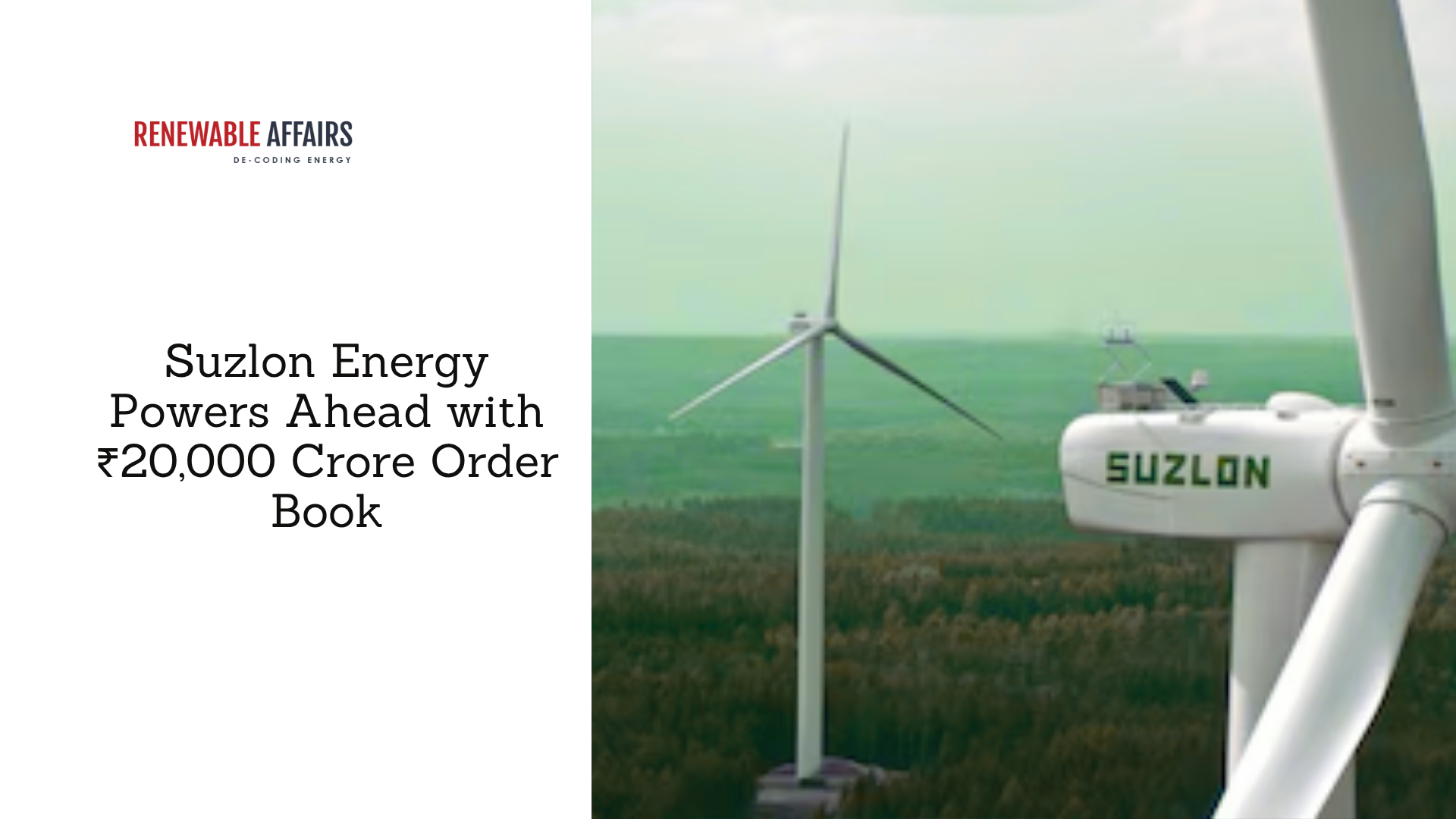







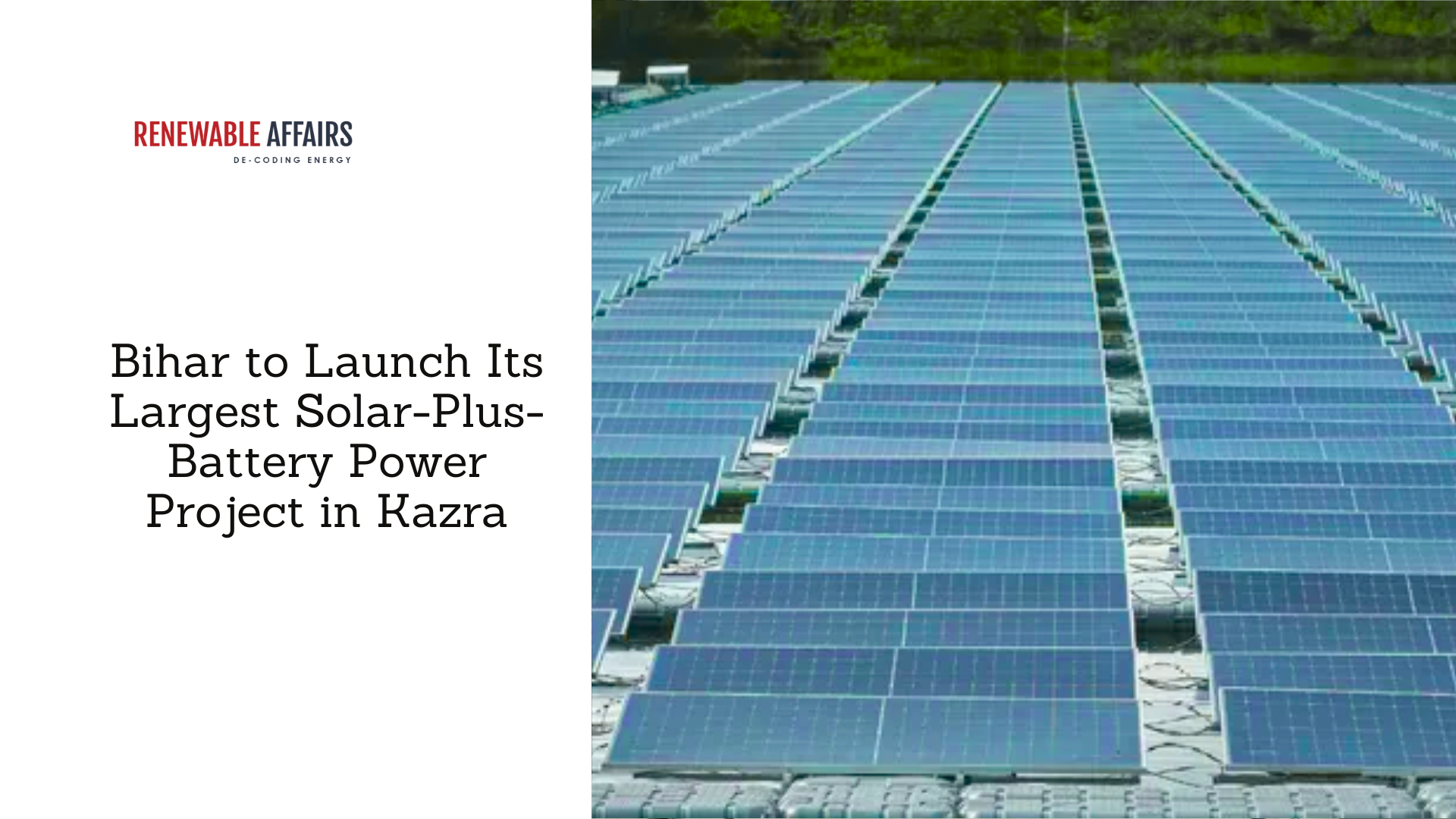
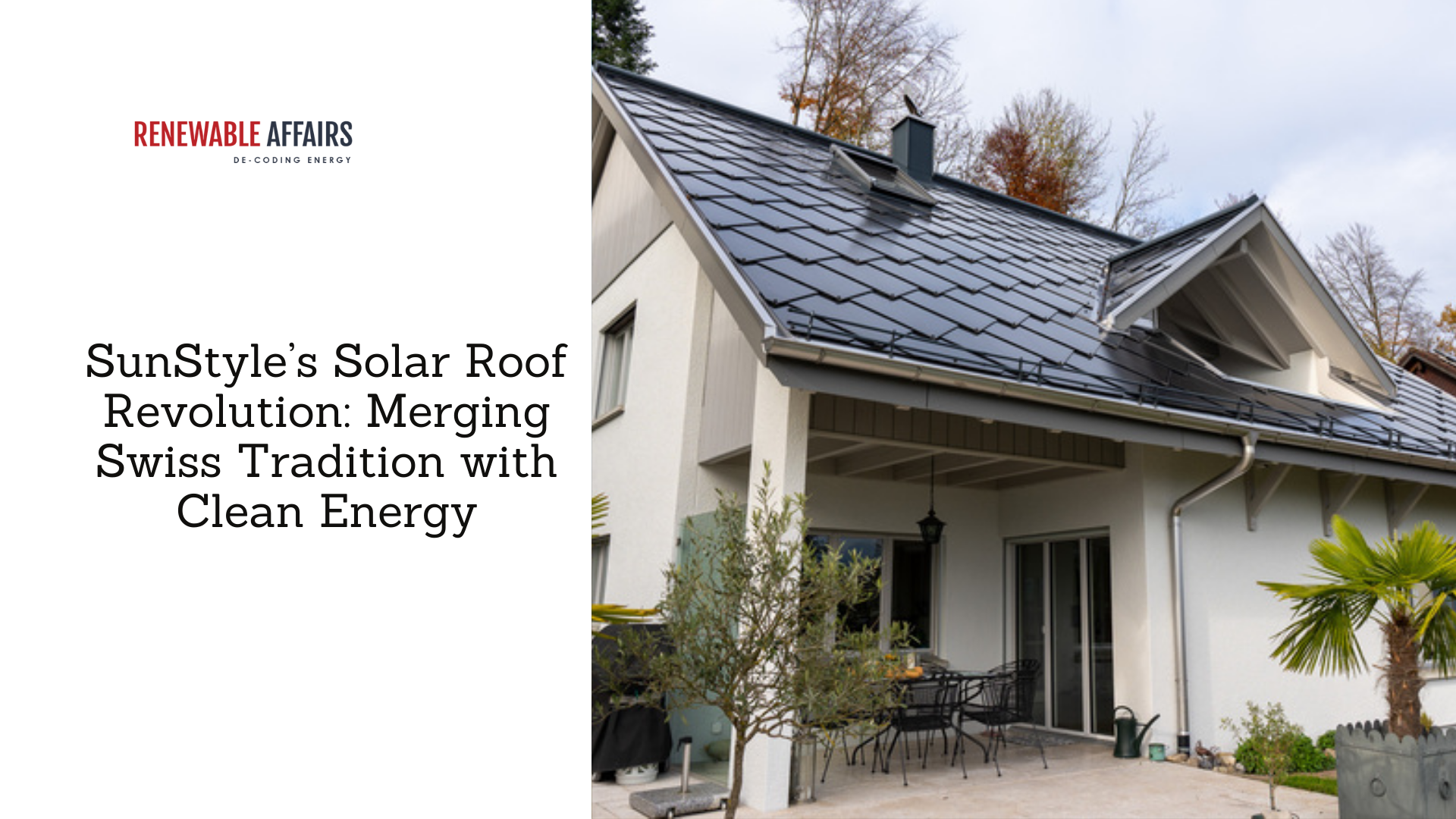




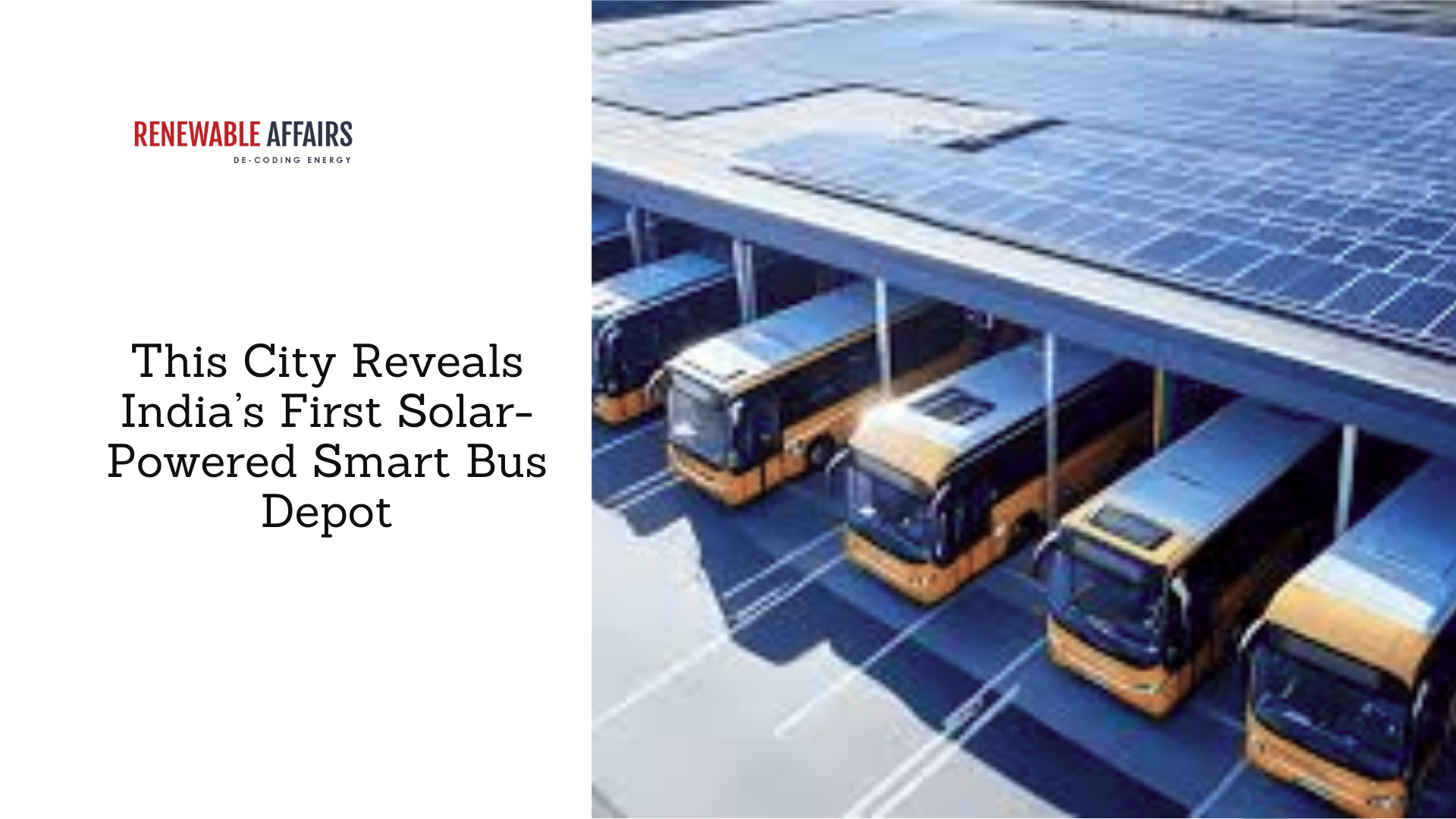




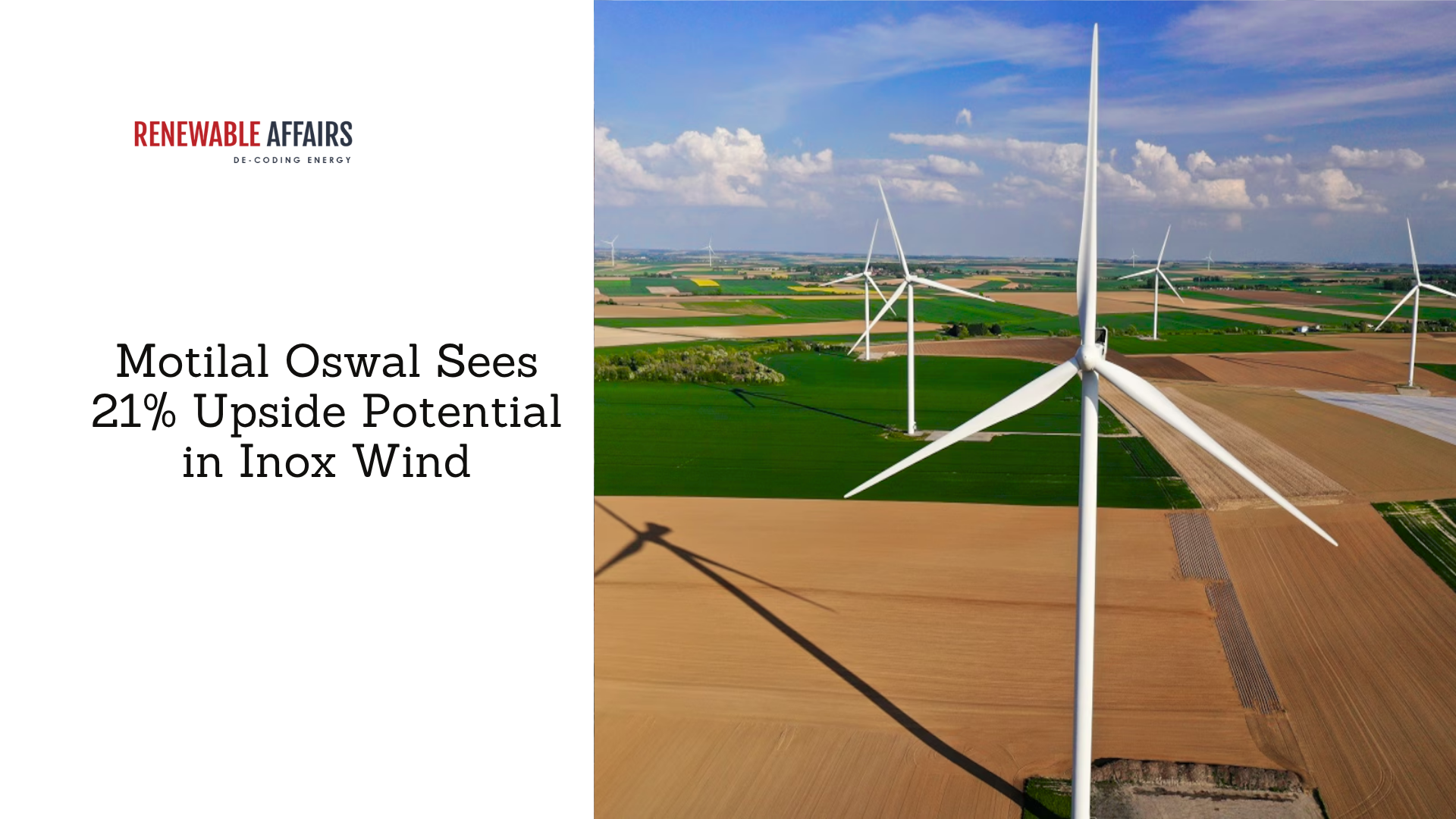




























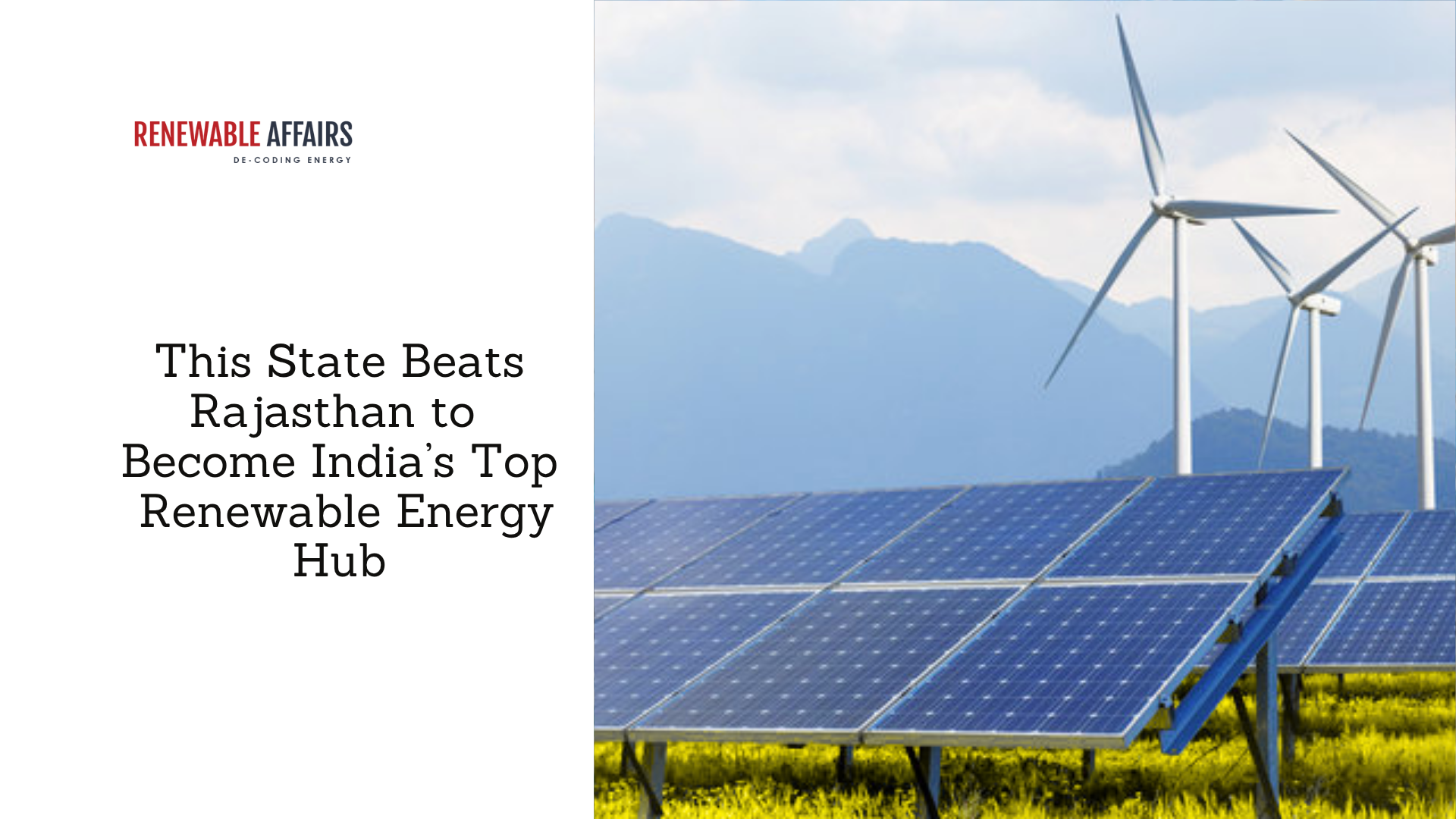
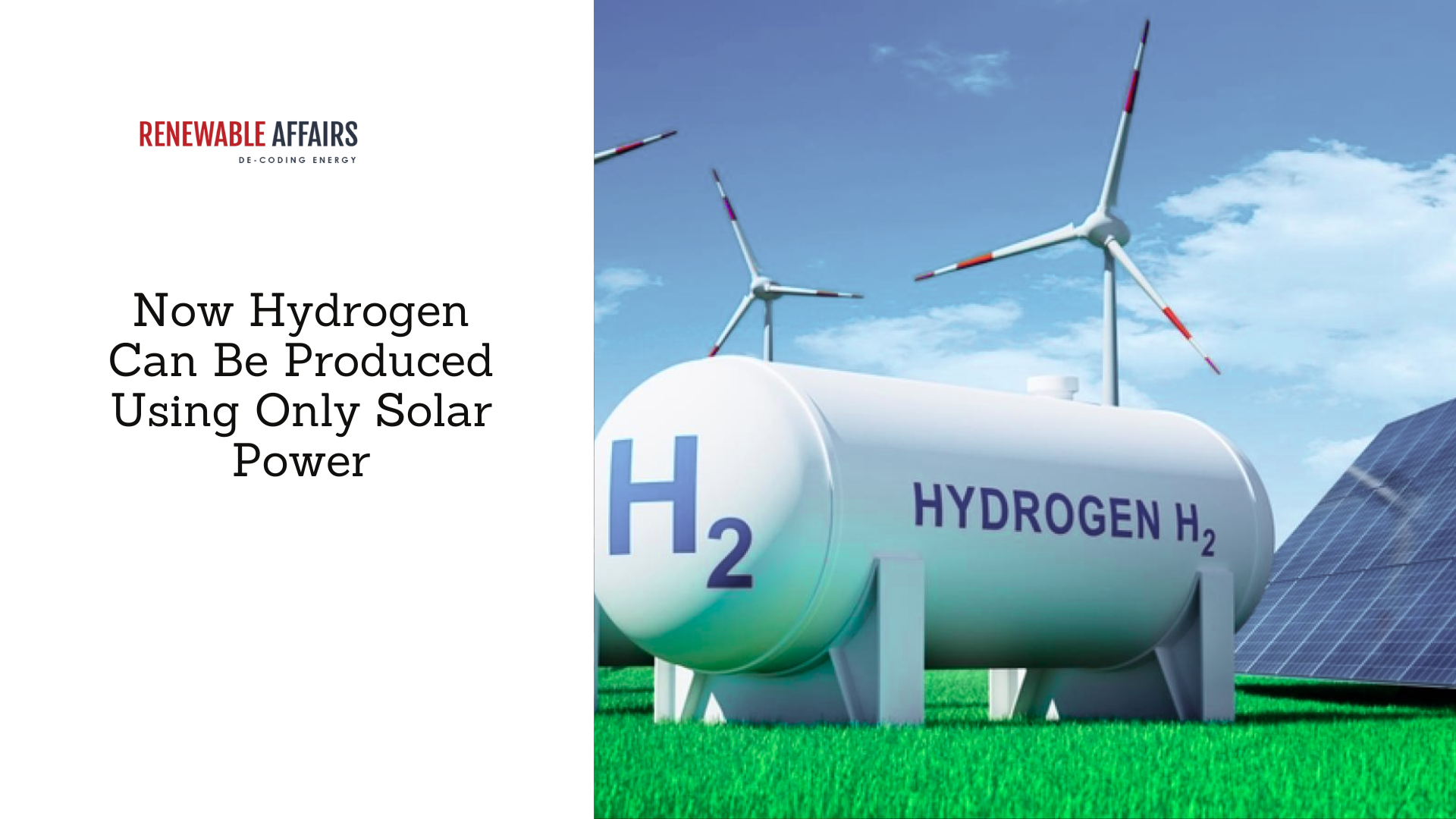


















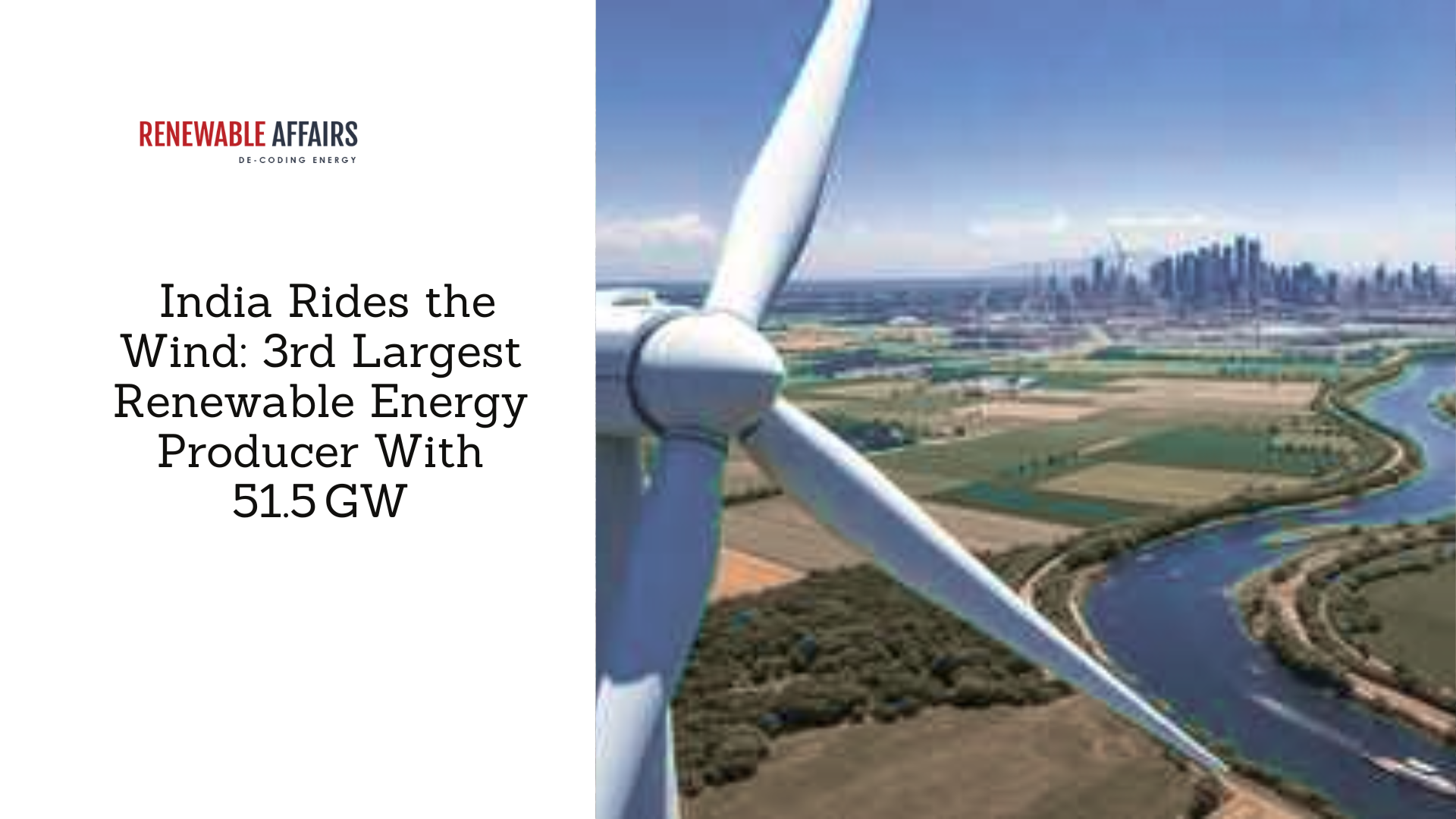
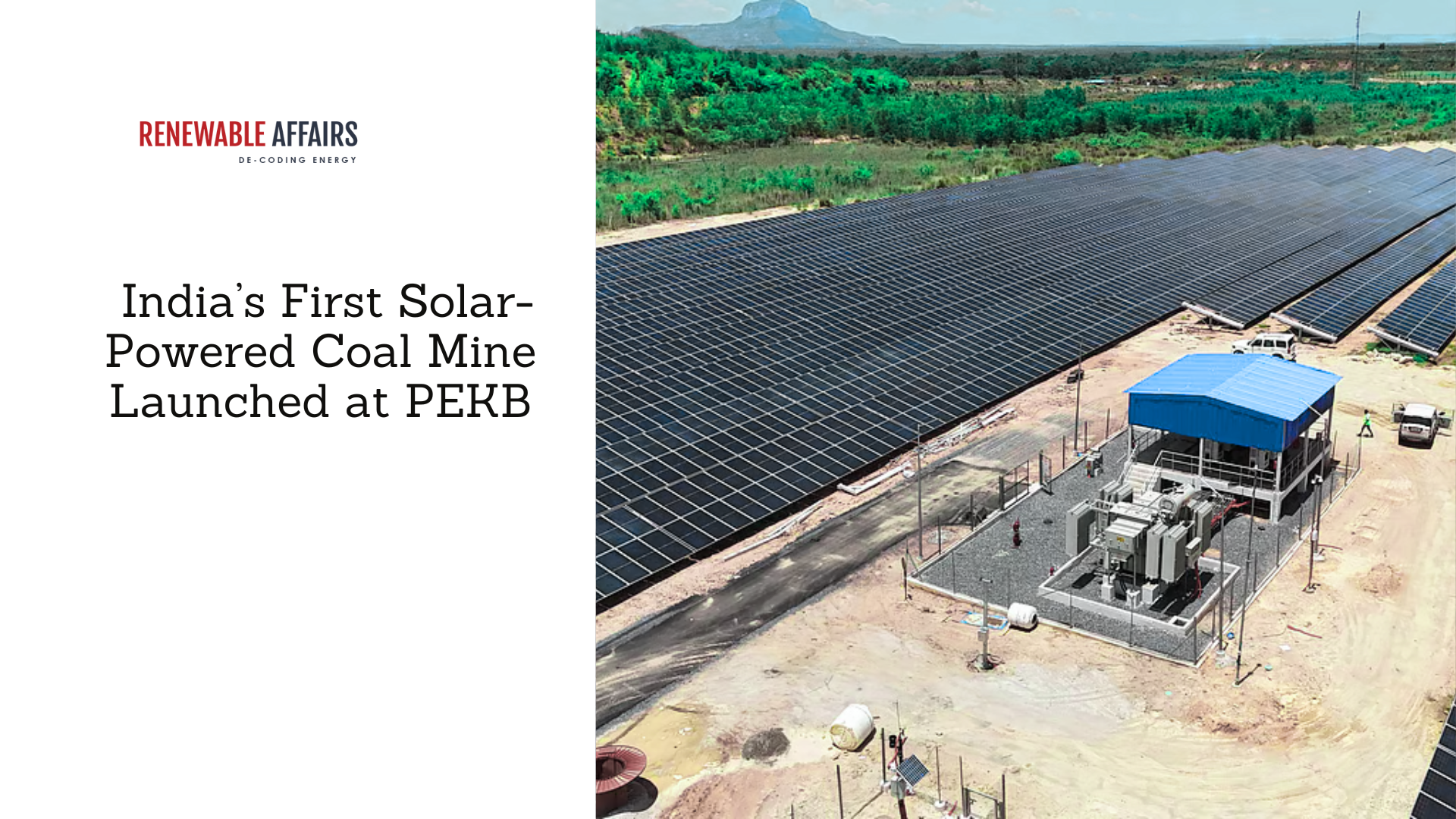


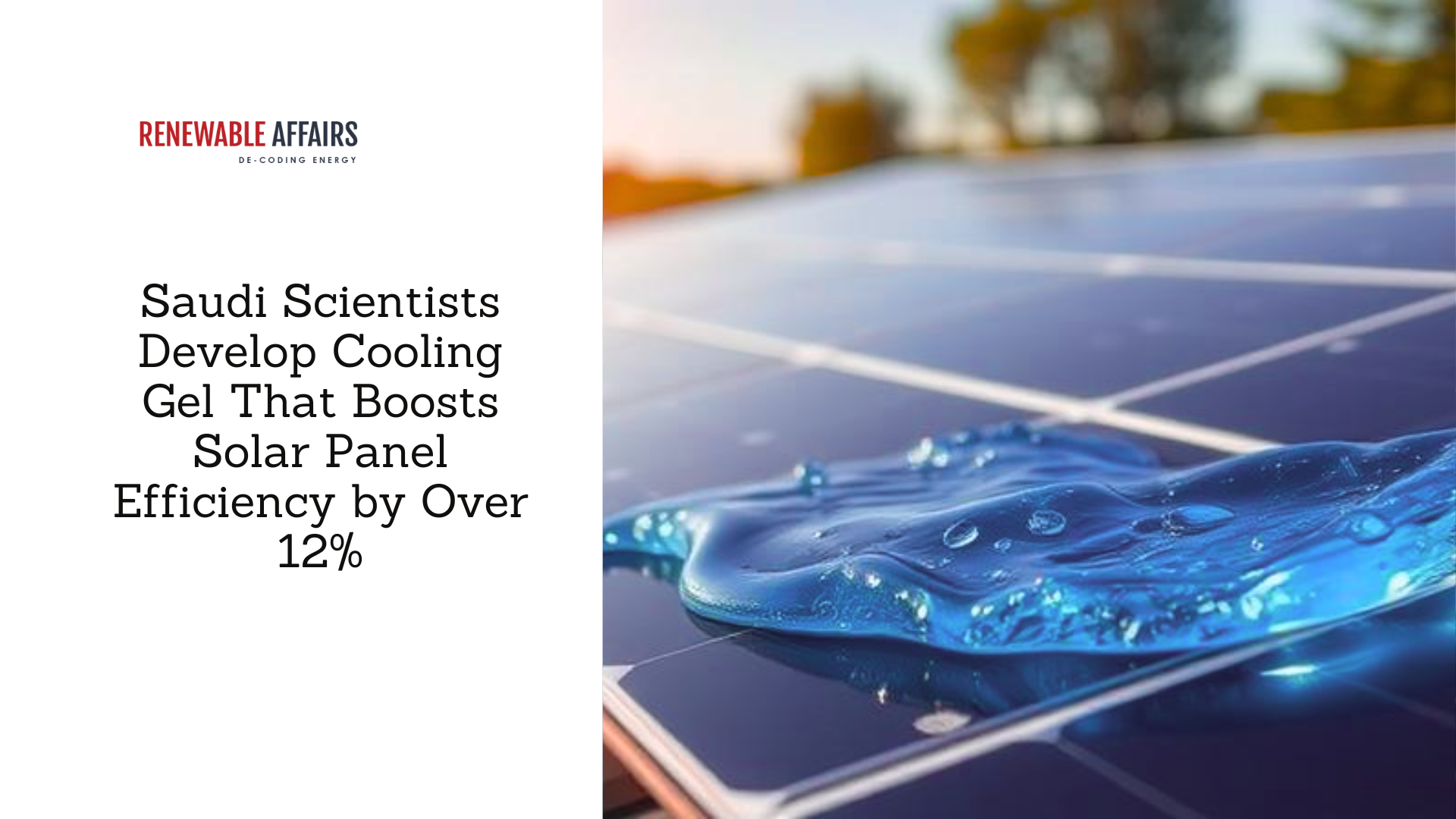
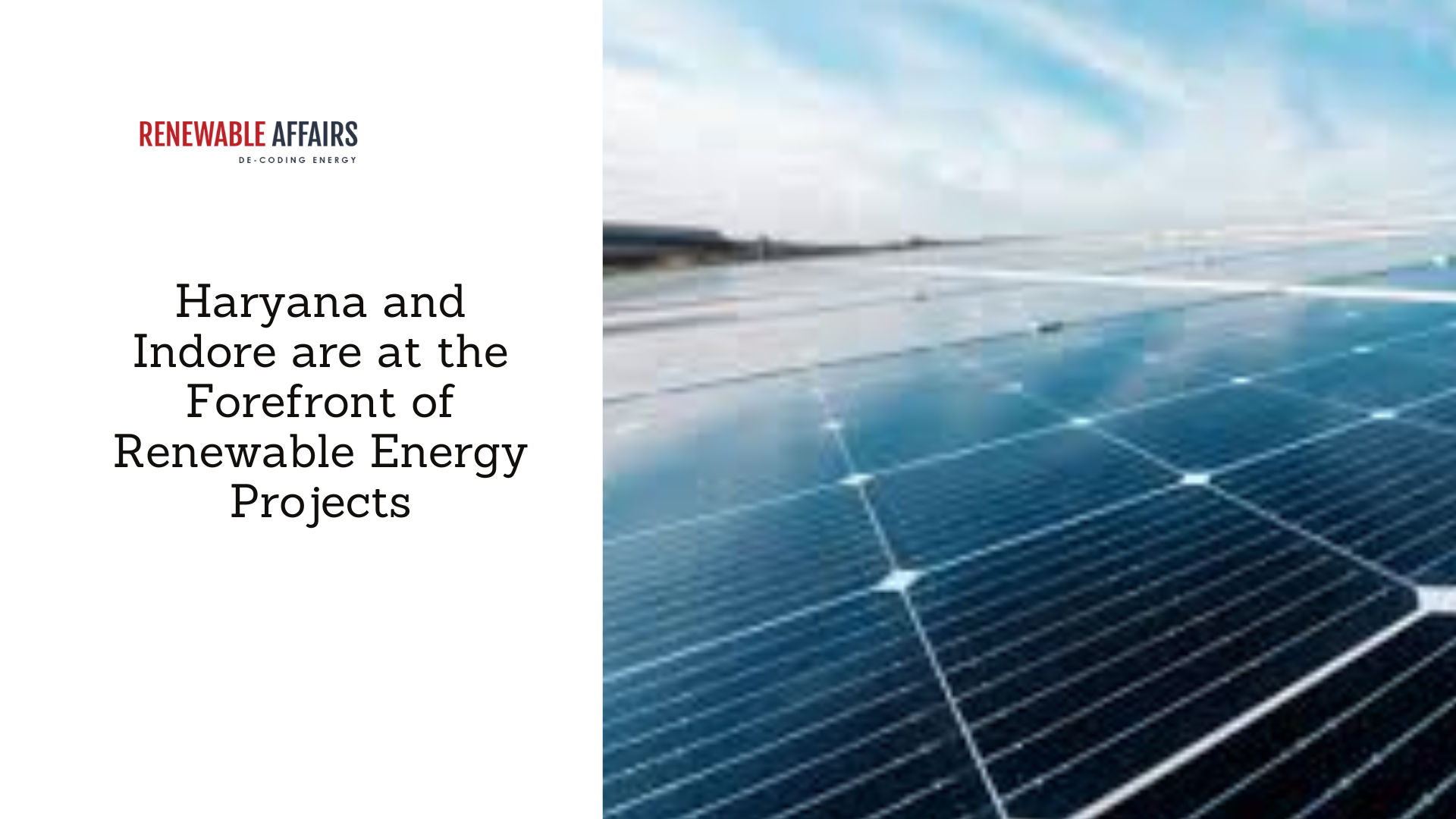
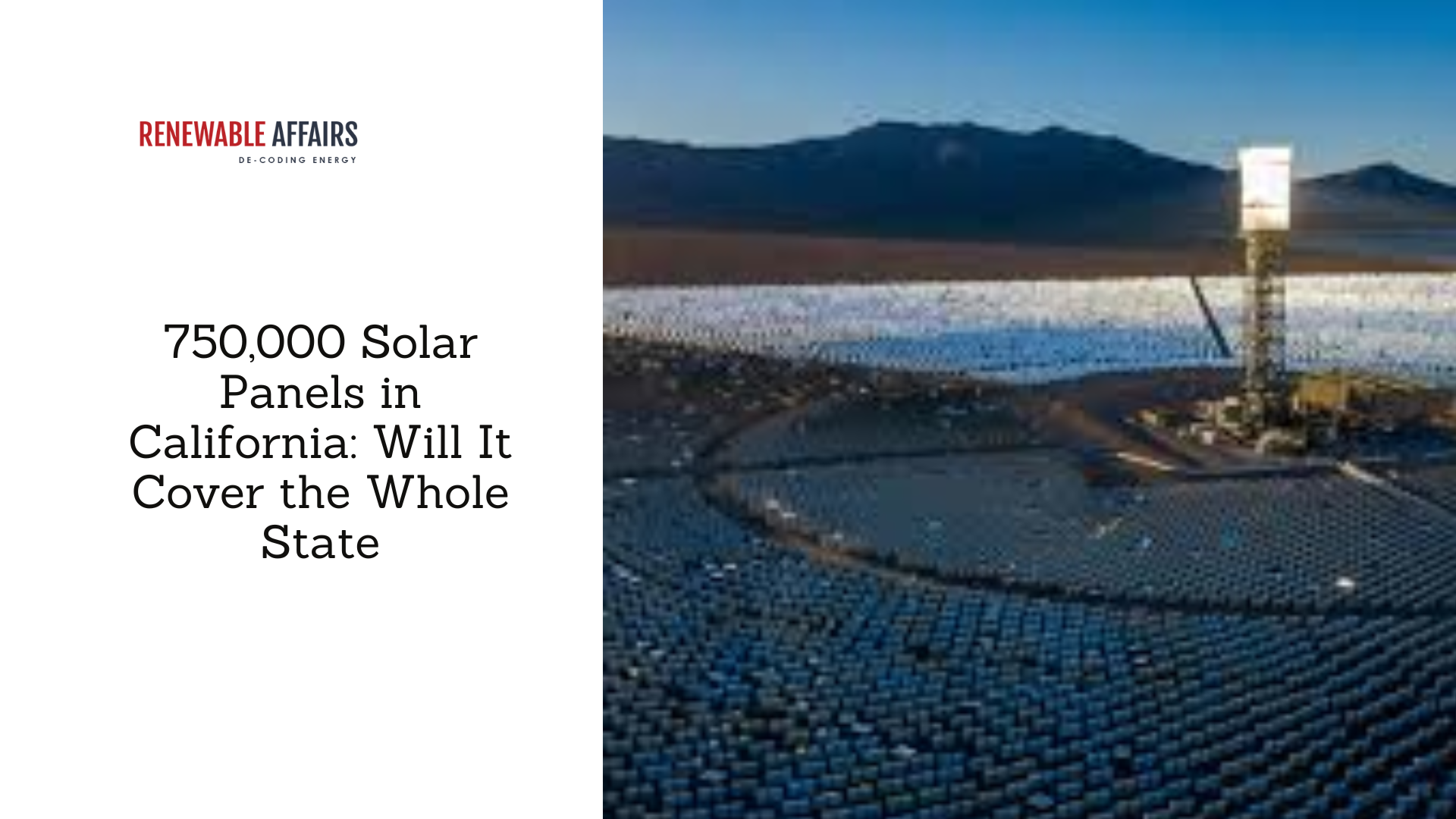







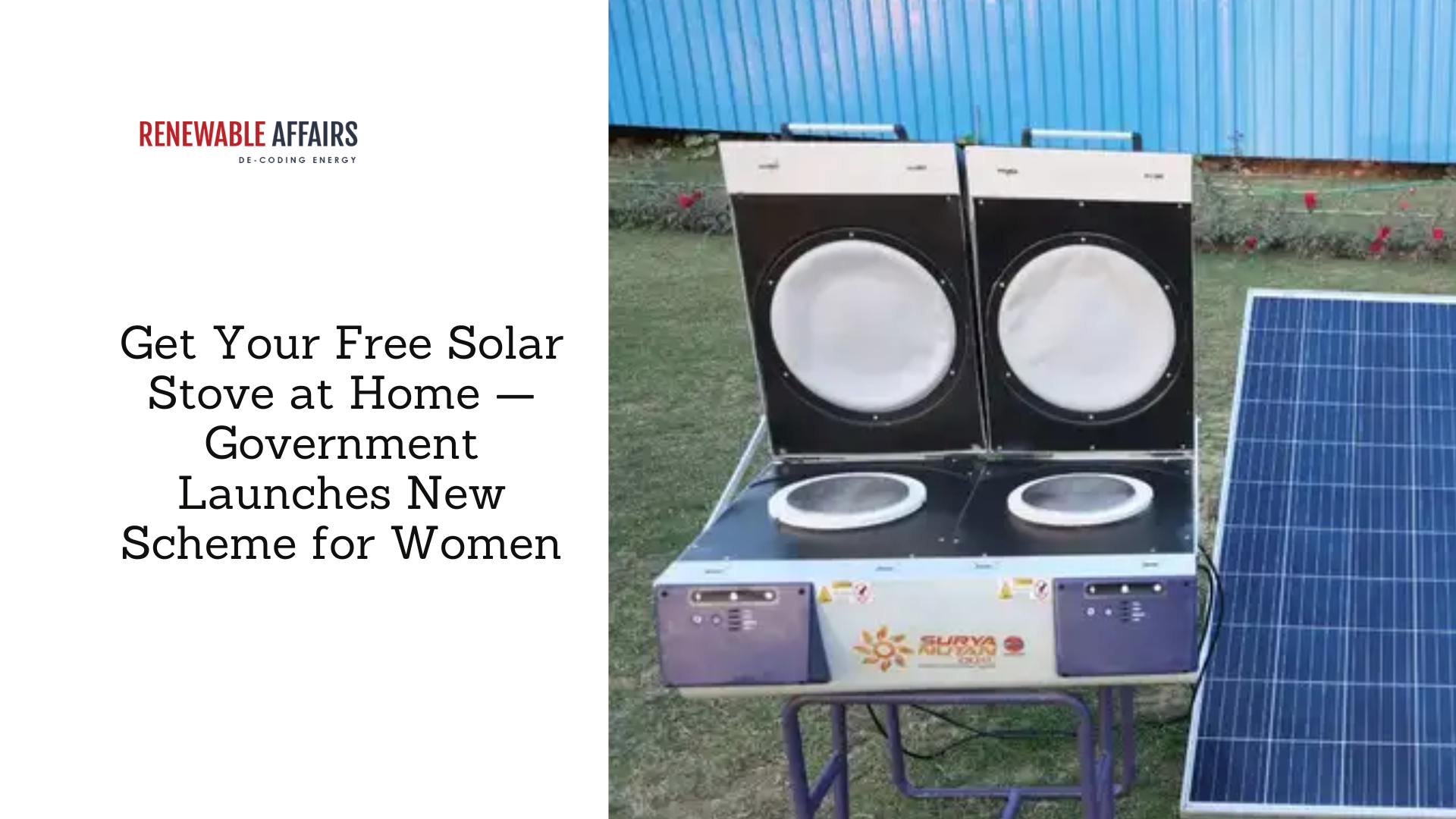


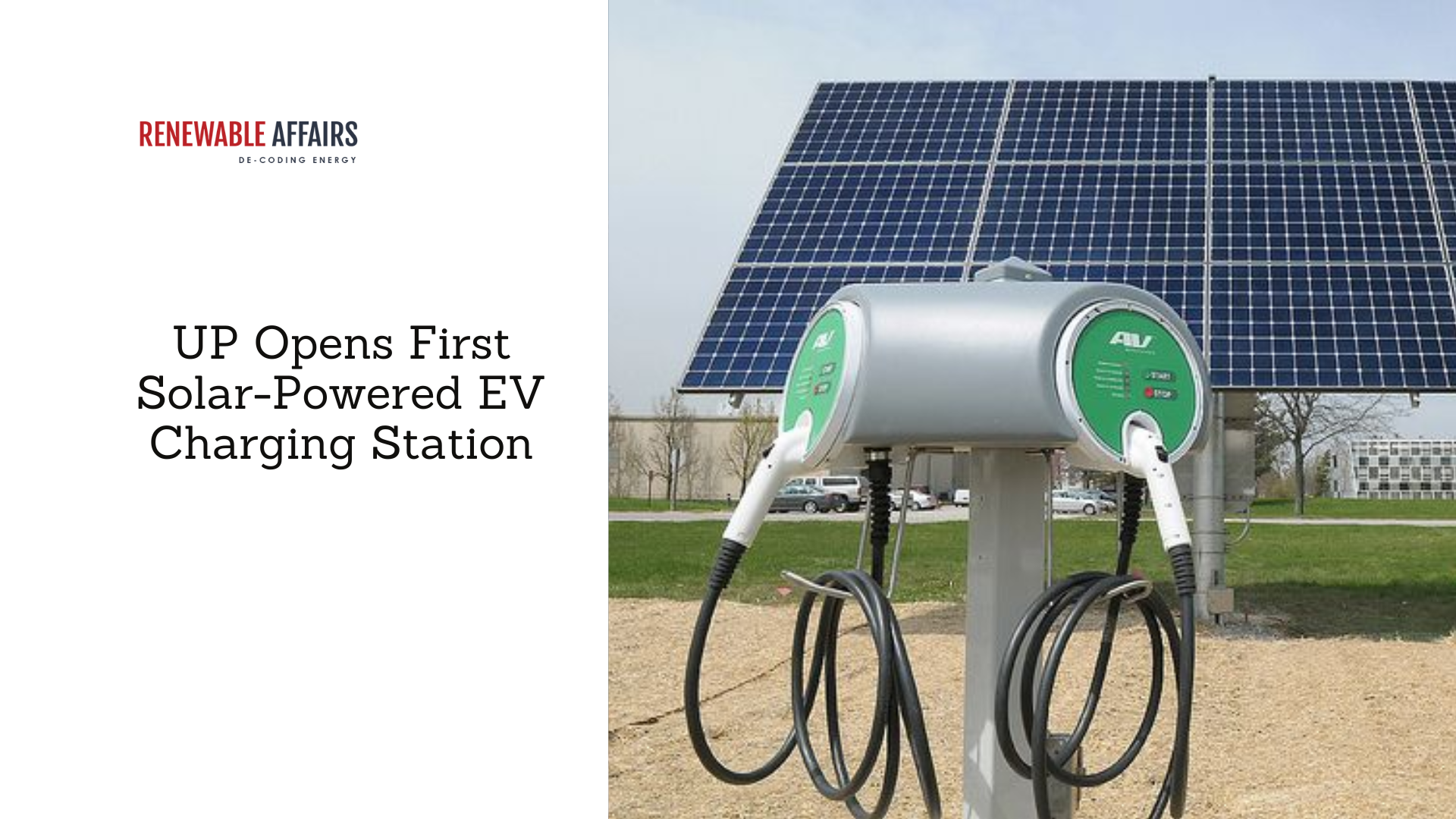

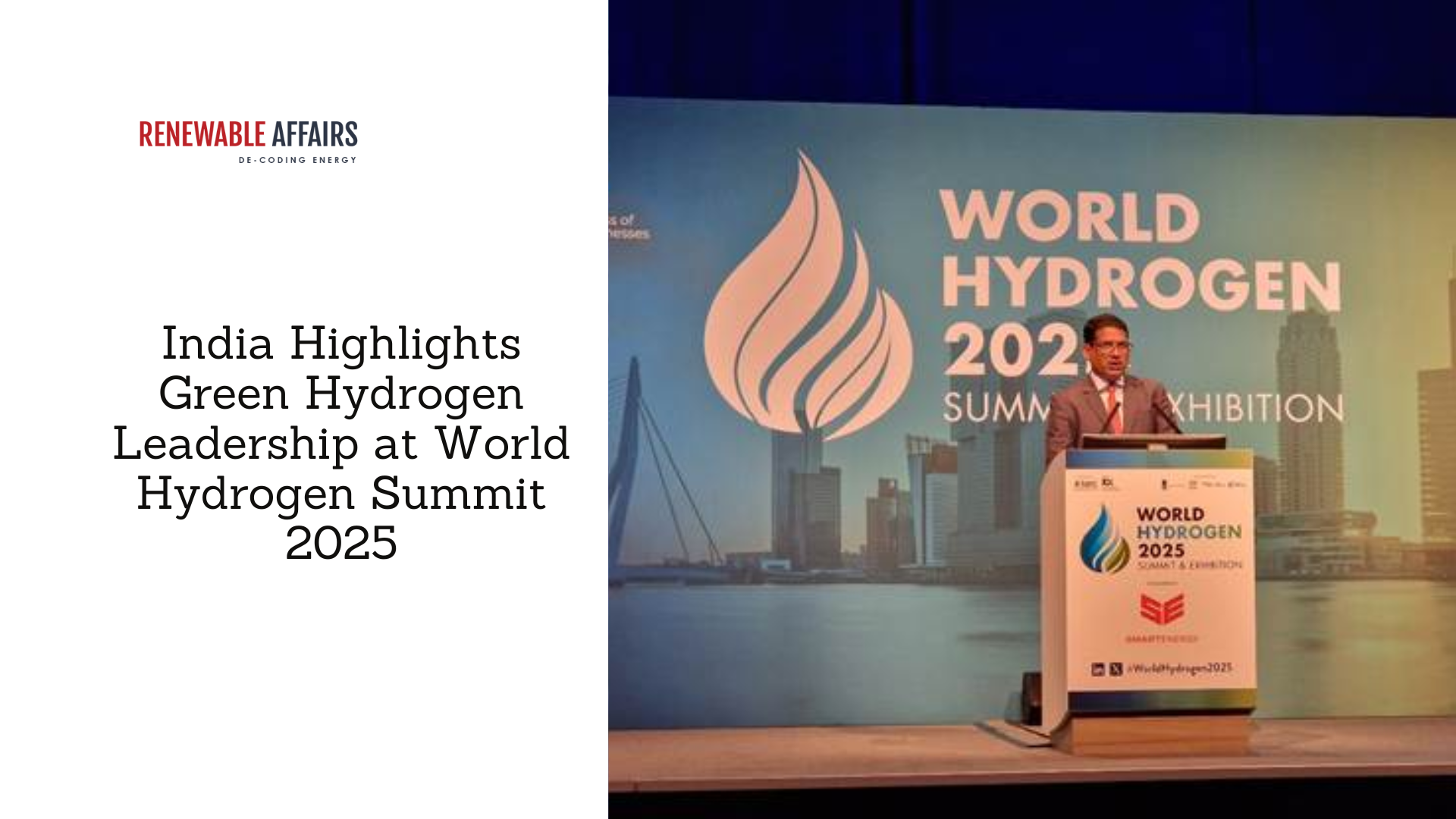


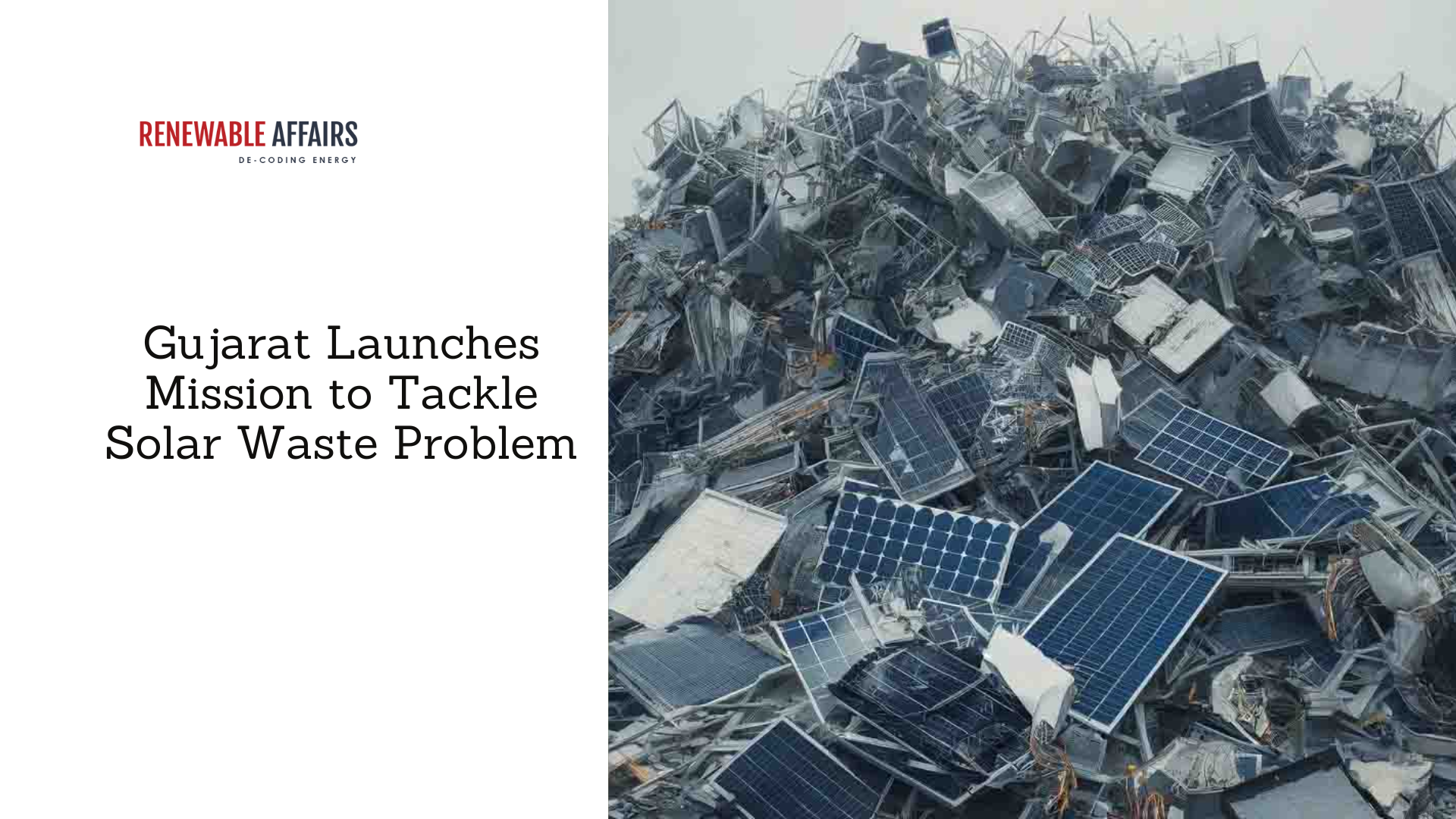
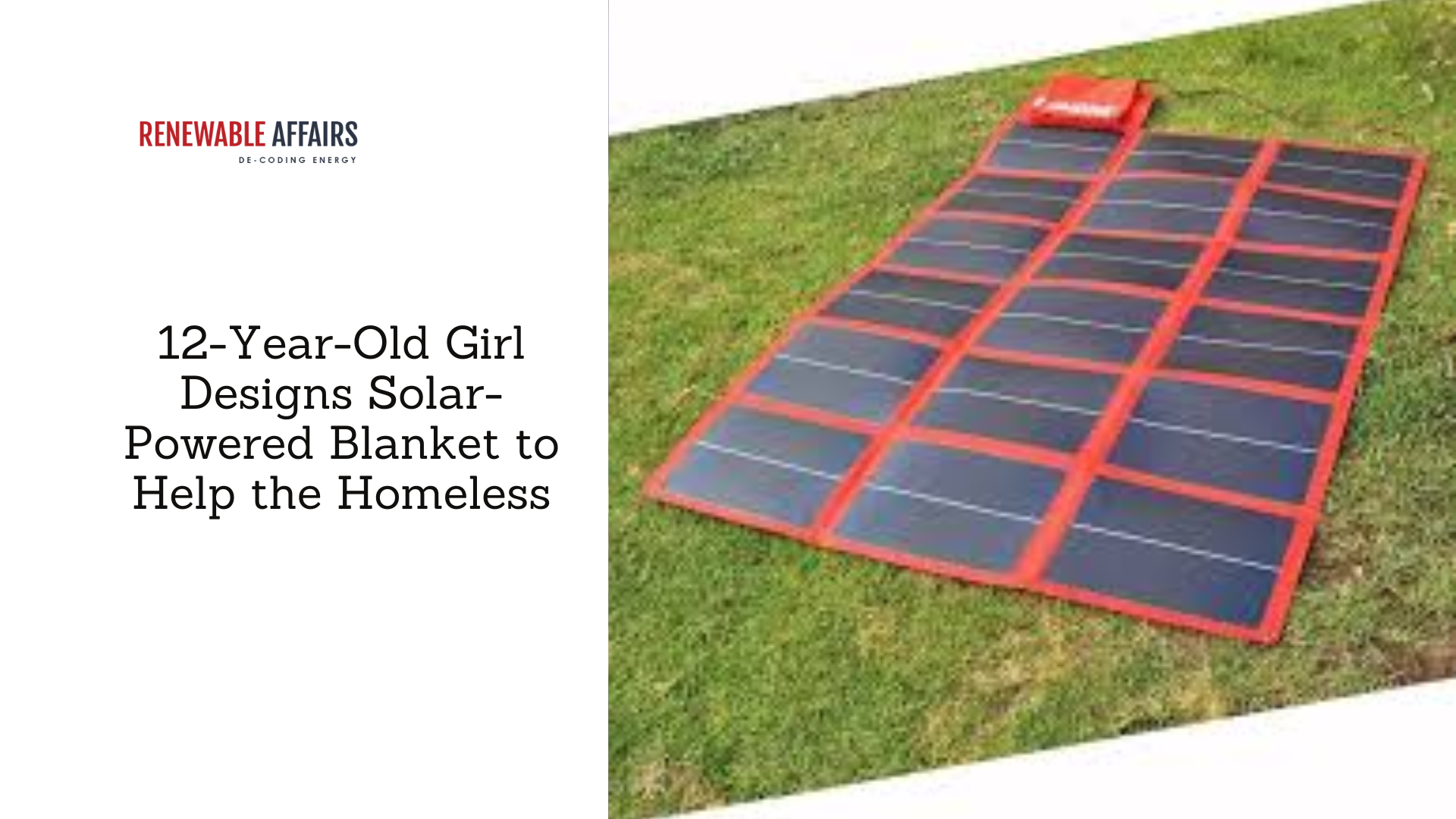












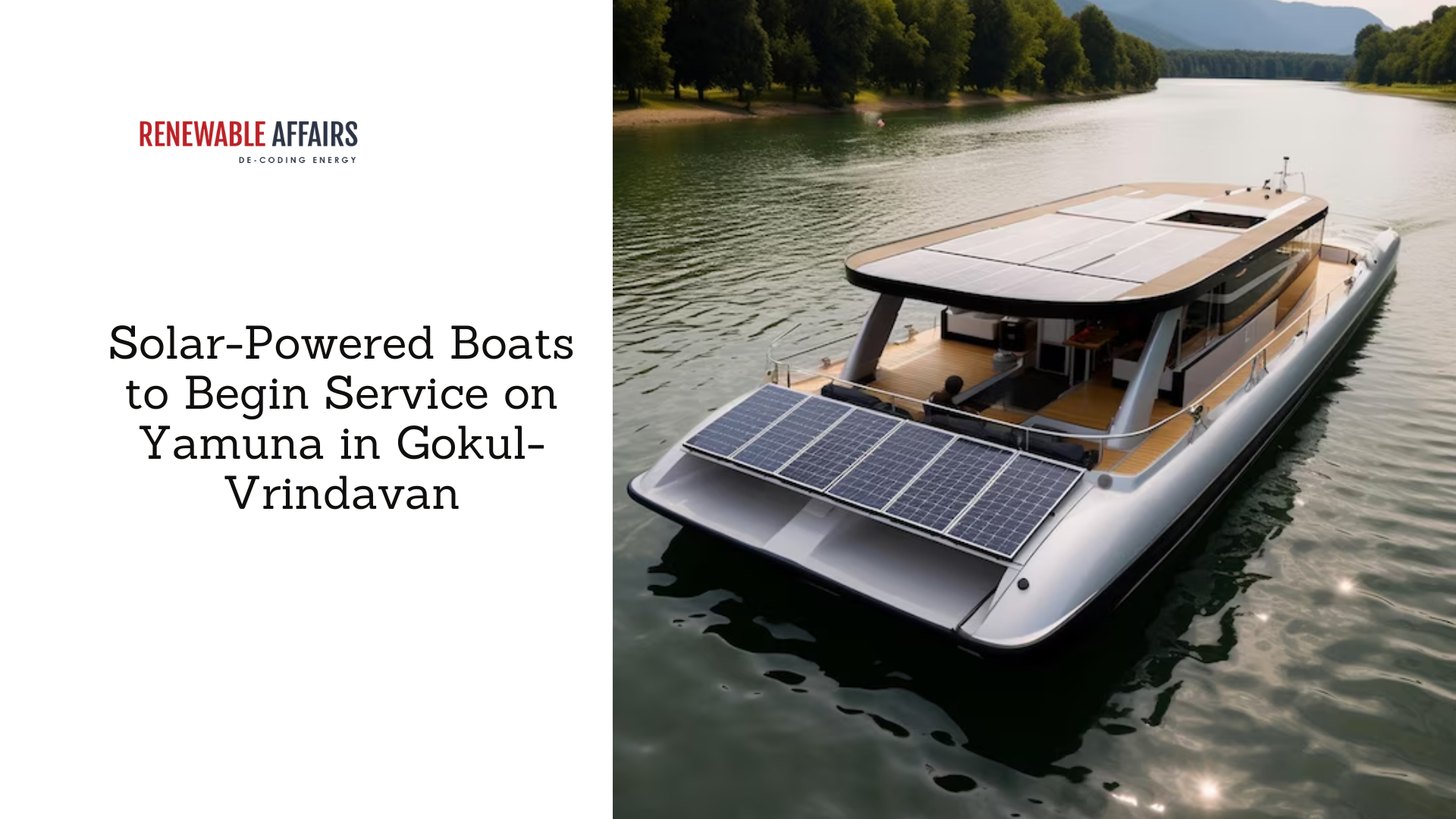



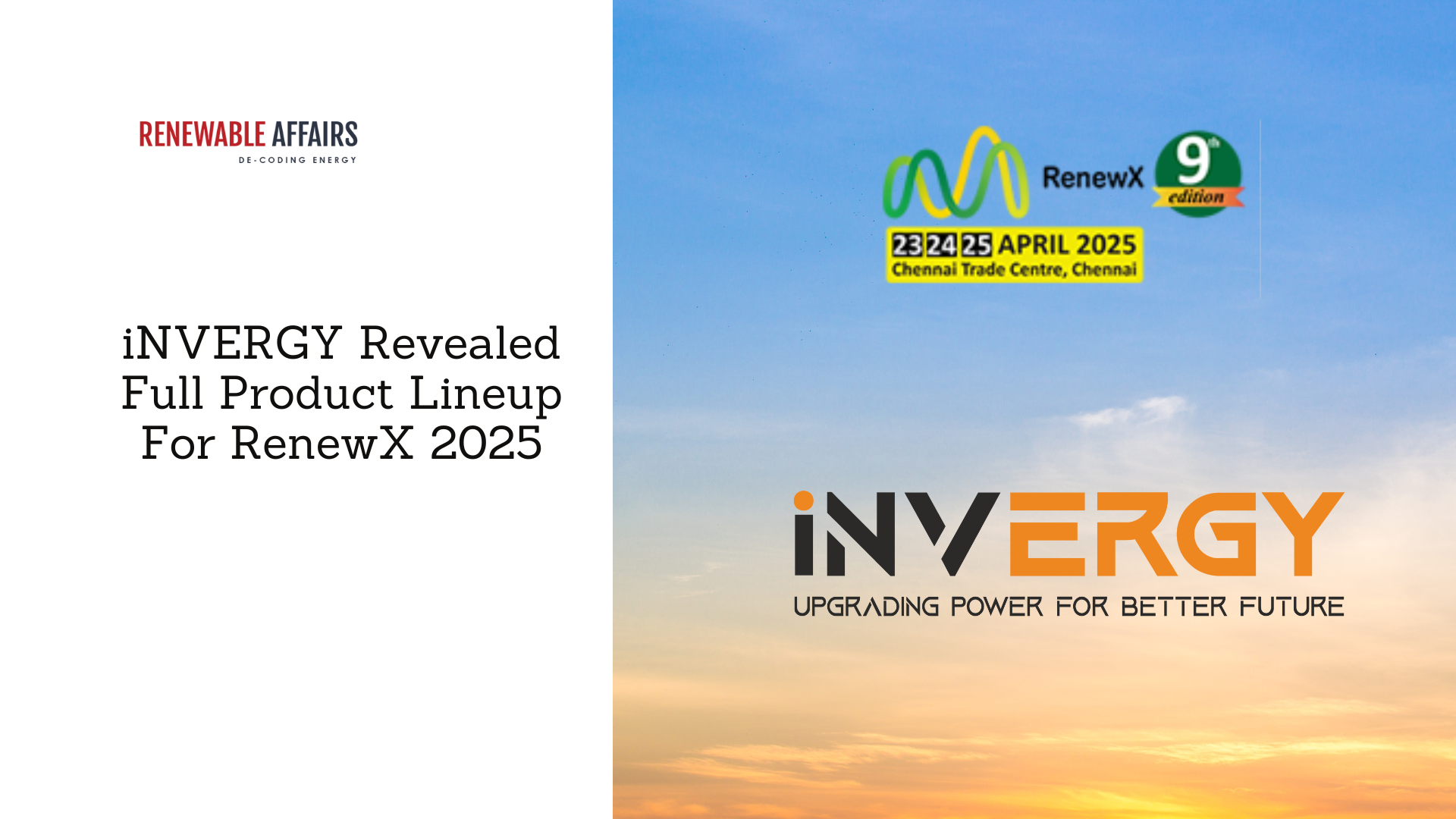


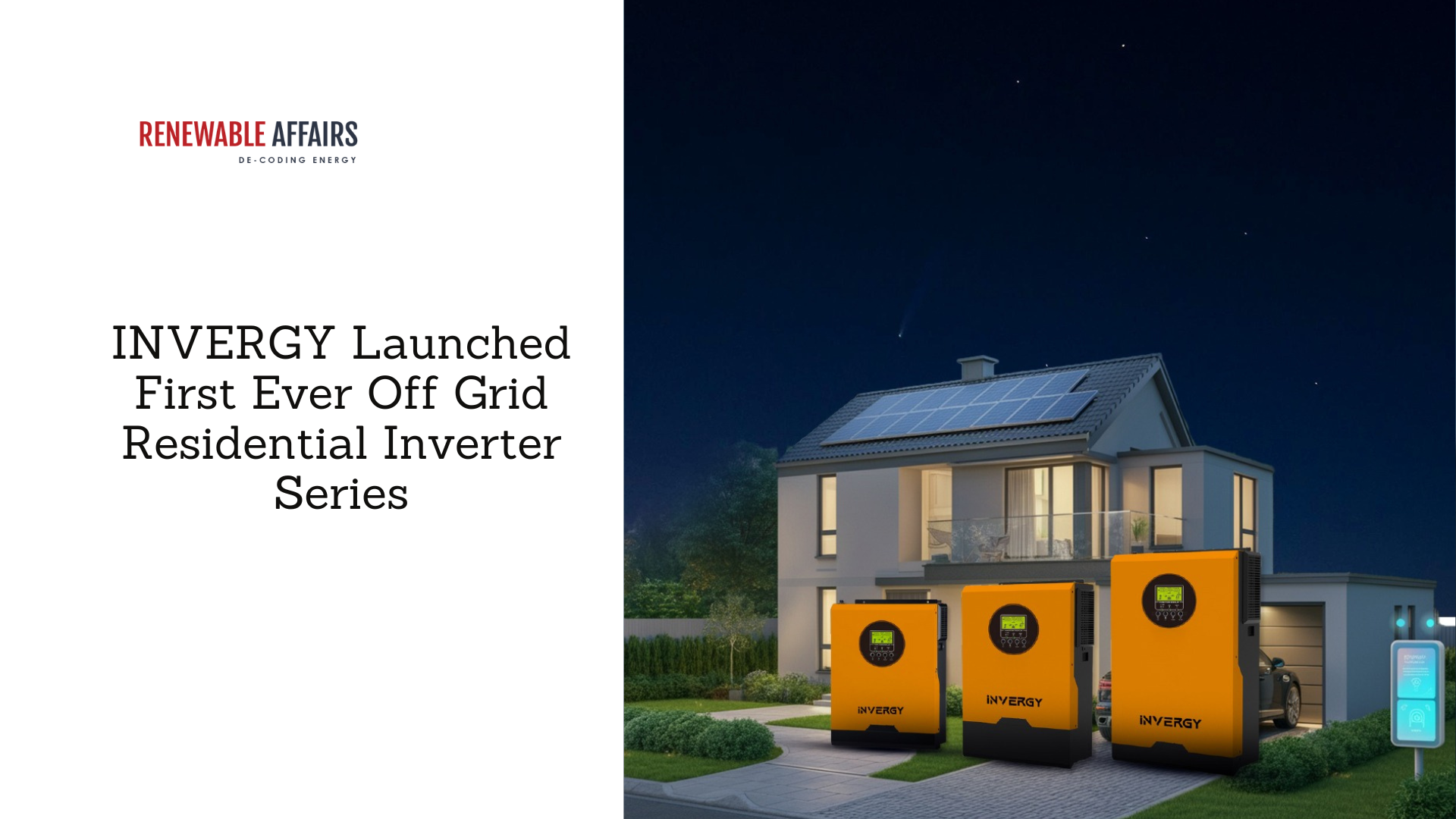

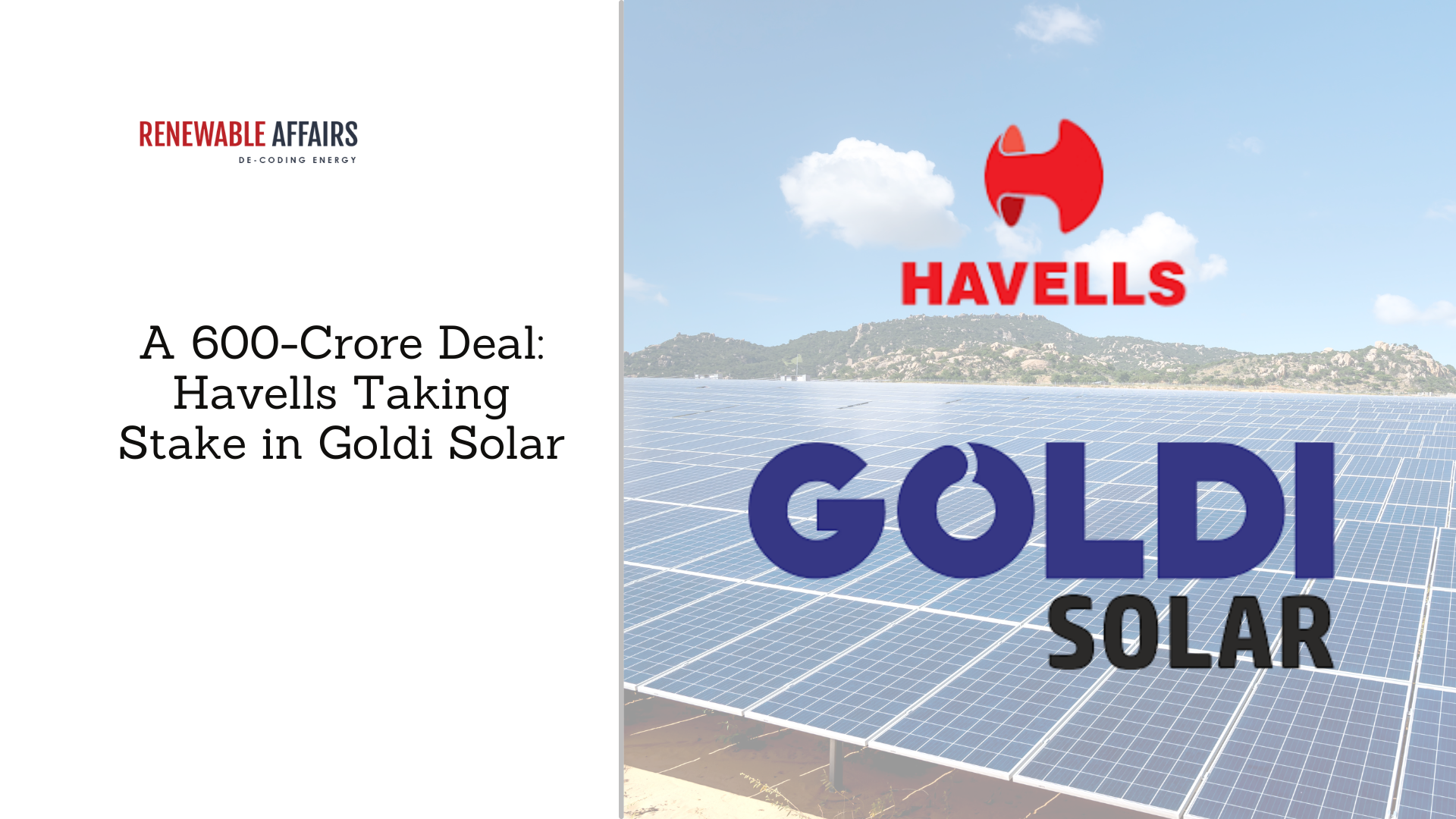



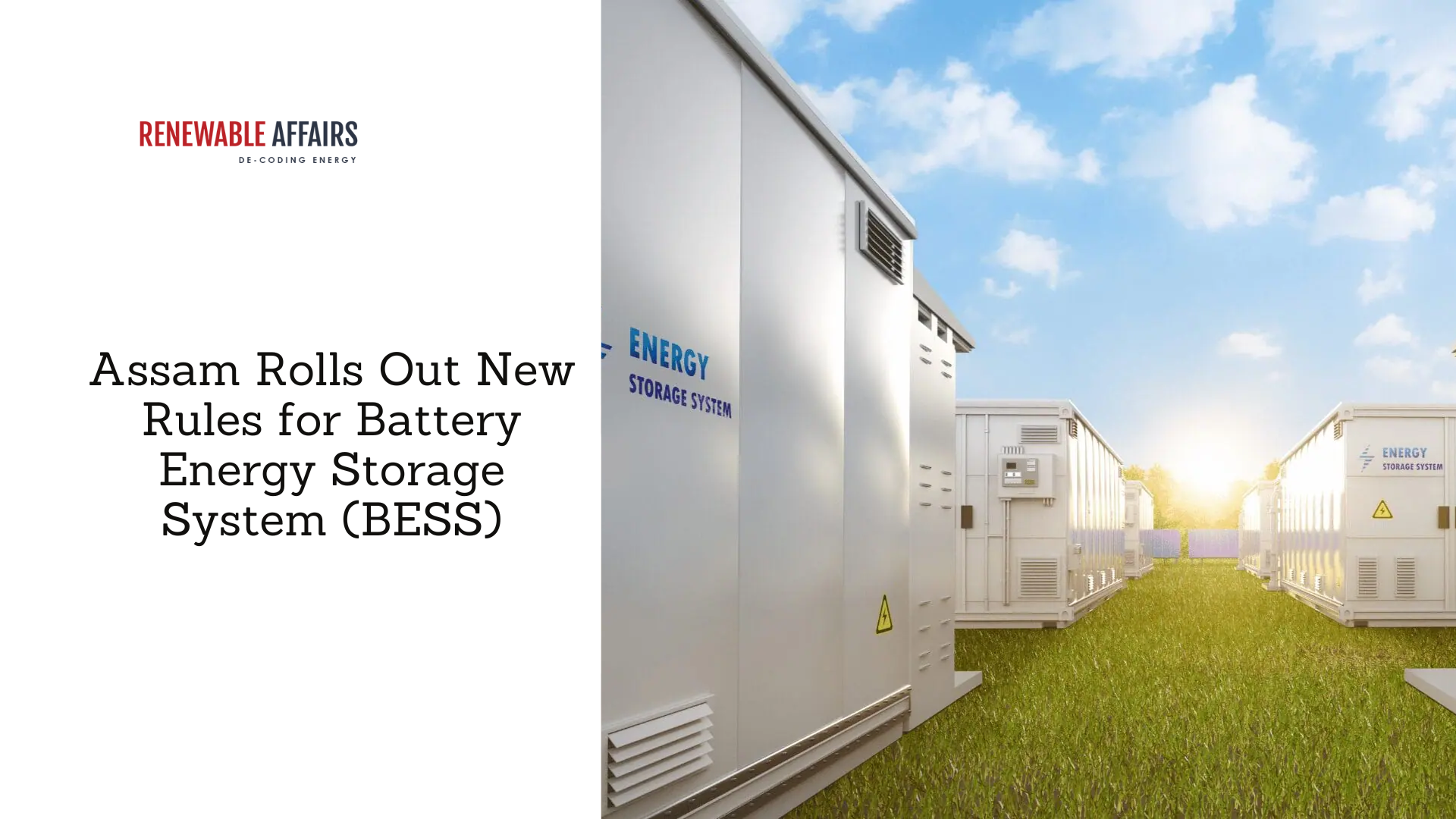
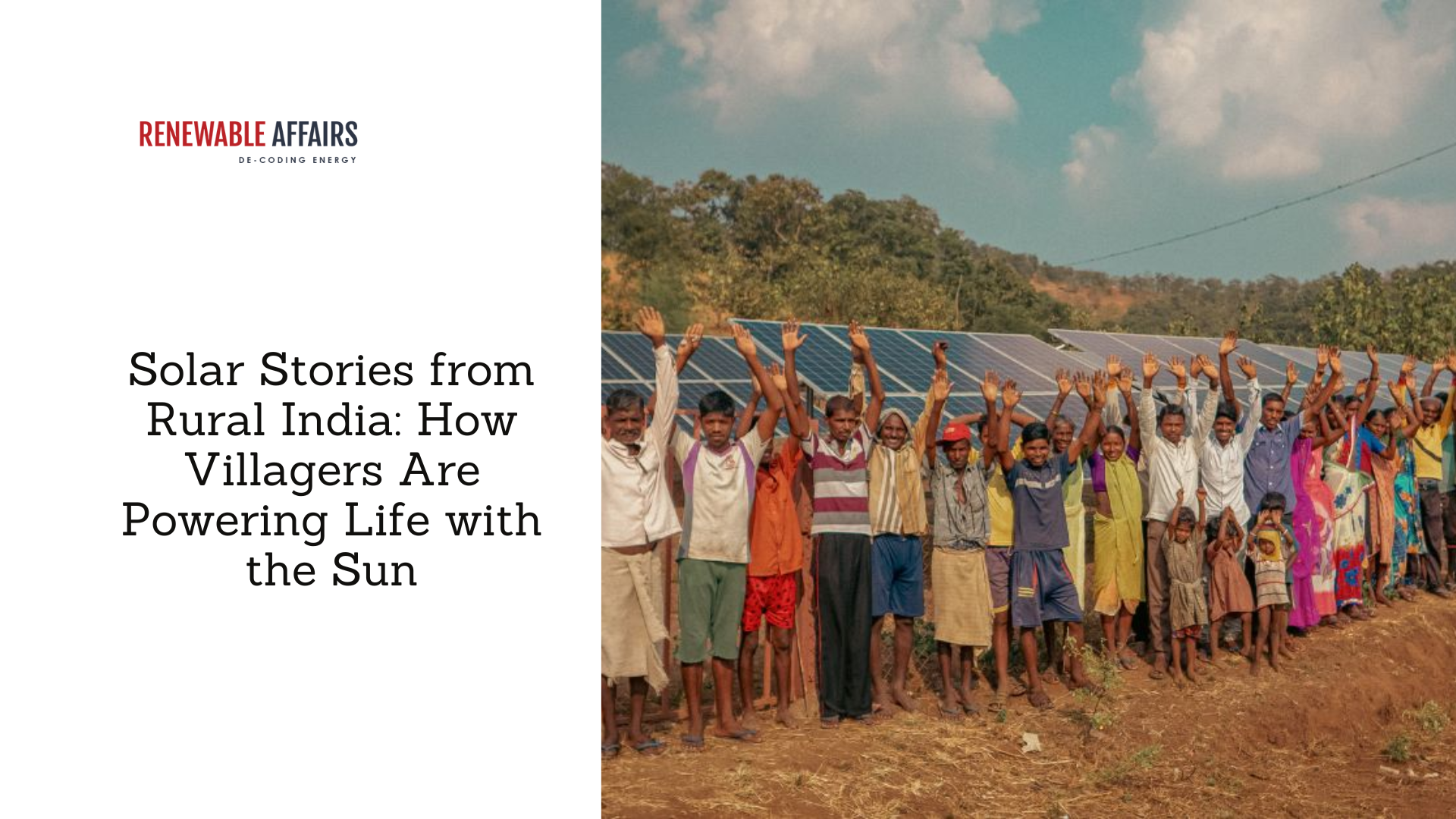
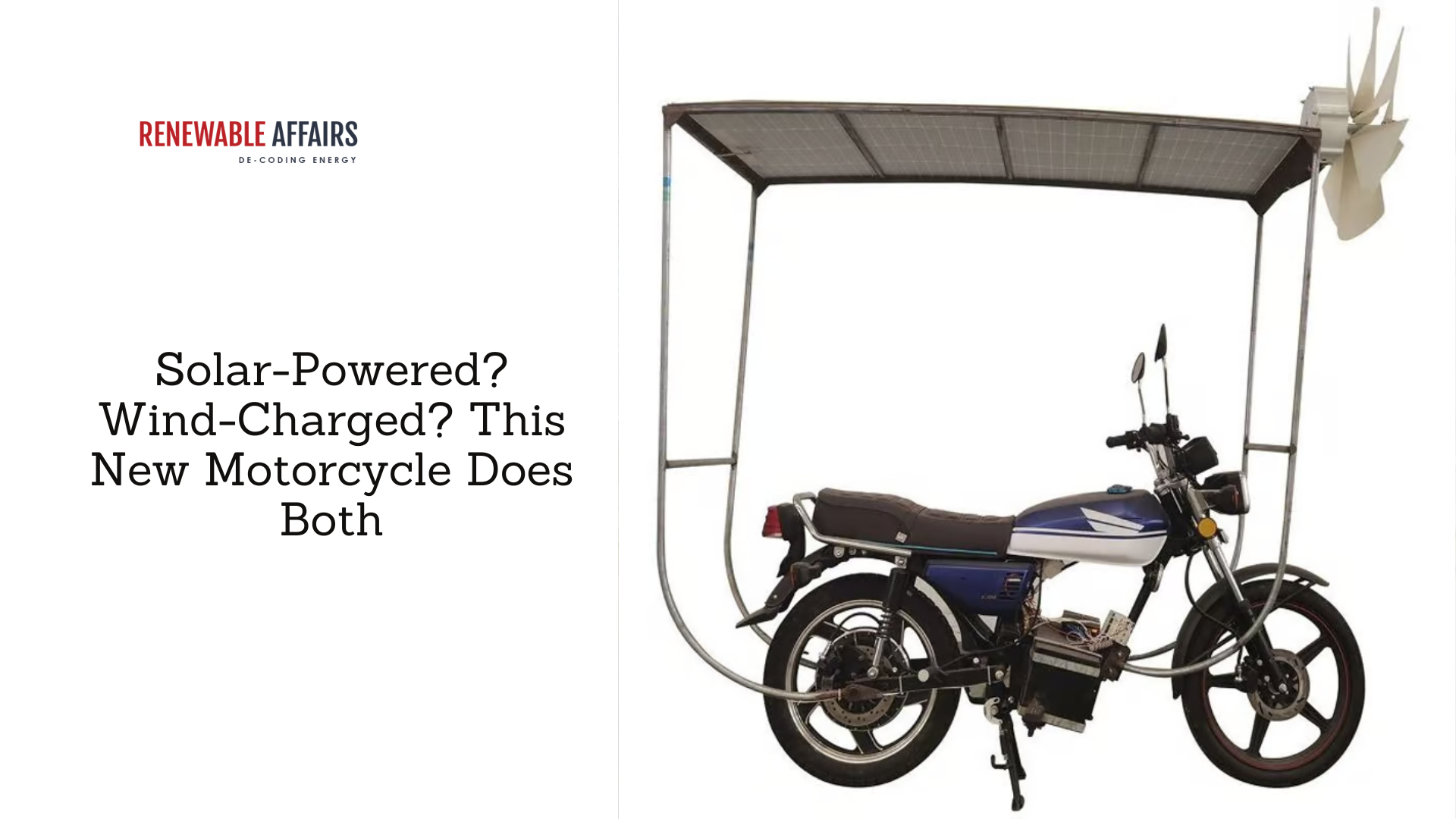

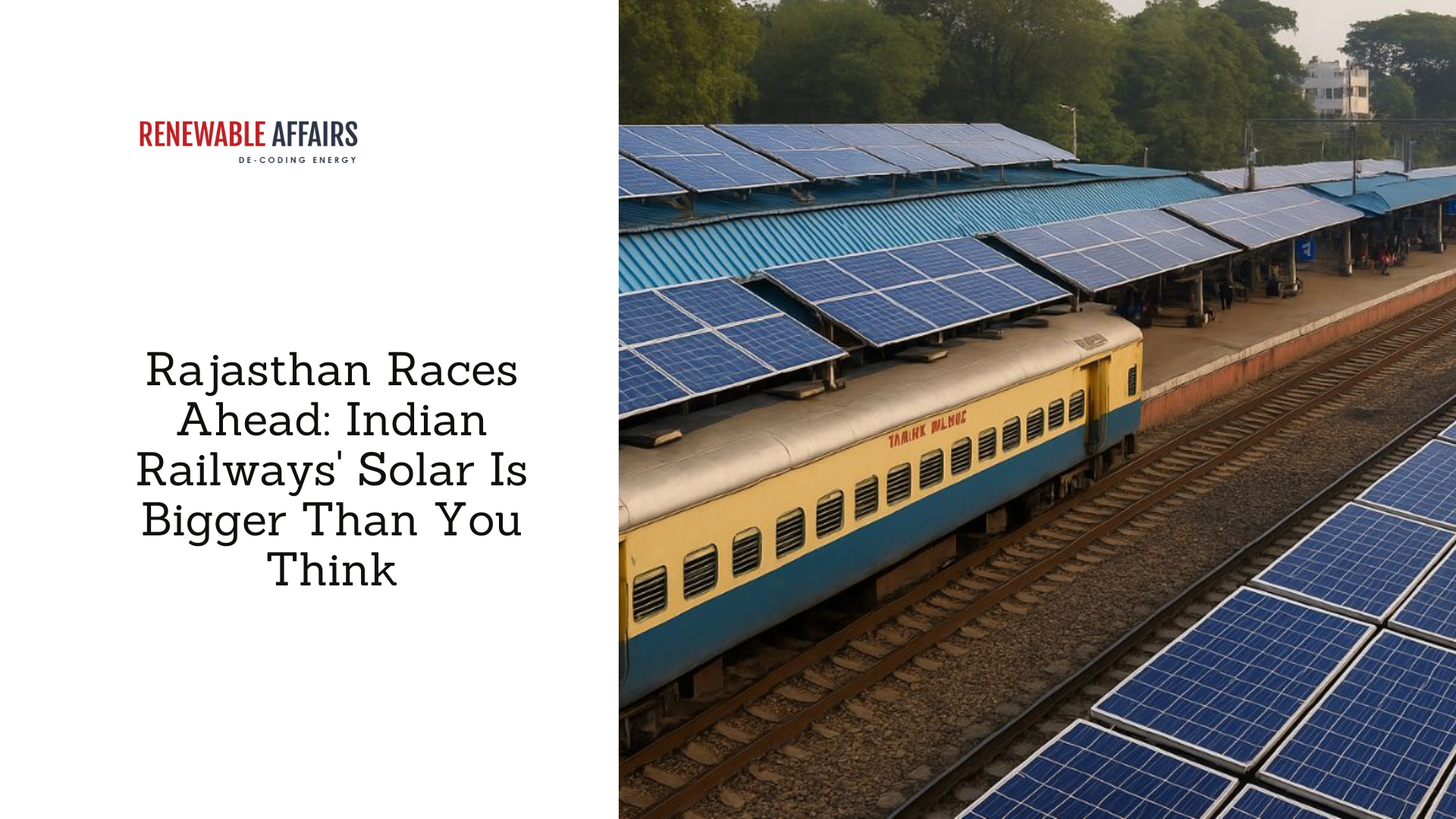








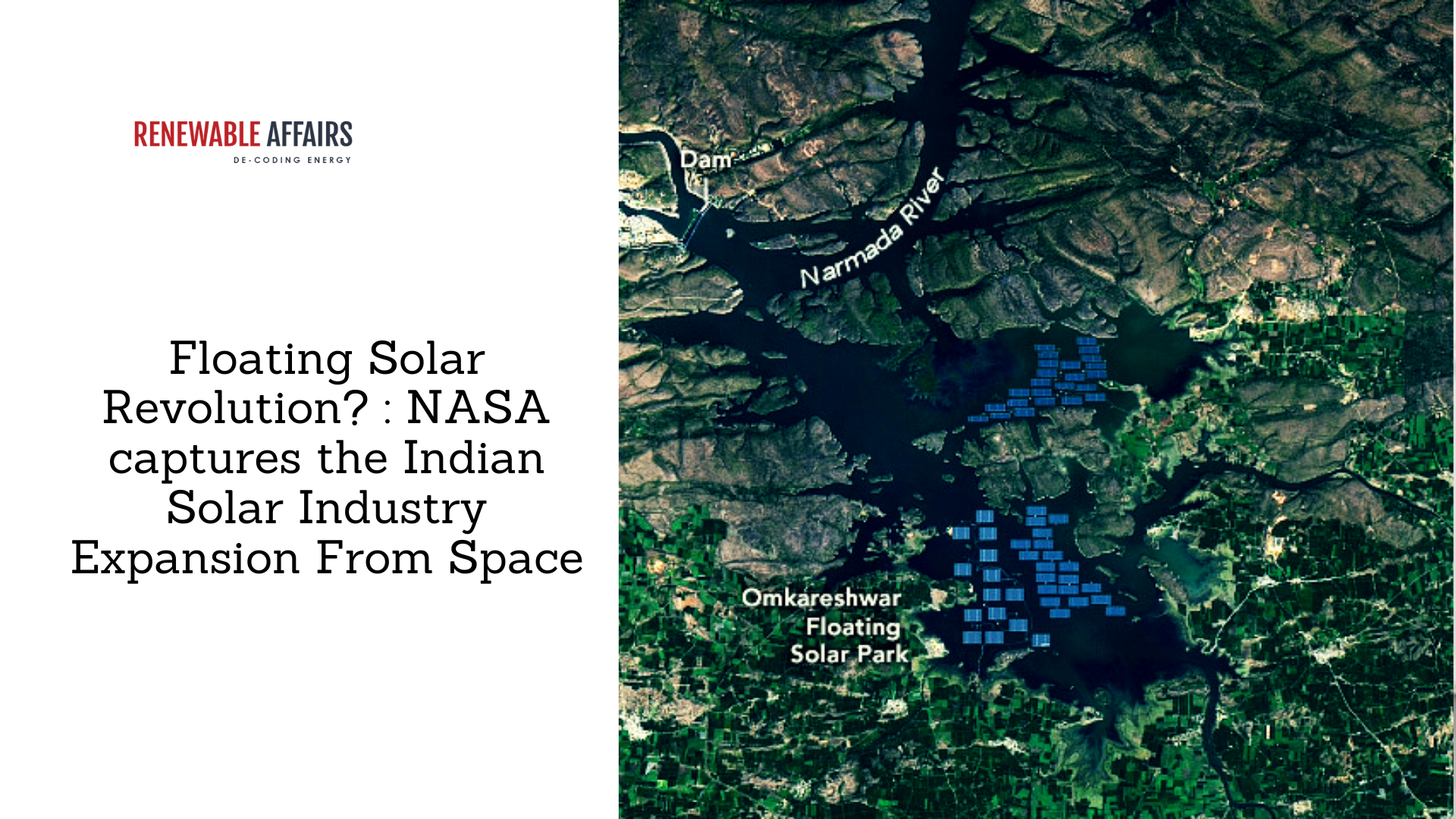






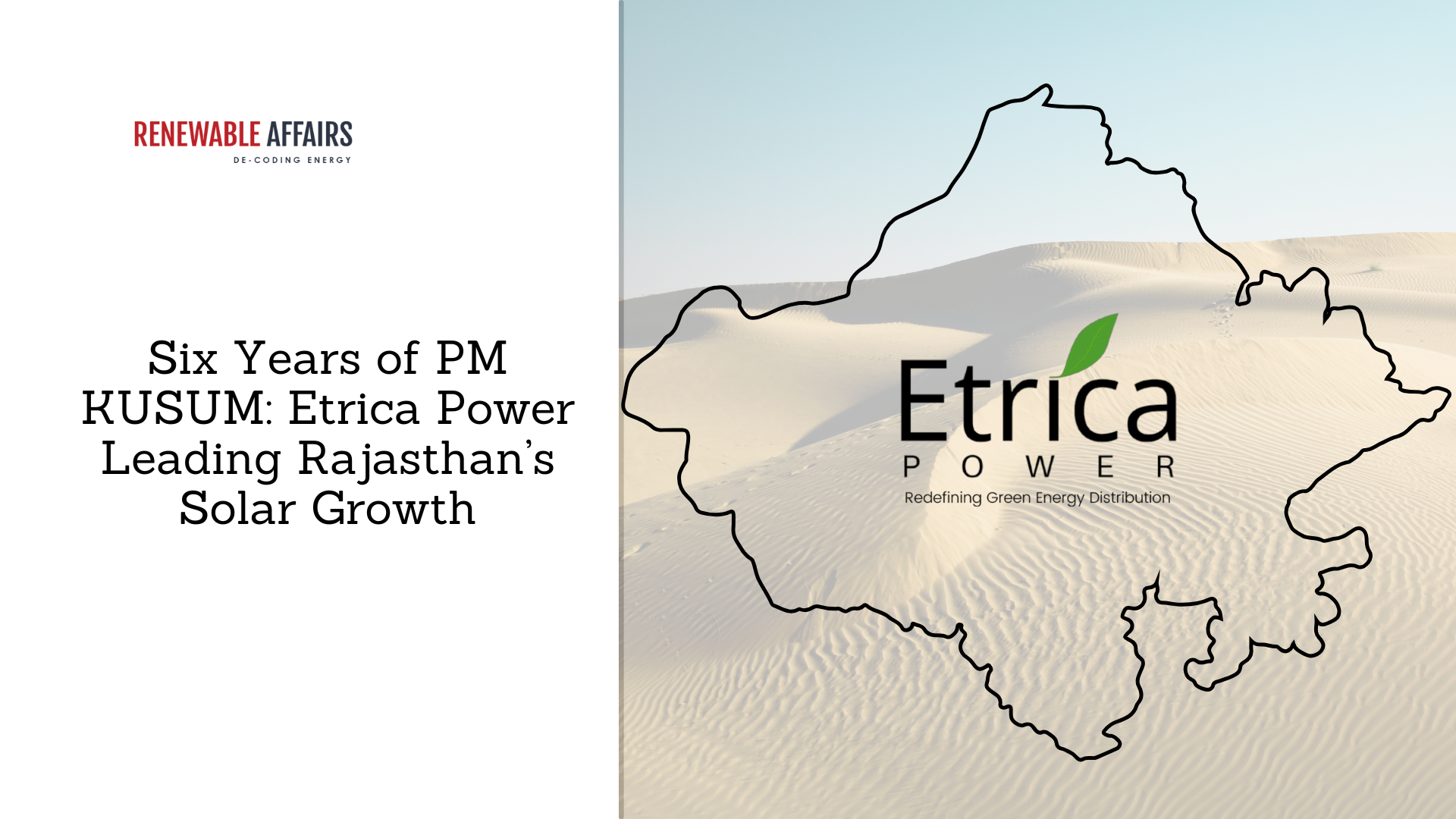










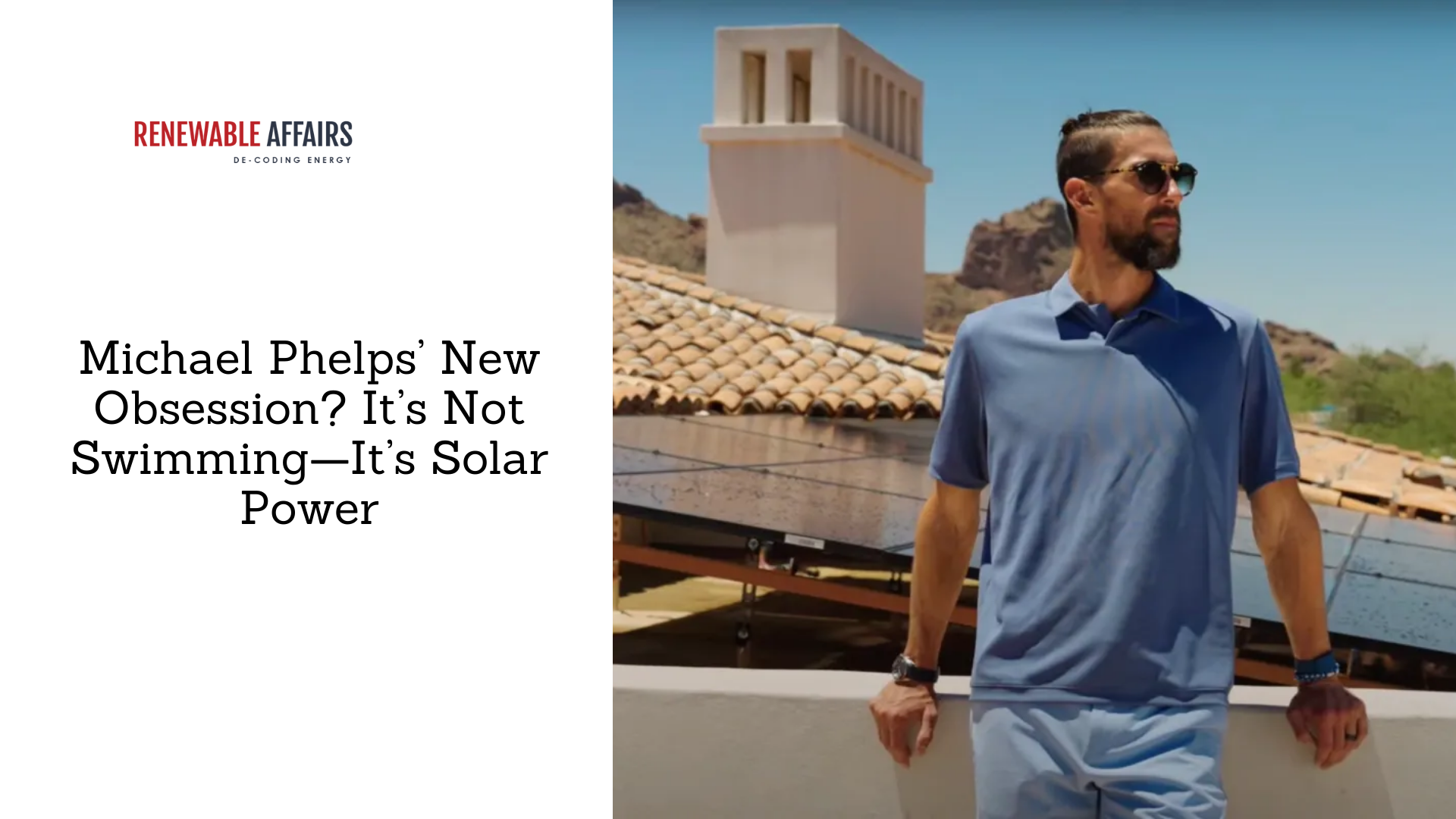

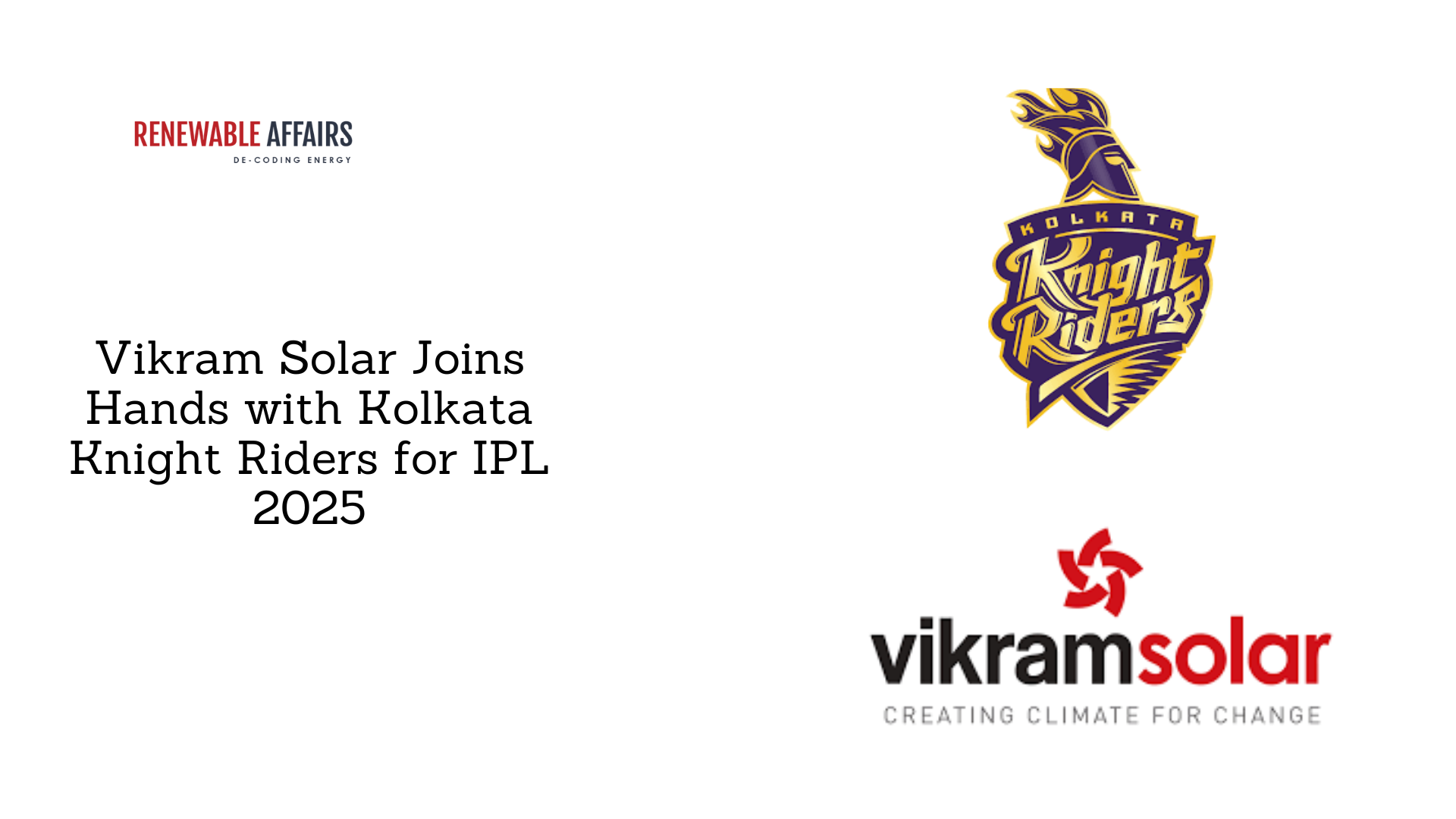
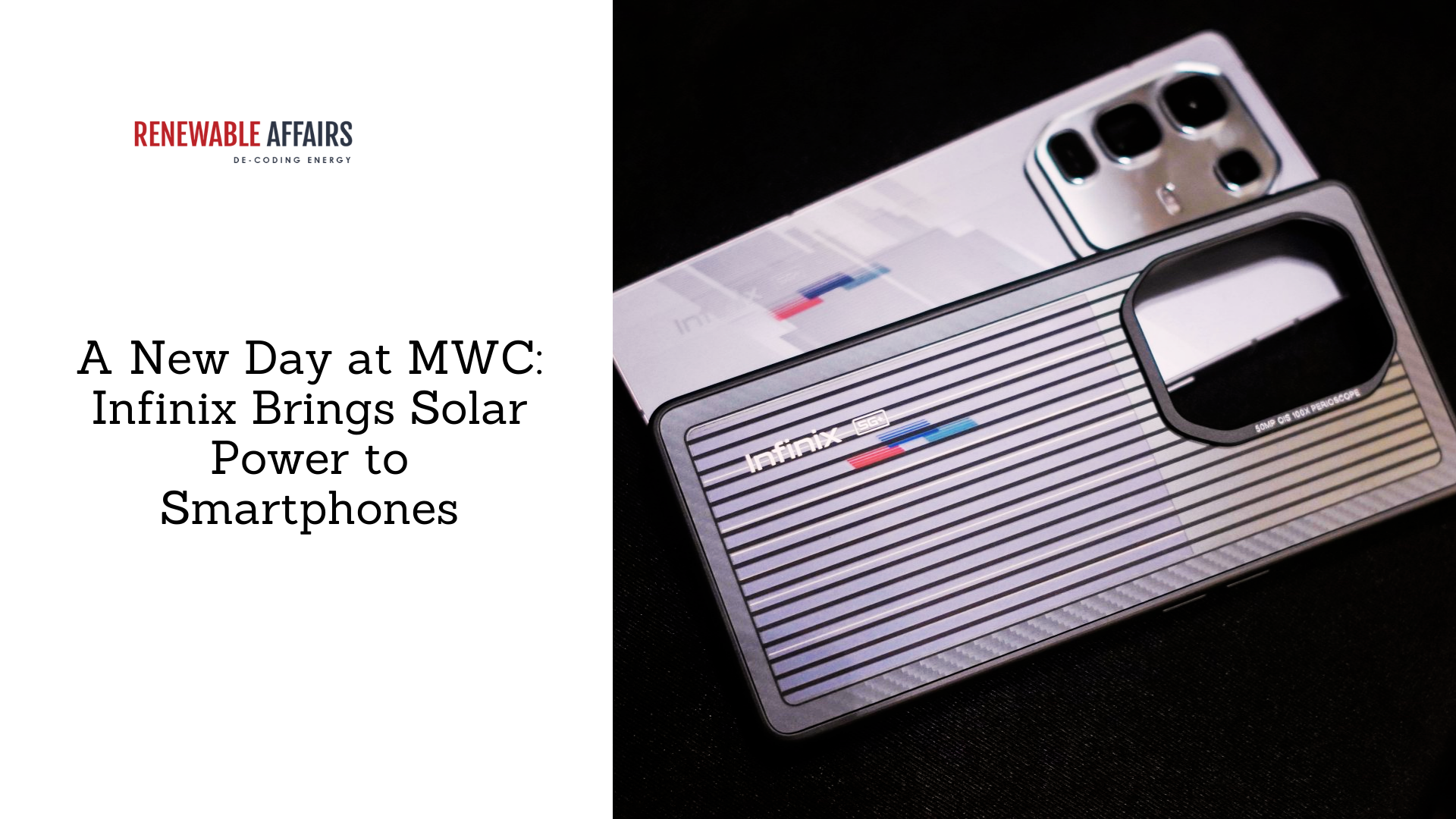



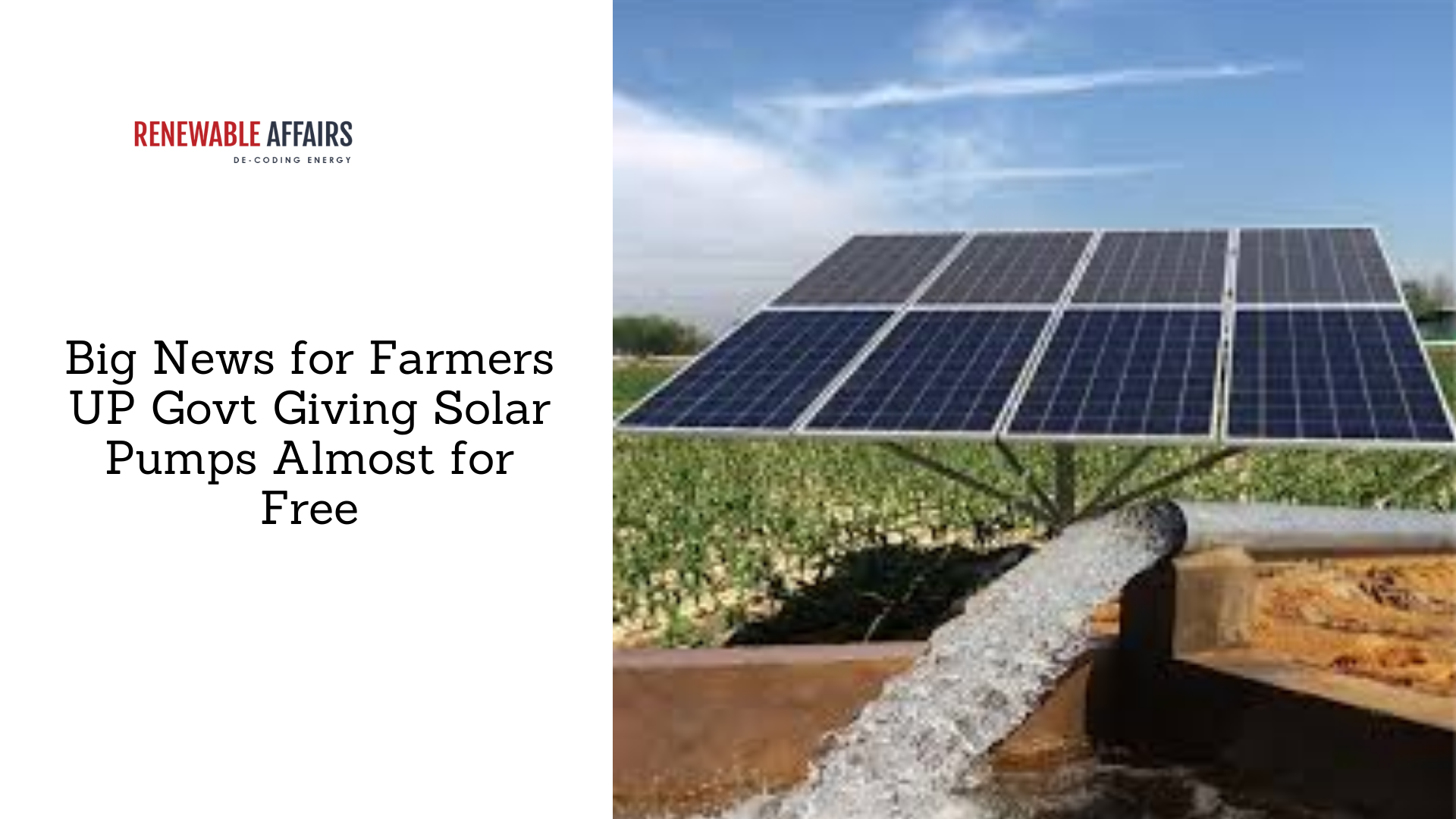



























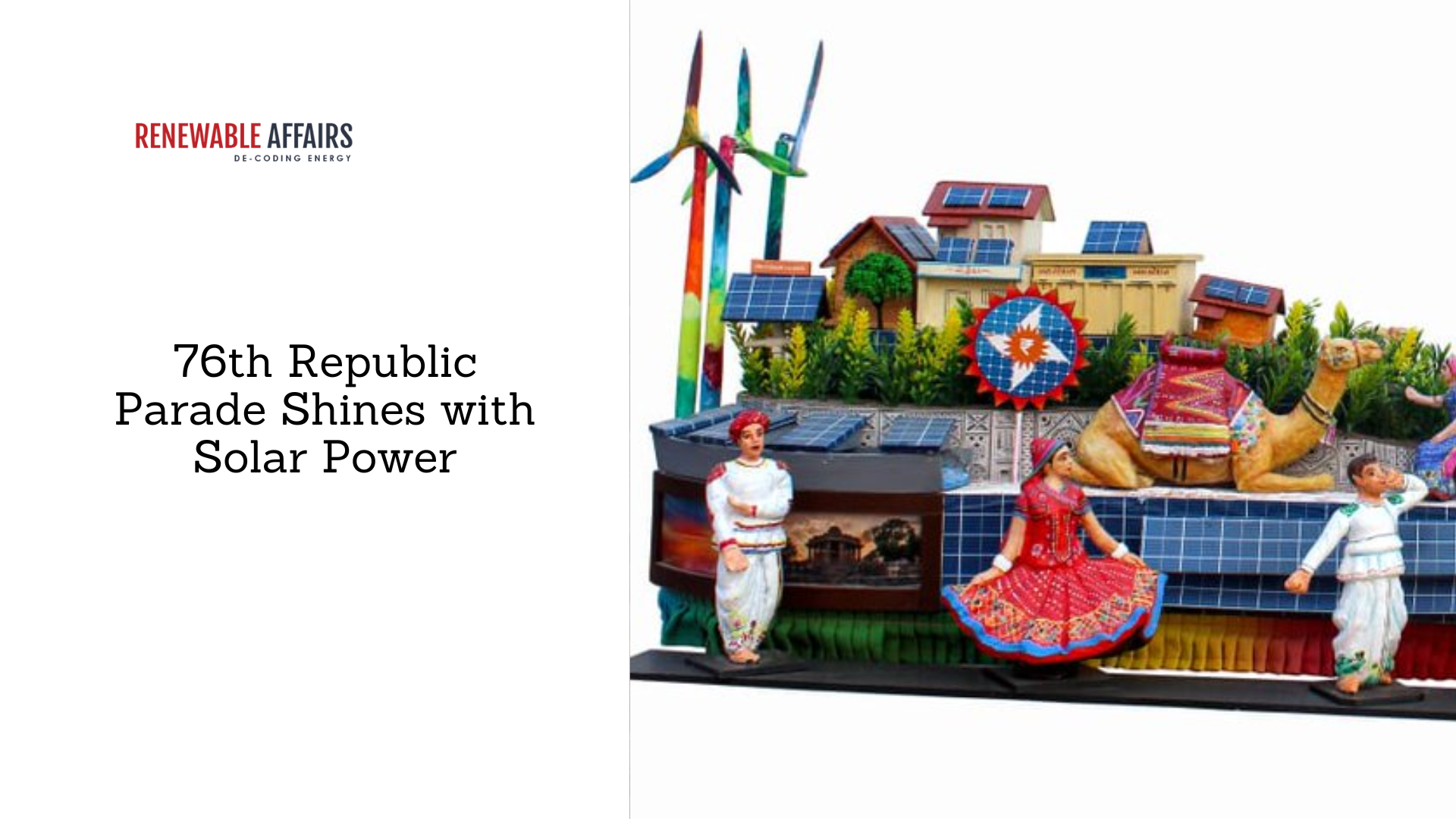











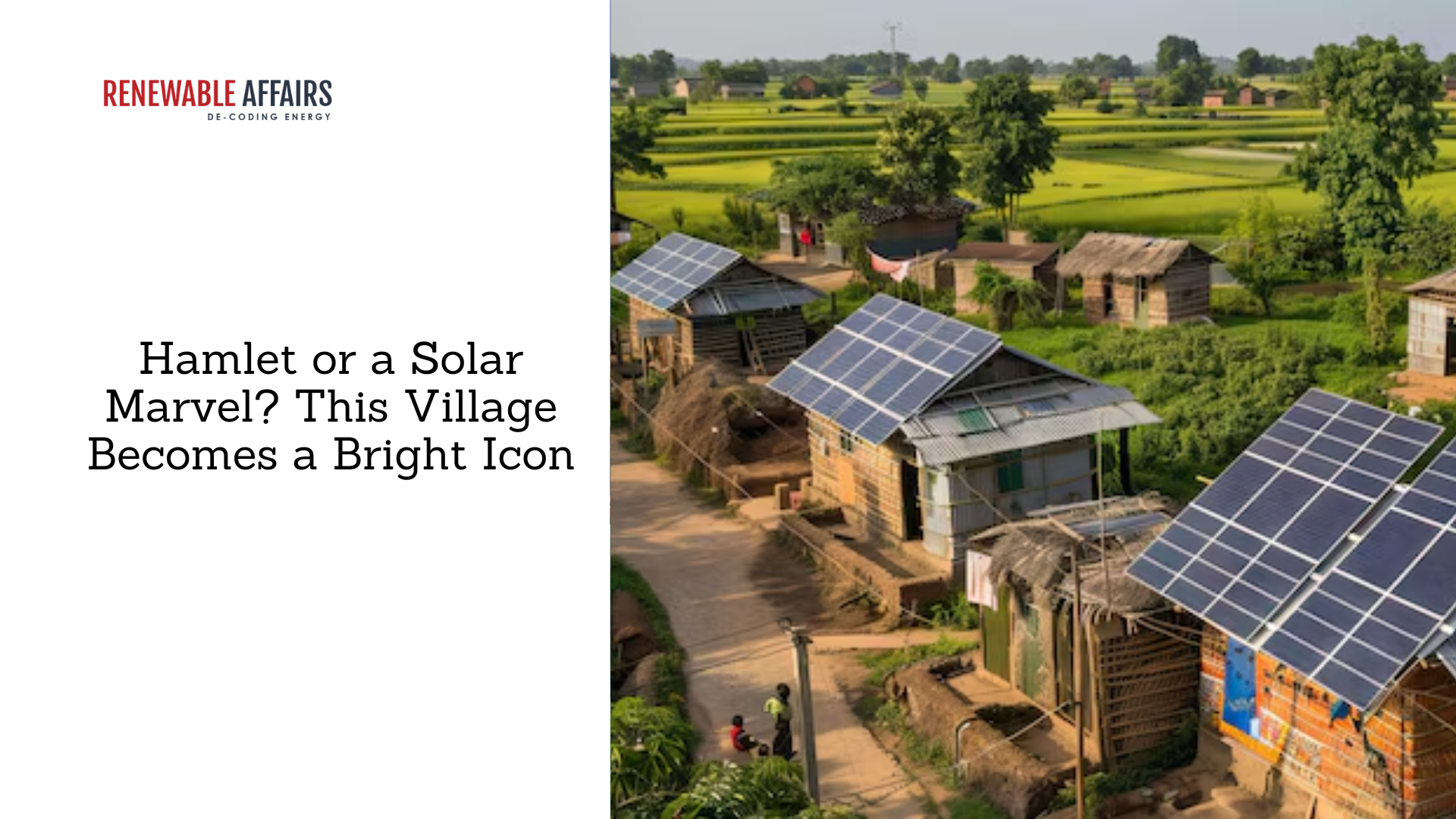






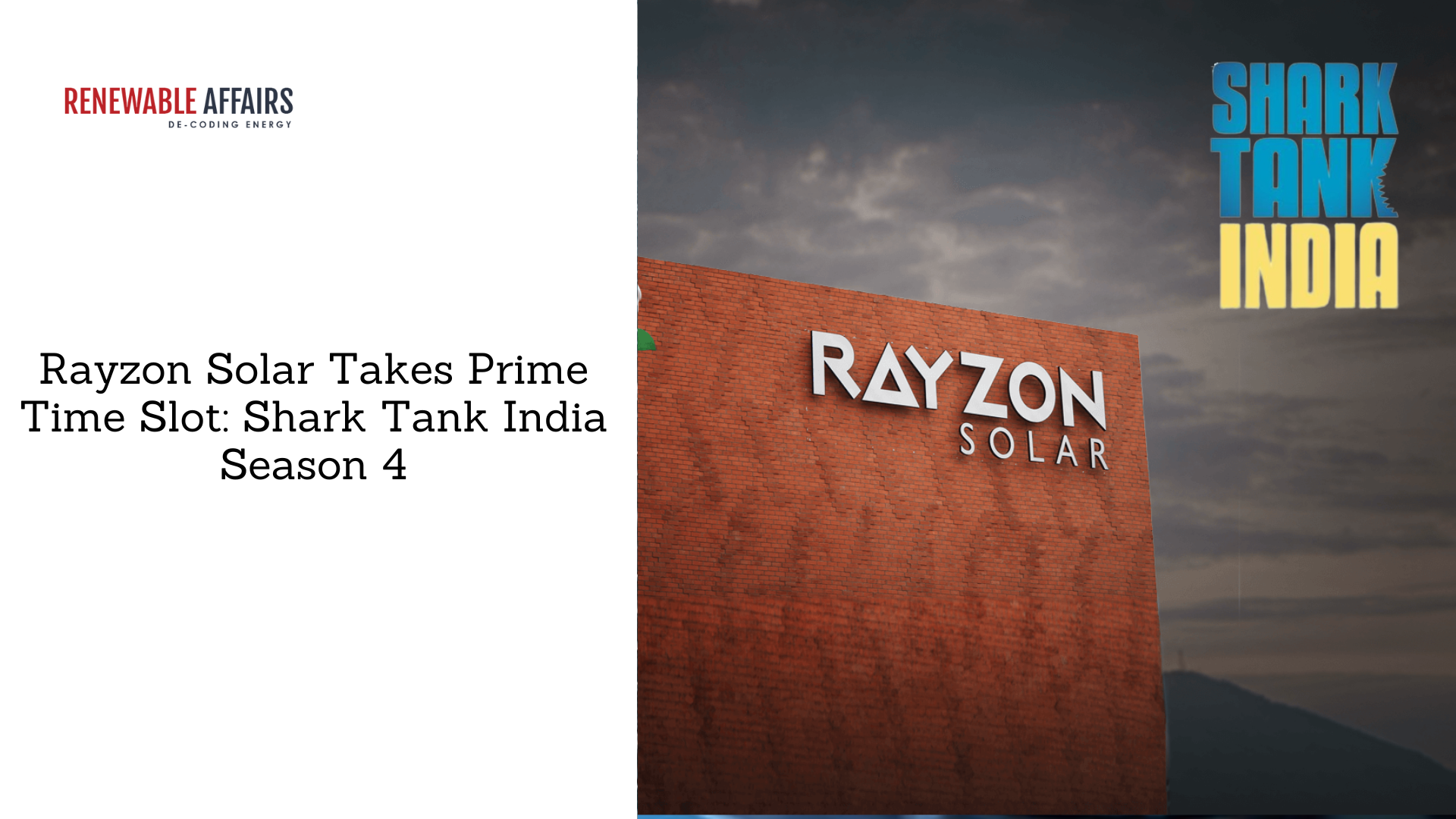

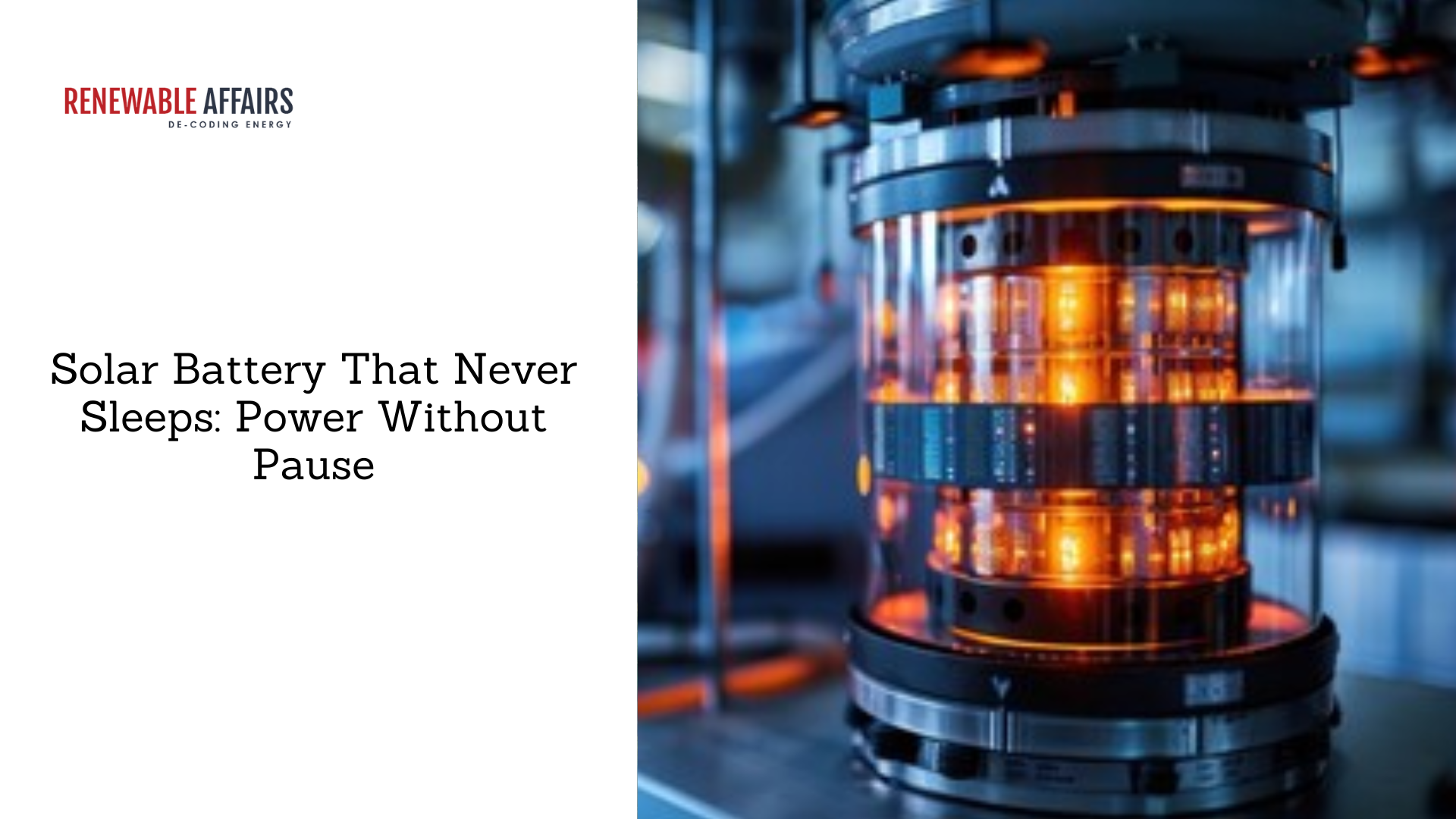








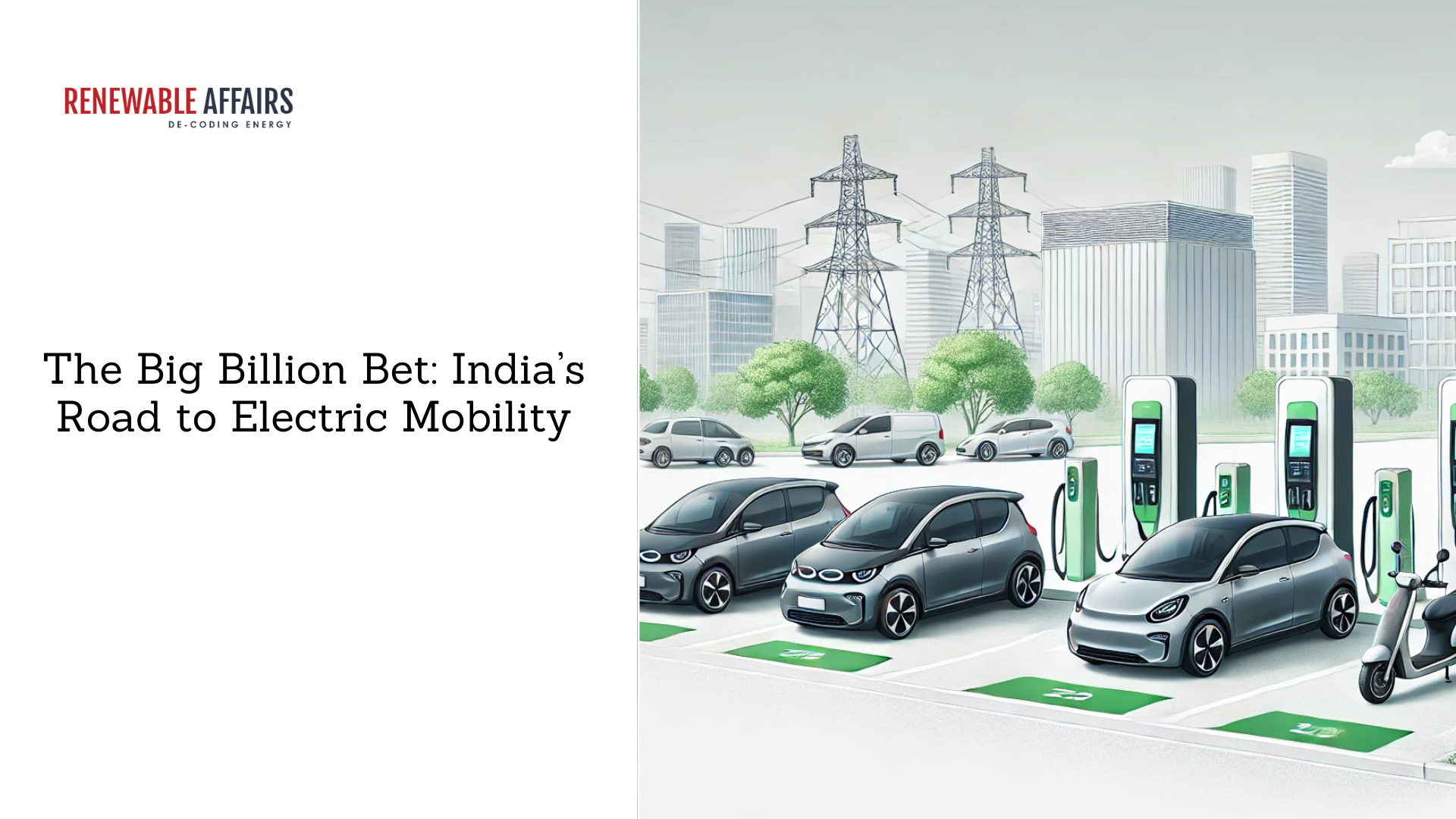












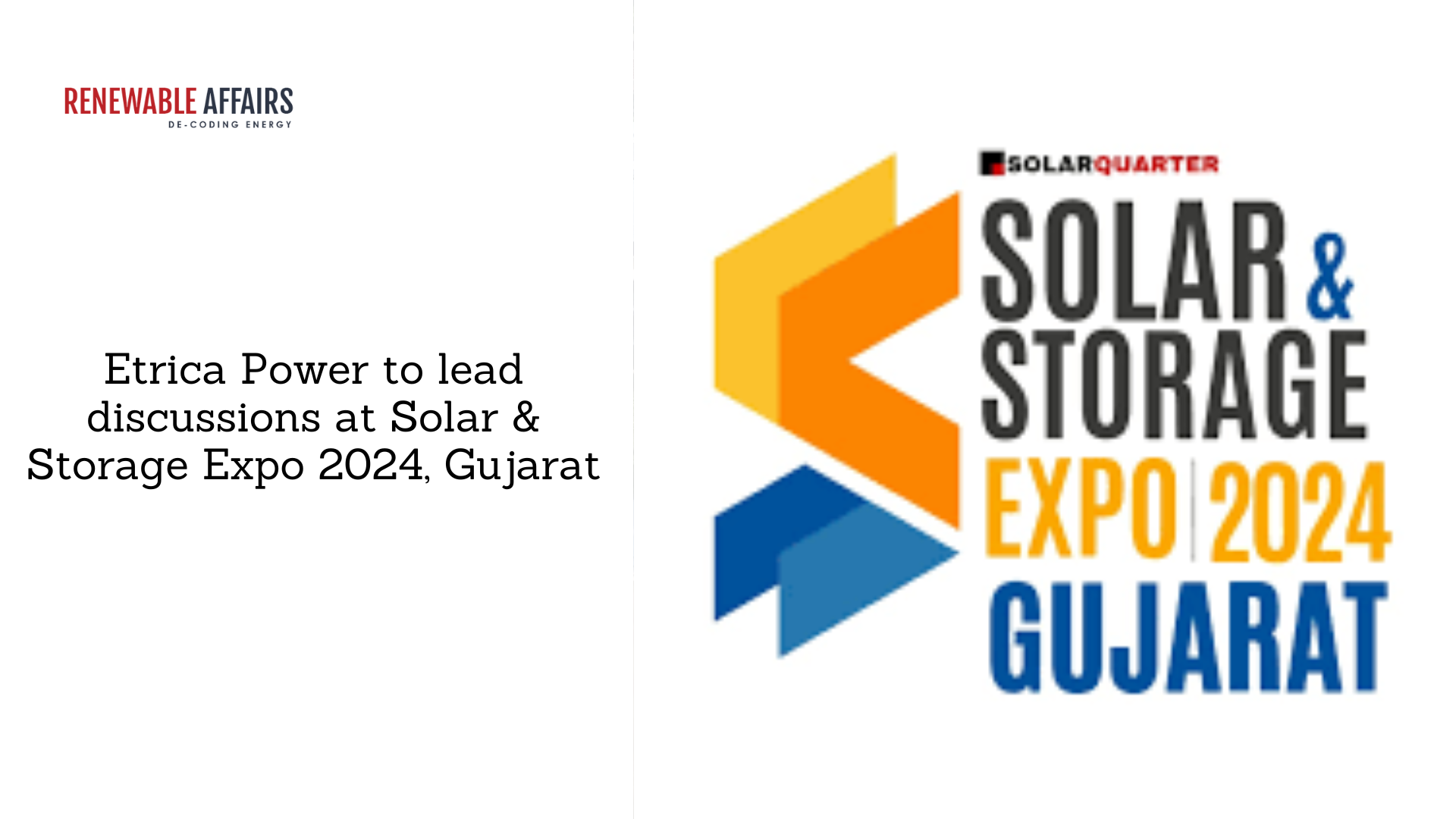
















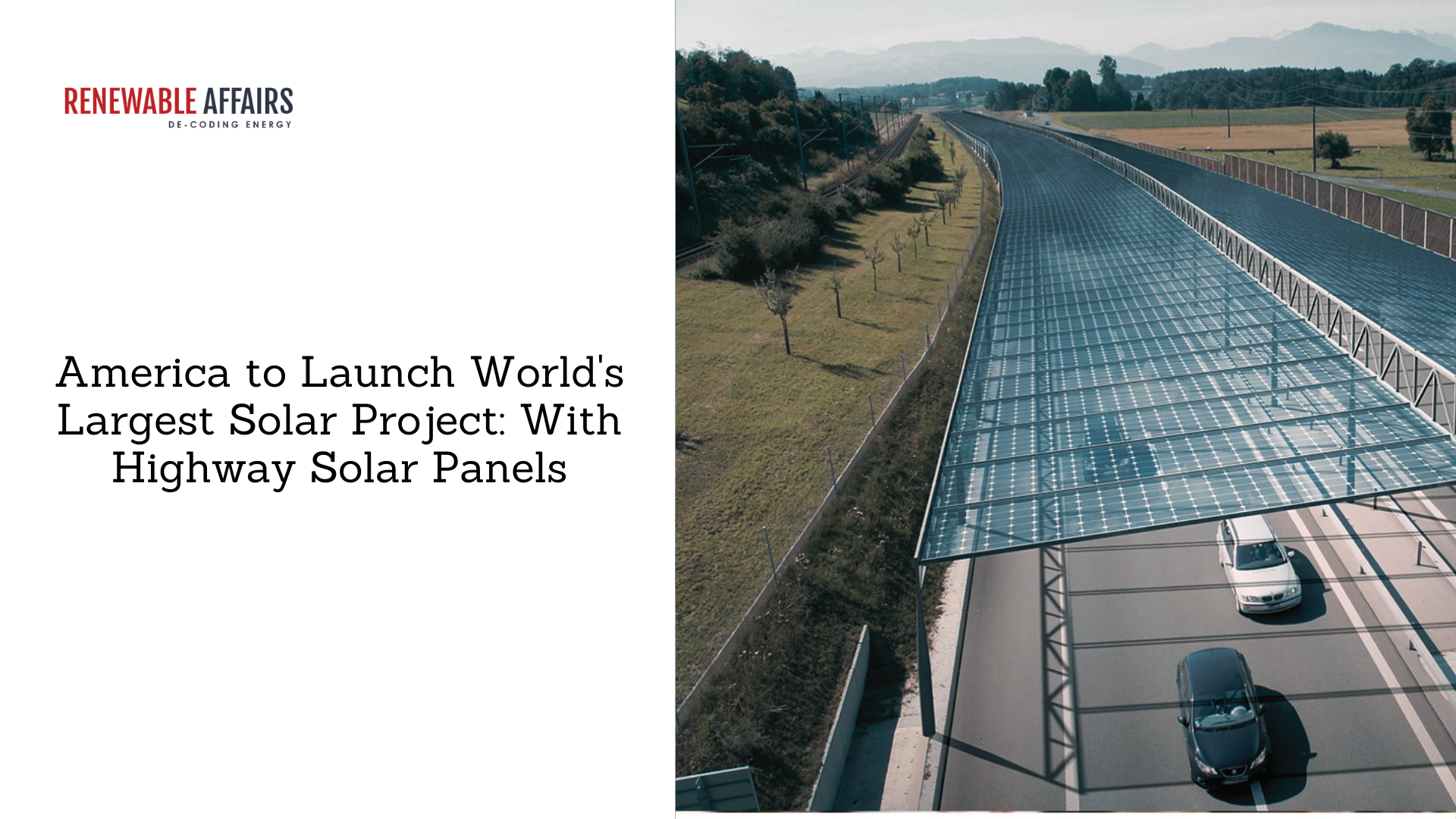






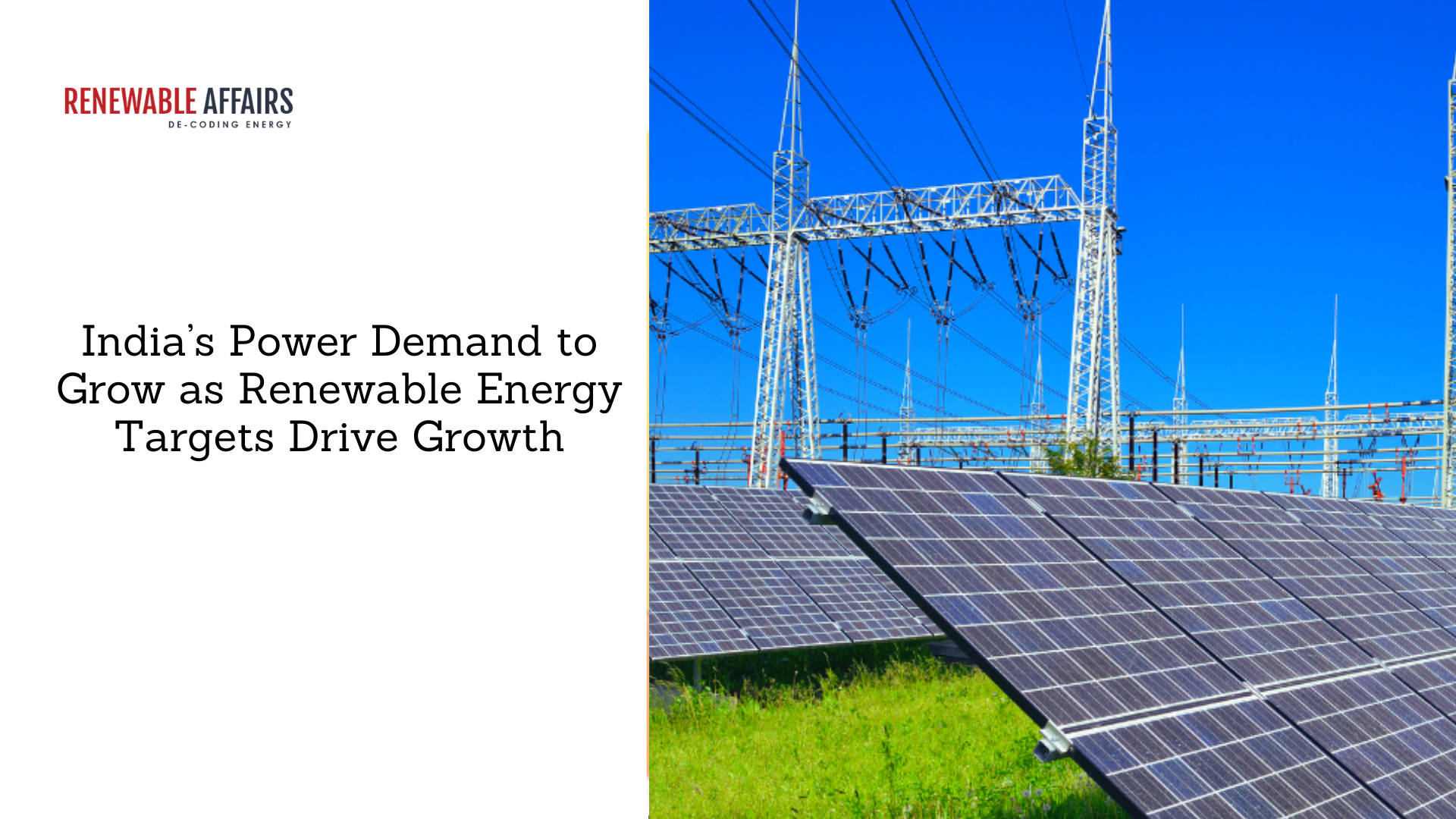











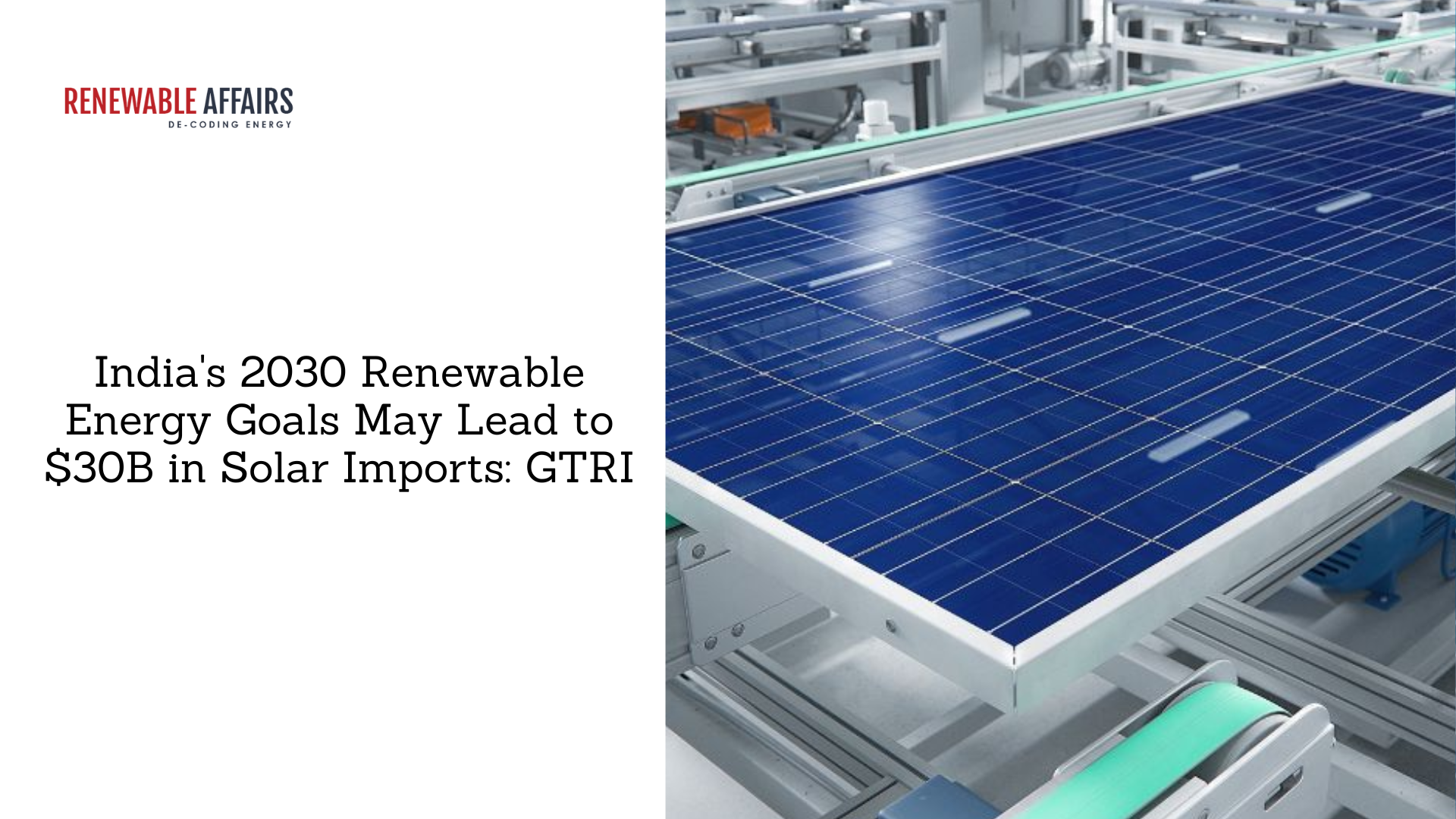

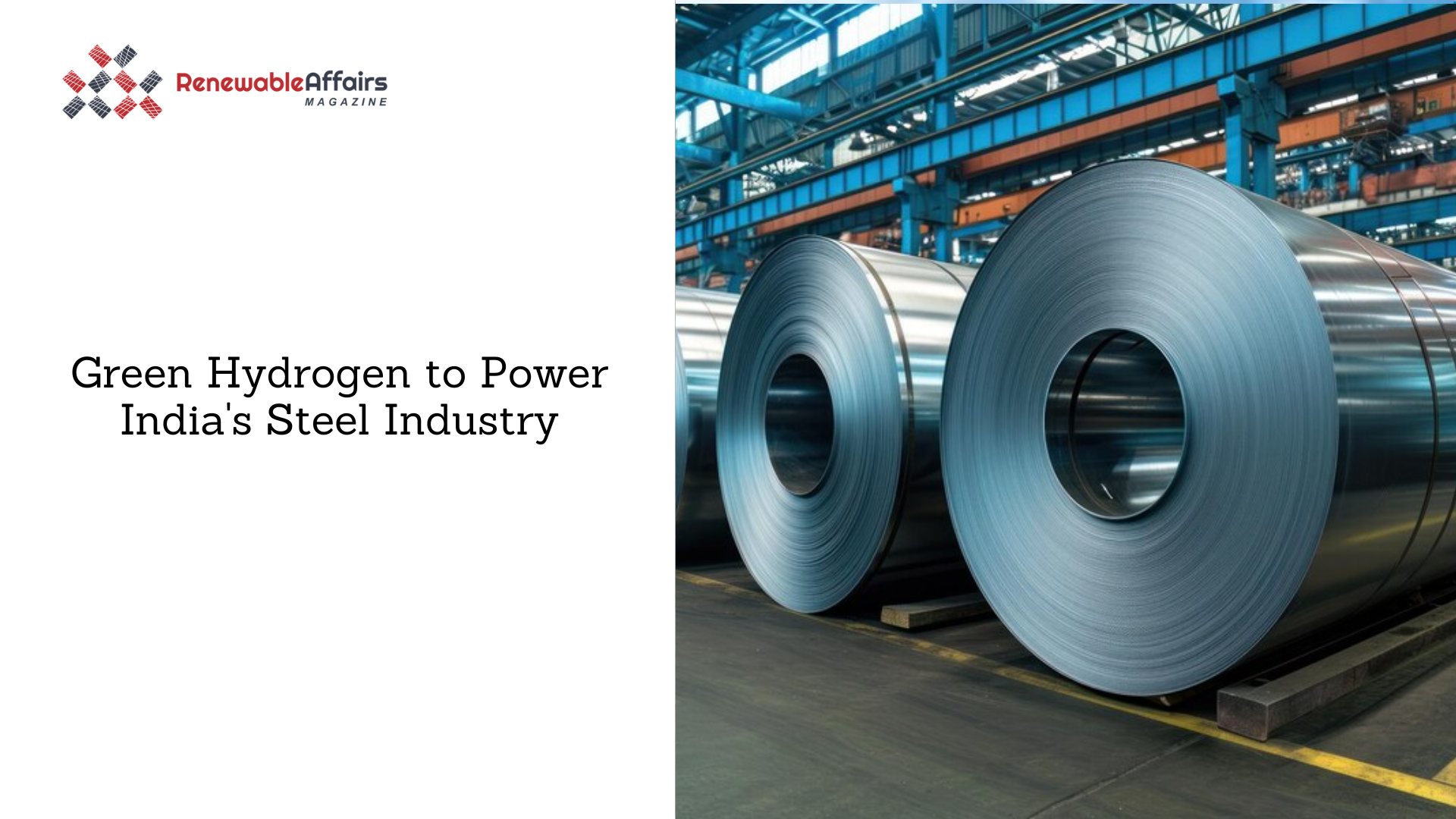

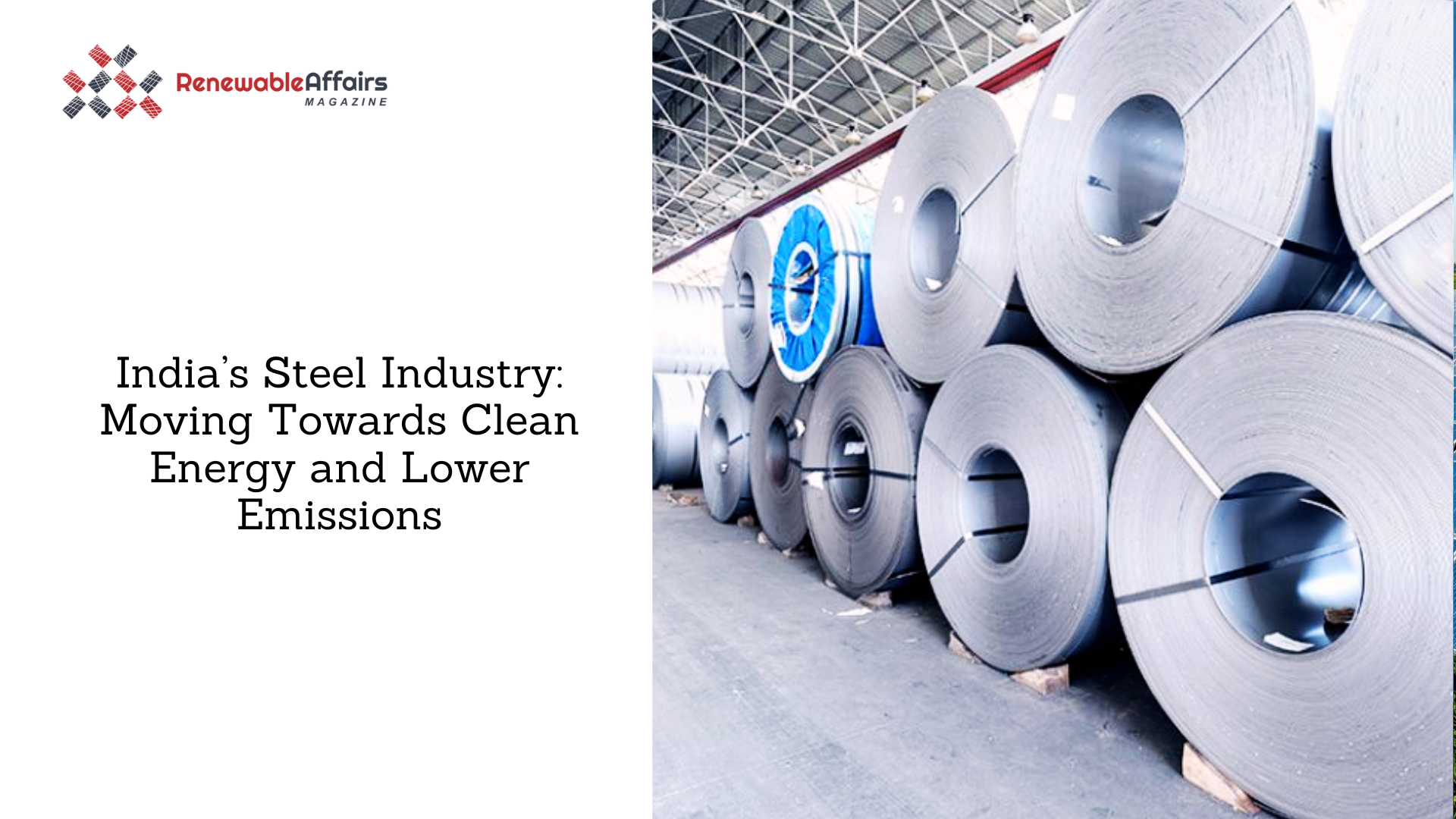


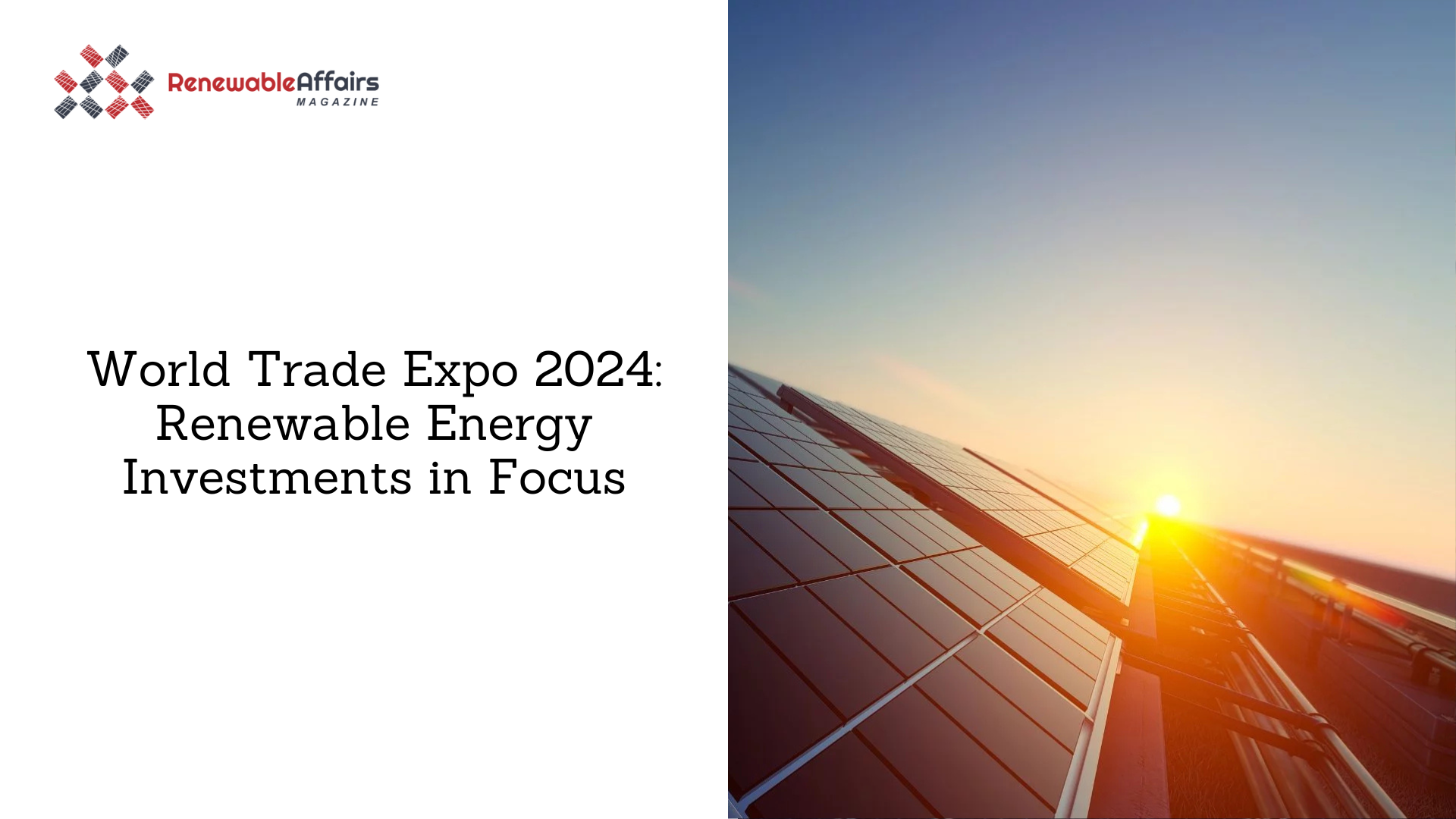
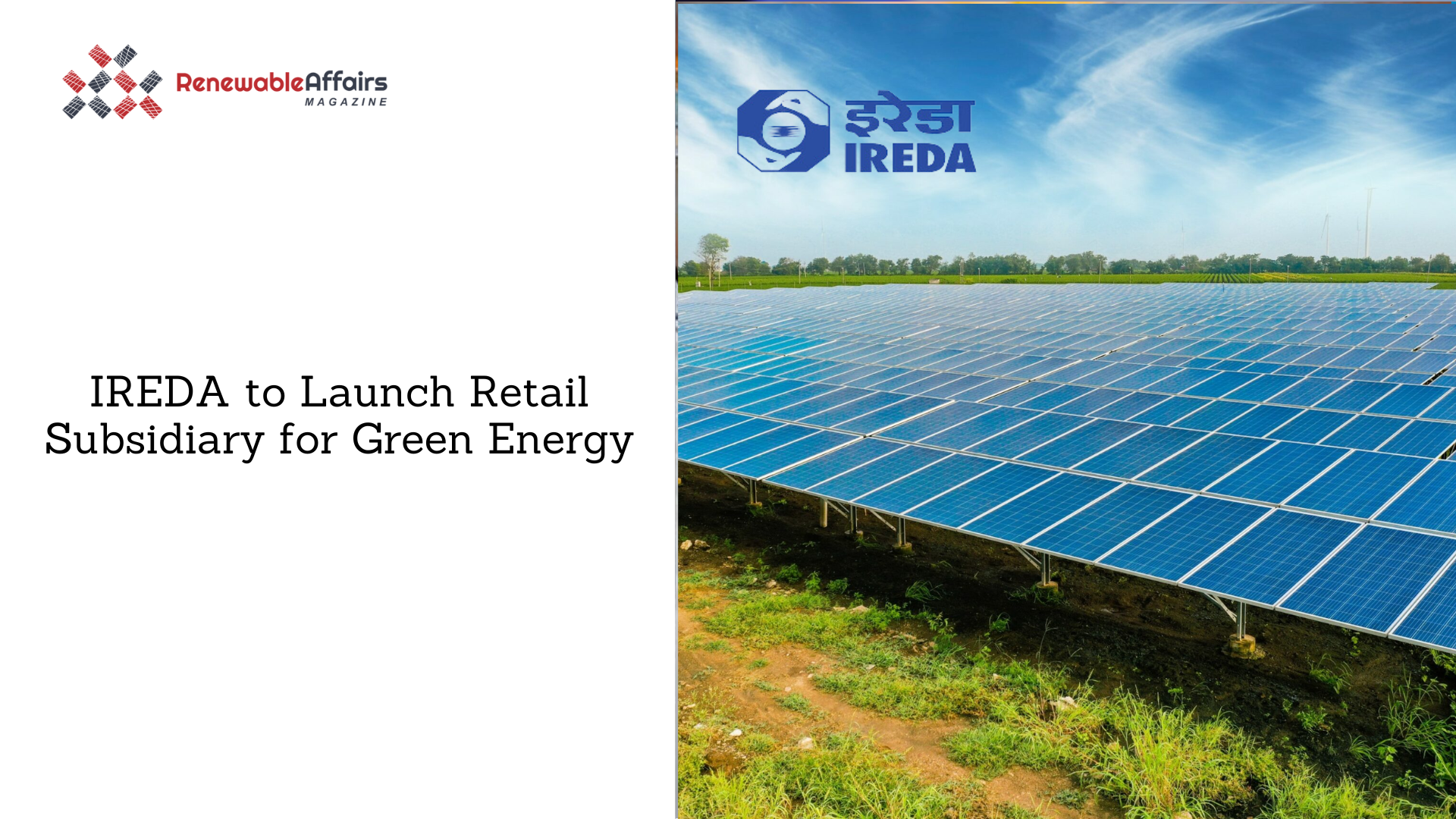








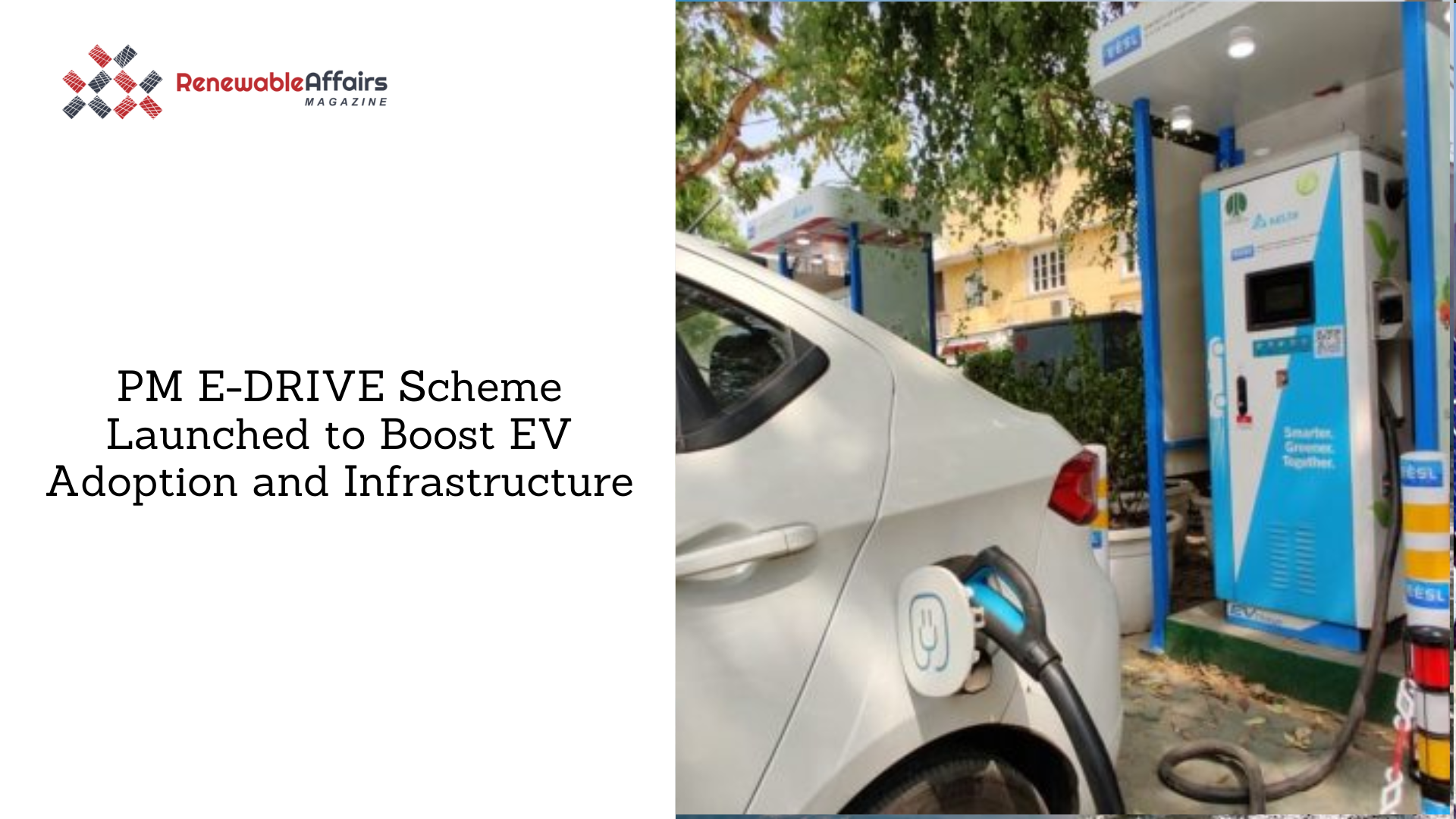

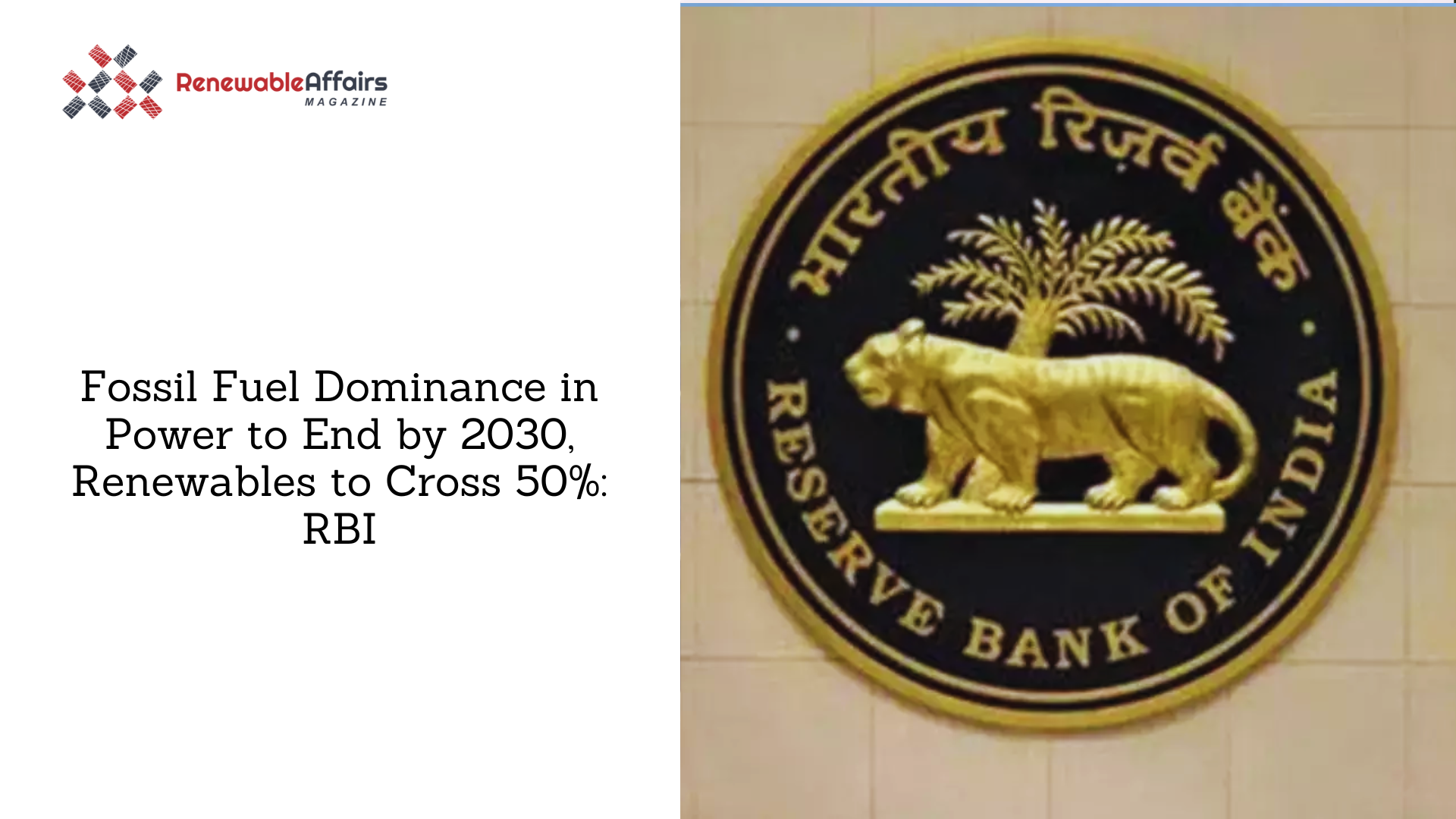




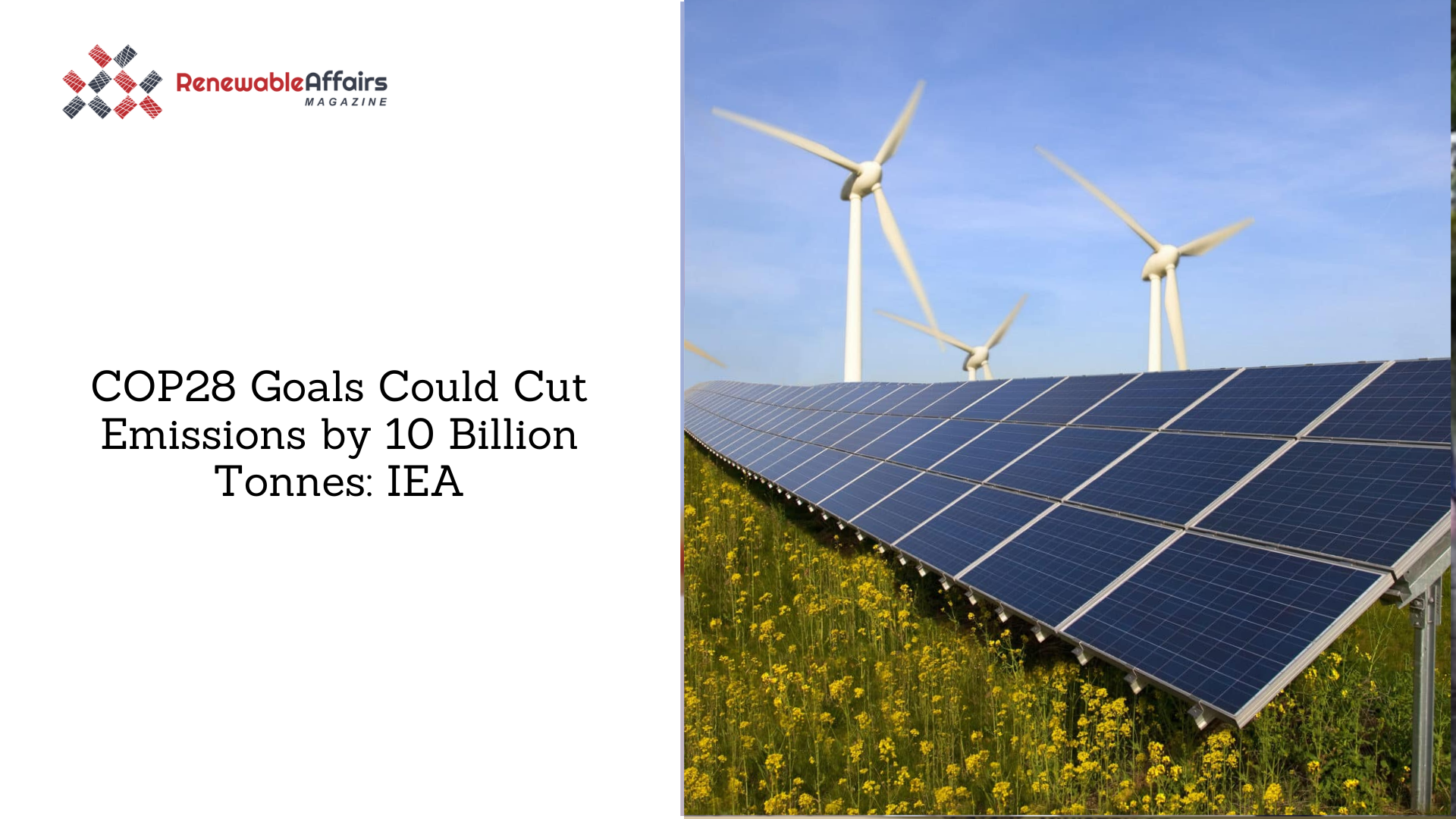
















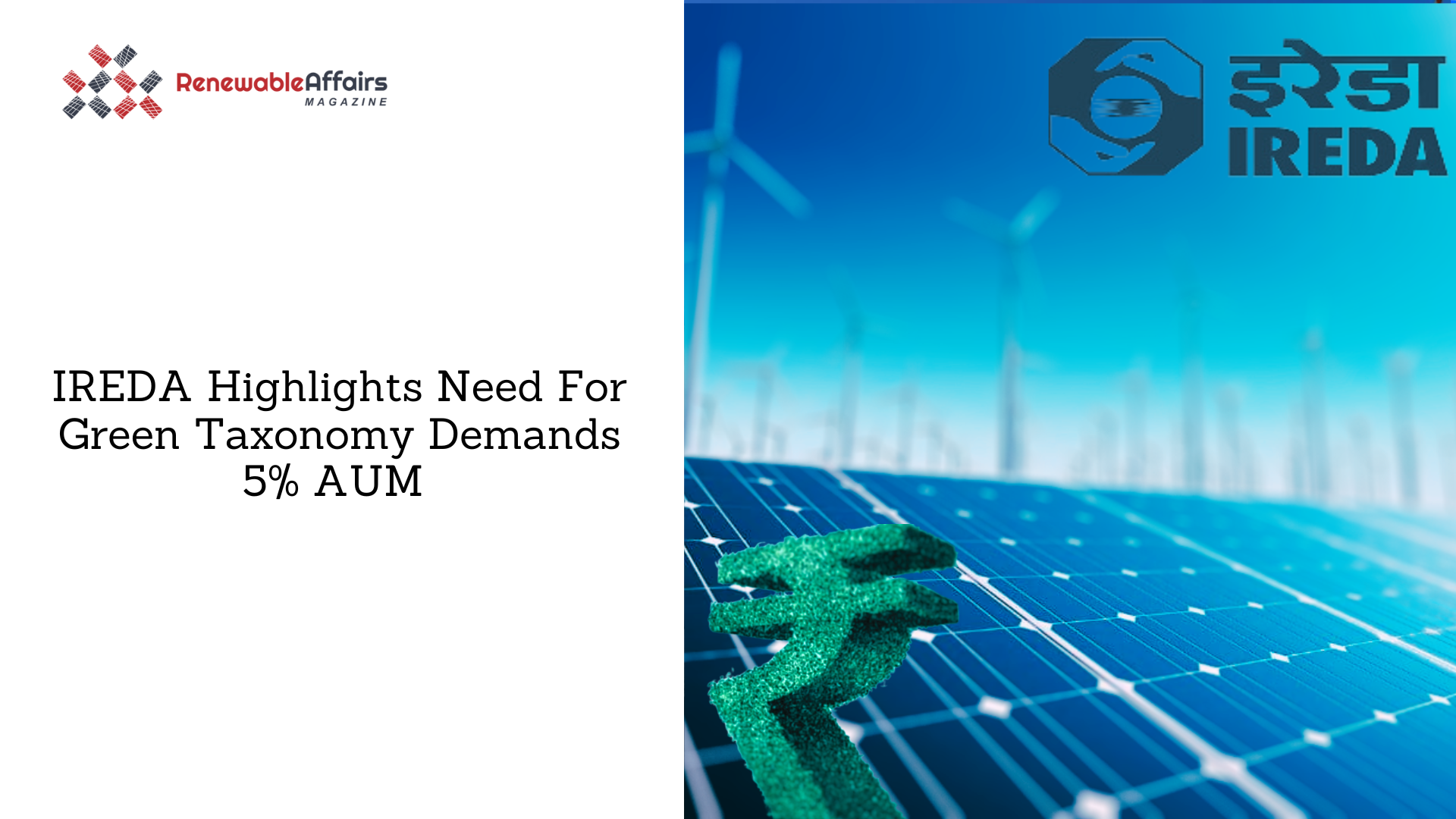




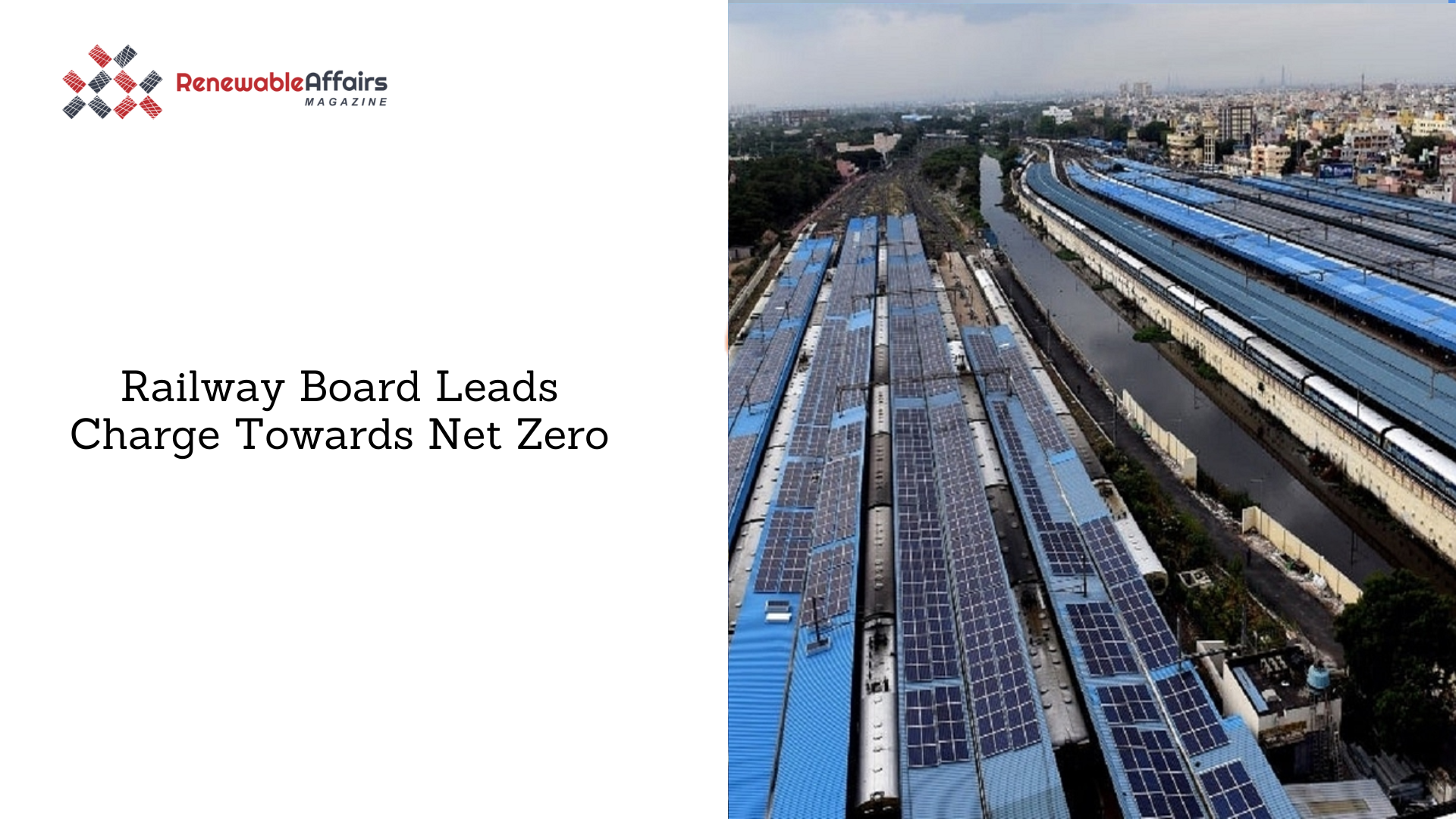










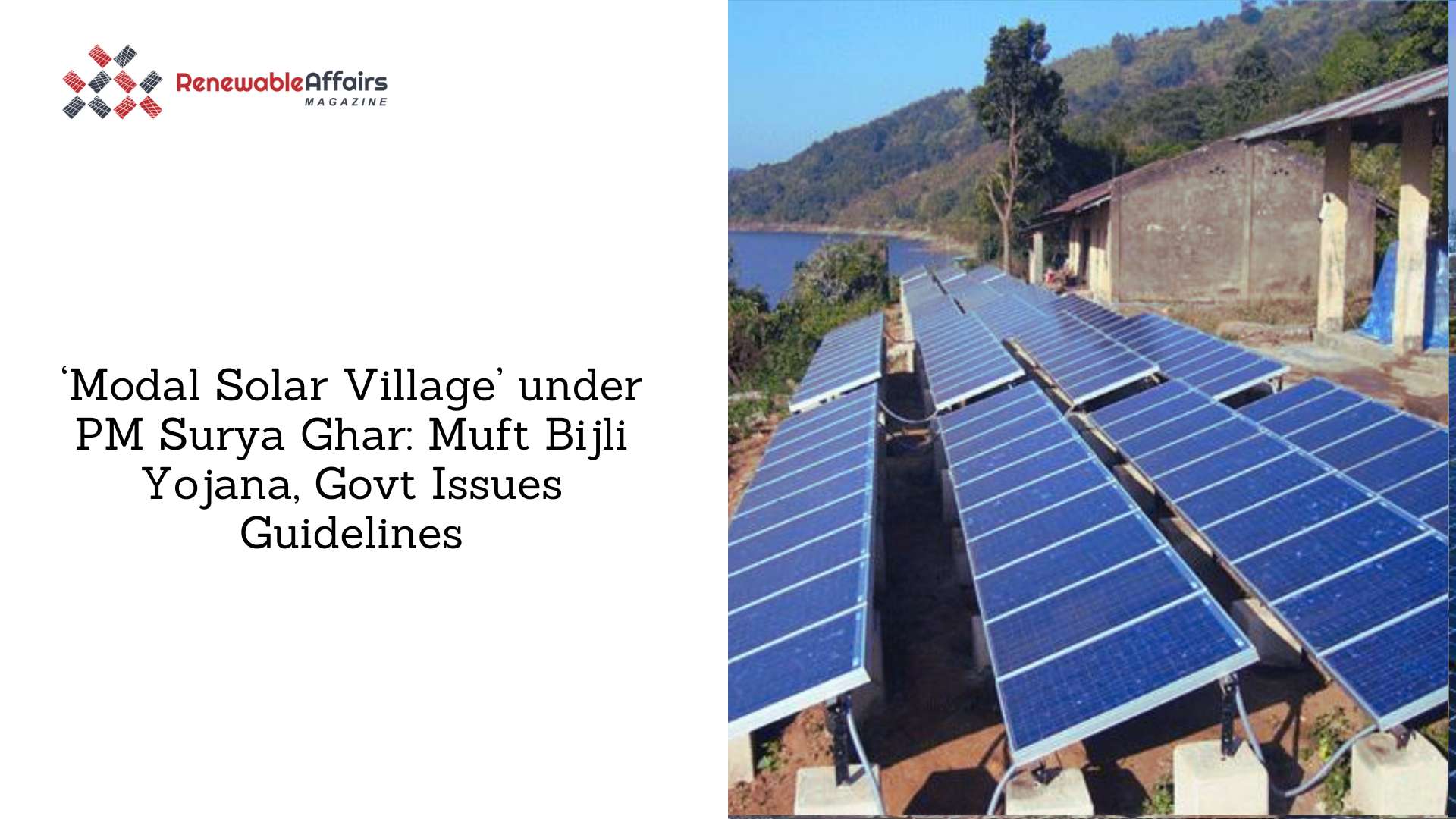















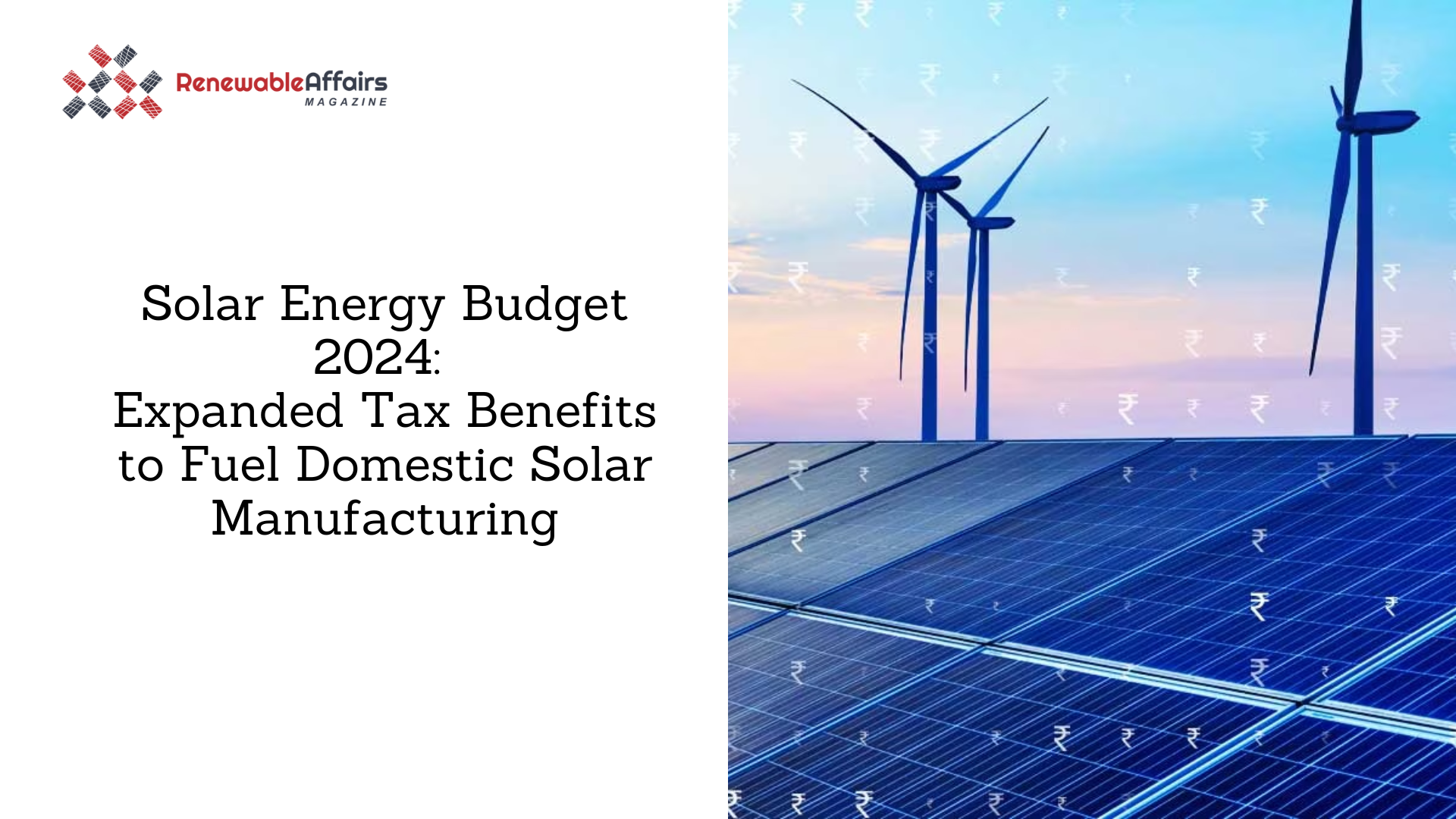







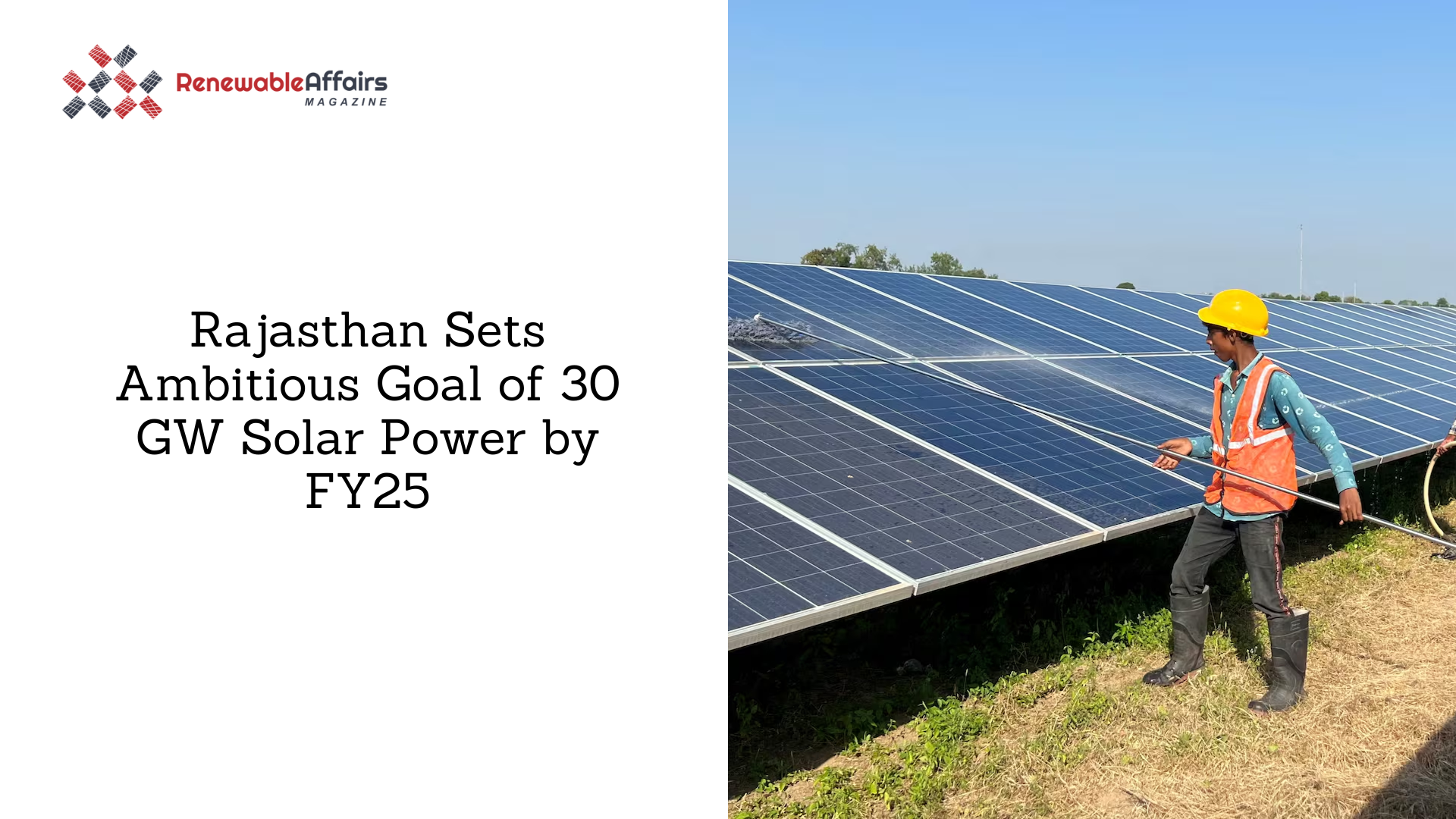
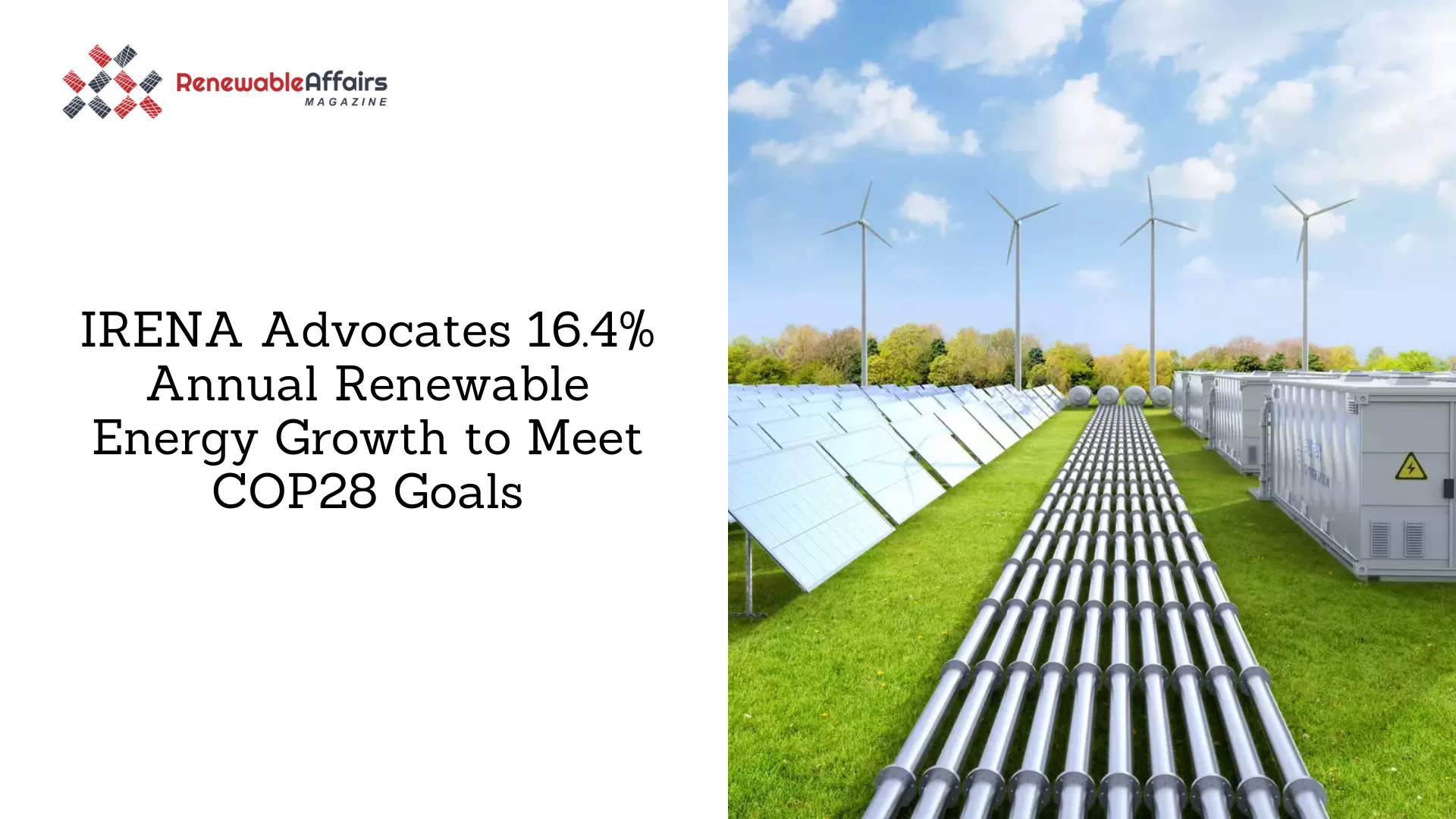

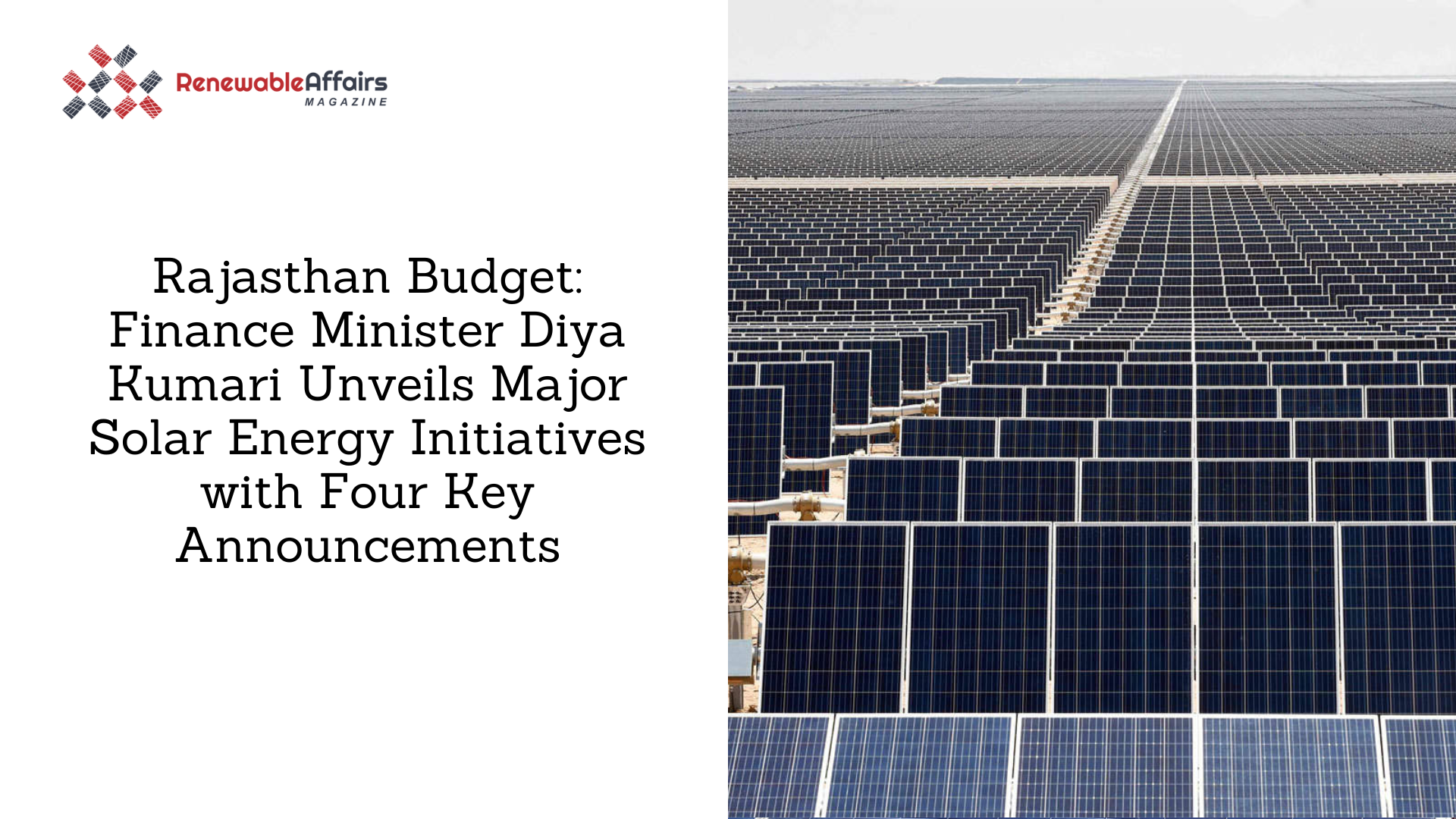
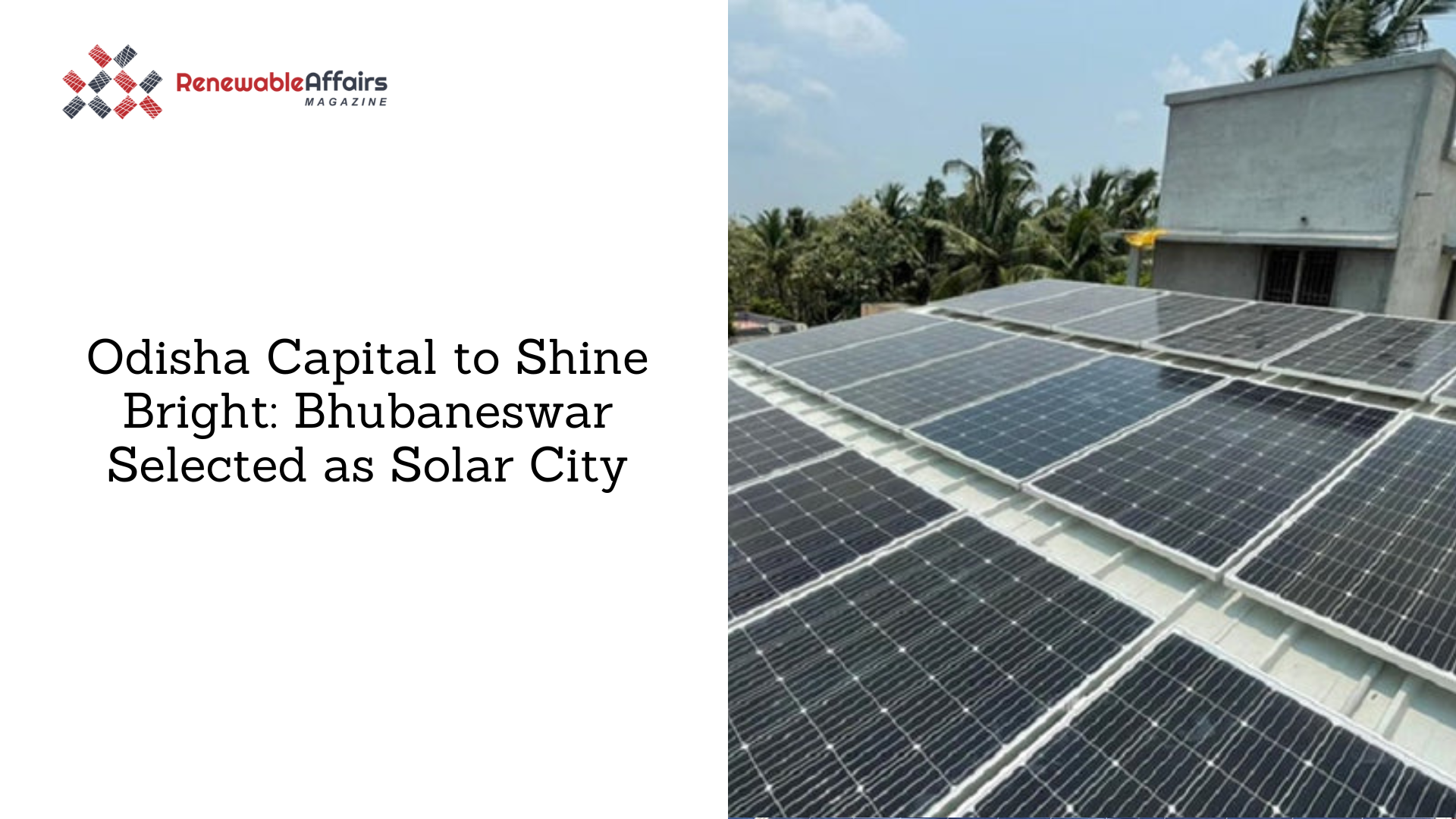



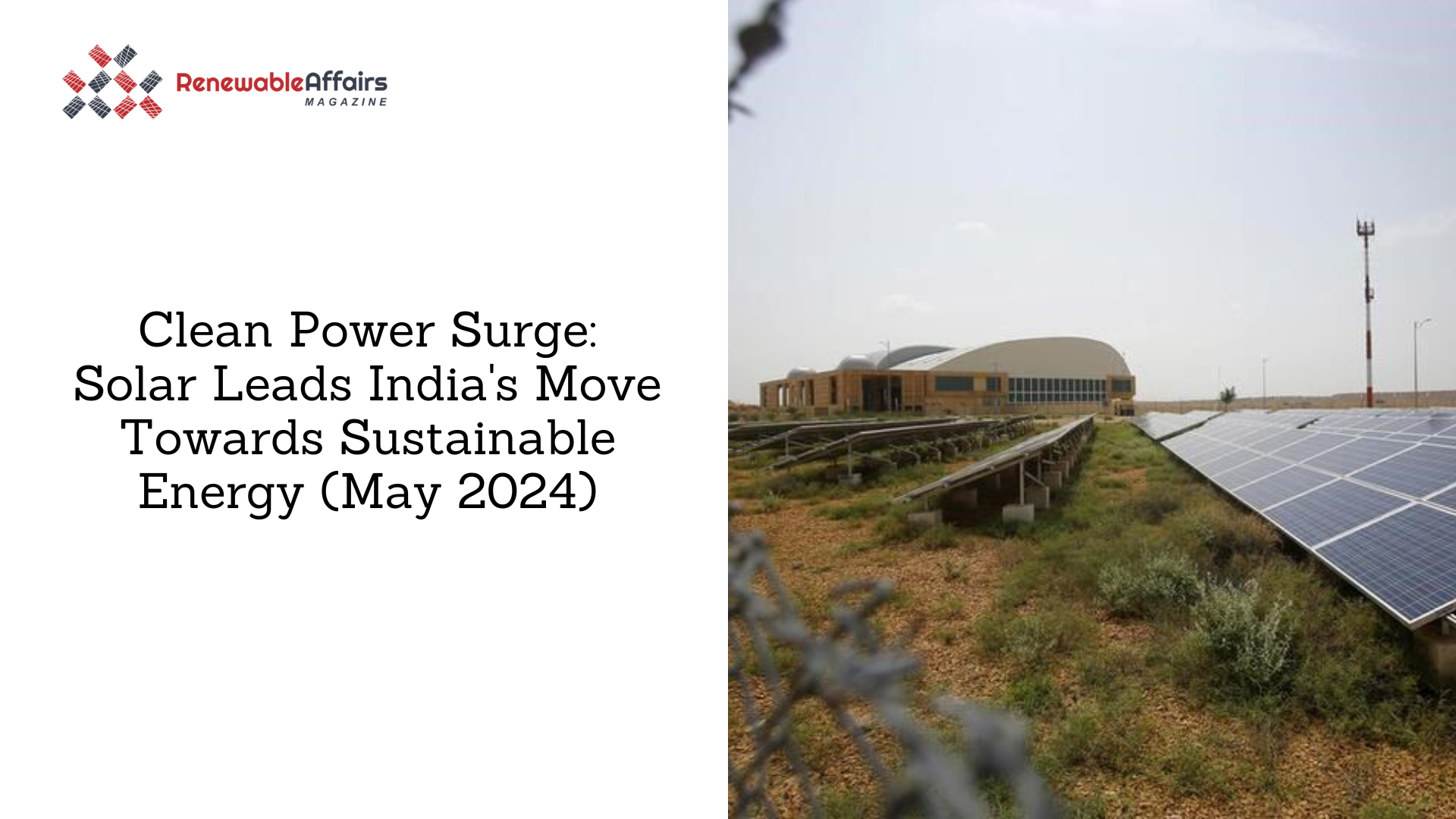





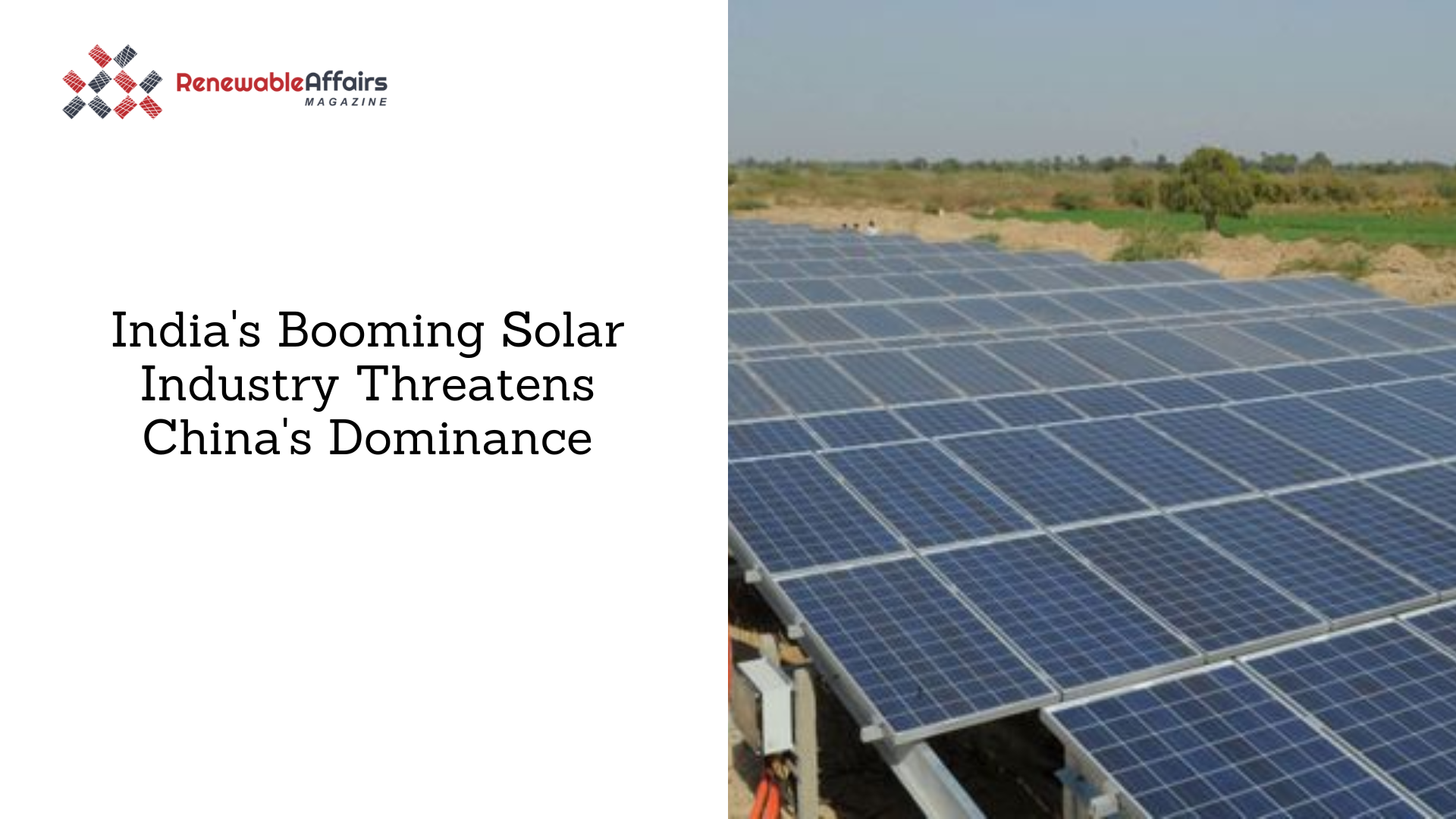









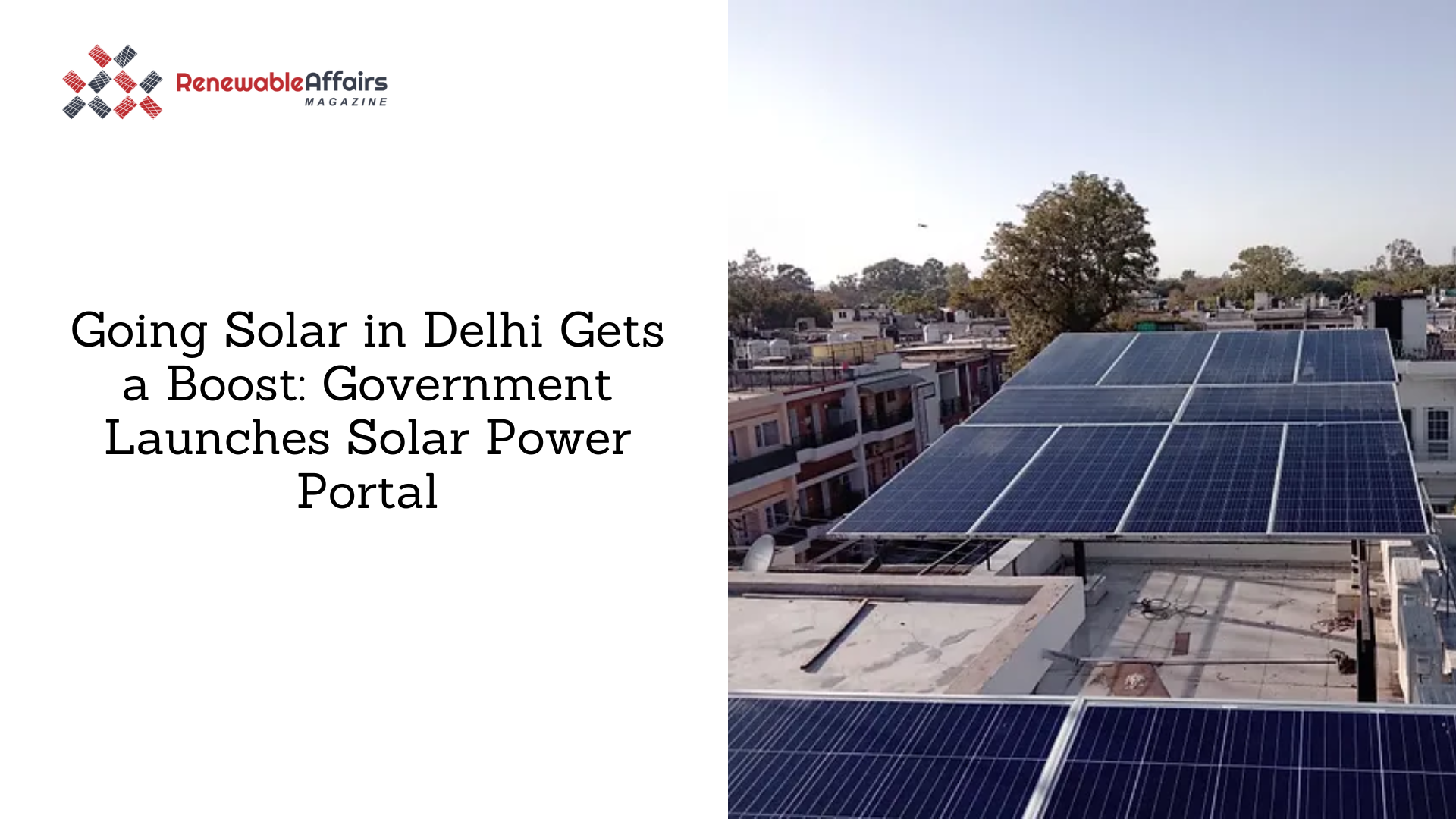


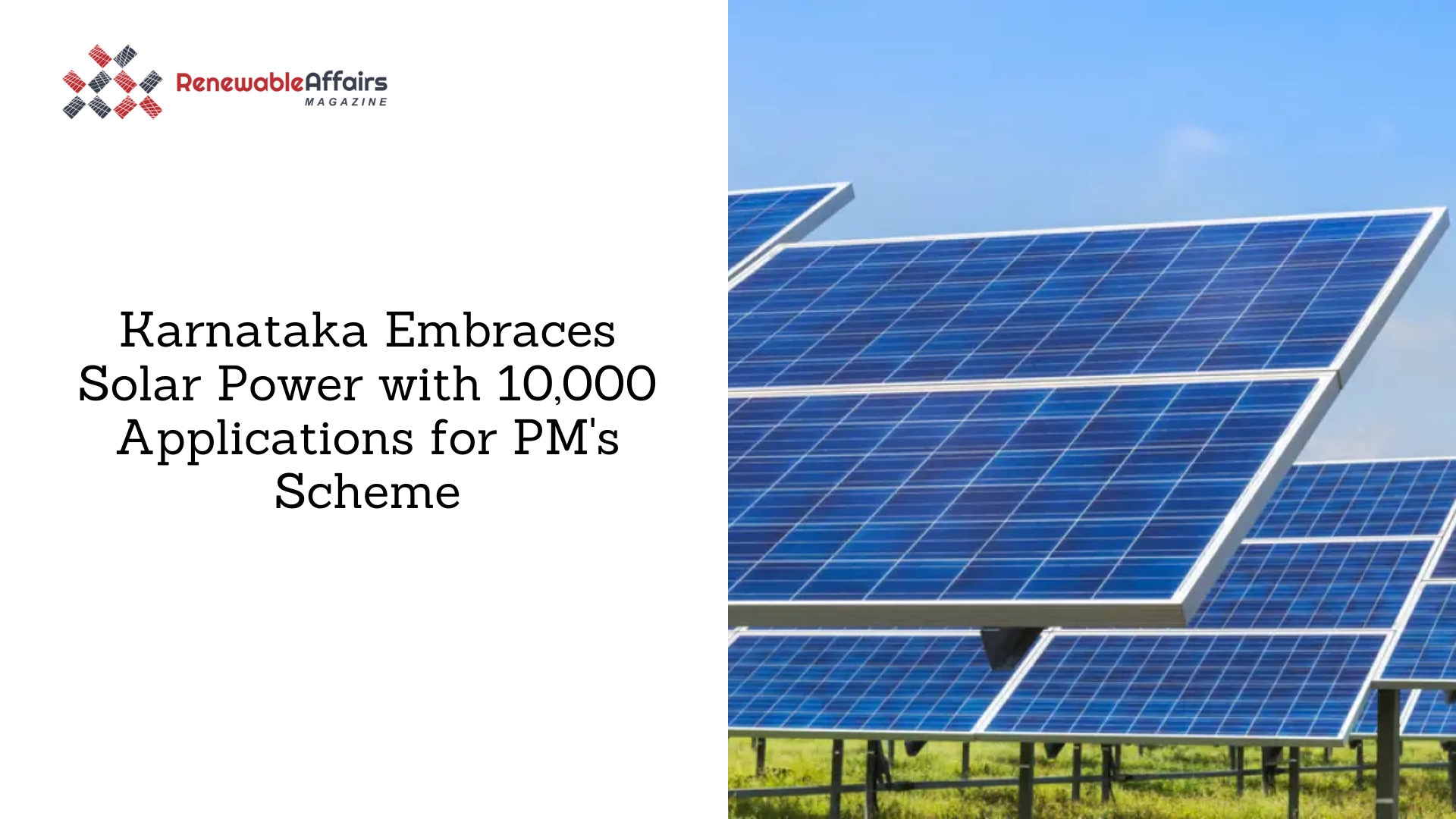


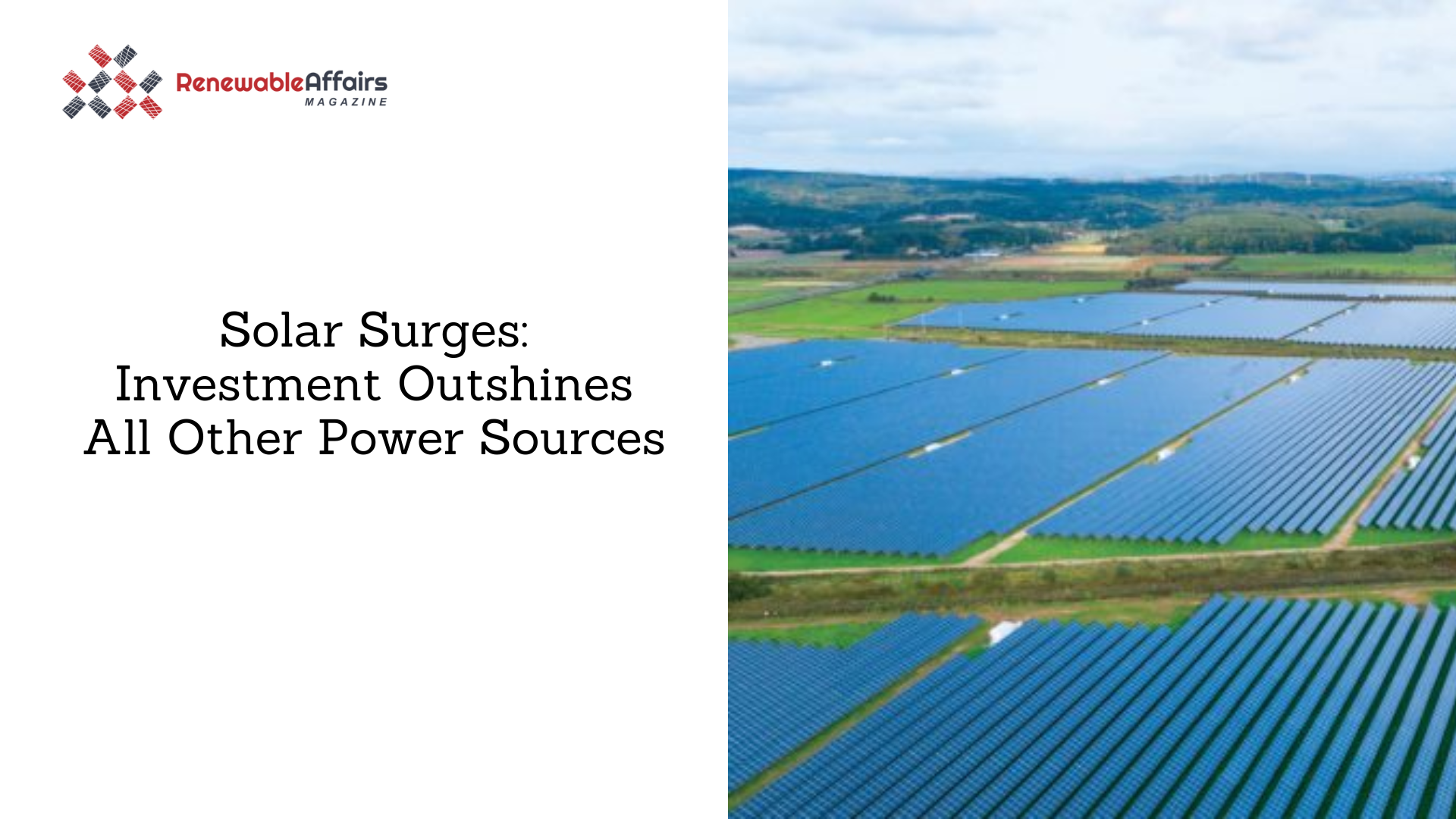



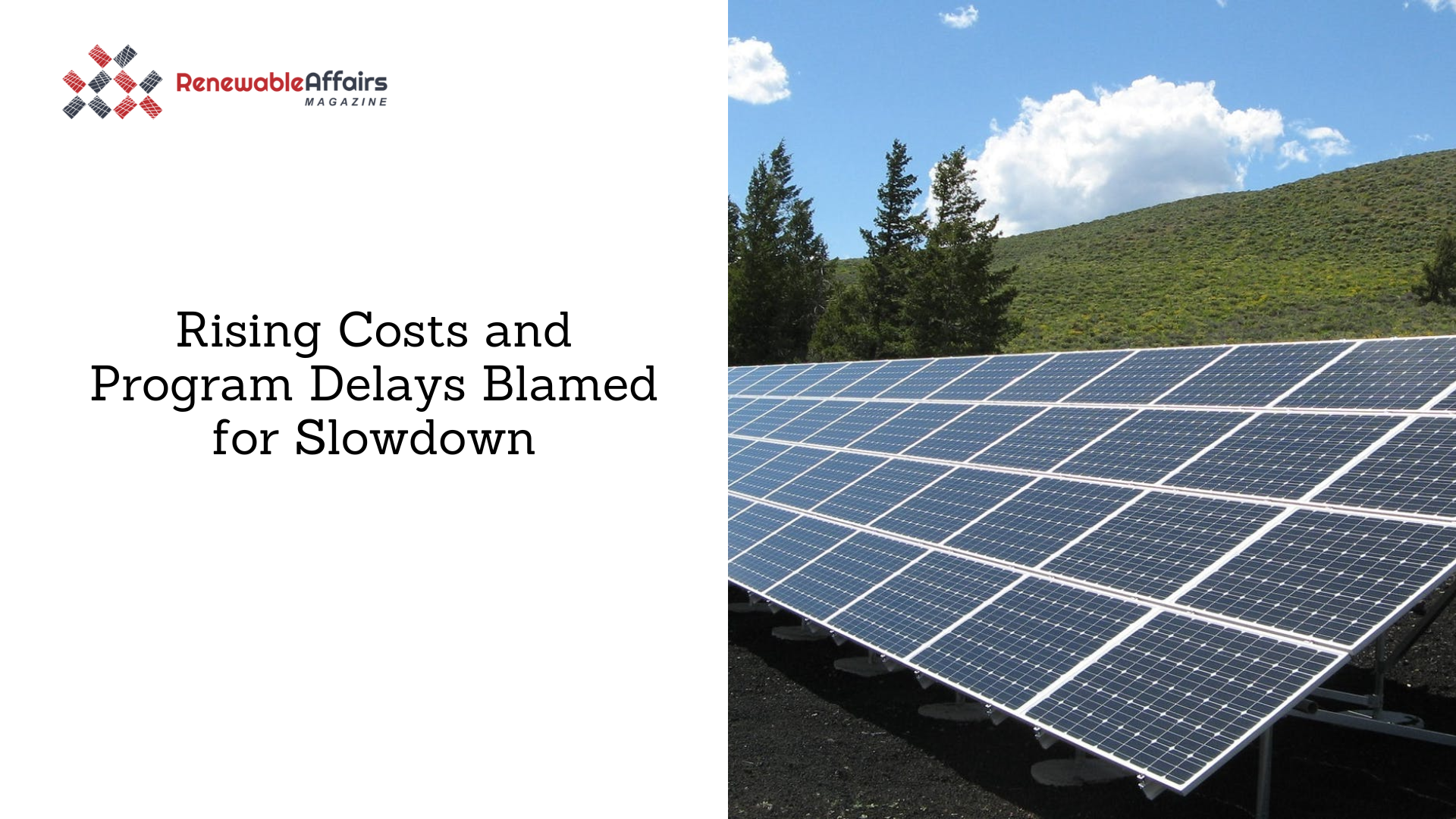






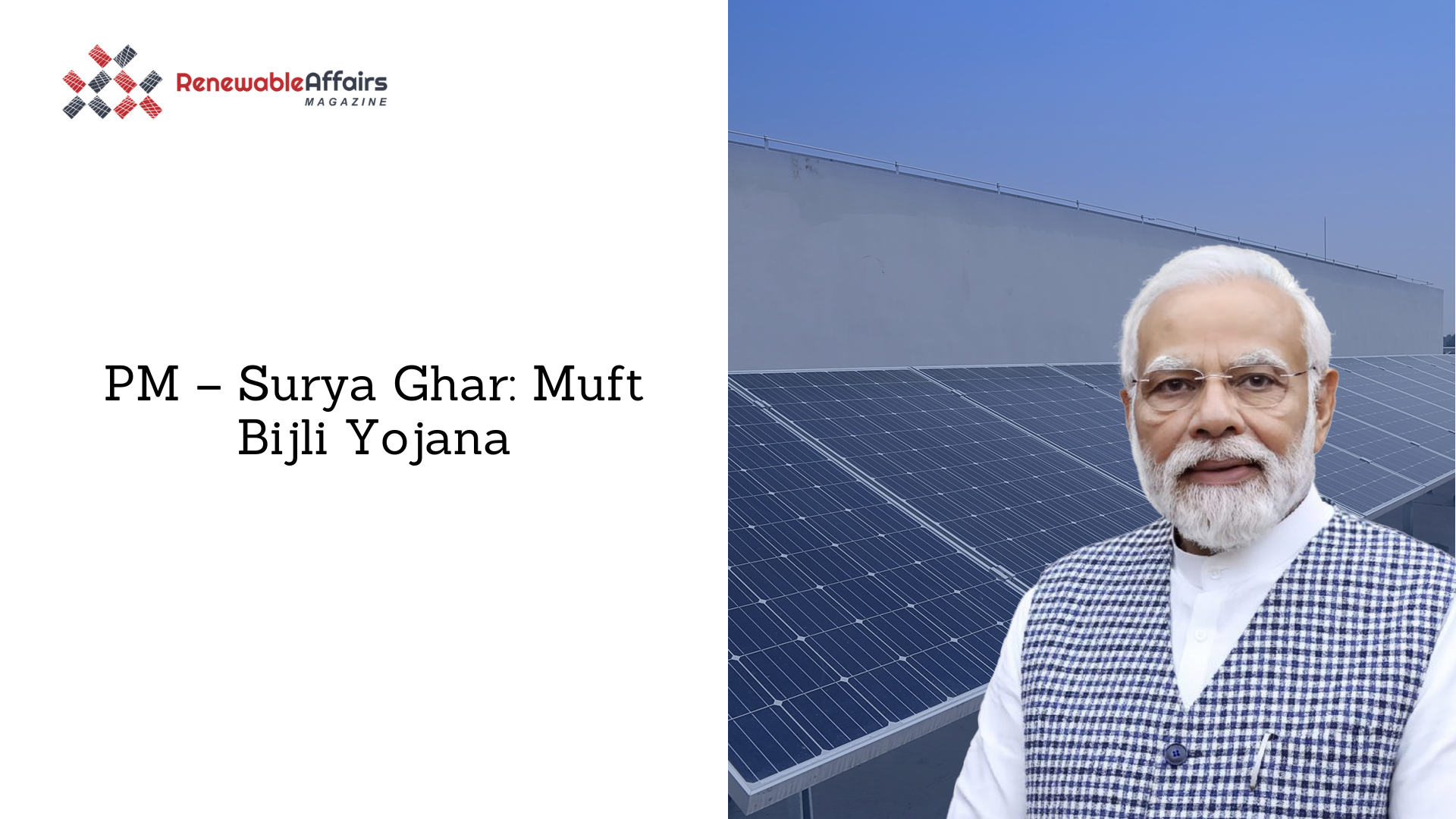
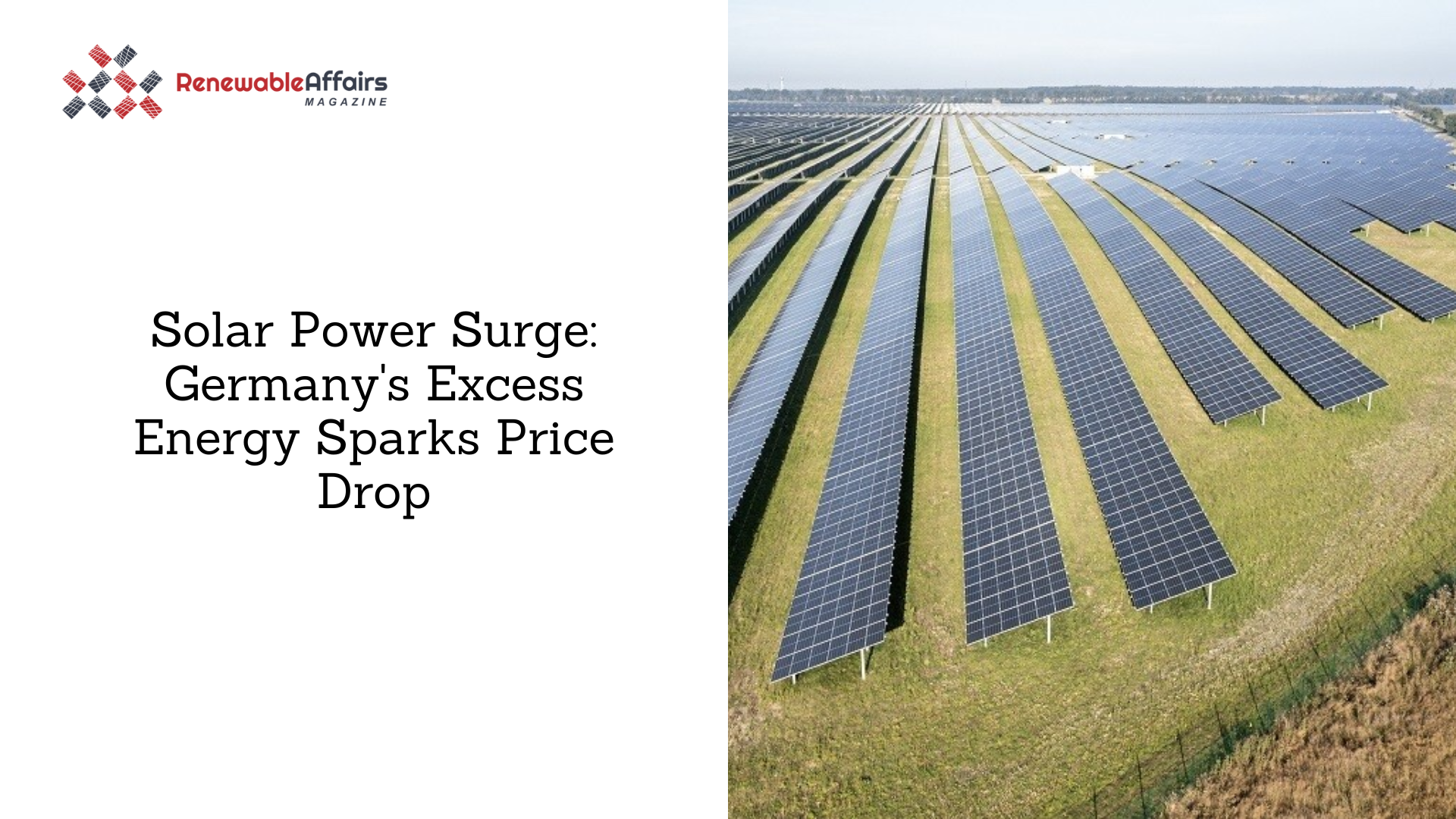



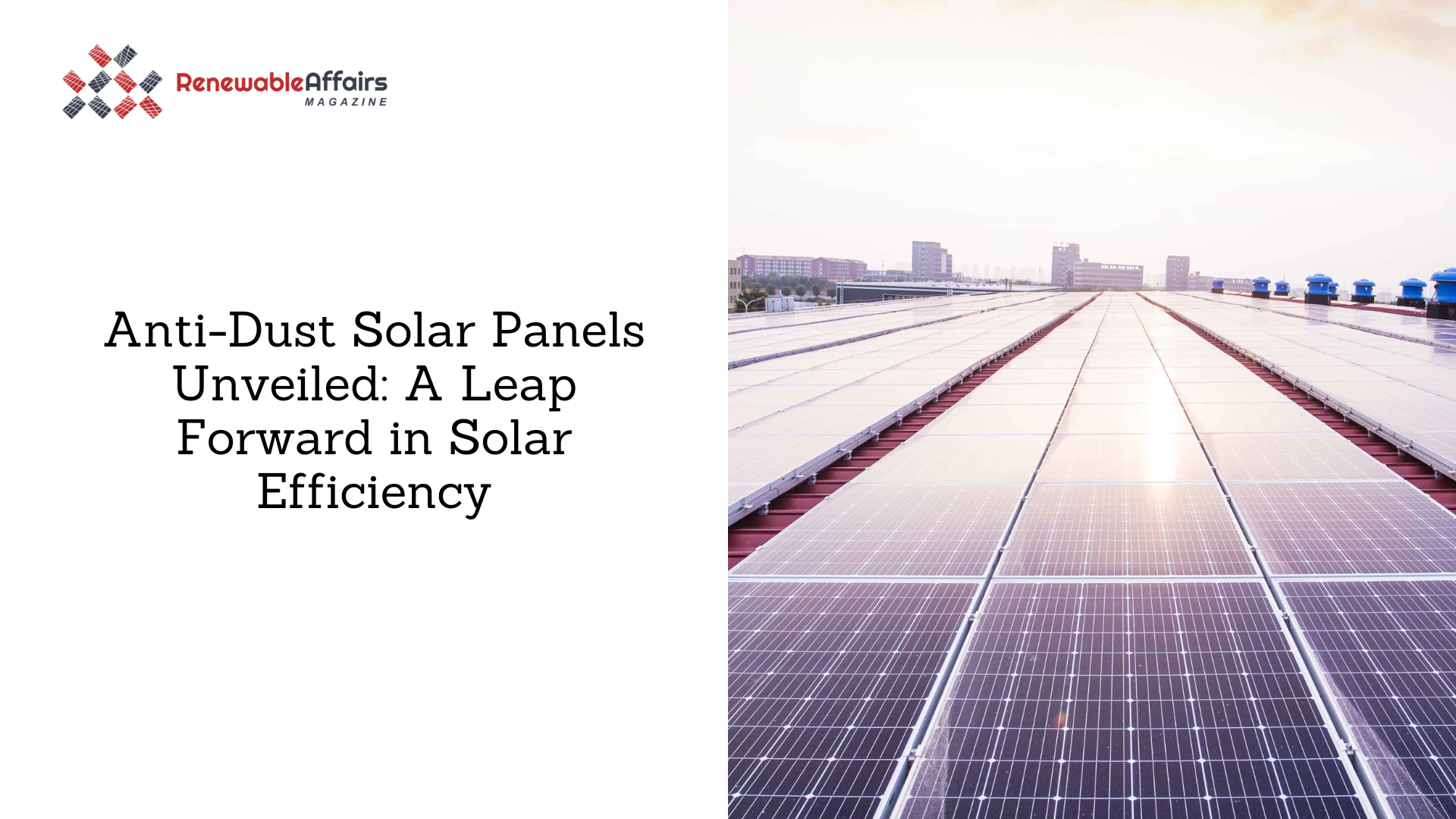
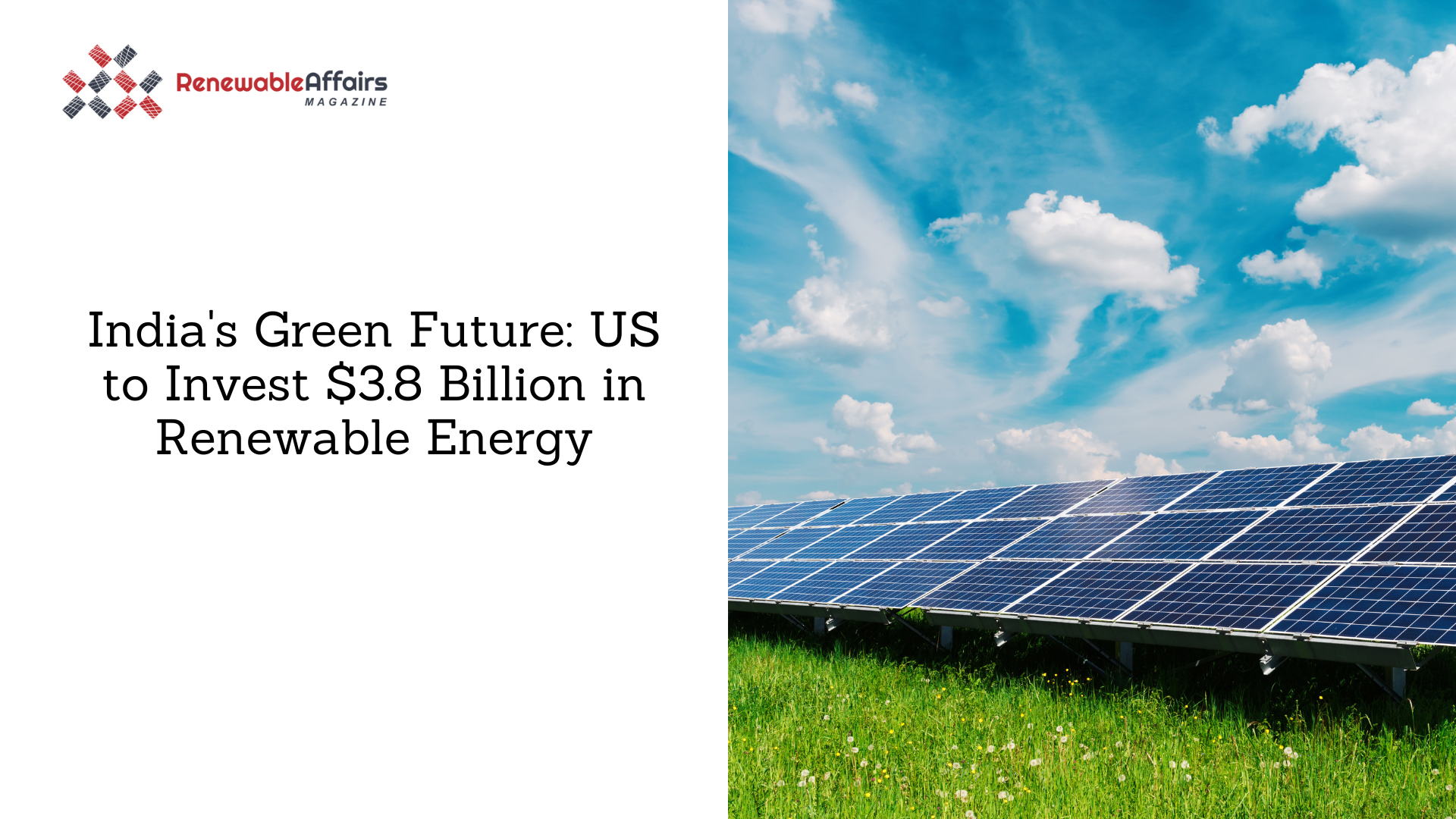



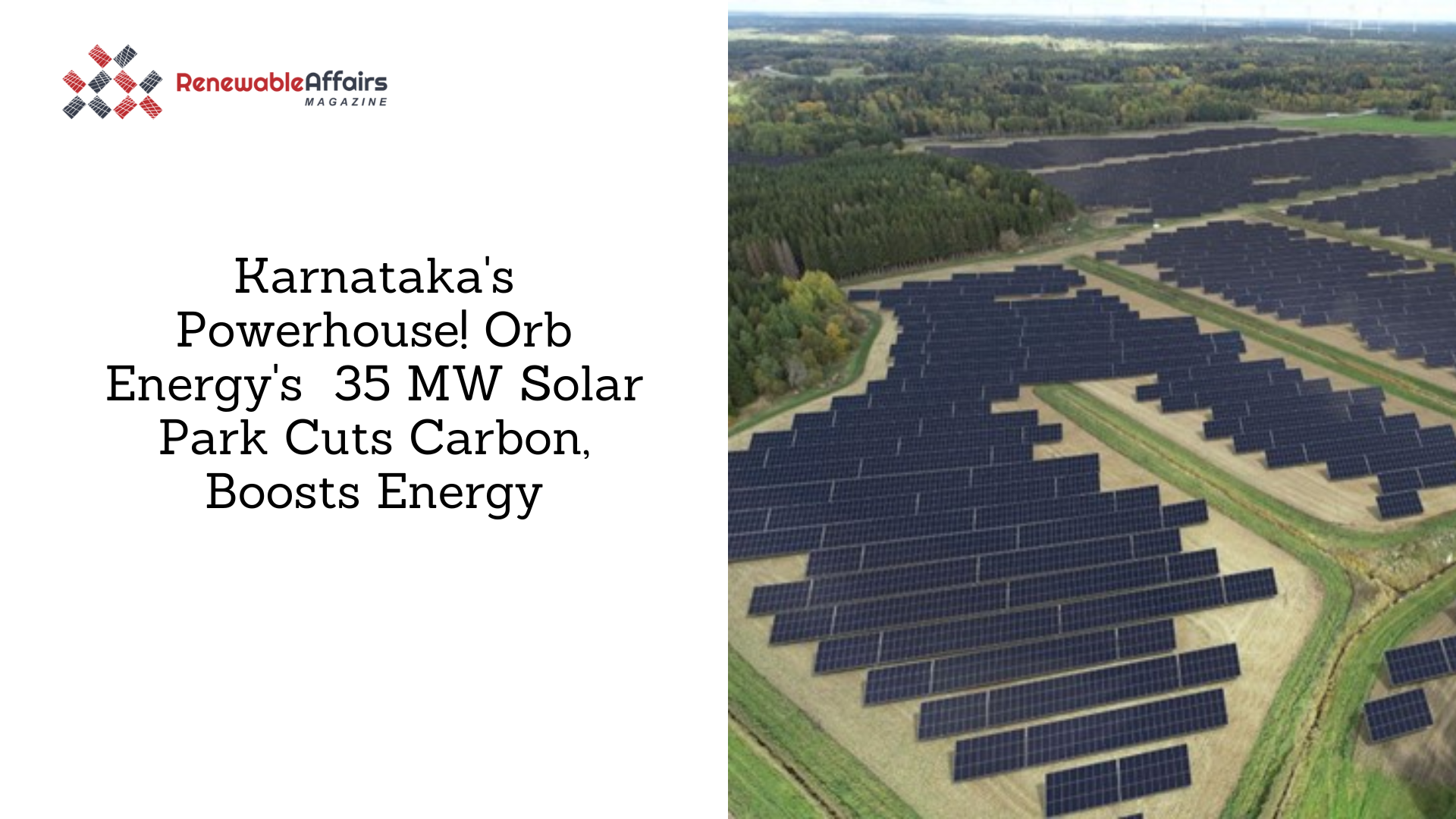




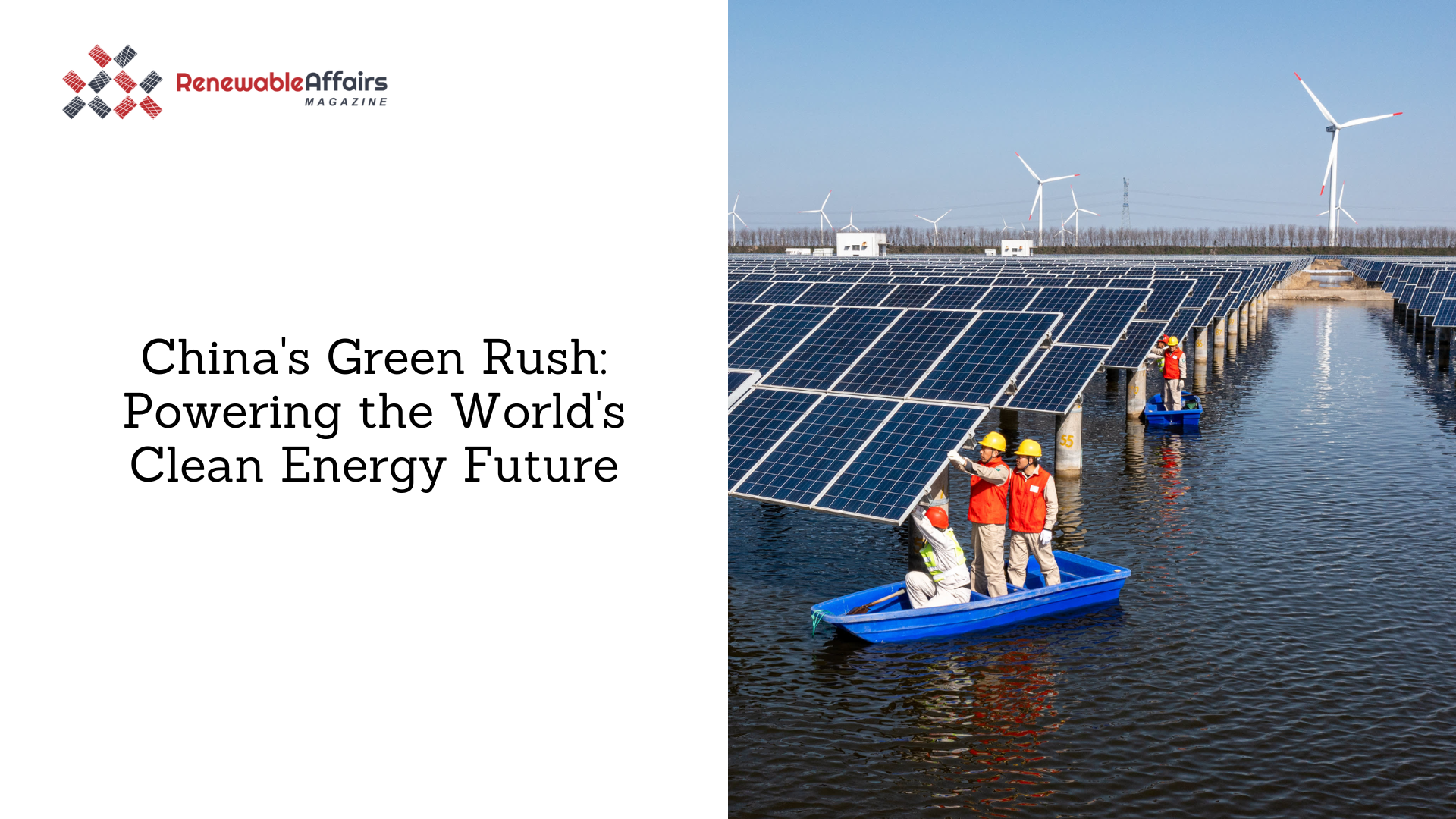
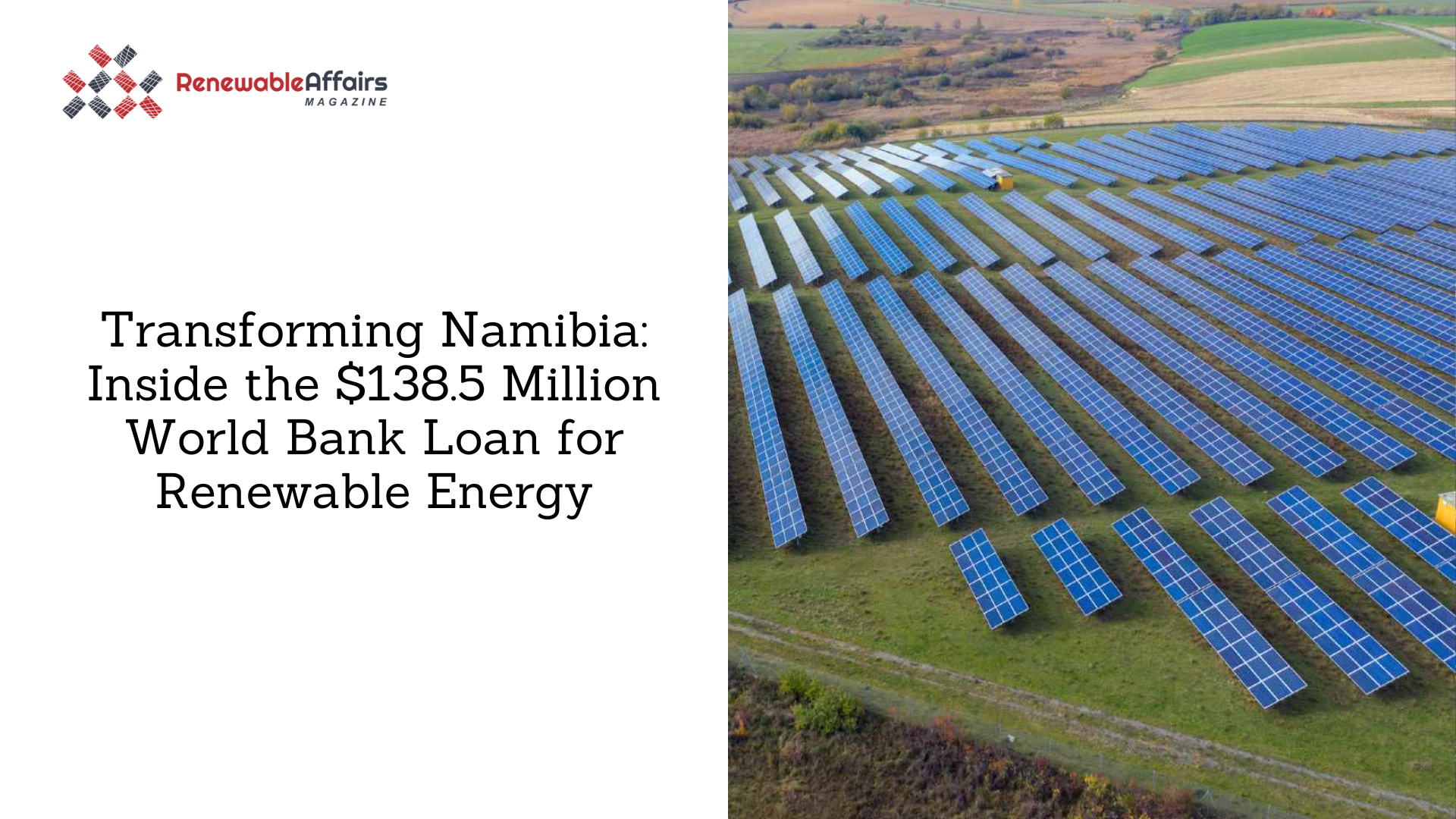


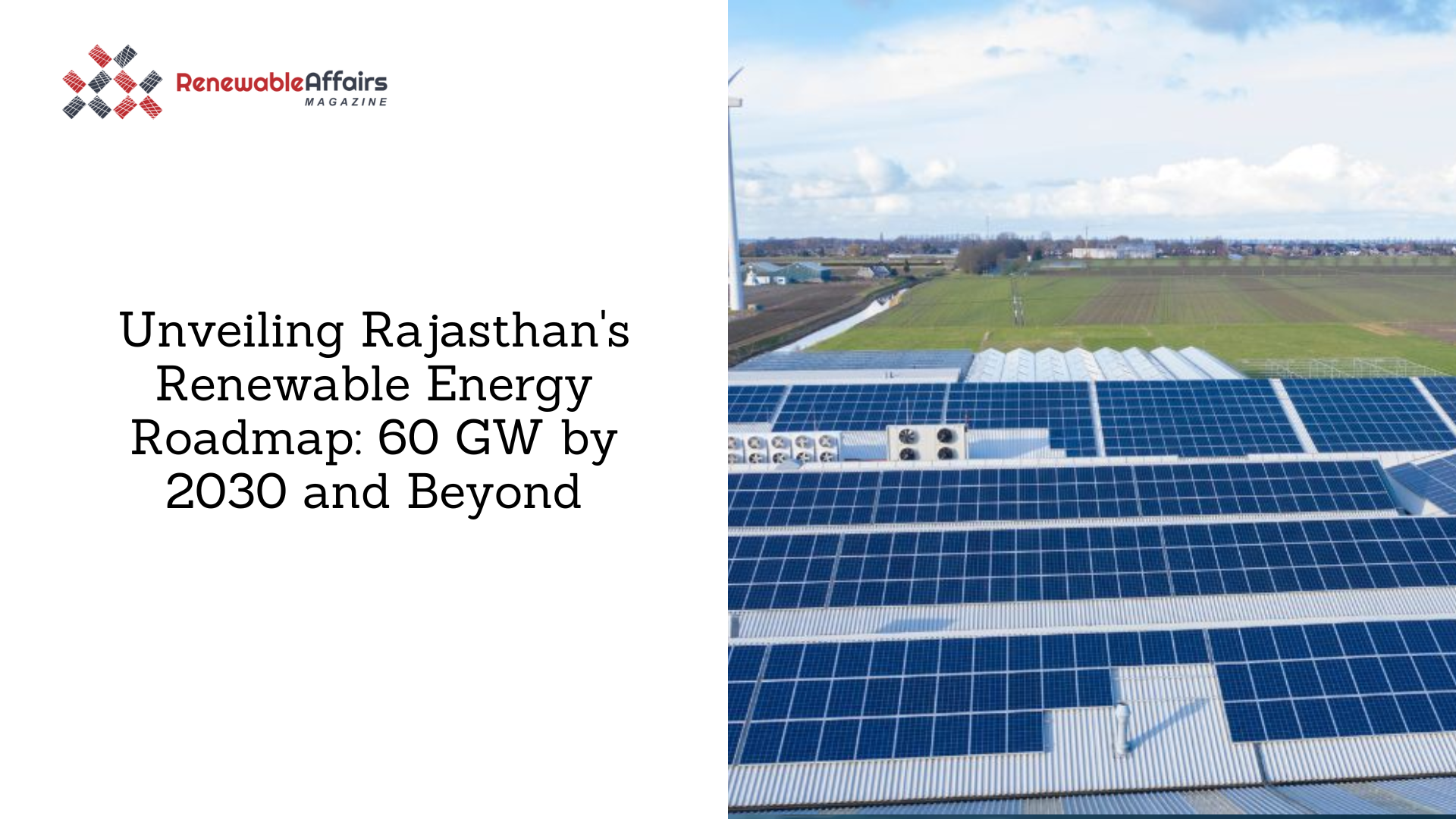

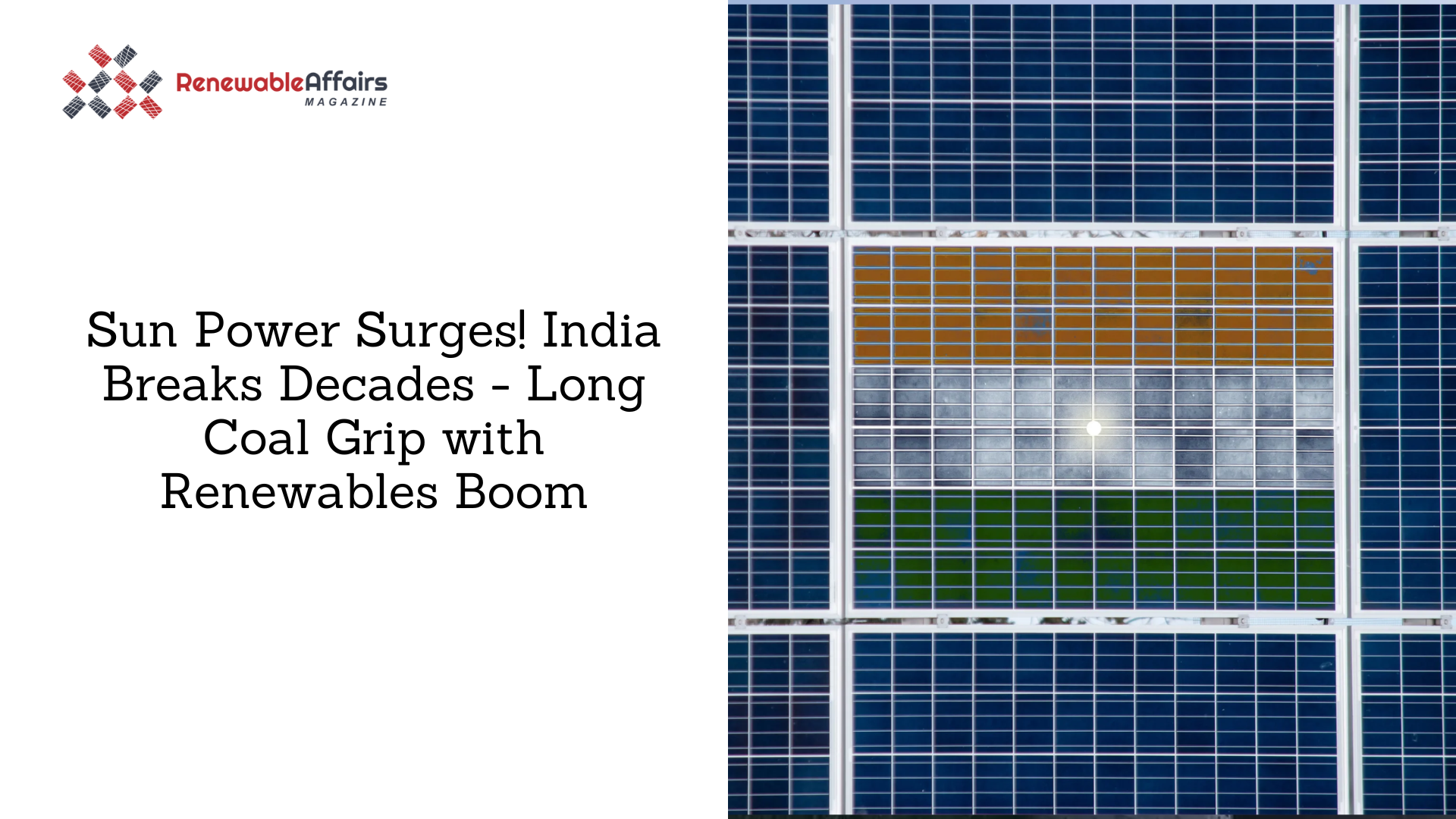


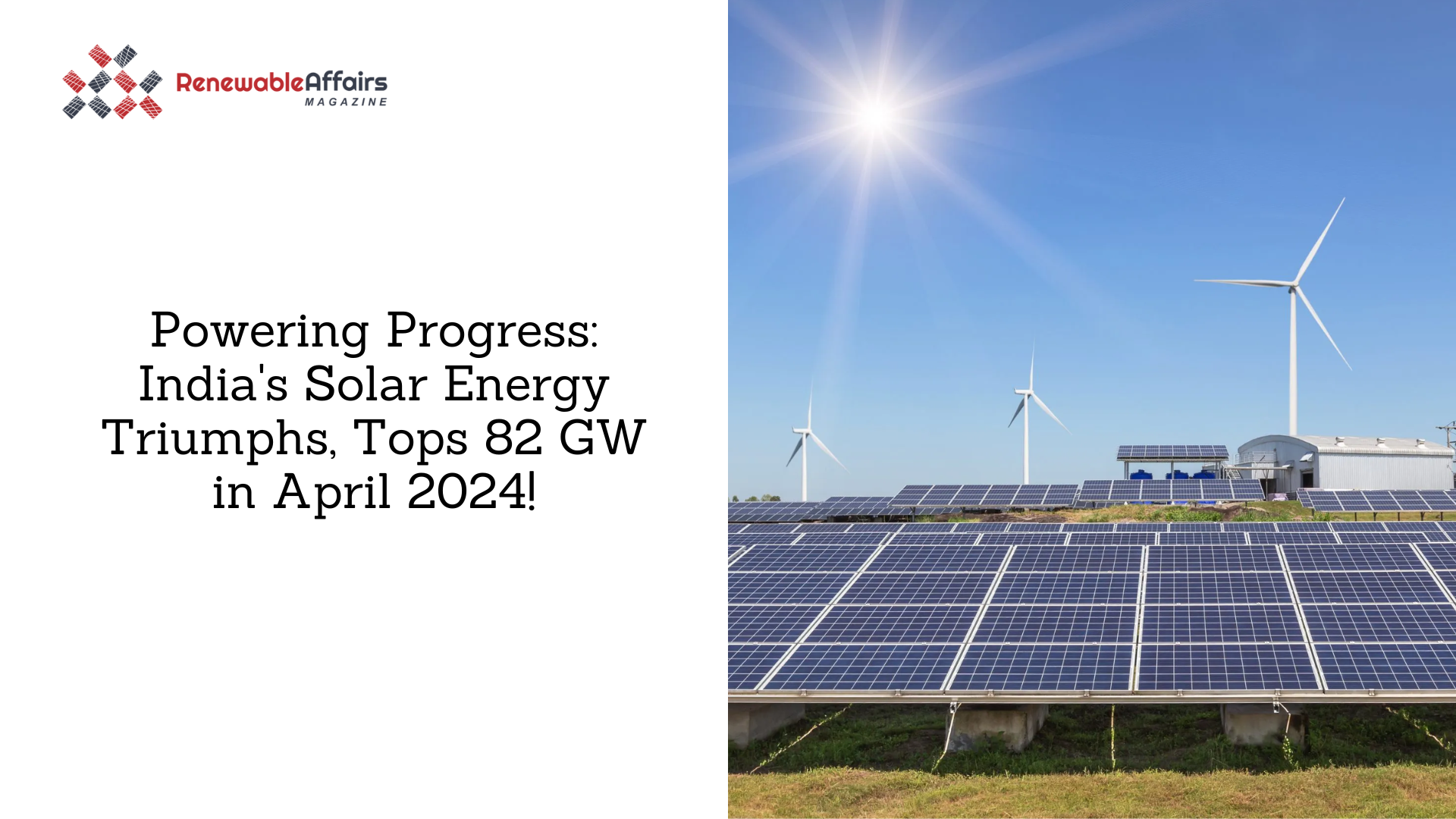











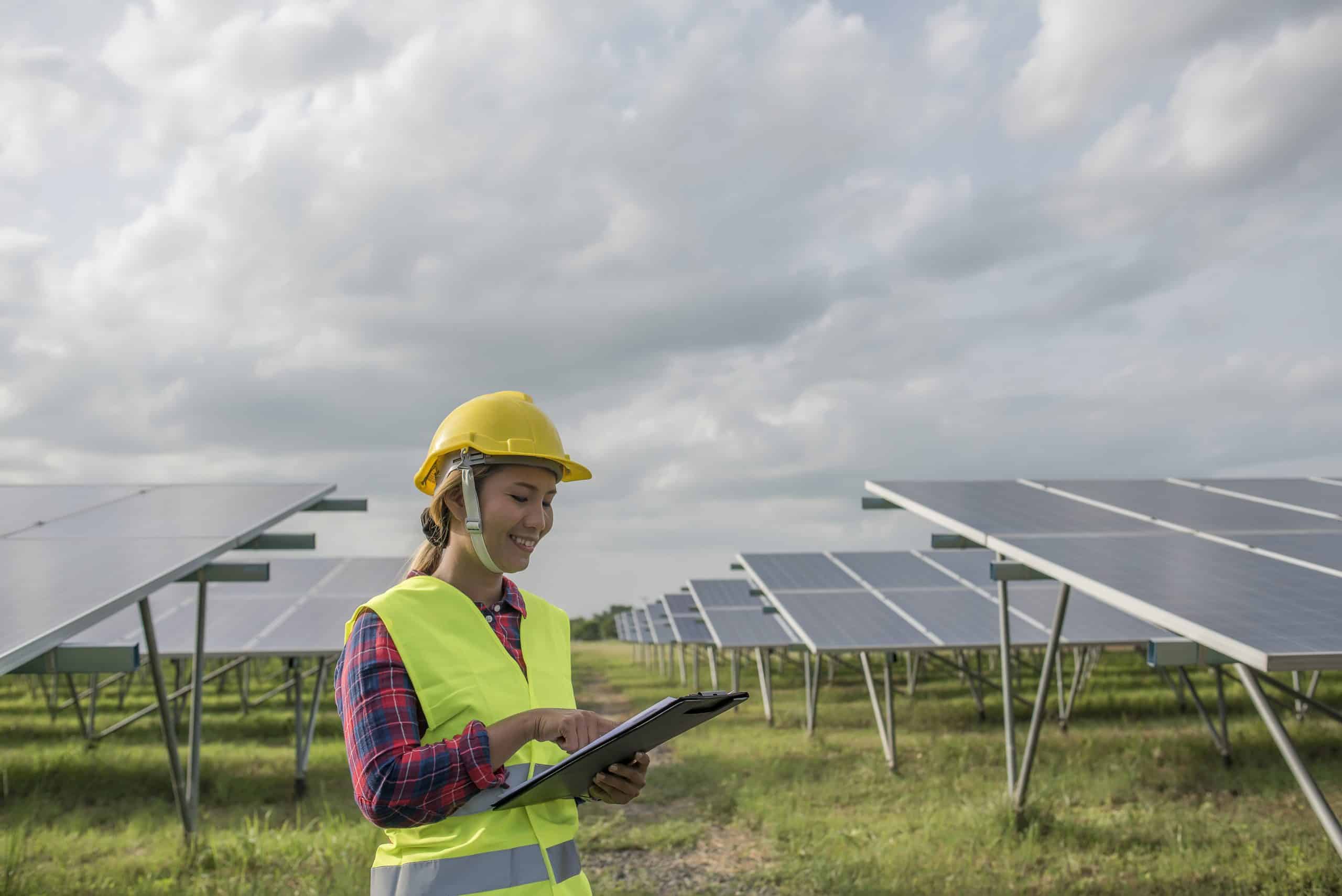

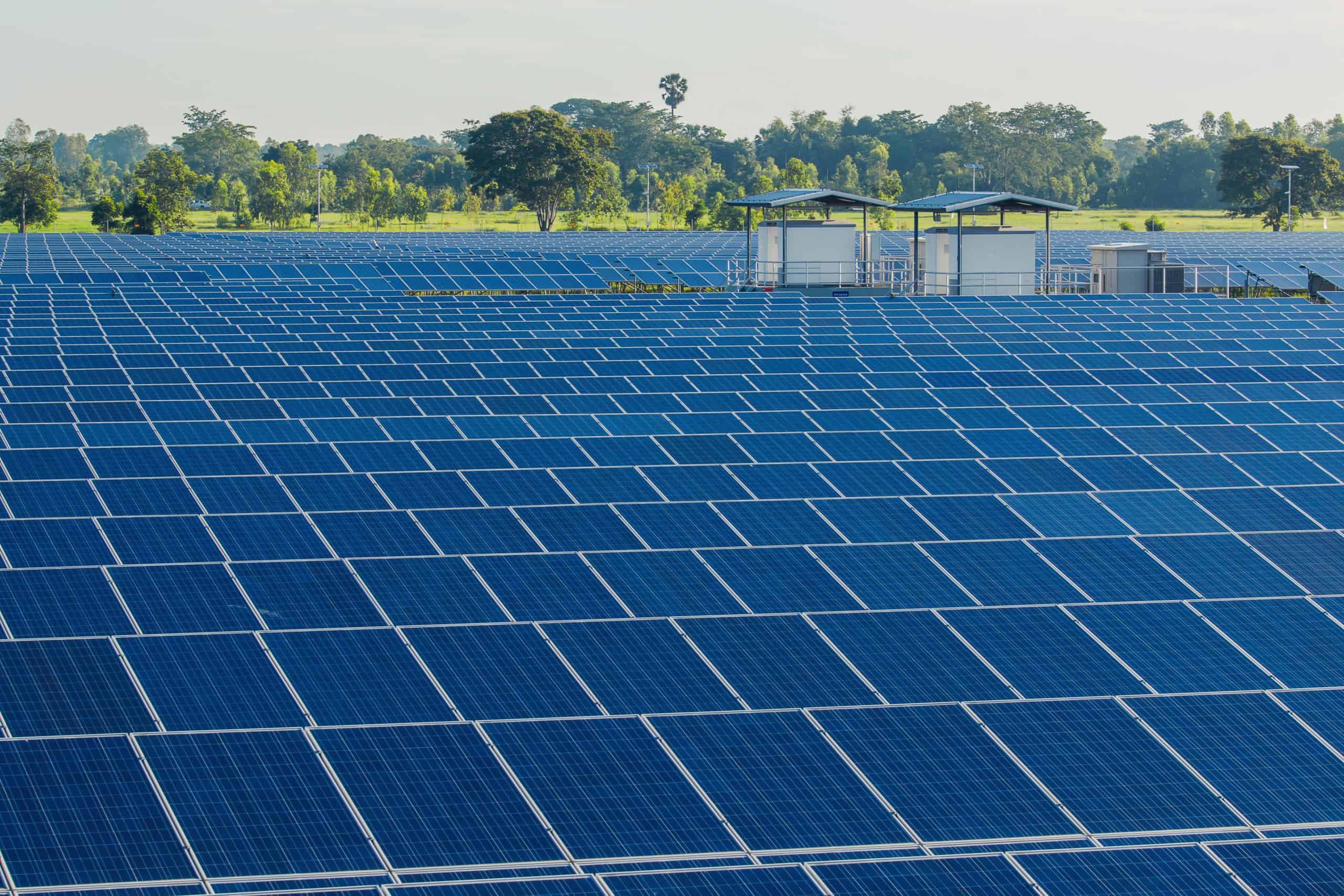





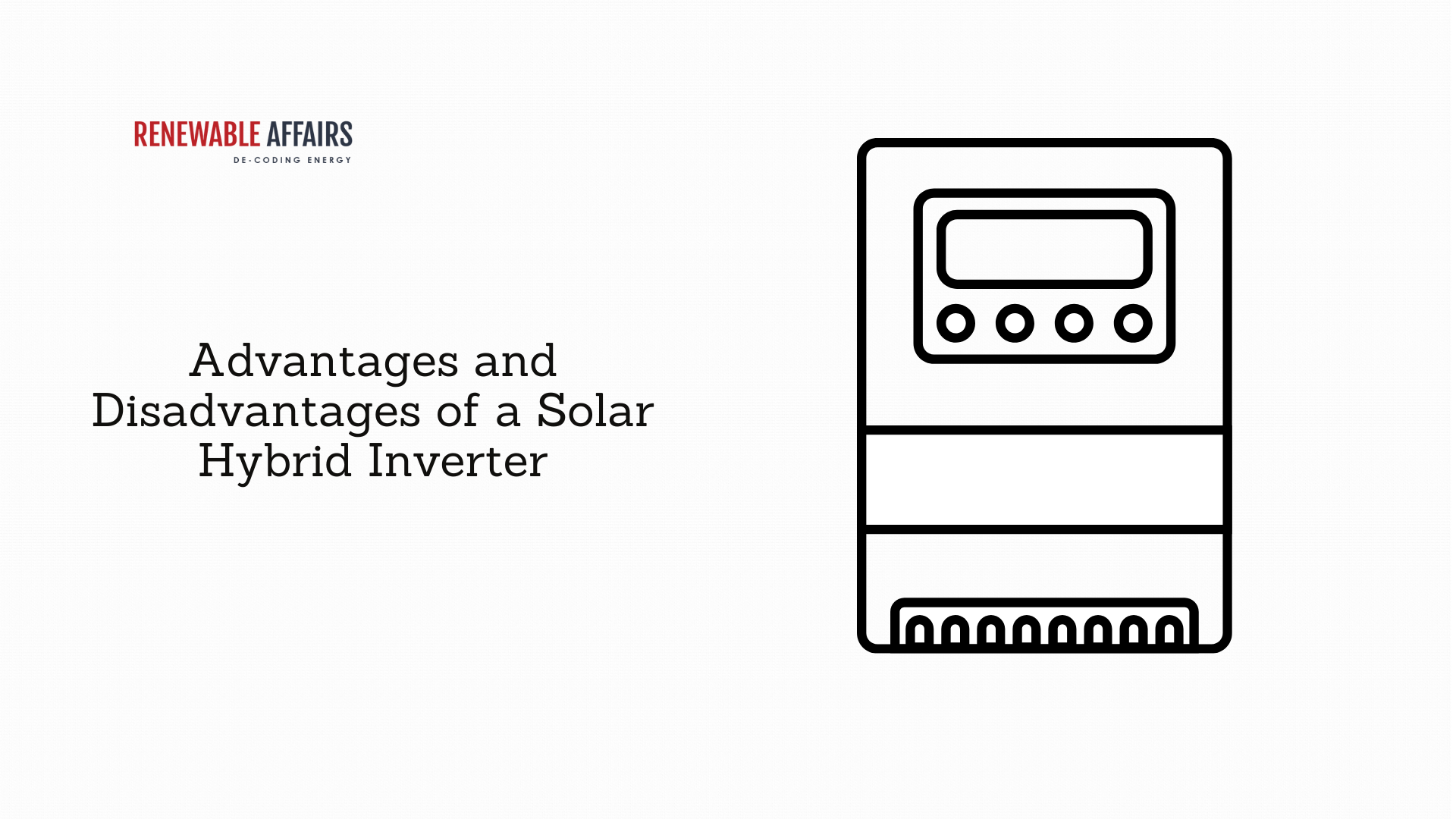






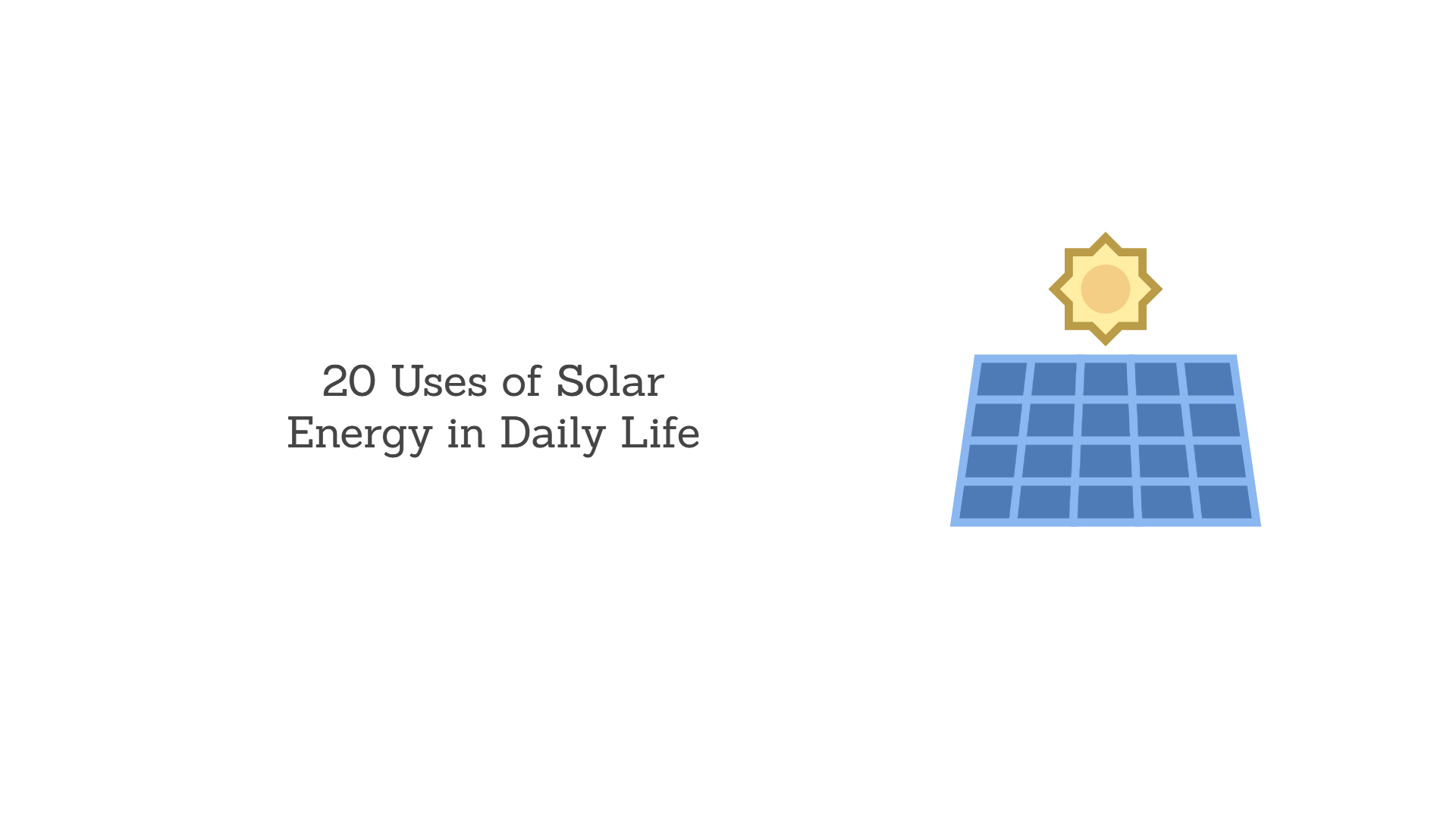




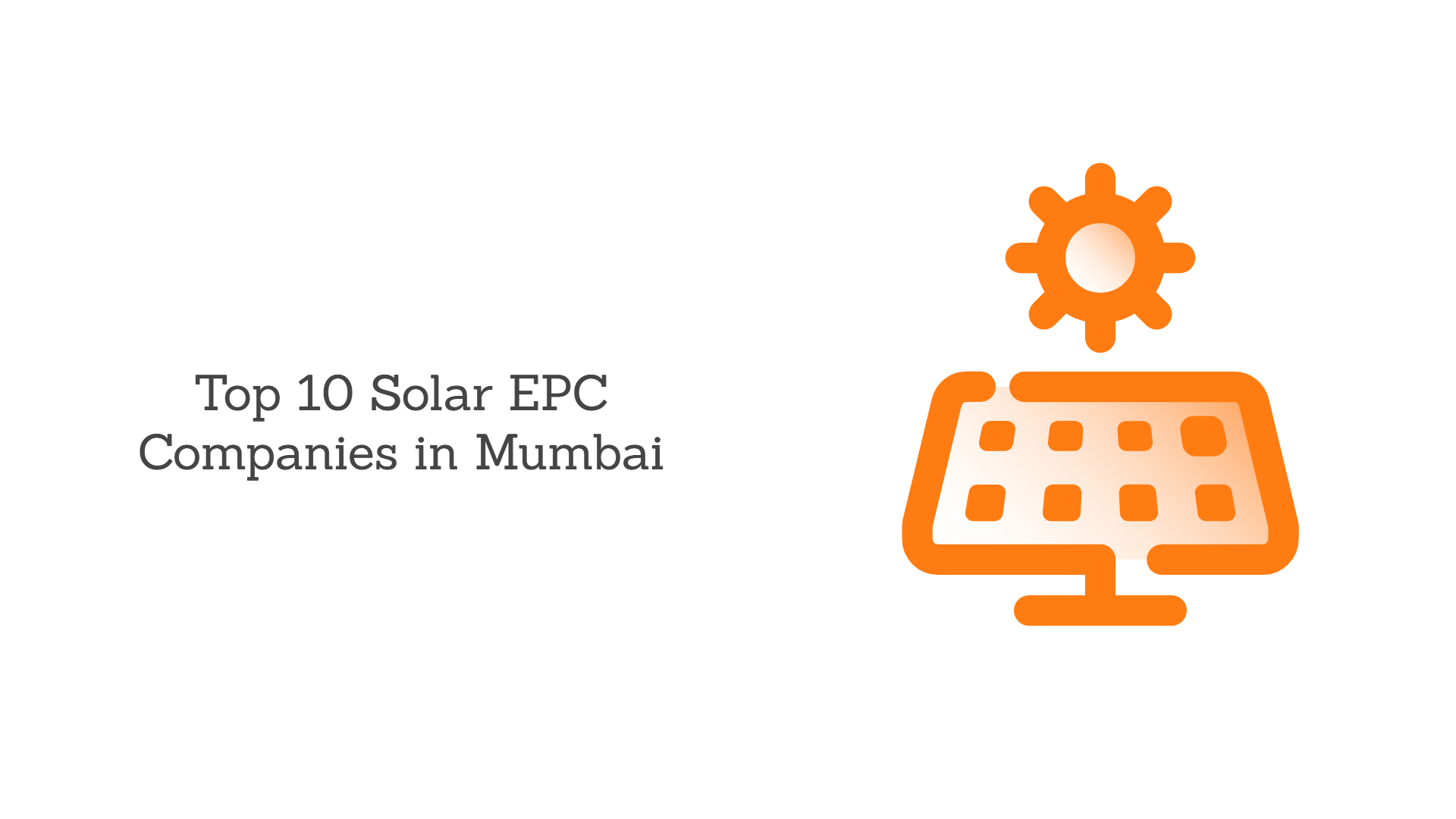
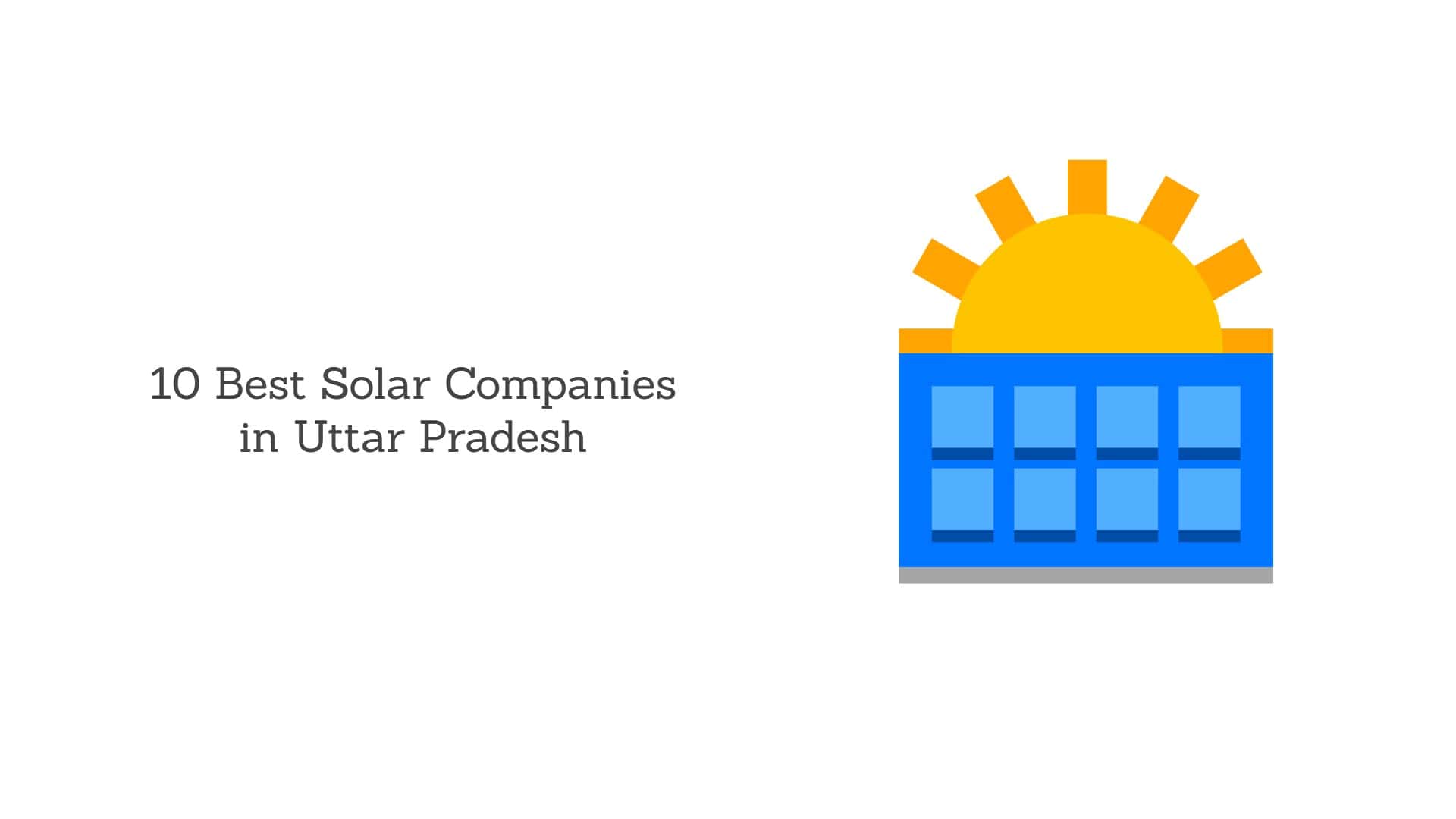
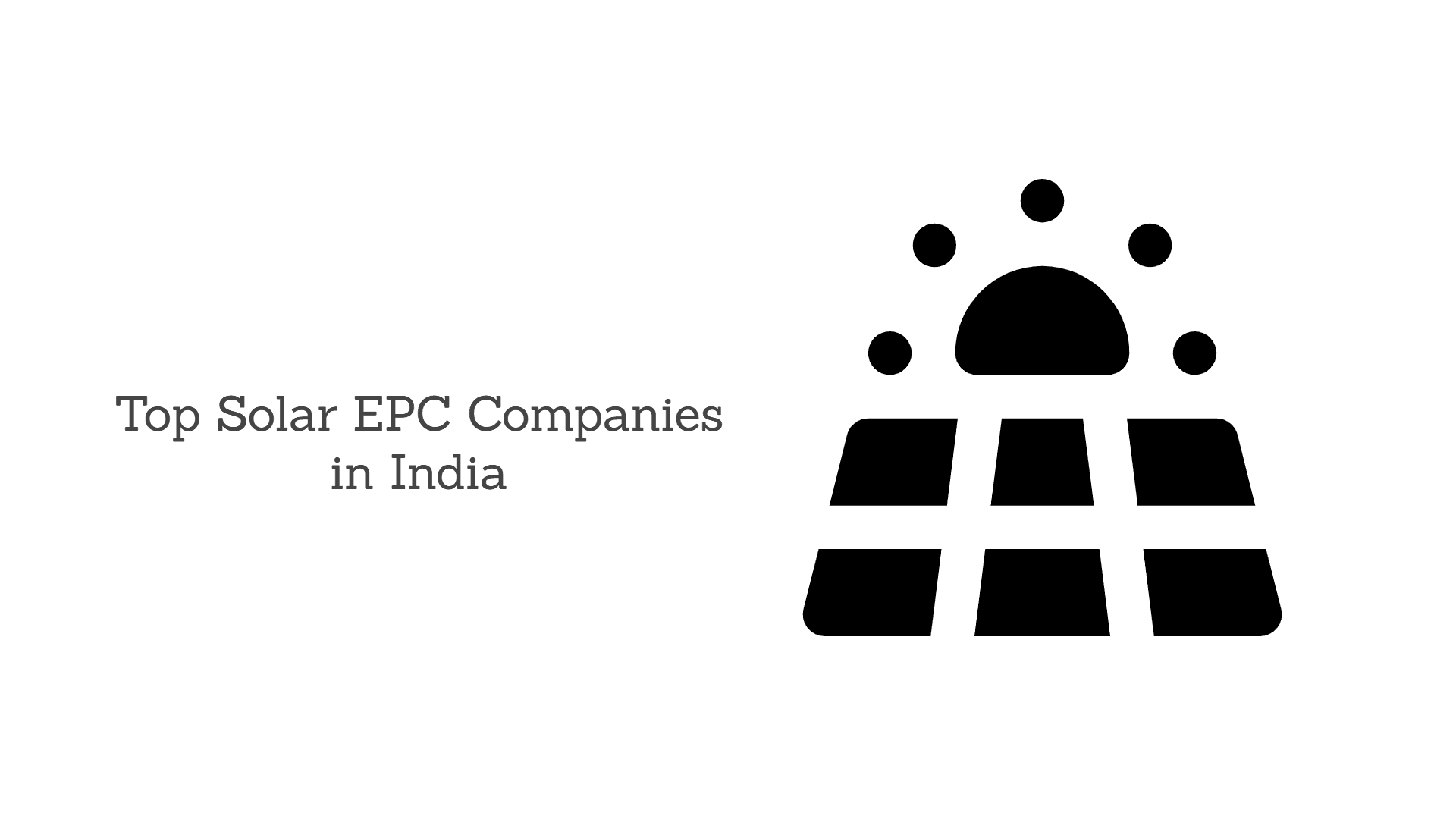

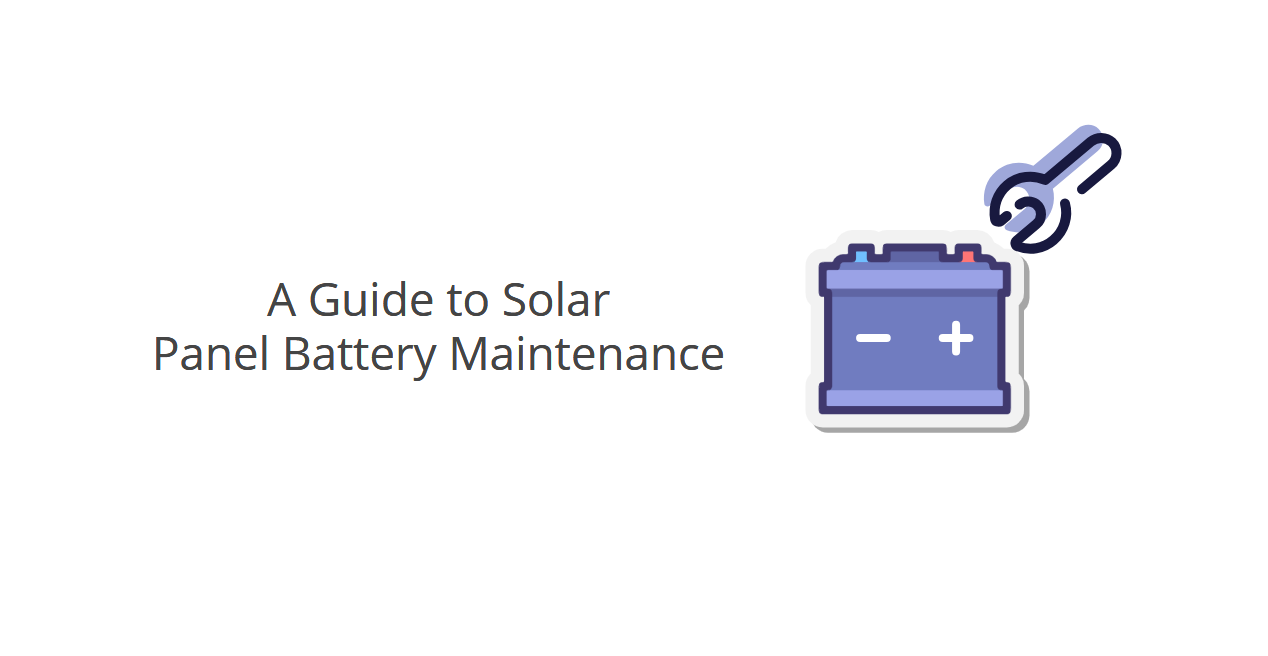




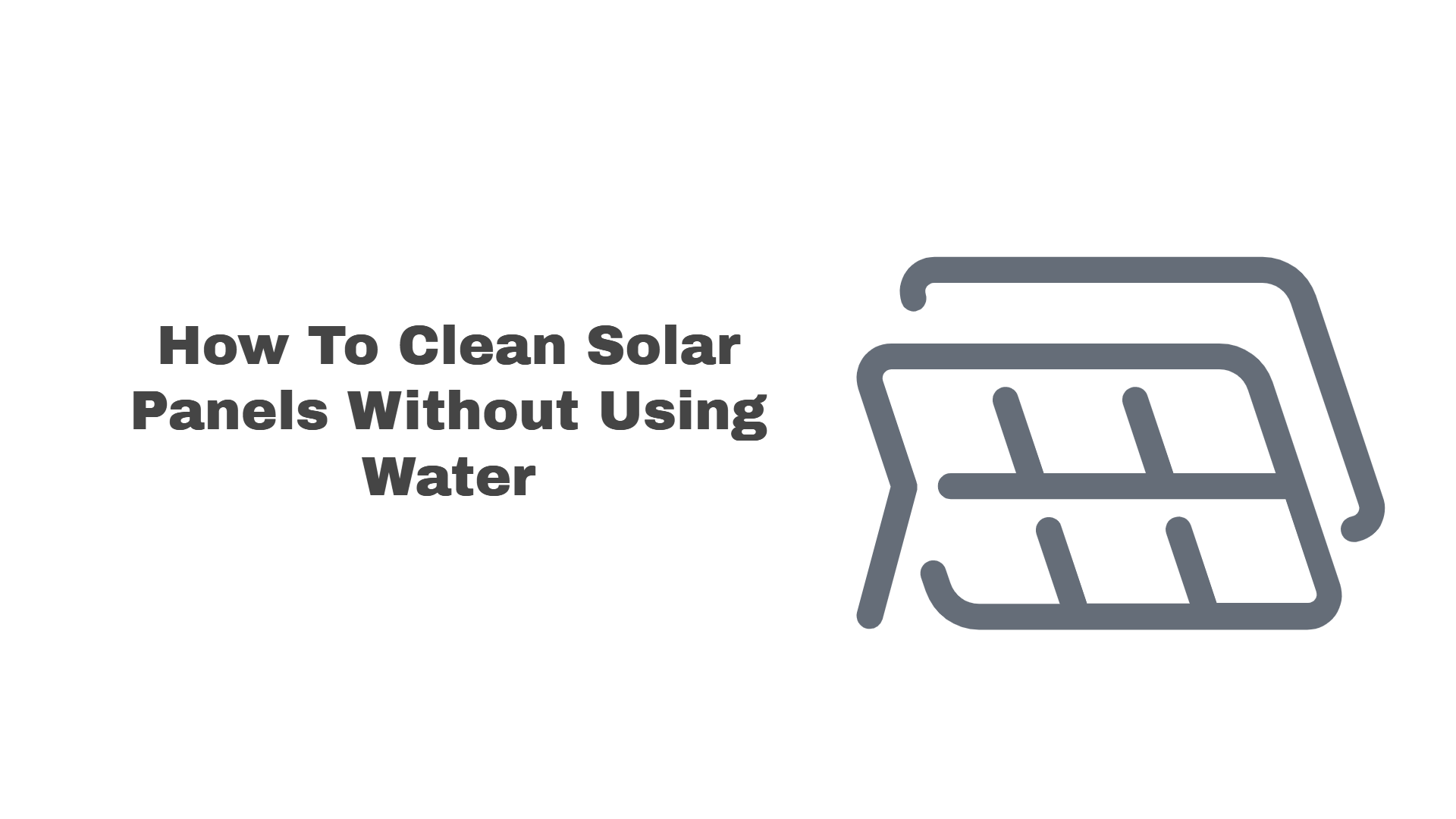
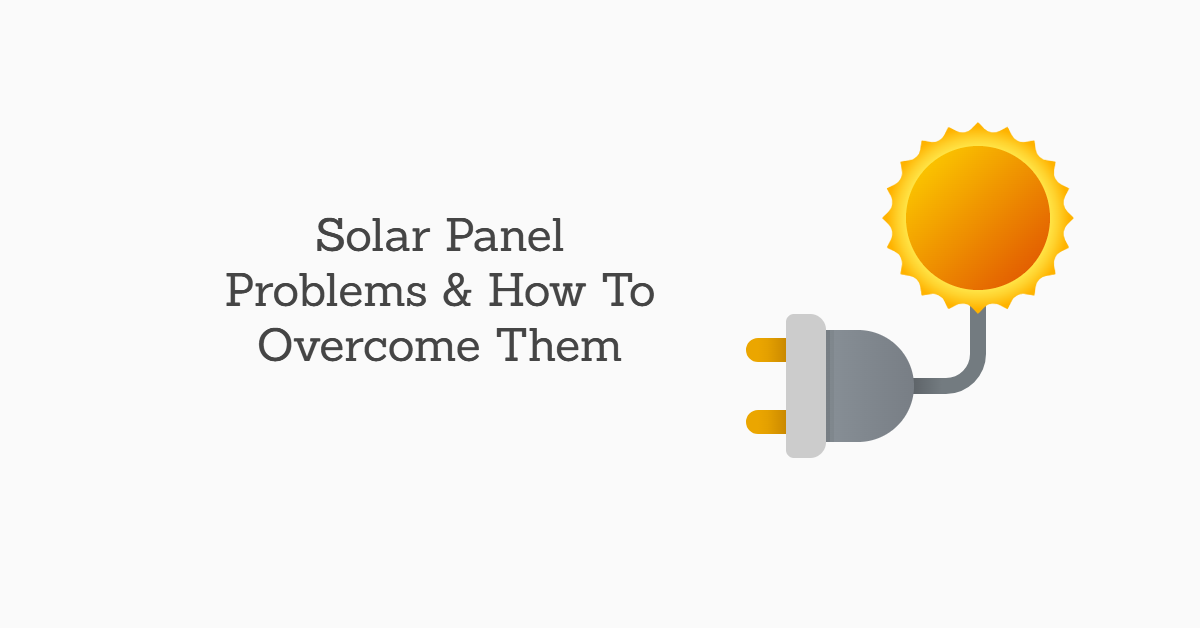

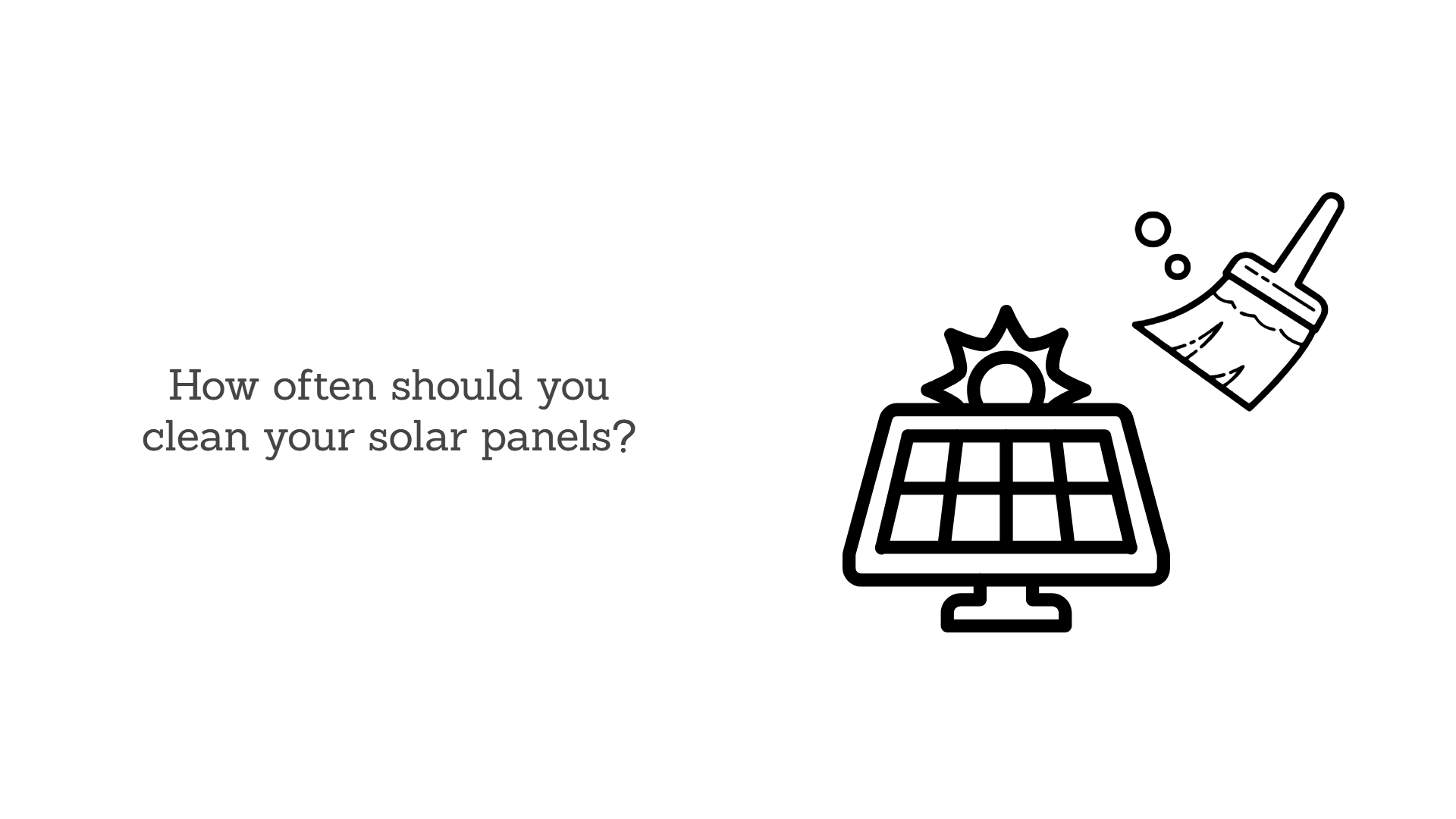
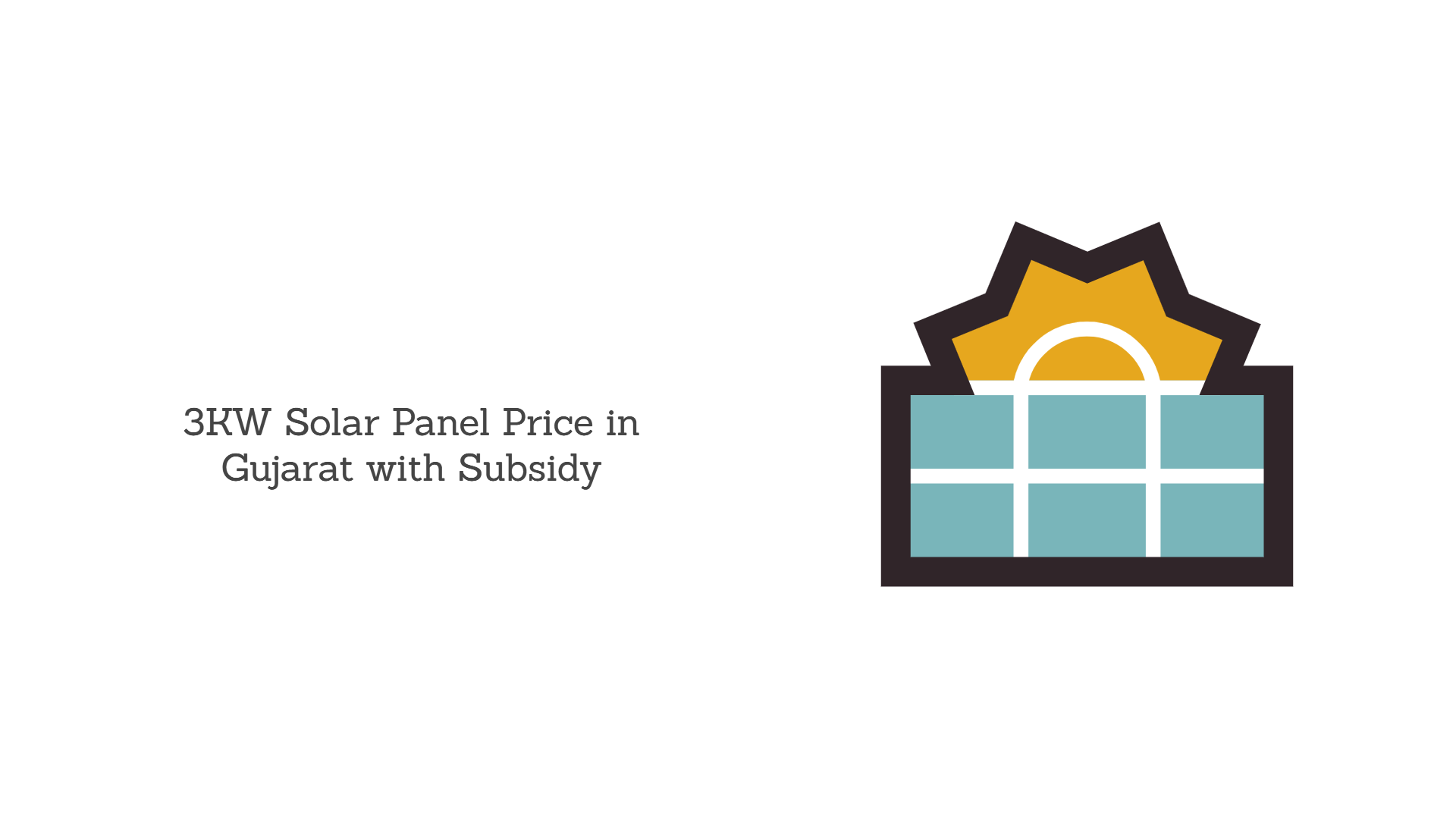


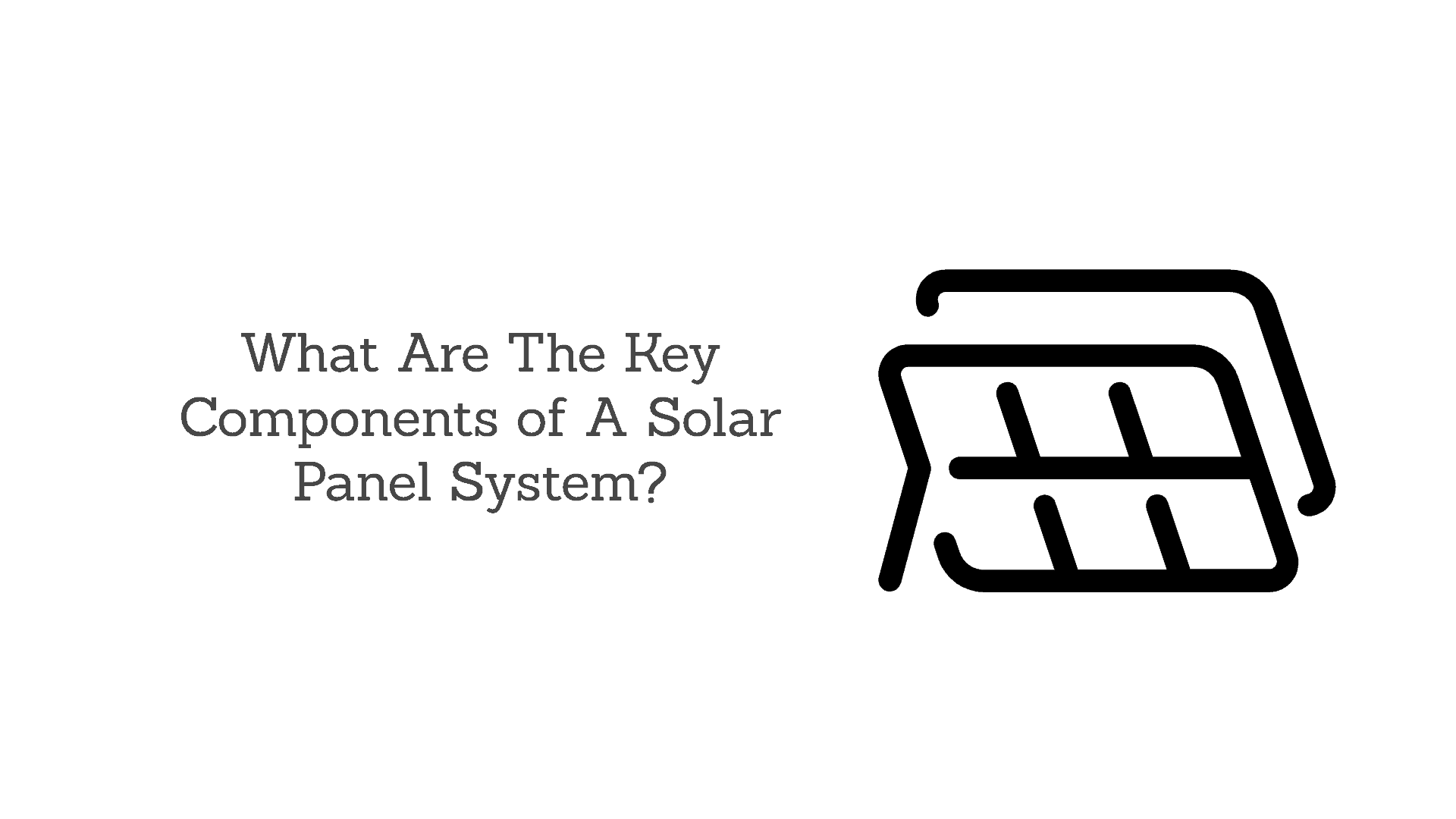
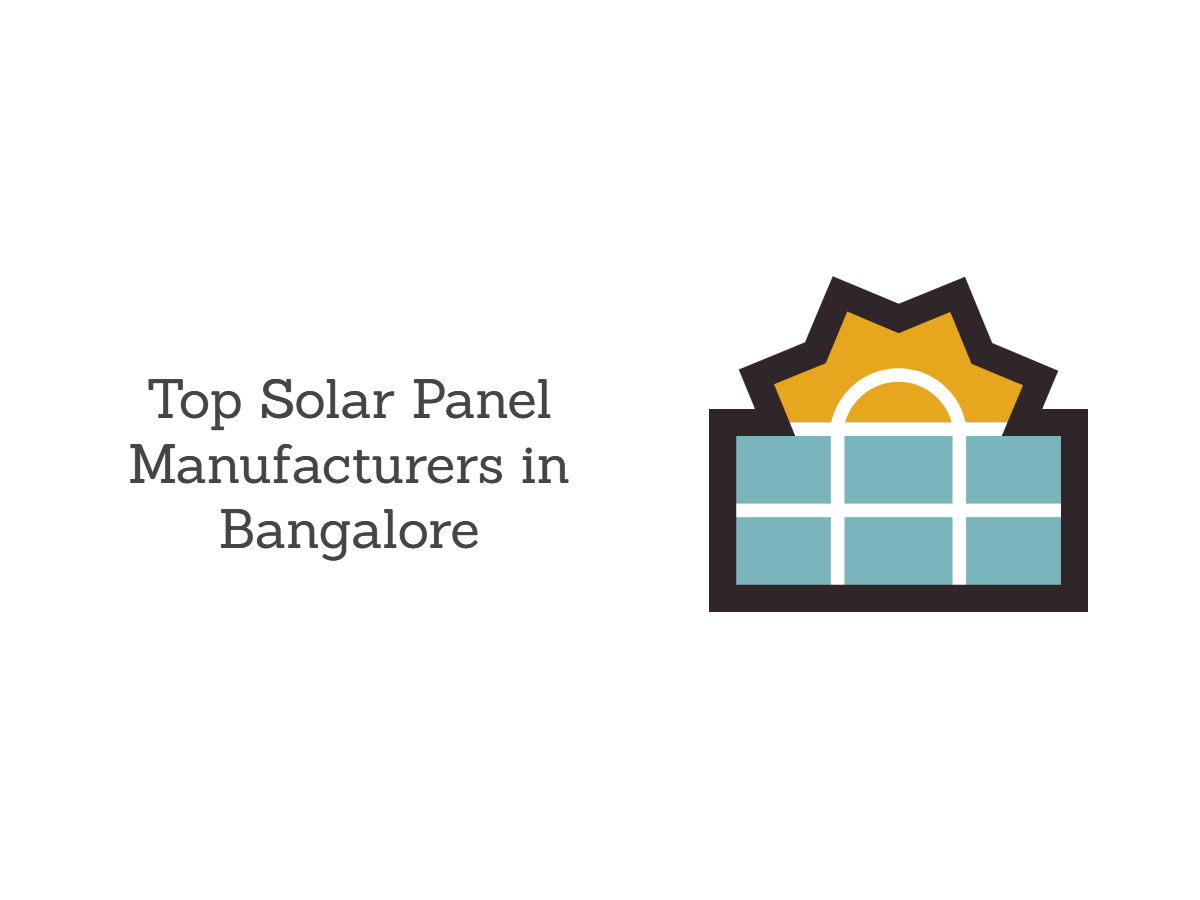






0 Comments